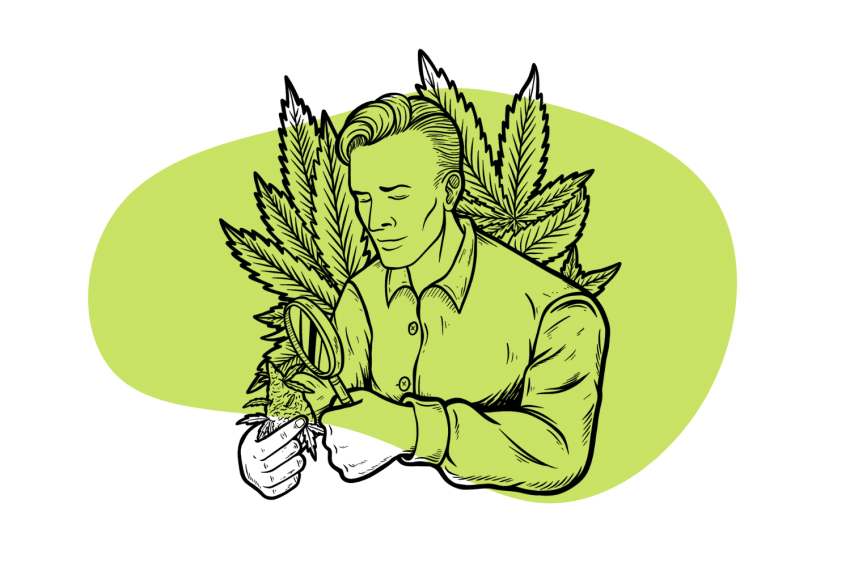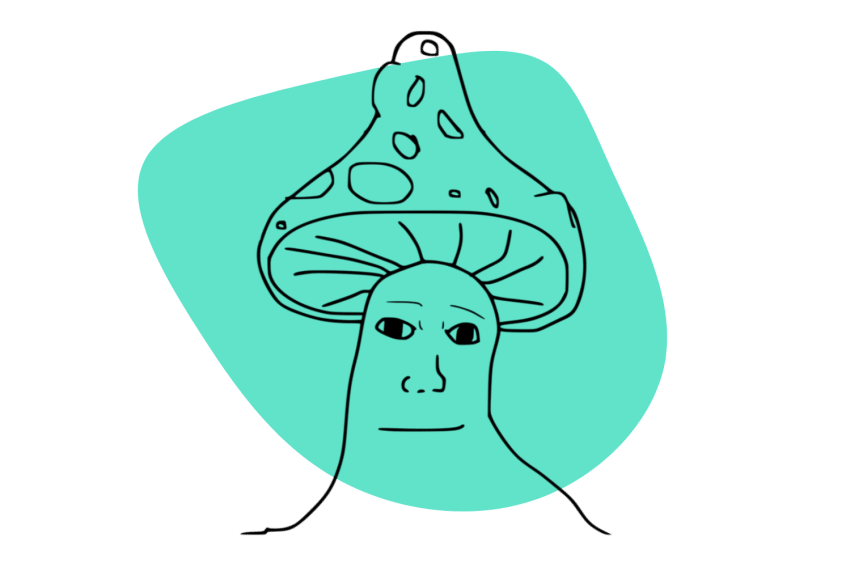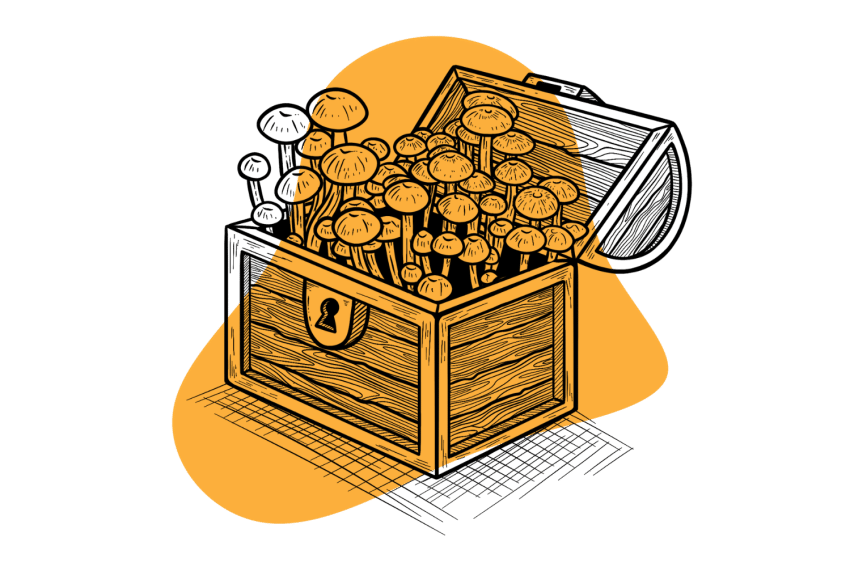Complete List of Smokable Herbs (A-Z)
Smoking isn’t very cool these days, but it remains one of the most efficient methods of ingesting medicinal and psychoactive plants nonetheless.
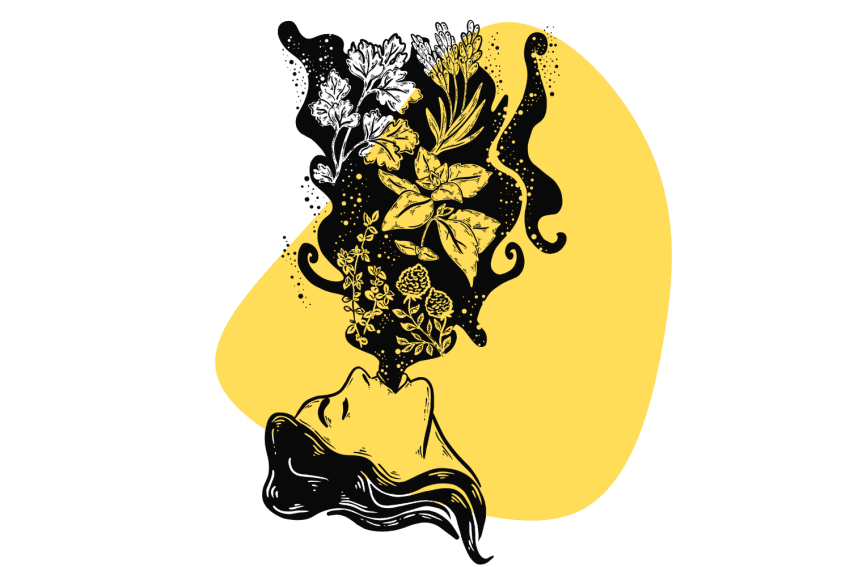
Humans have been burning and inhaling plant matter for at least 7,000 years (likely much longer).
In that time, we as a species have developed a keen understanding of which herbs can be smoked and which ones shouldn’t.
Whether you’re looking to substitute or quit cigarettes; or are interested in the benefits herbs provide when inhaled, this article is for you. Below, you’ll find a compendium of more than 80 herbs you can smoke. Most are medicinal, some are psychoactive, but all have a history of being smoked ceremonially or as a source of medicine.
We’ll also cover the fundamentals of formulating your smoking herb mix and offer a few example recipes to get you started.
Let’s dive straight in!
Summary: What Herbs Can You Smoke?
| Image | Name | Botanical Name | Primary Function |
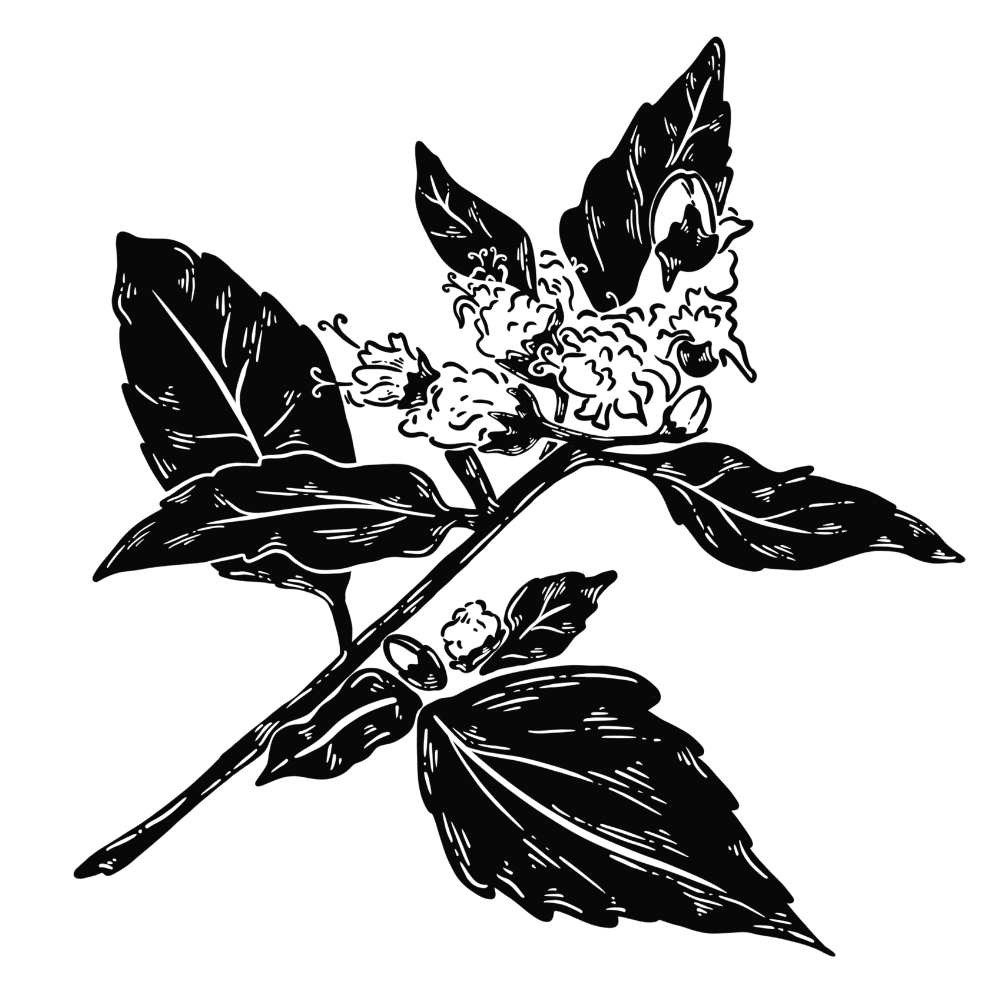
| African Dream Herb | Entada rheedii | Dream-Inducer 🦋 |
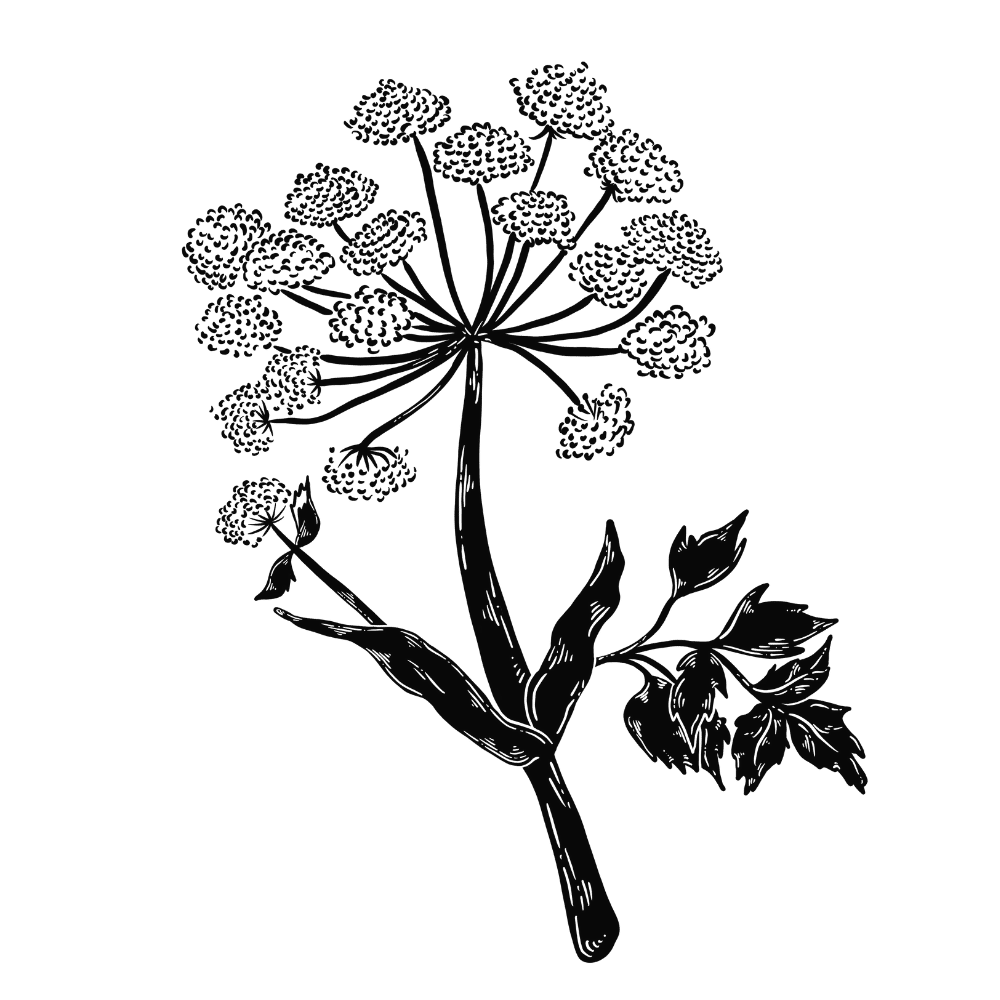
| Angelica | Angelica archangelica | Flavor Enhancer 🍬 |
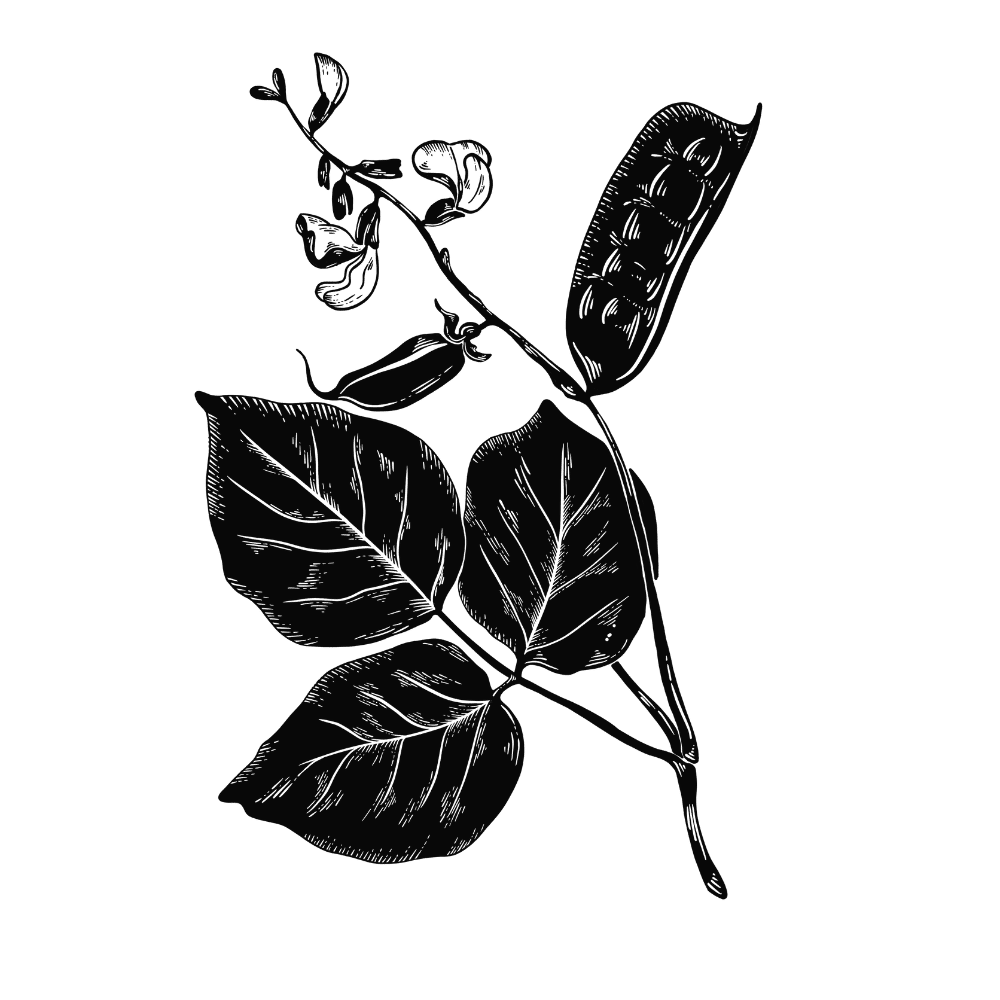
| Bay Bean | Canavalia rosea | Potentiator 📈 |
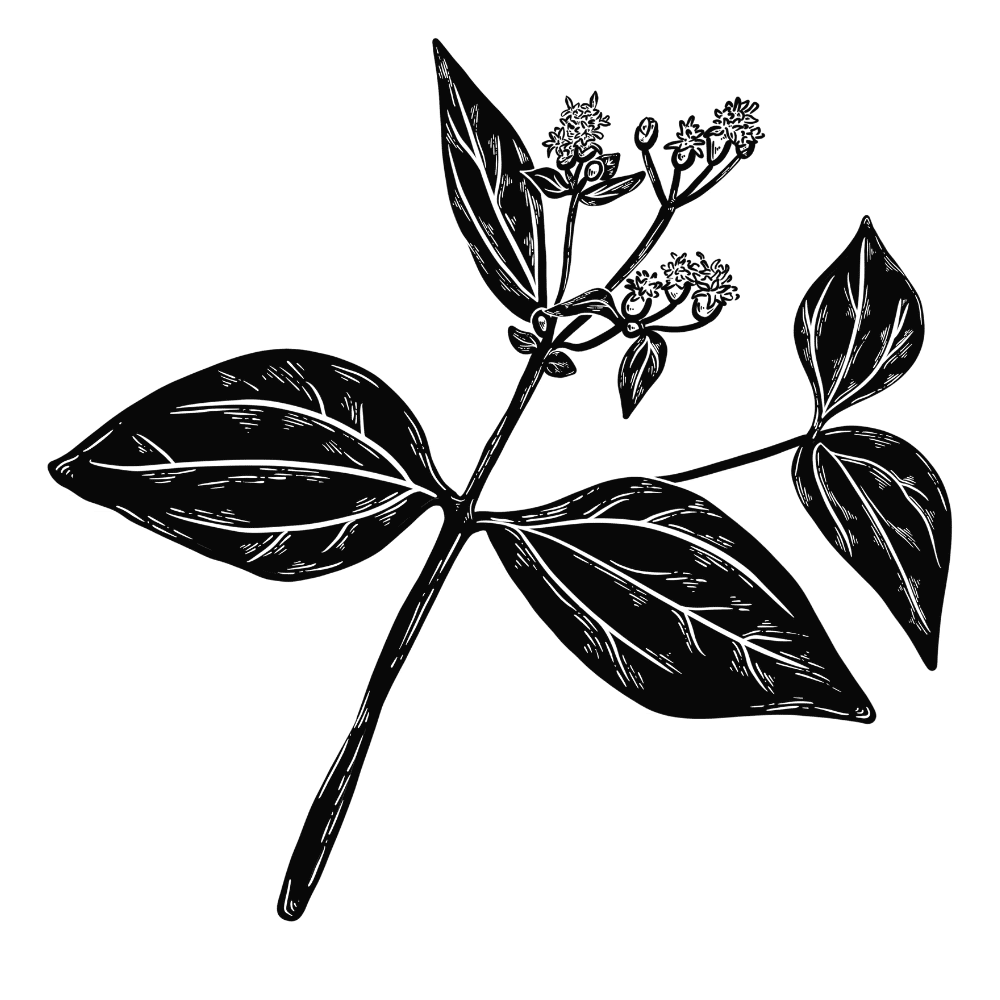
| Bitter grass | Calea zacatechichi | Dream-Inducer 🦋 |
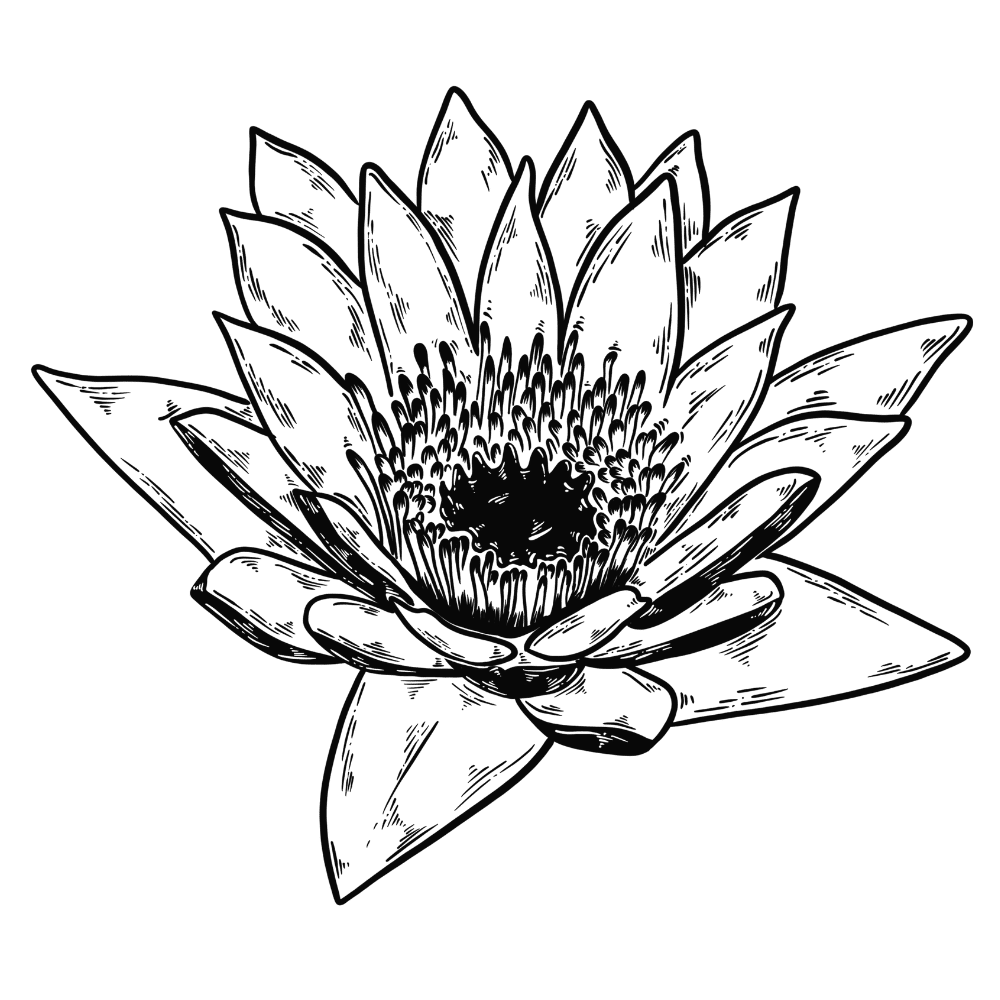
| Blue Lotus Flower | Nymphaea caerulea | Dream-Inducer 🦋 |
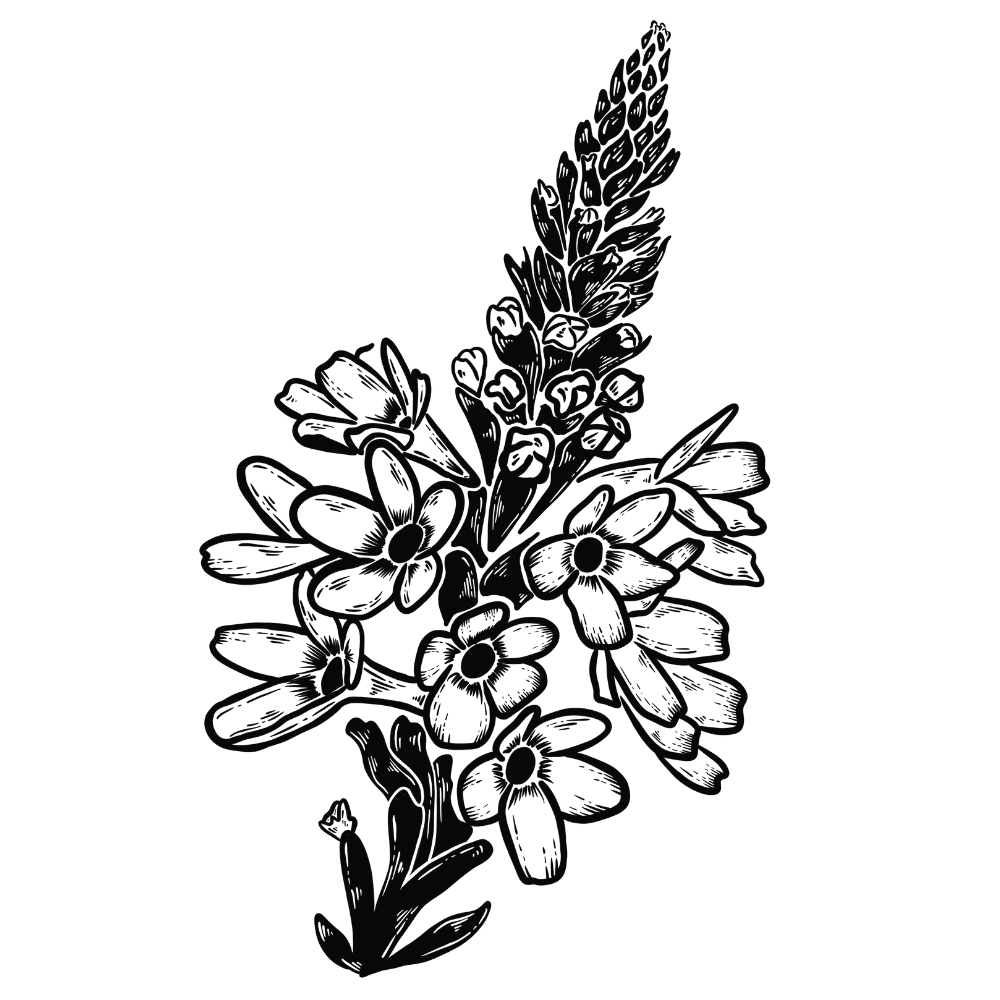
| Blue Vervain | Verbena hastata | Painkiller 💊 |
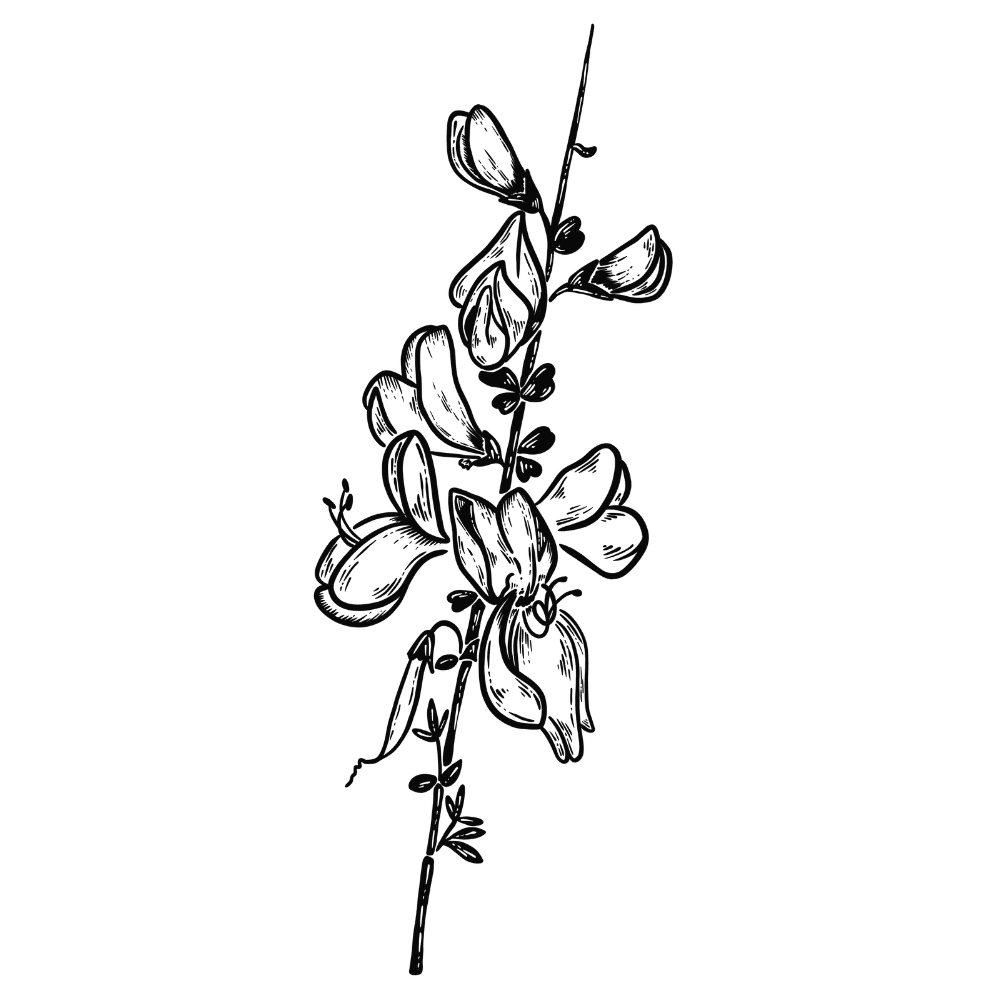
| Broom | Cytisus scoparius | Flavor Enhancer 🍬 |

| Calamus | Acorus calamus | Relaxant 💤 |
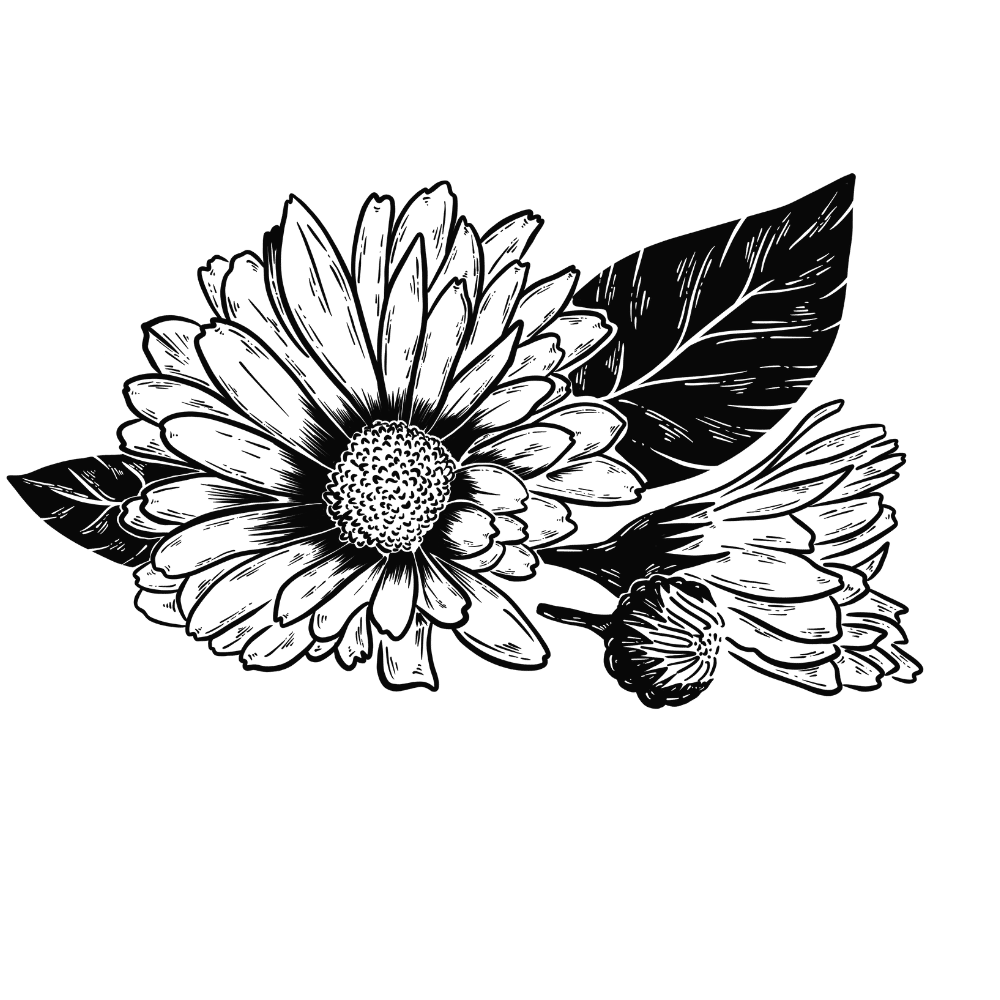
| Calendula | Calendula officinalis | Burn Regulator 🔥 |
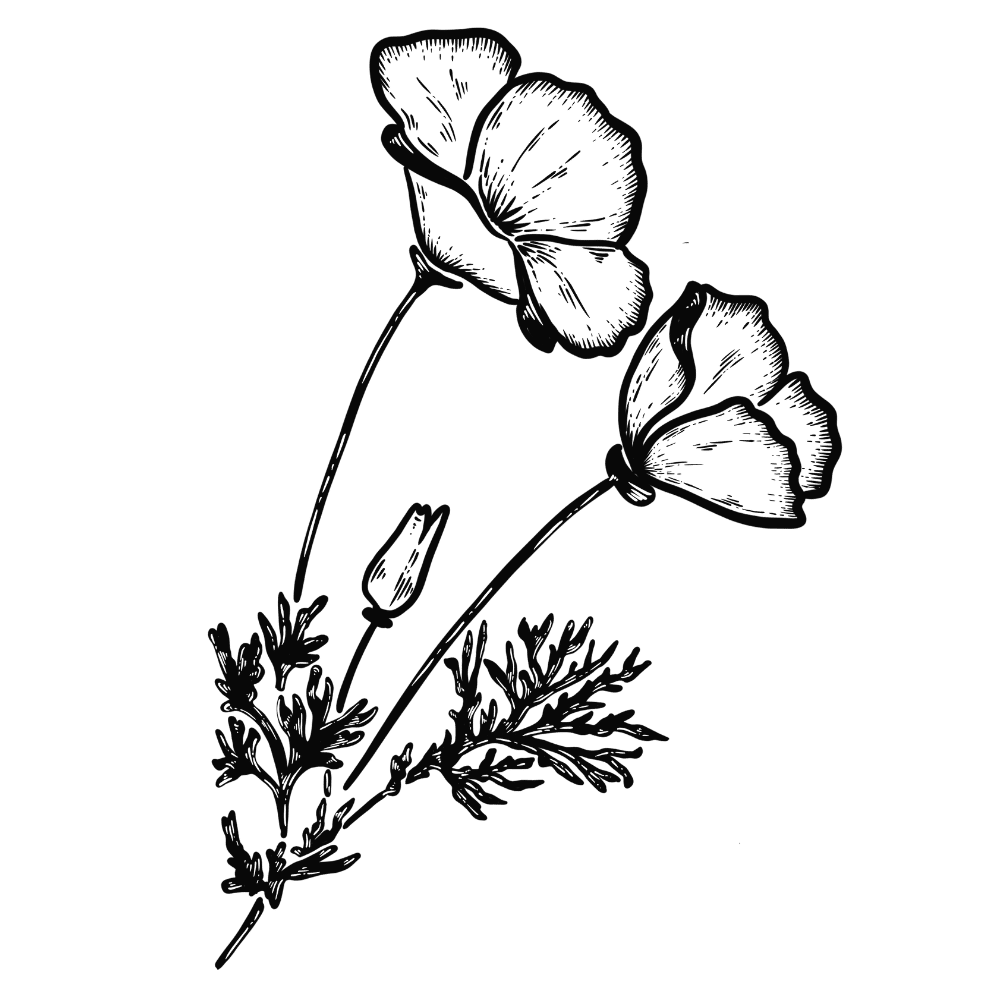
| California Poppy | Eschscholzia californica | Relaxant 💤 |
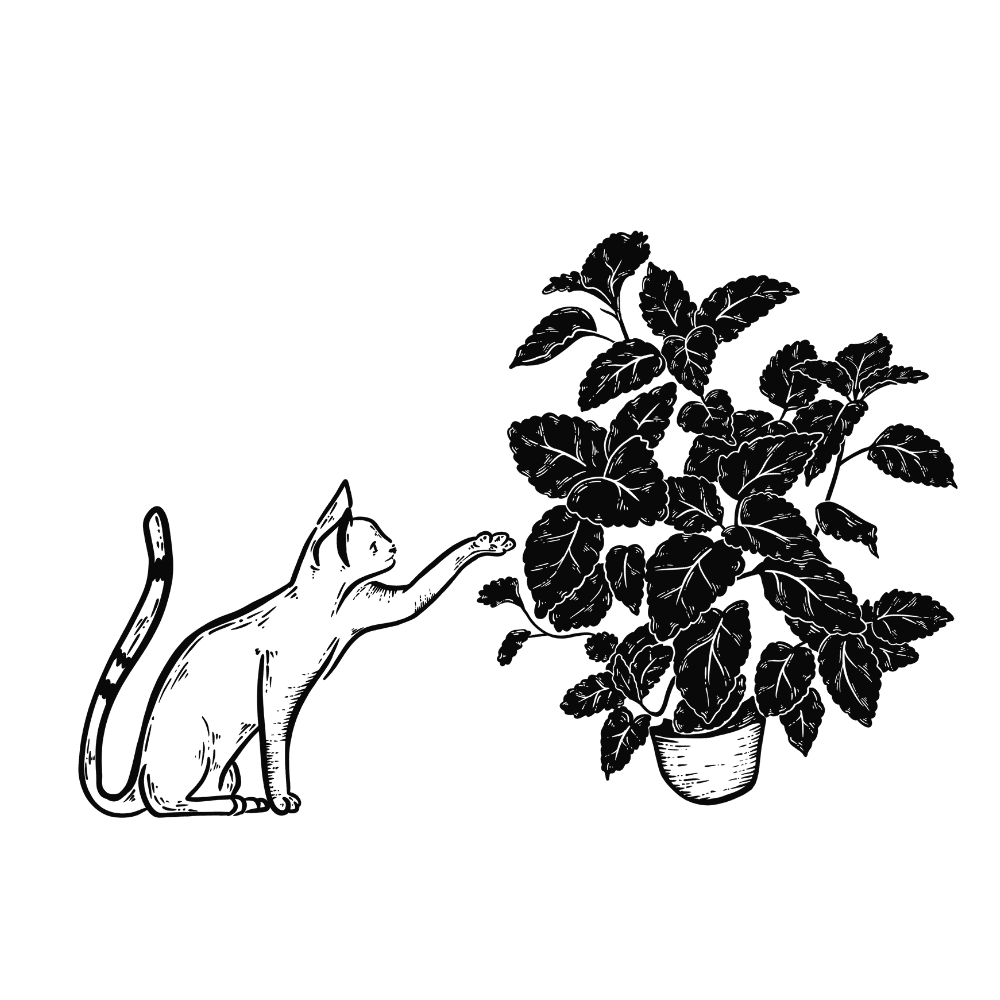
| Catnip | Nepeta cataria | Psychoactive 🍄 |
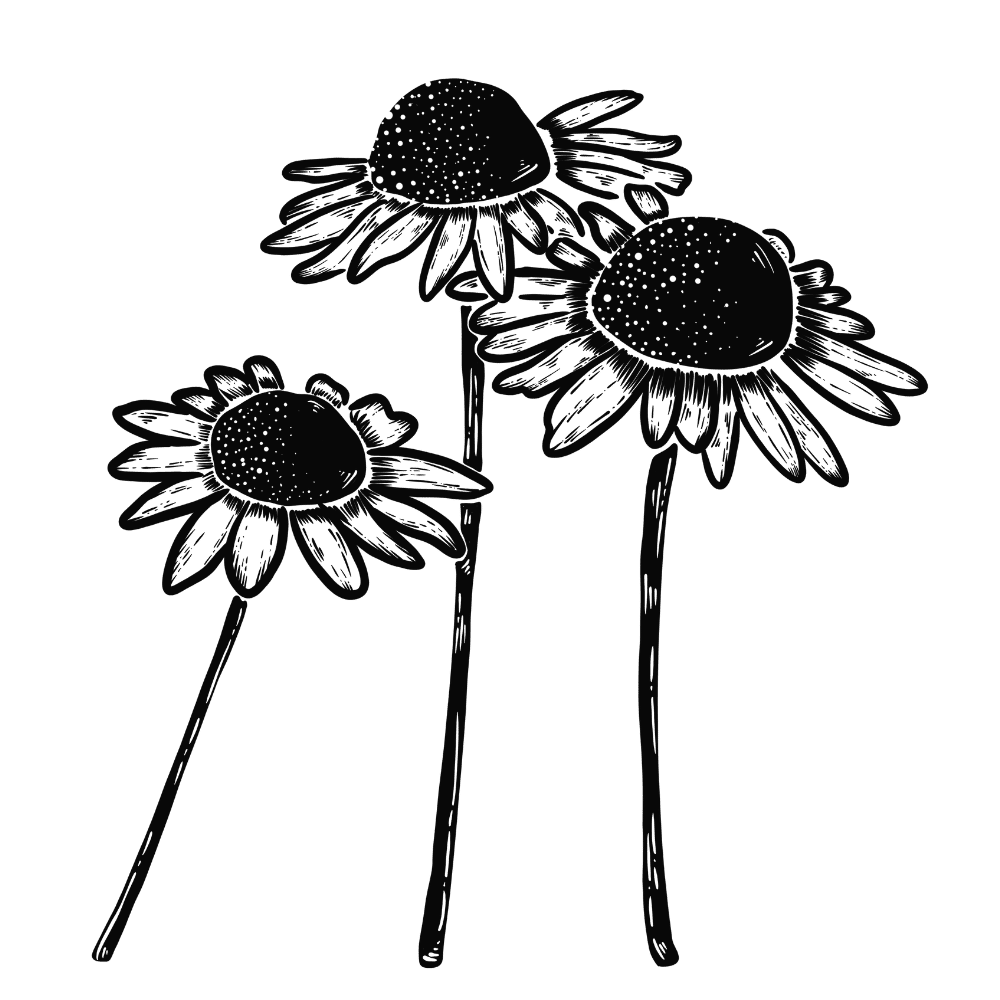
| Chamomile | Matricaria chamomilla | Relaxant 💤 |
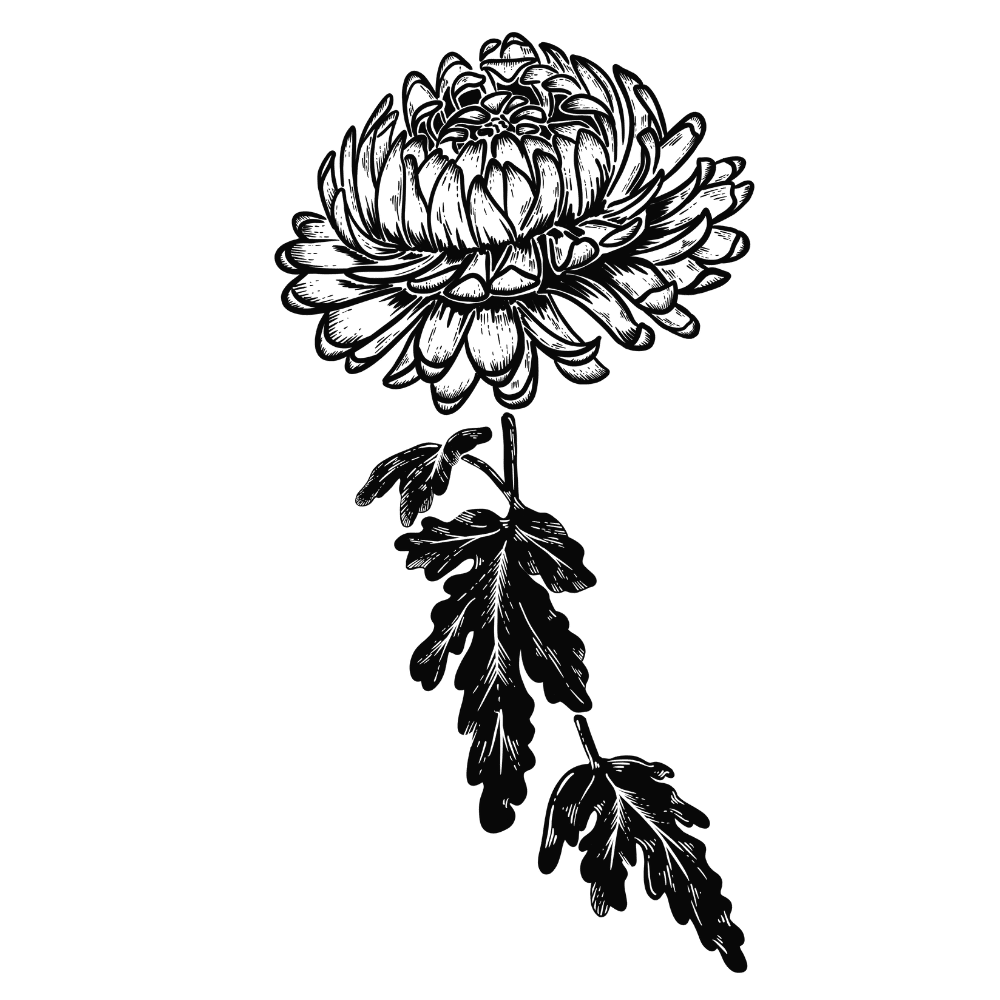
| Chrysanthemum | Chrysanthemum morifolium | Relaxant 💤 |

| Cinnamon | Cinnamomum cassia | Flavor Enhancer 🍬 |
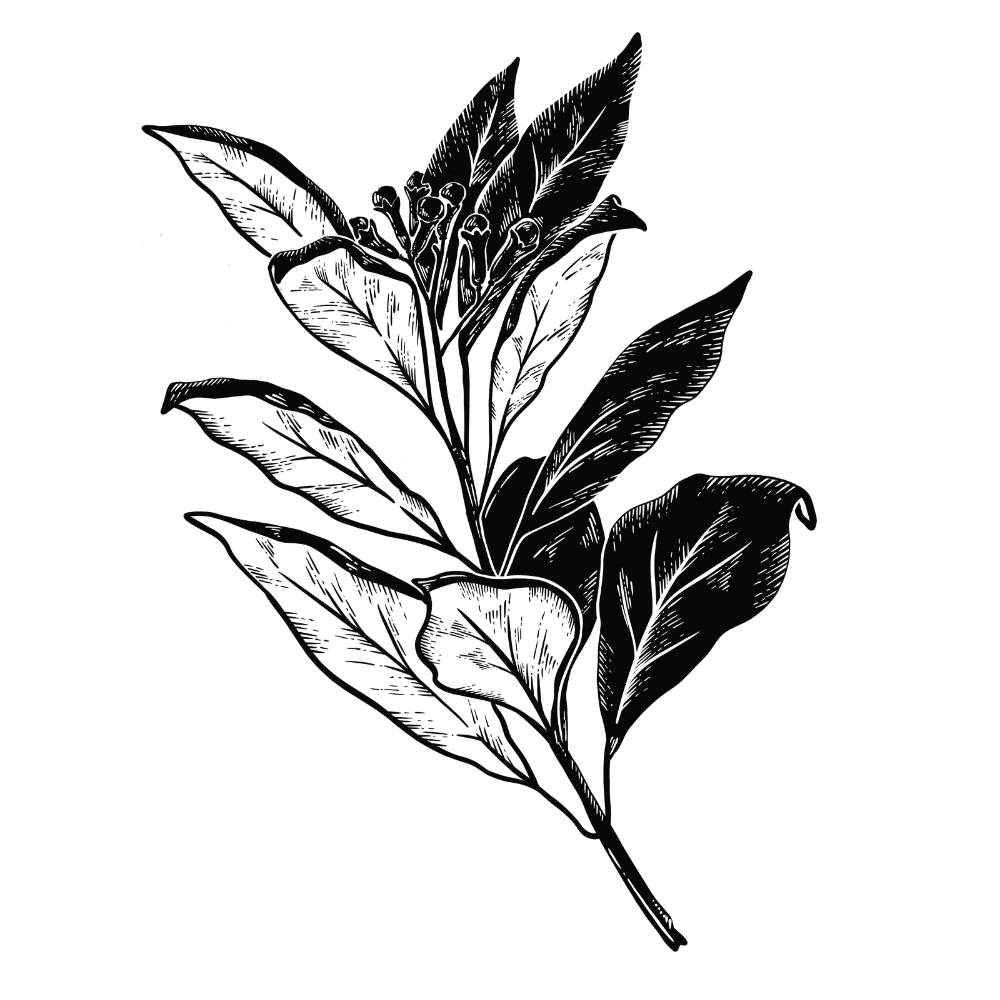
| Clove | Syzygium aromaticum | Flavor Enhancer 🍬 |
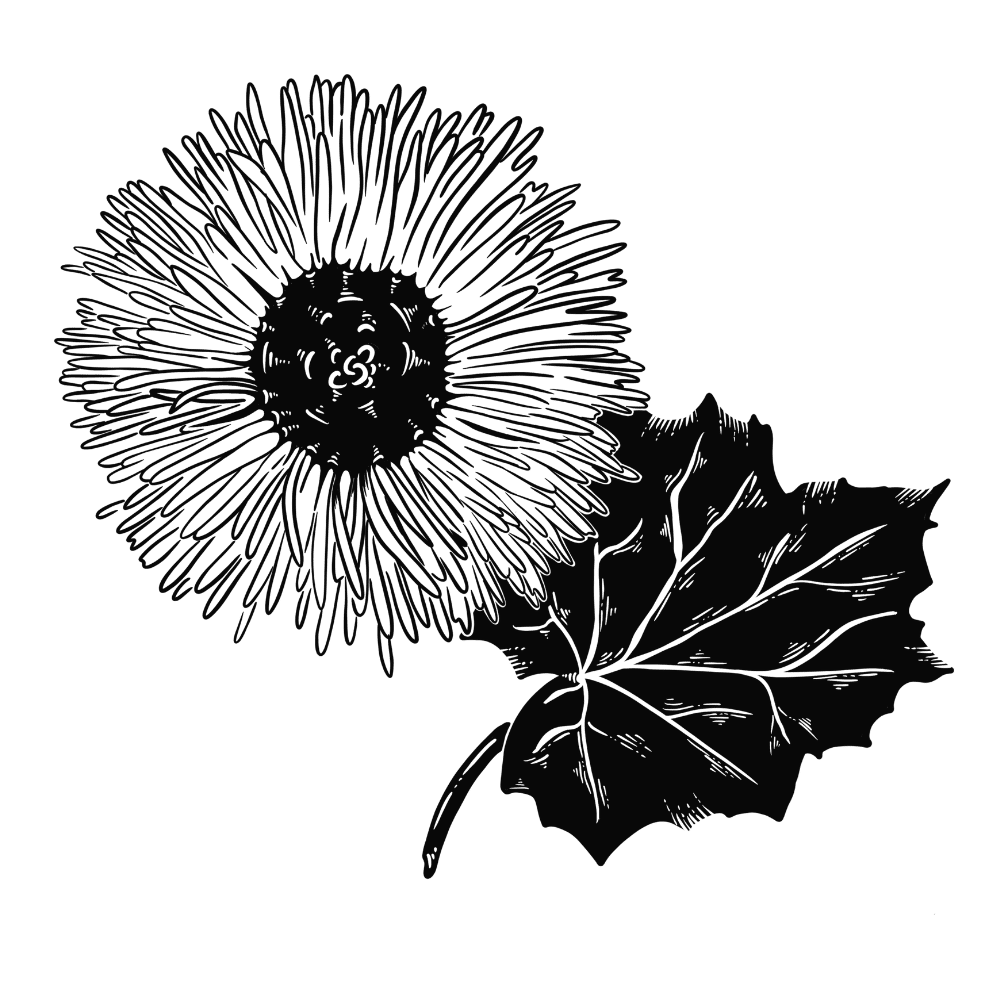
| Coltsfoot | Tussilago farfara | Smoke Regulator ☁️ |
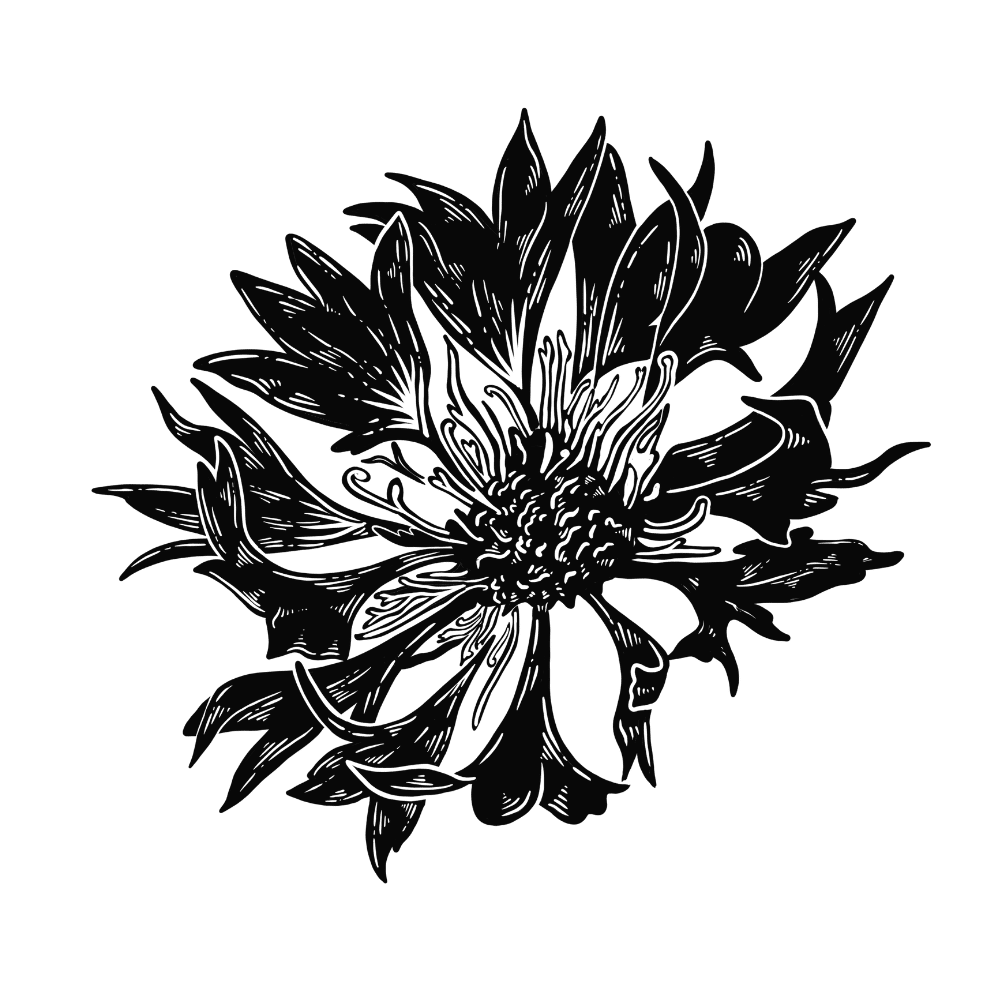
| Cornflower | Centaurea cyanus | Flavor Enhancer 🍬 |
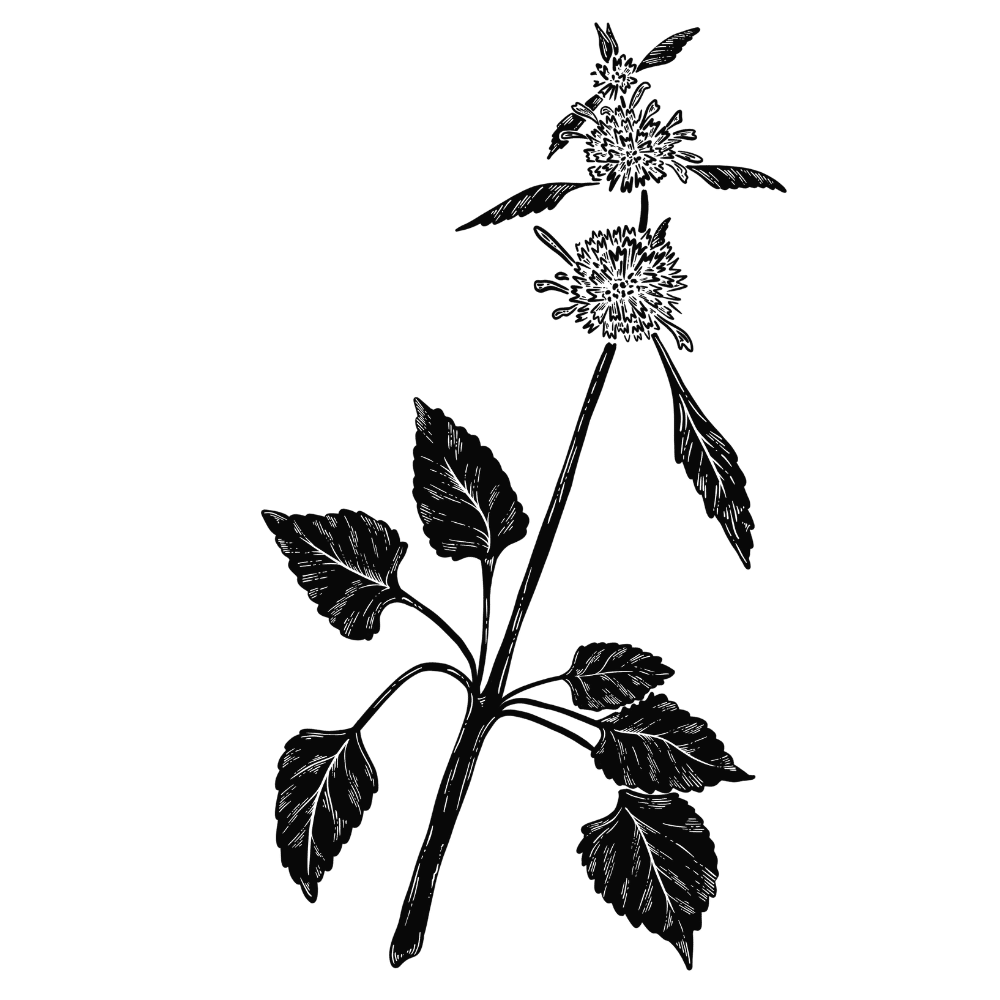
| Dagga | Leonotis nepetifolia | Psychoactive 🍄 |
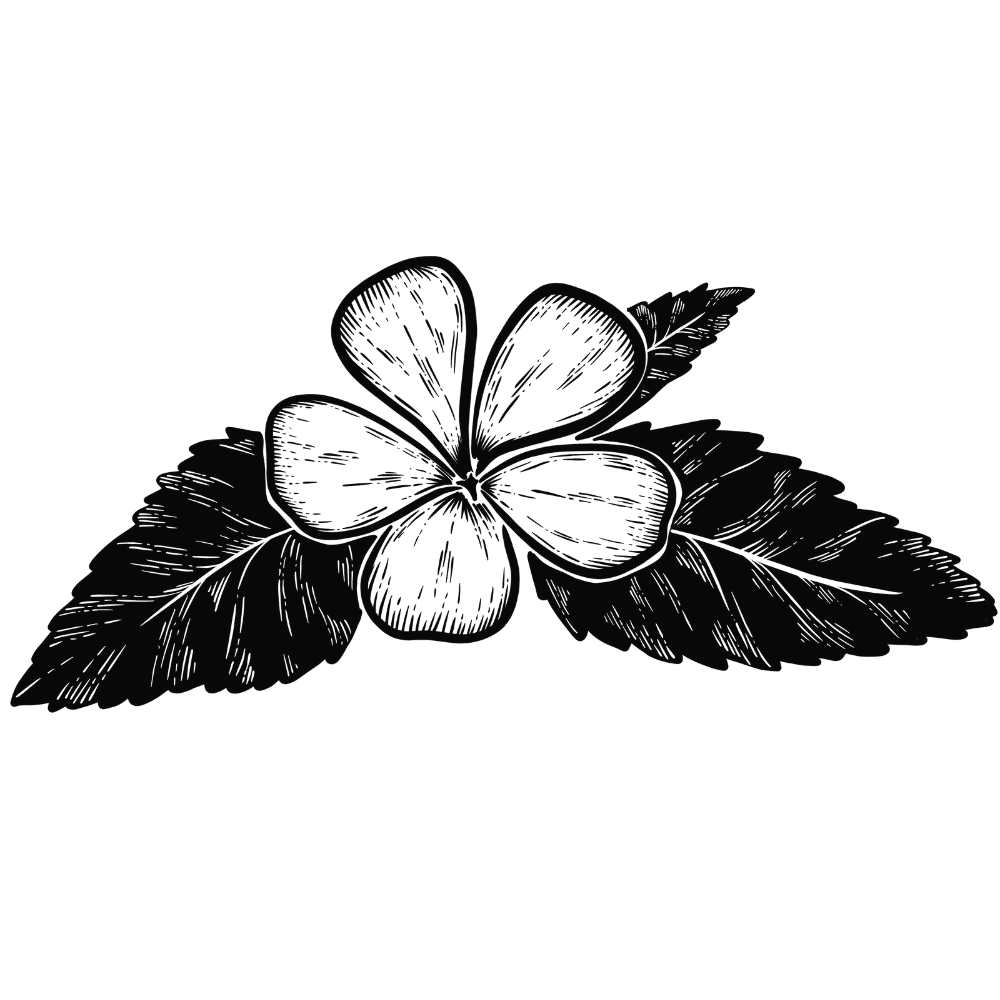
| Damiana | Turnera diffusa | Dream-Inducer 🦋 |

| Datura | Datura stramonium | Psychoactive 🍄 |
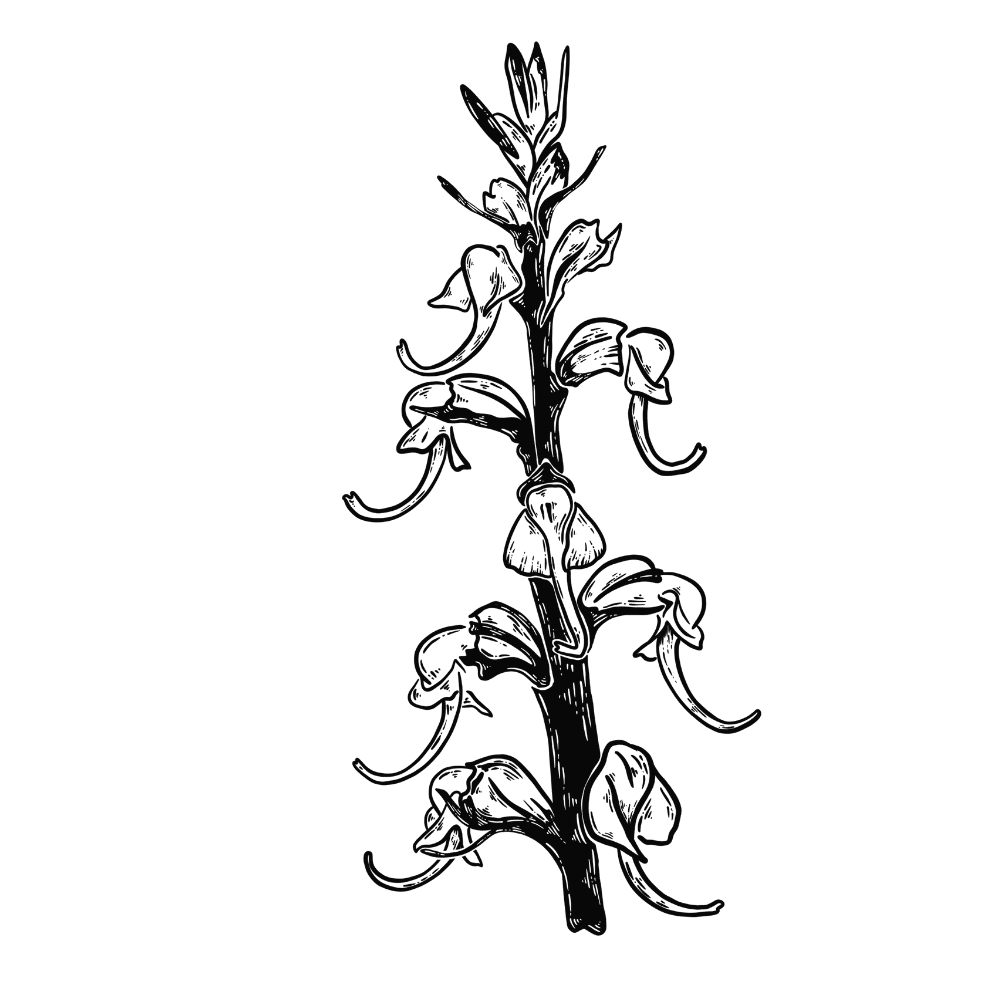
| Elephant’s Head | Pedicularis groenlandica | Relaxant 💤 |
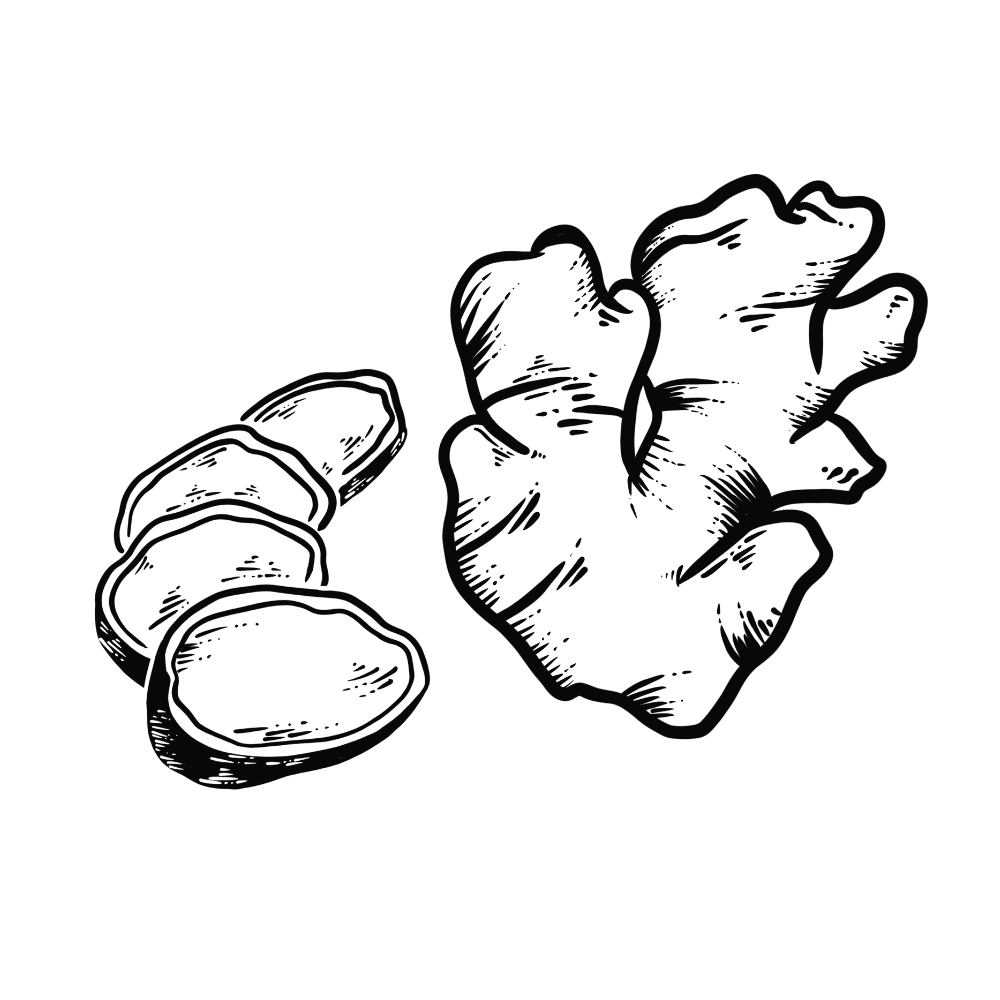
| Ginger | Zingiber officinale | Potentiator 📈 |
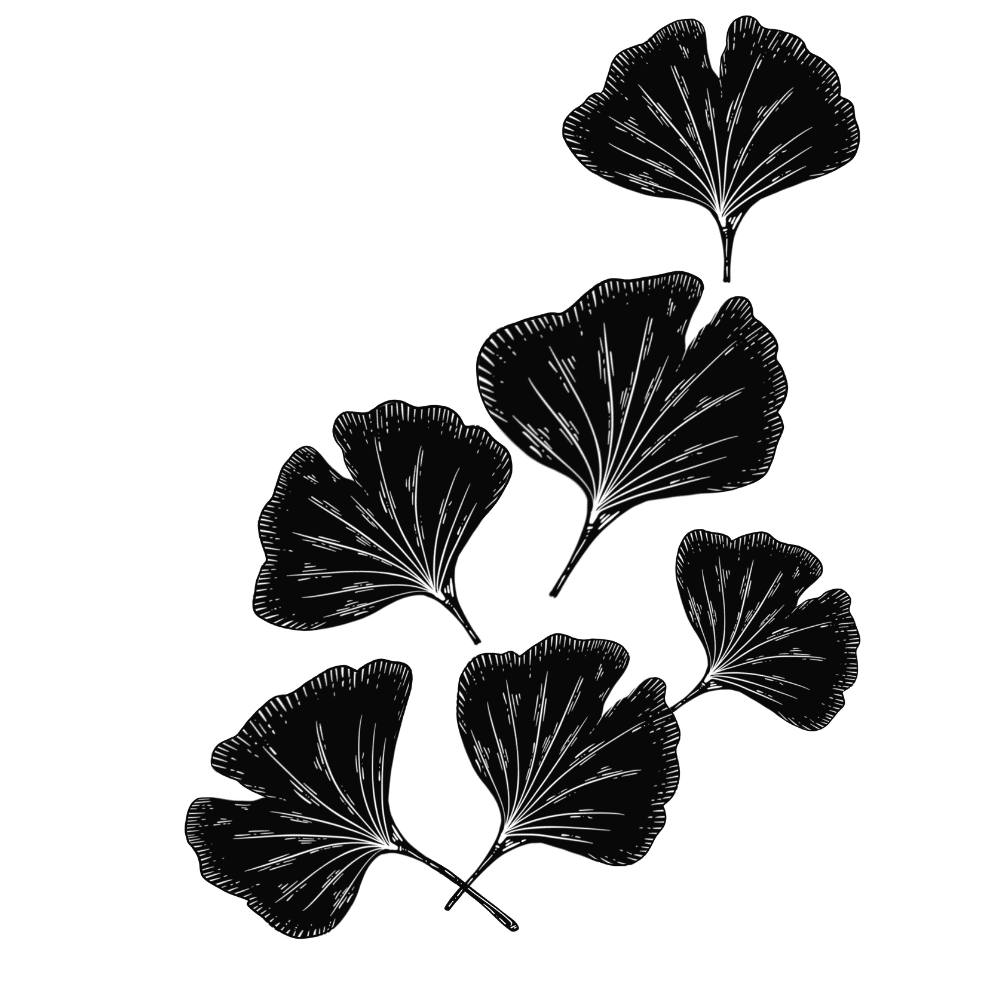
| Ginkgo | Ginkgo biloba | Flavor Enhancer 🍬 |
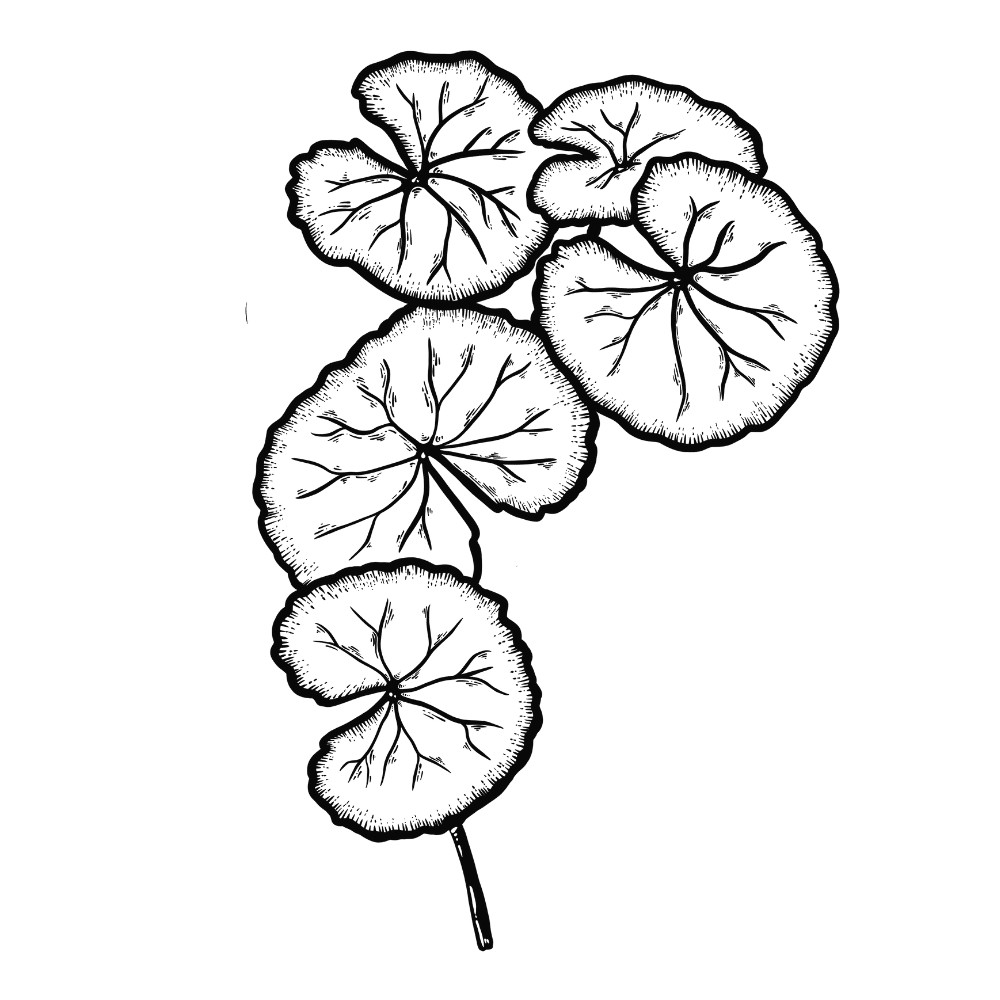
| Gotu Kola | Centella asiatica | Relaxant 💤 |
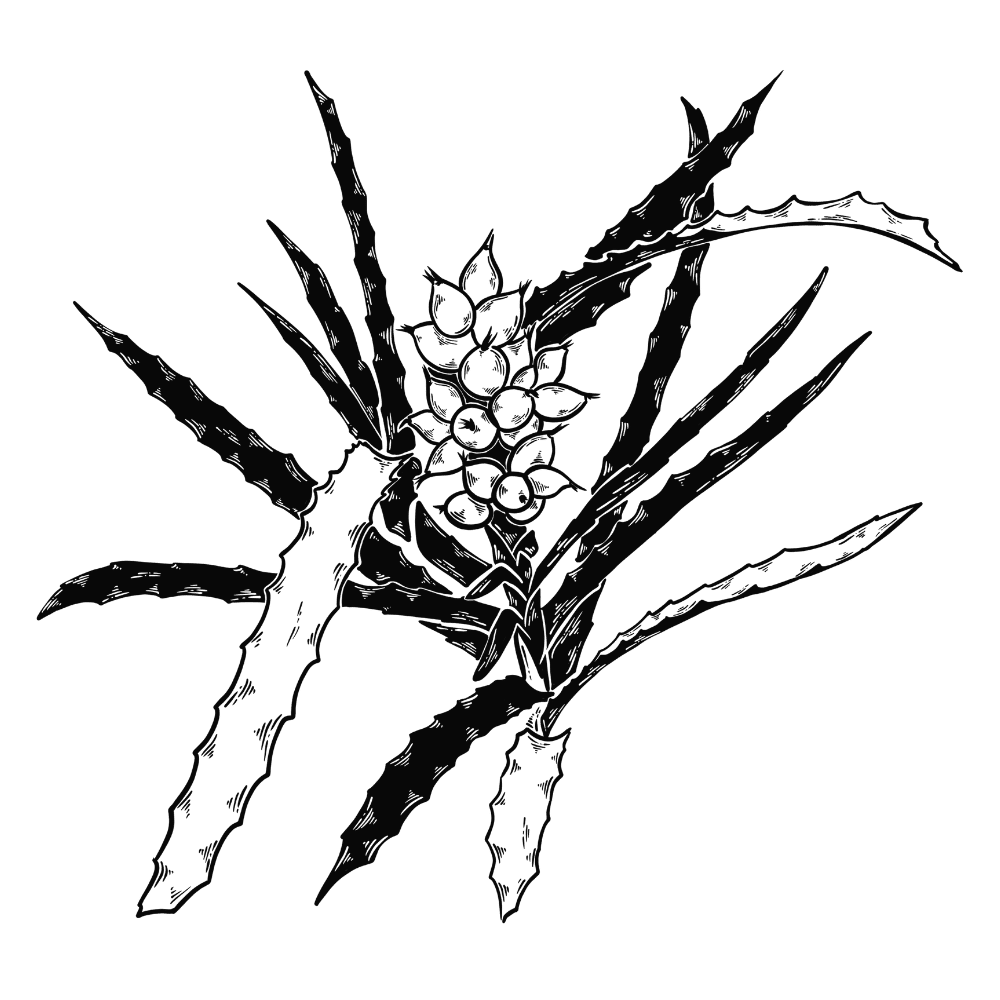
| Guamura | Cecropia mexicana | Psychoactive 🍄 |
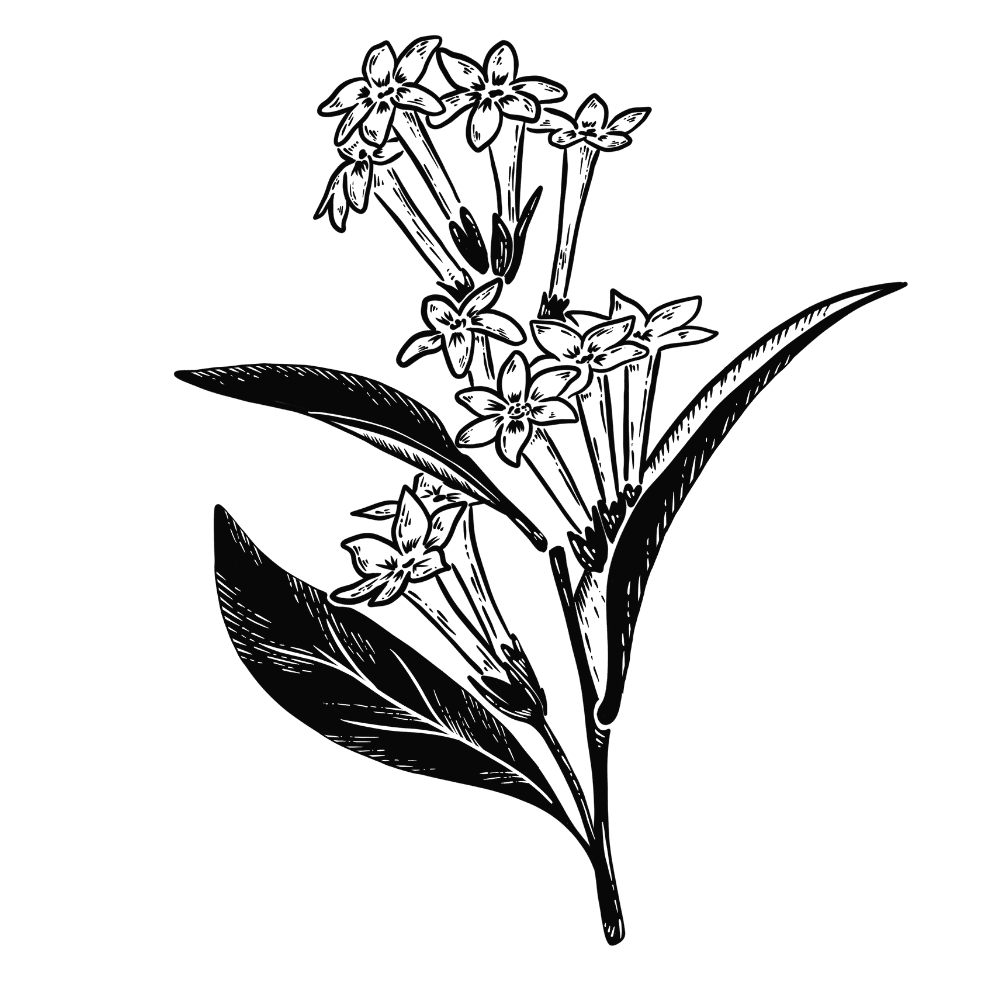
| Hasana | Cestrum nocturnum | Flavor Enhancer 🍬 |
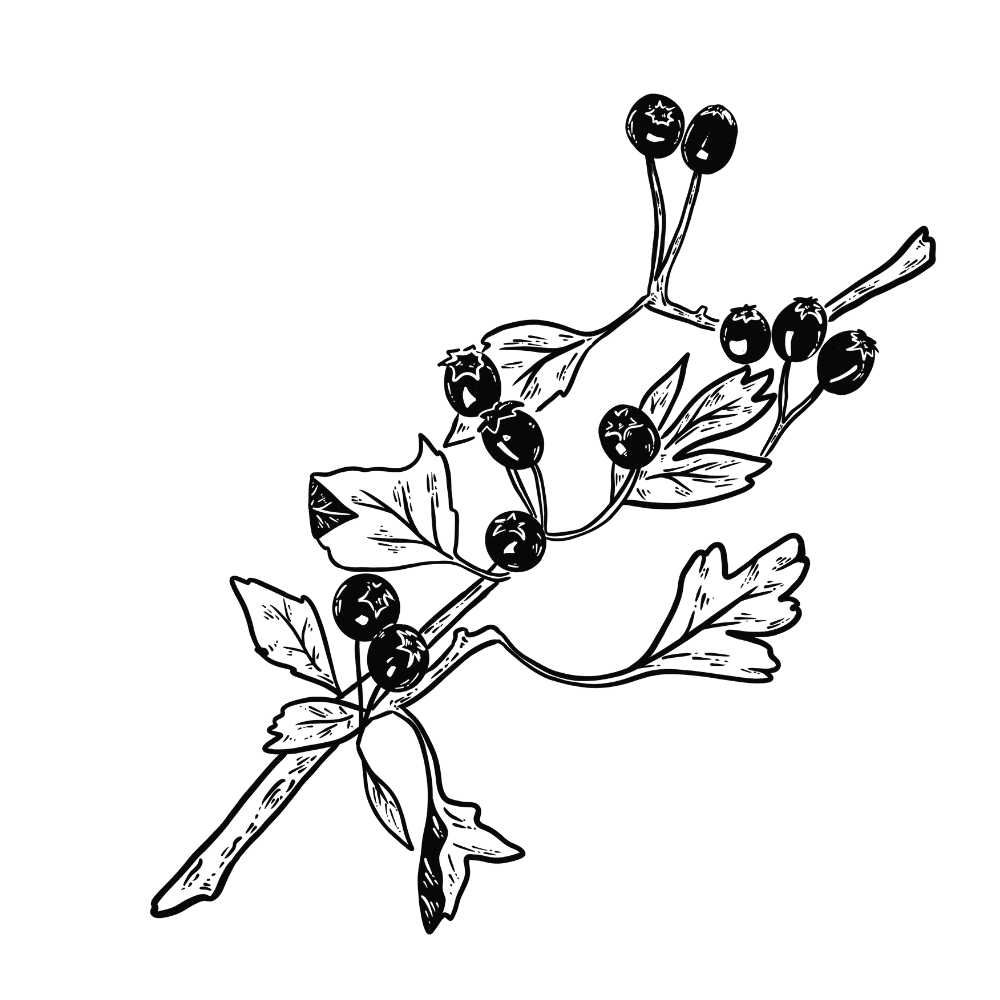
| Hawthorn | Crataegus oxycantha | Flavor Enhancer 🍬 |
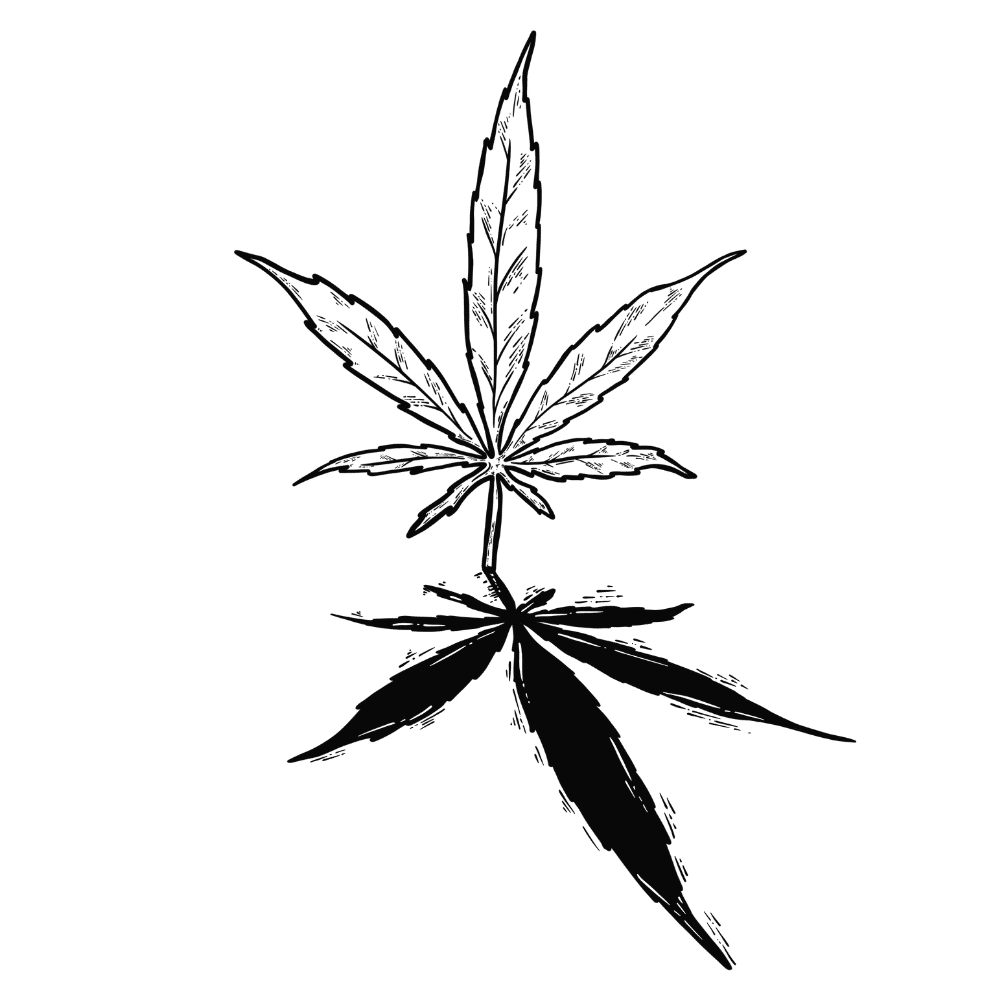
| Hemp | Cannabis sativa | Relaxant 💤 |
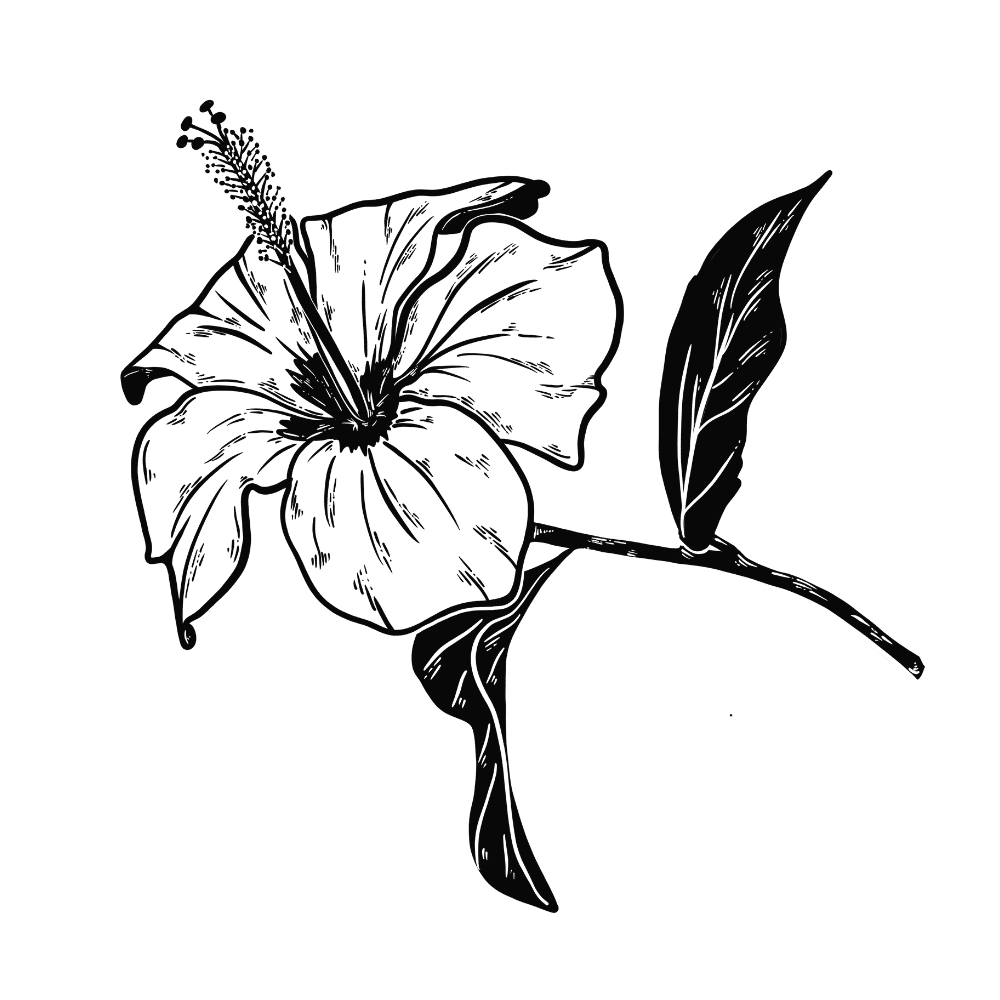
| Hibiscus | Hibiscus rosa-sinensis | Relaxant 💤 |
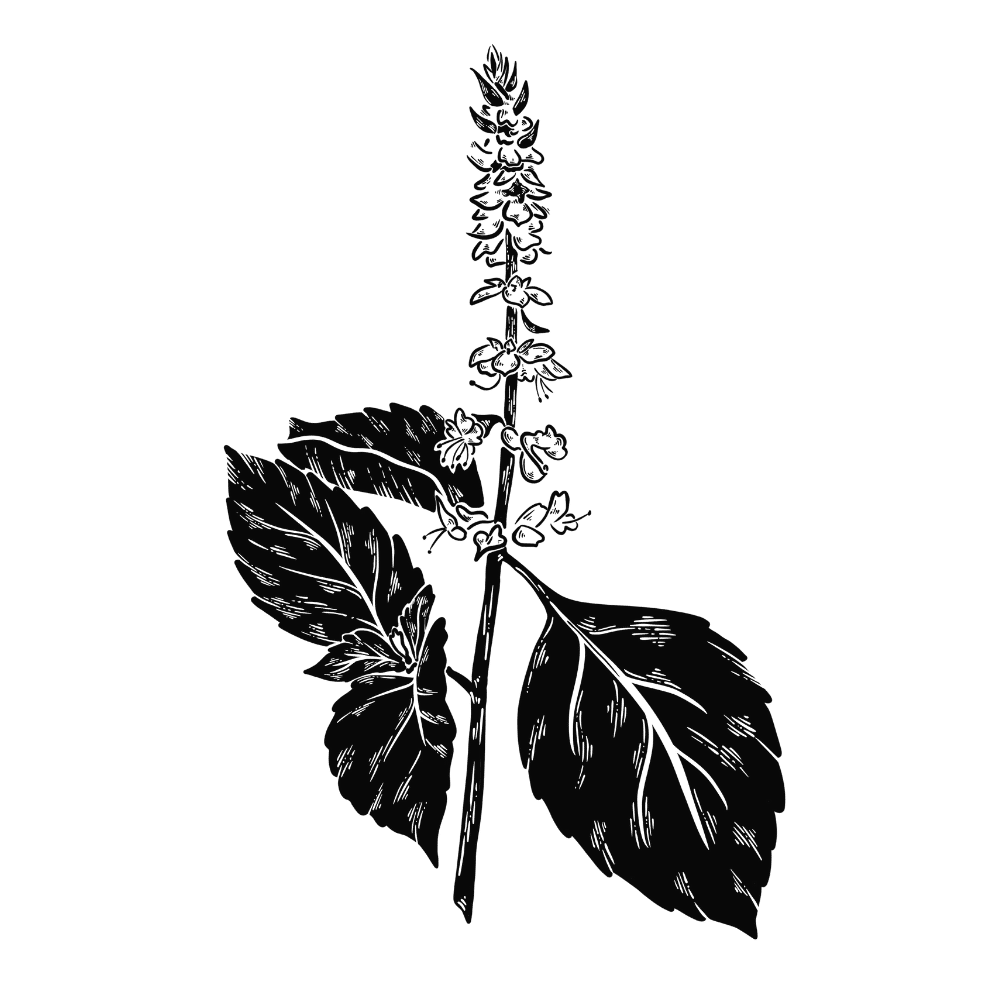
| Holy basil | Ocimum tenuiflorum | Relaxant 💤 |
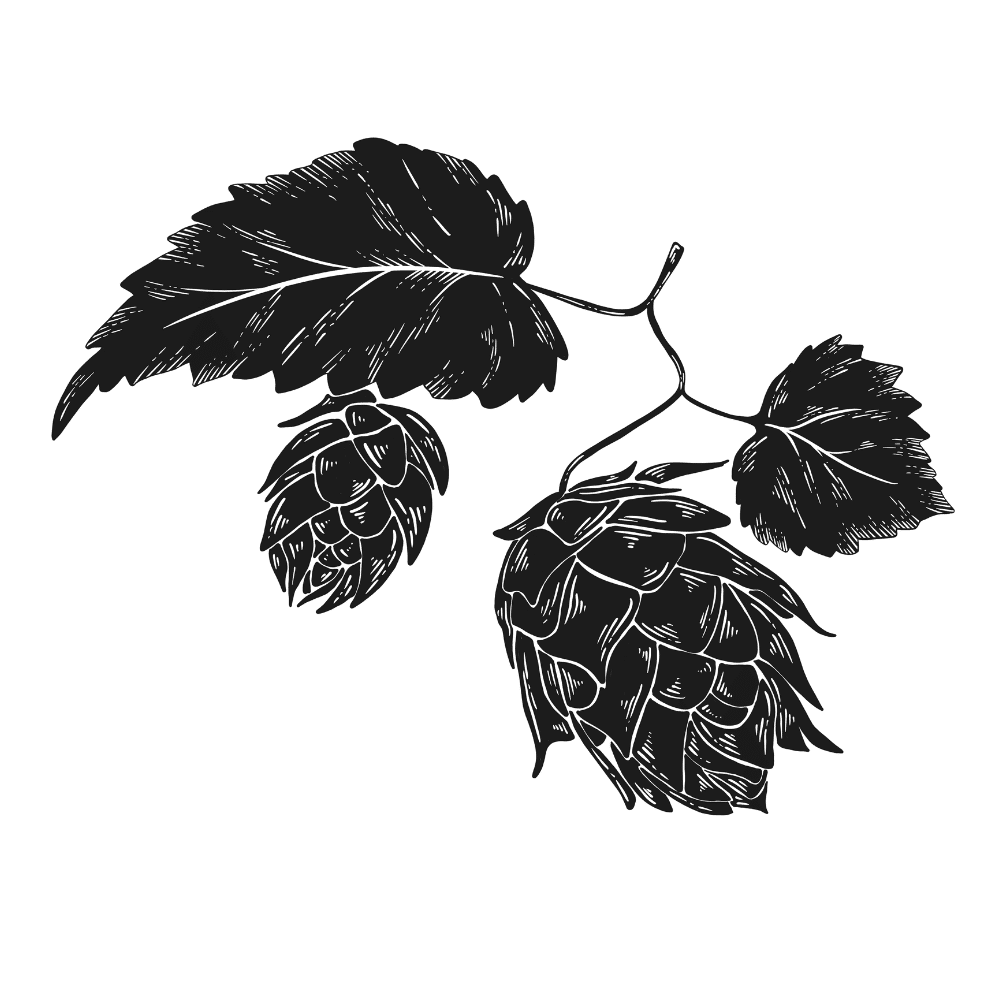
| Hops | Humulus lupulus | Relaxant 💤 |
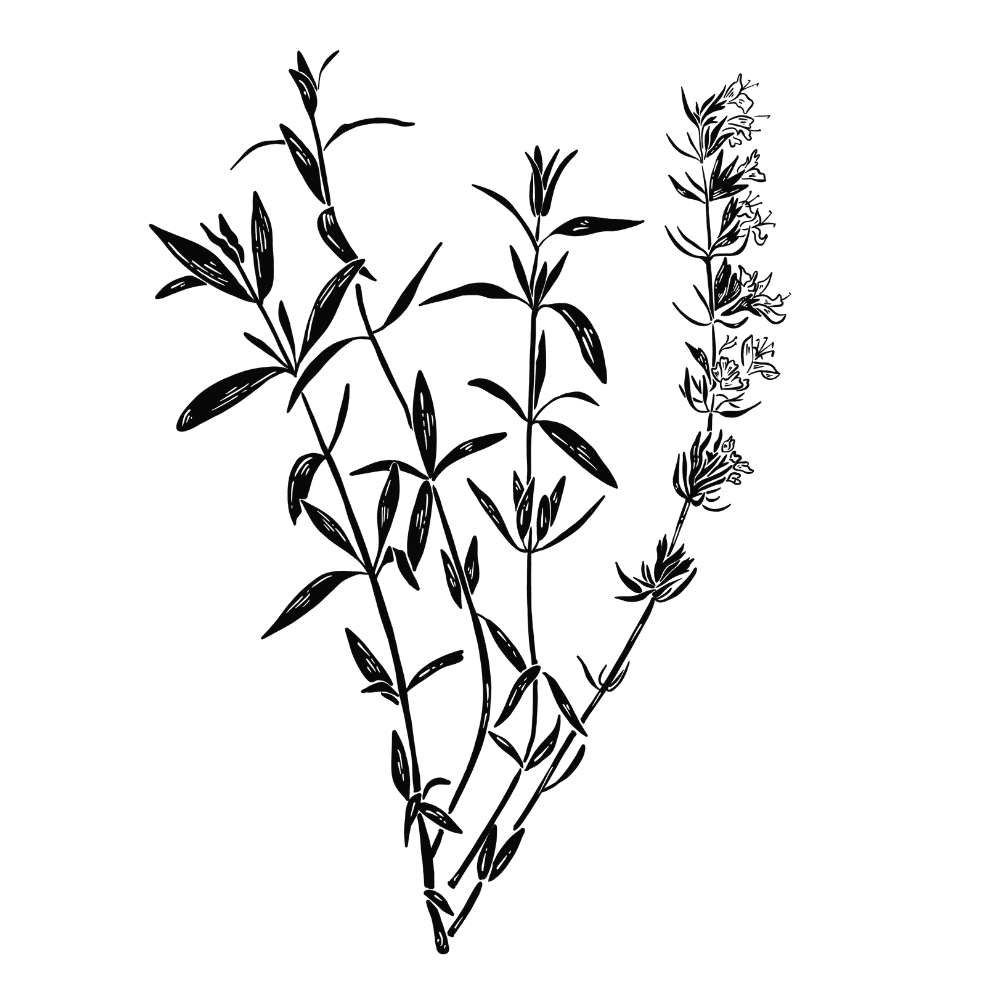
| Hyssop | Hyssopus officinalis | Painkiller 💊 |
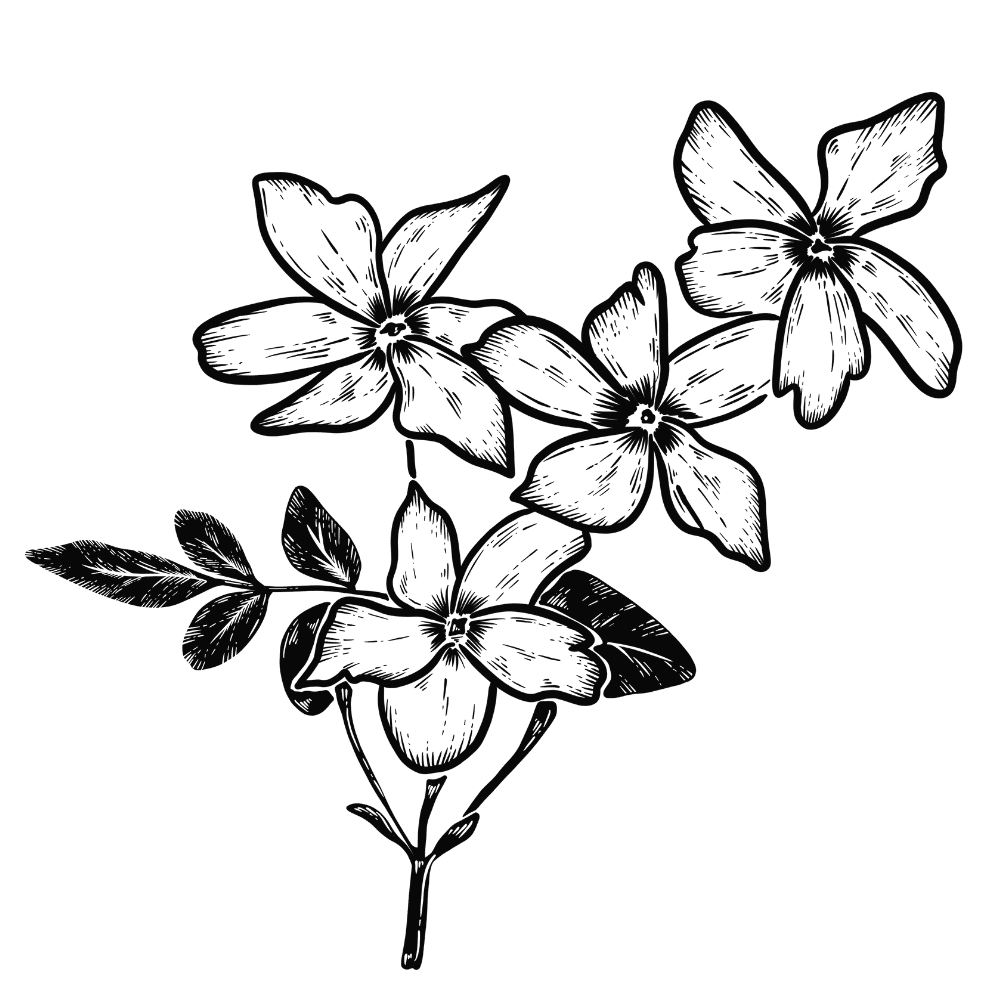
| Jasmine | Jasminum officinale | Flavor Enhancer 🍬 |
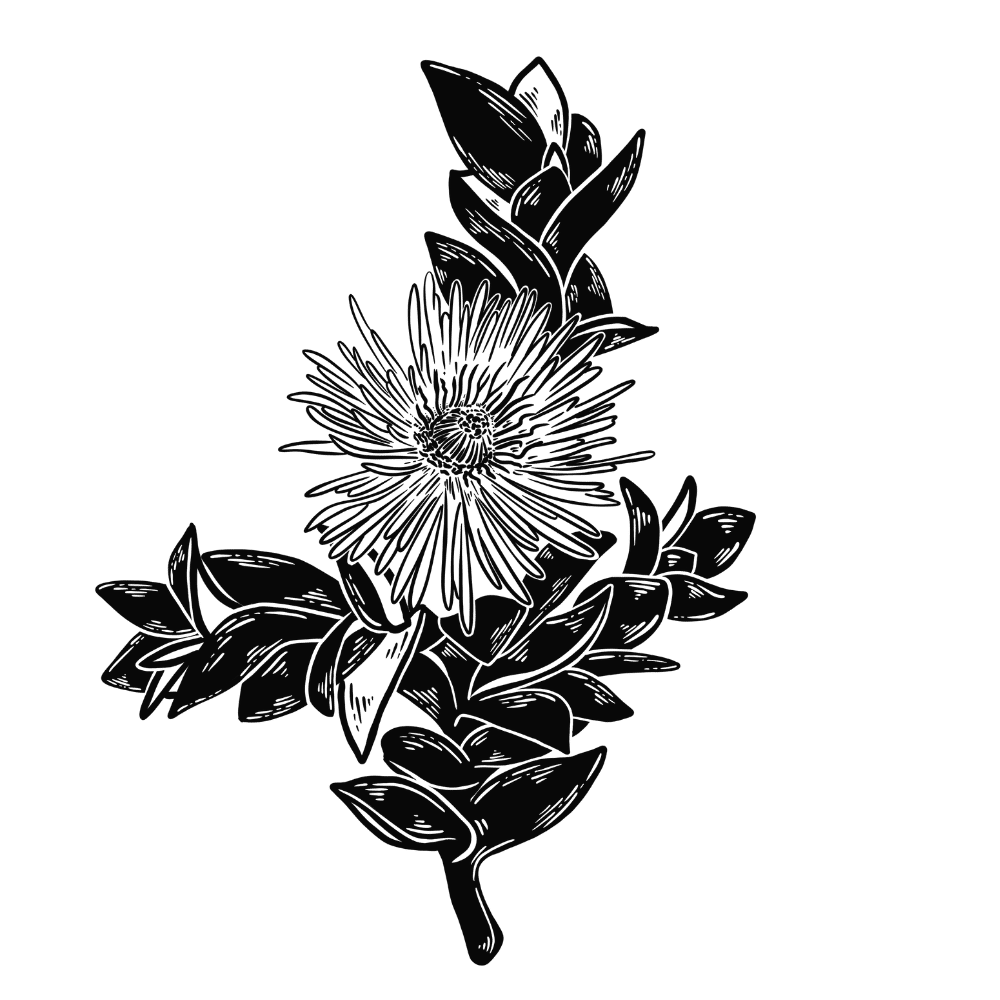
| Kanna | Sceletium tortuosum | Mood-Enhancer ☀️ |
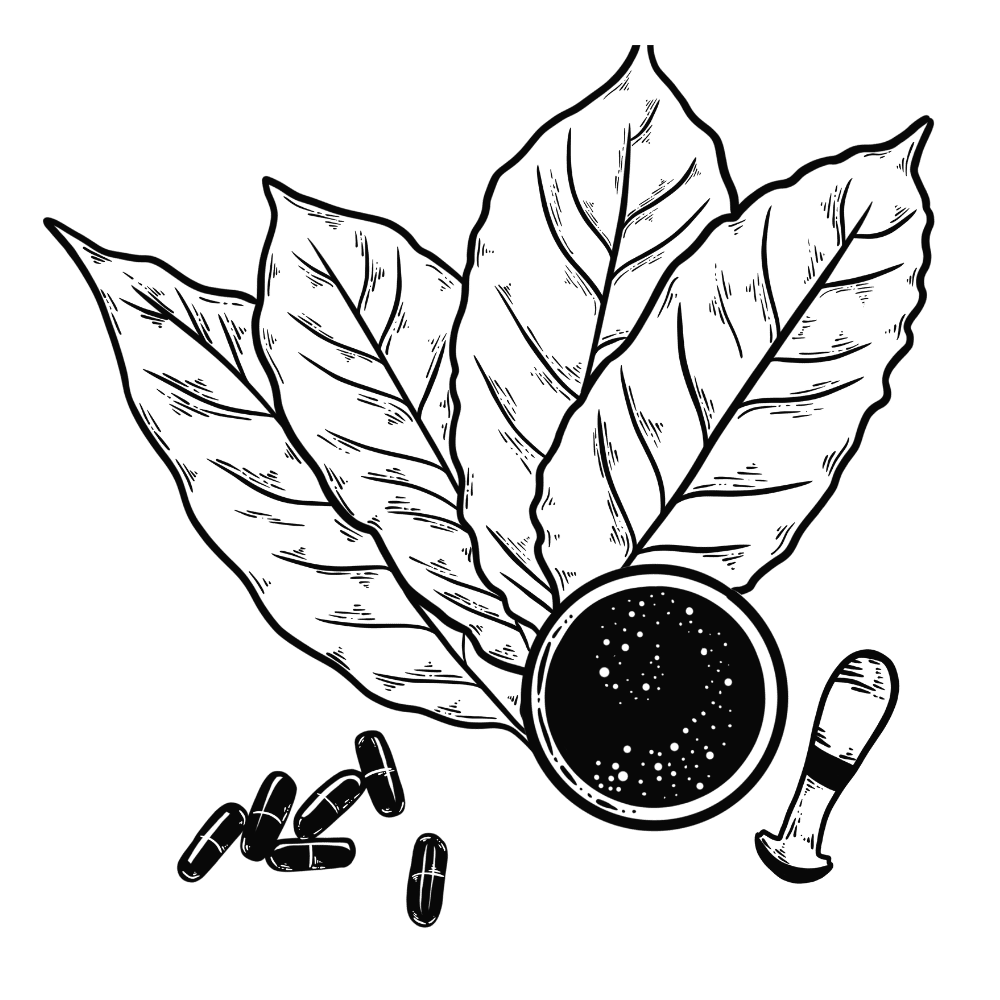
| Kratom | Mitragyna speciosa | Energizer 🔋 |
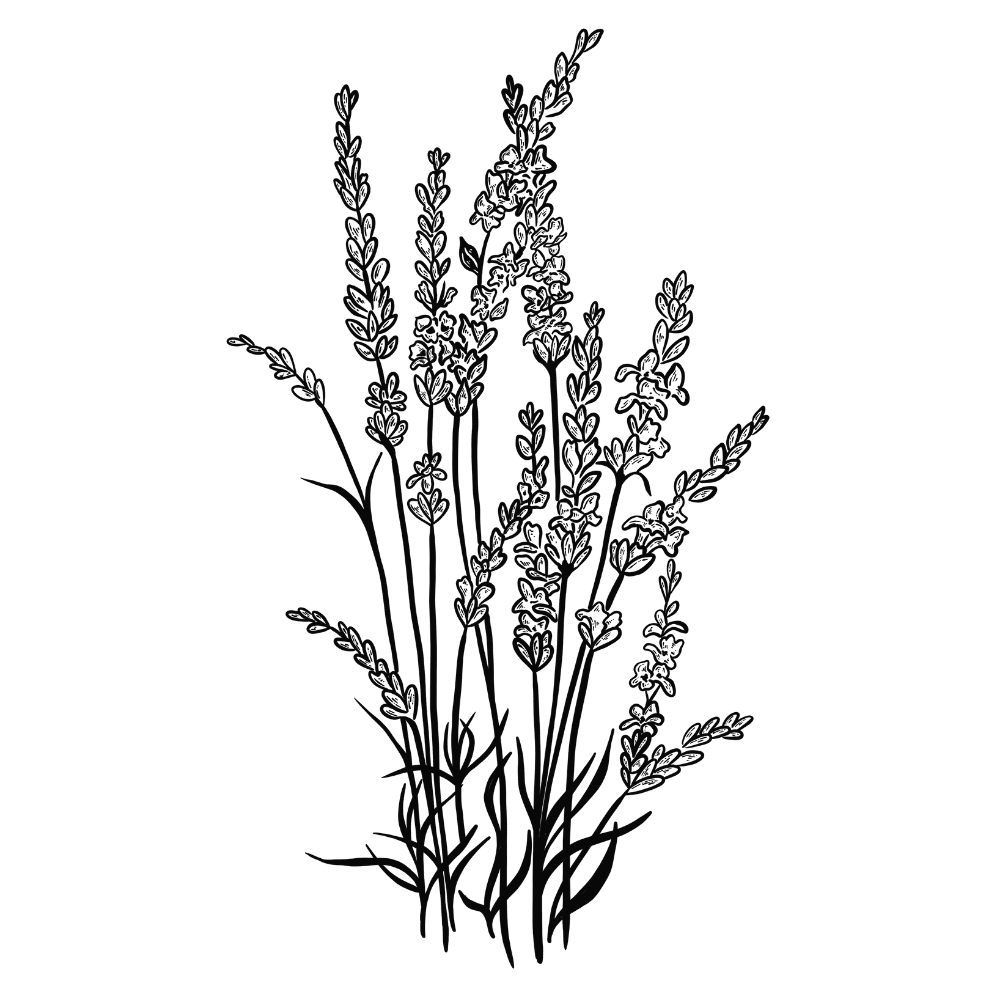
| Lavender | Lavandula spp. | Relaxant 💤 |
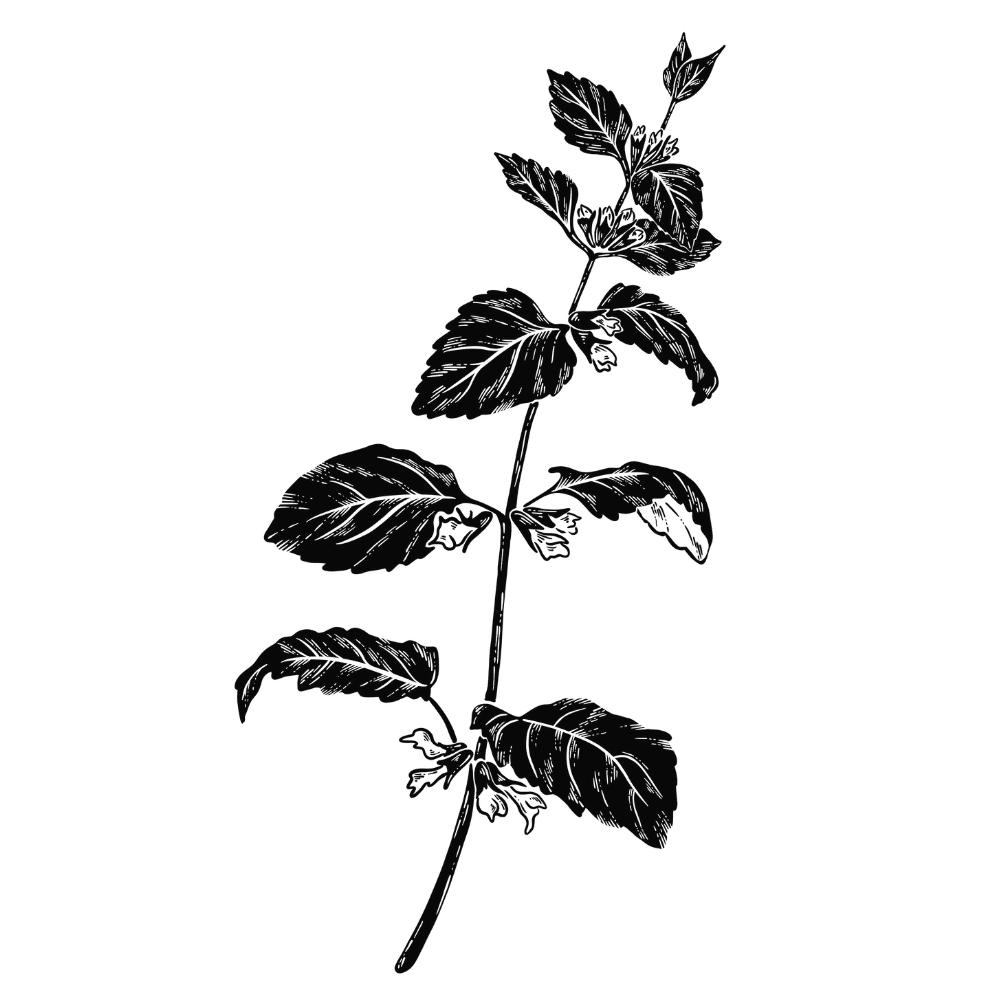
| Lemon Balm | Melissa officinalis | Mood-Enhancer ☀️ |

| Lemongrass | Cymbopogon citratus | Flavor Enhancer 🍬 |
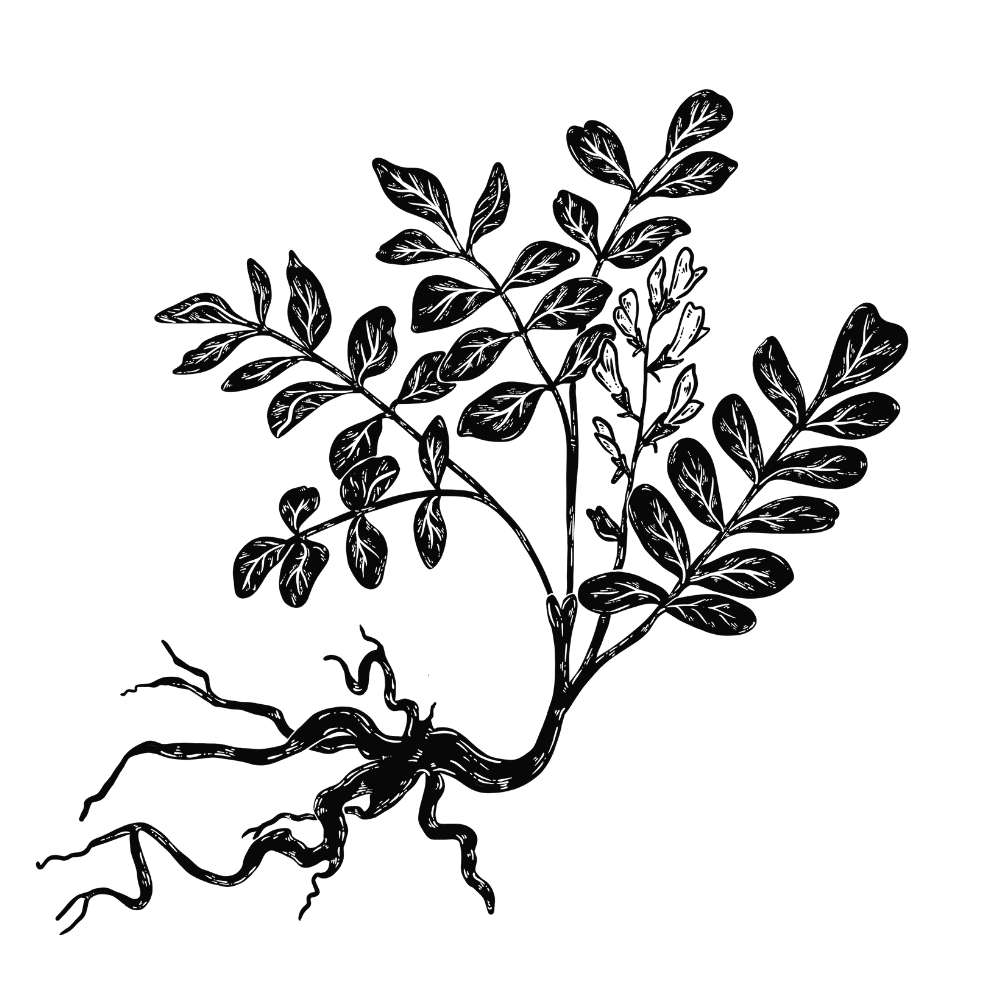
| Licorice | Glycyrrhiza glabra | Flavor Enhancer 🍬 |
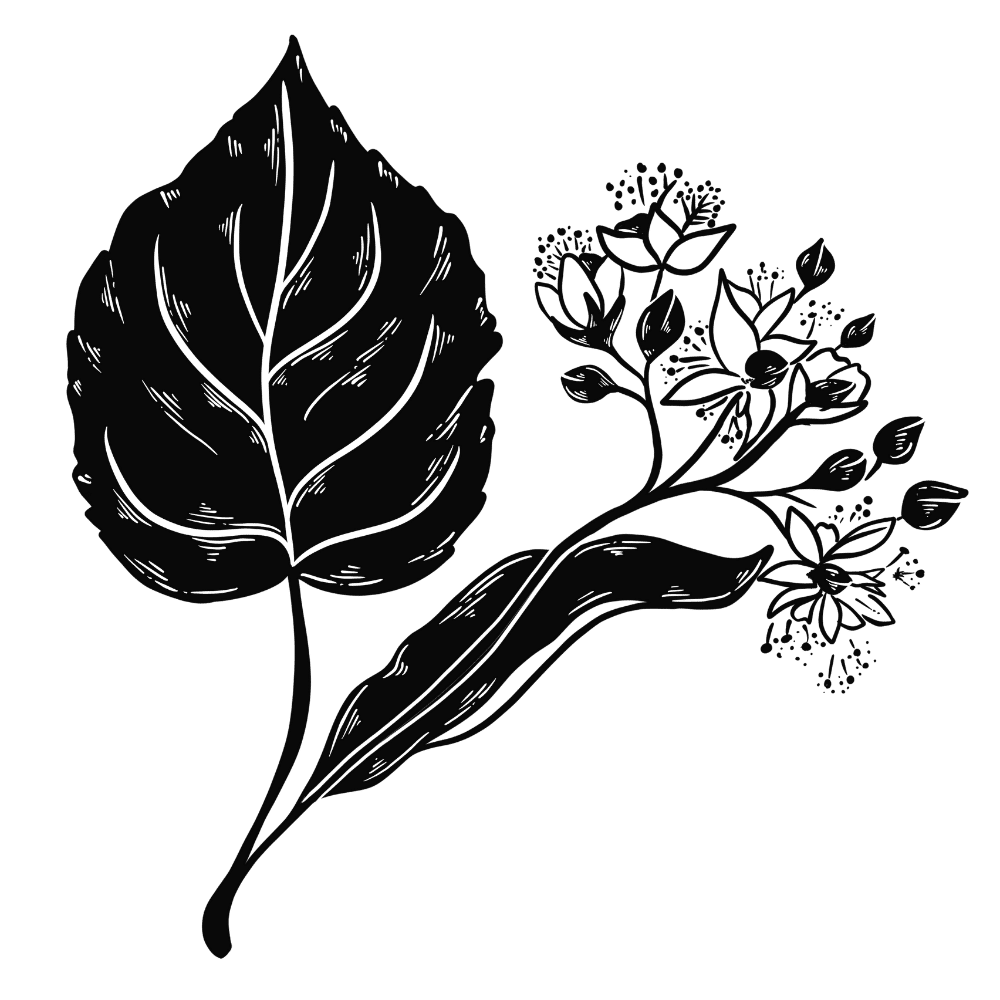
| Linden Flower | Tilia spp. | Relaxant 💤 |
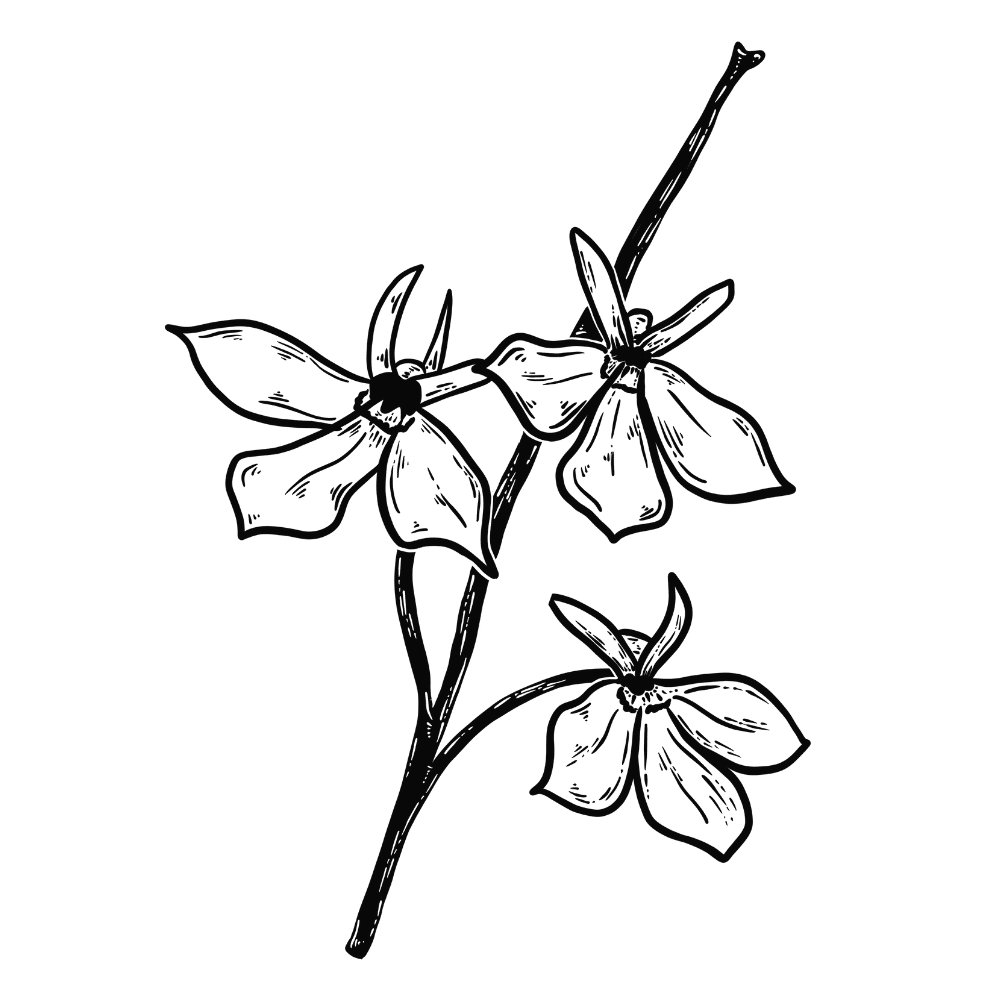
| Lobelia | Lobelia inflata | Tobacco Alternative 🚬 |
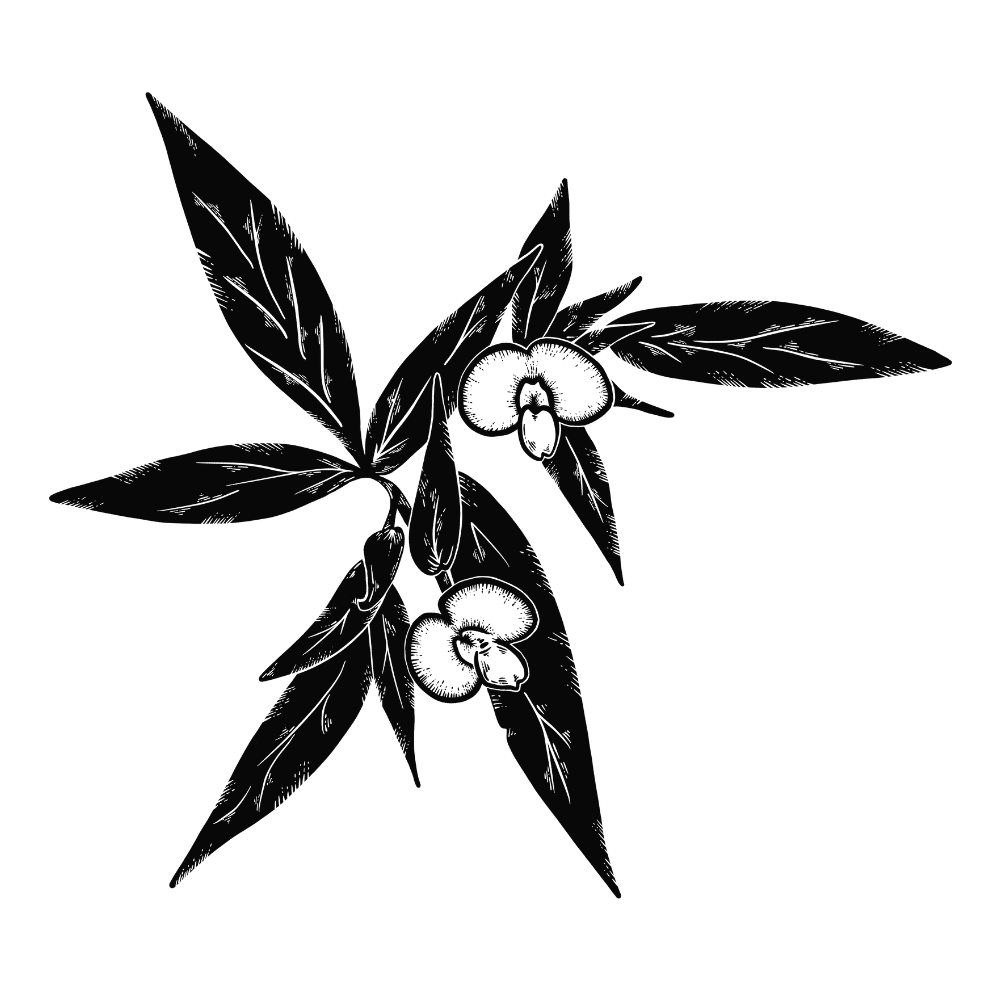
| Maconha Brava | Zornia latifolia | Psychoactive 🍄 |

| Marijuana | Cannabis sativa | Psychoactive 🍄 |

| Marjoram | Origanum majorana | Relaxant 💤 |
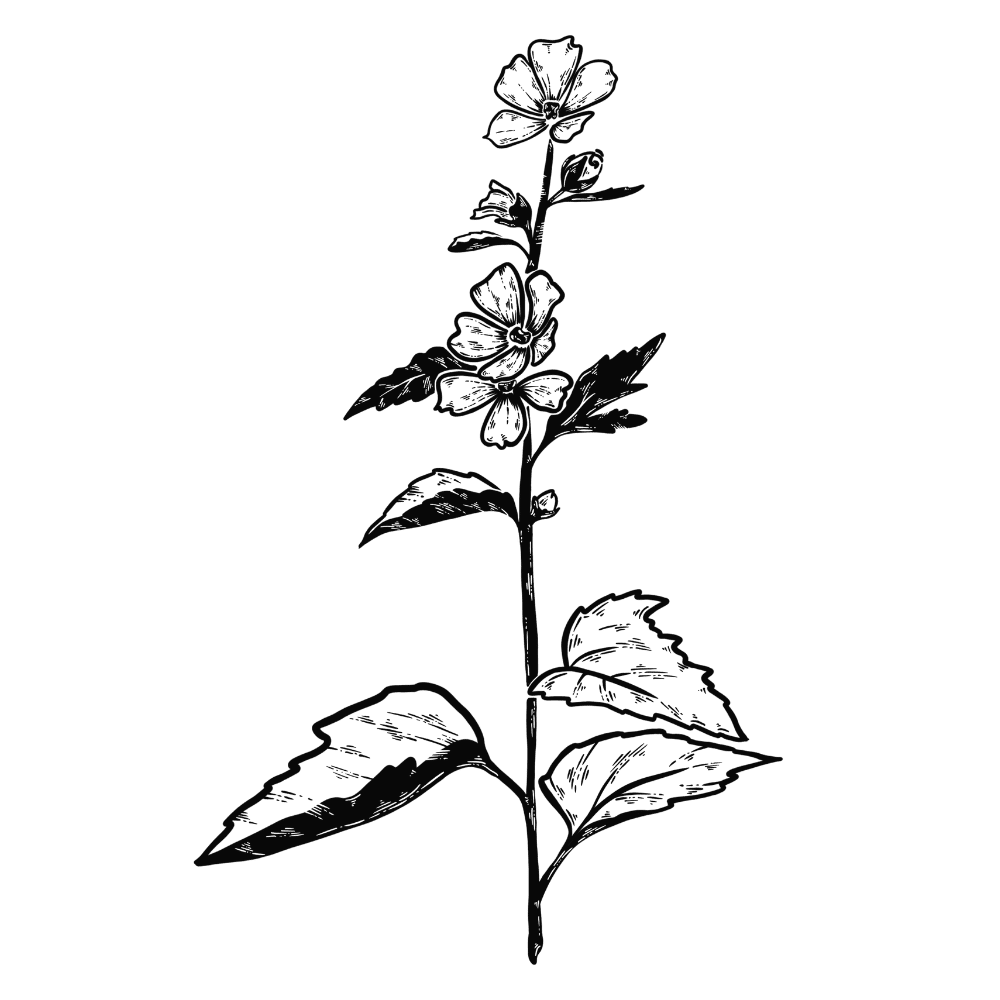
| Marshmallow | Althaea officinalis | Smoke Regulator ☁️ |
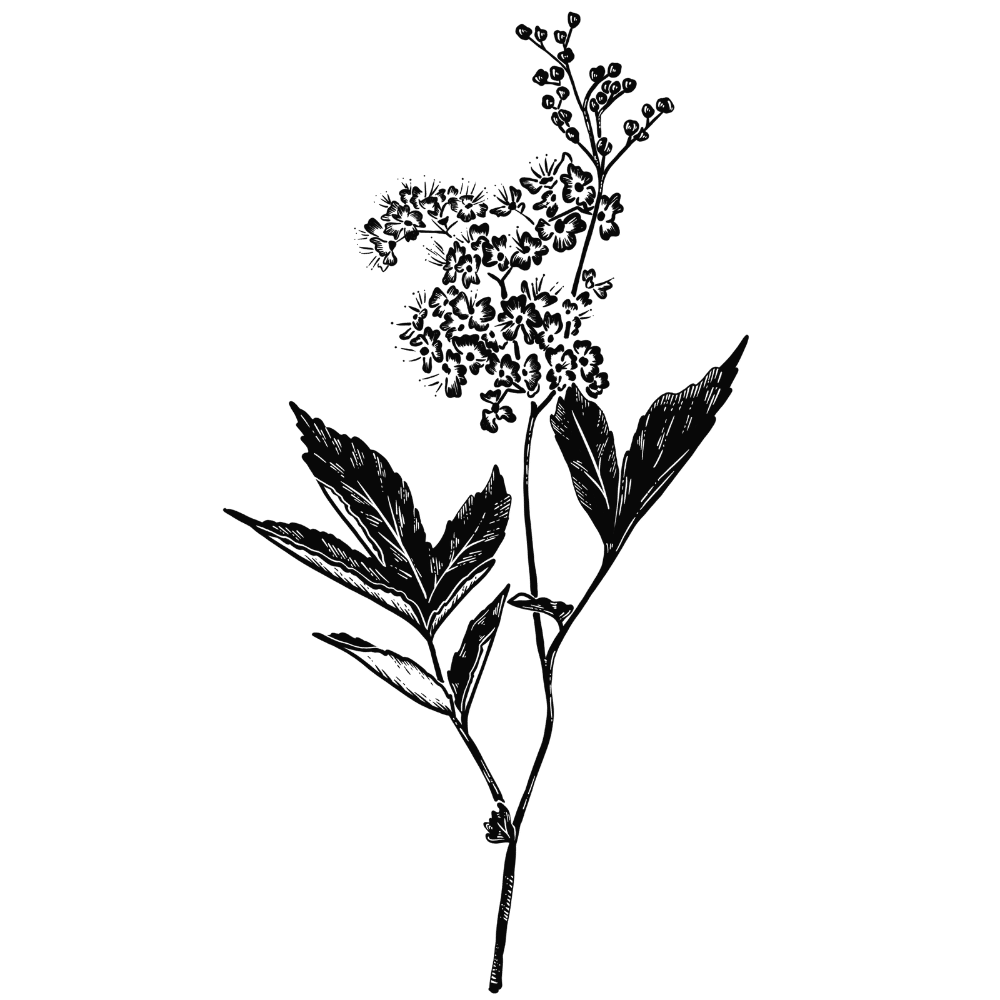
| Meadowsweet | Filipendula ulmaria | Painkiller 💊 |
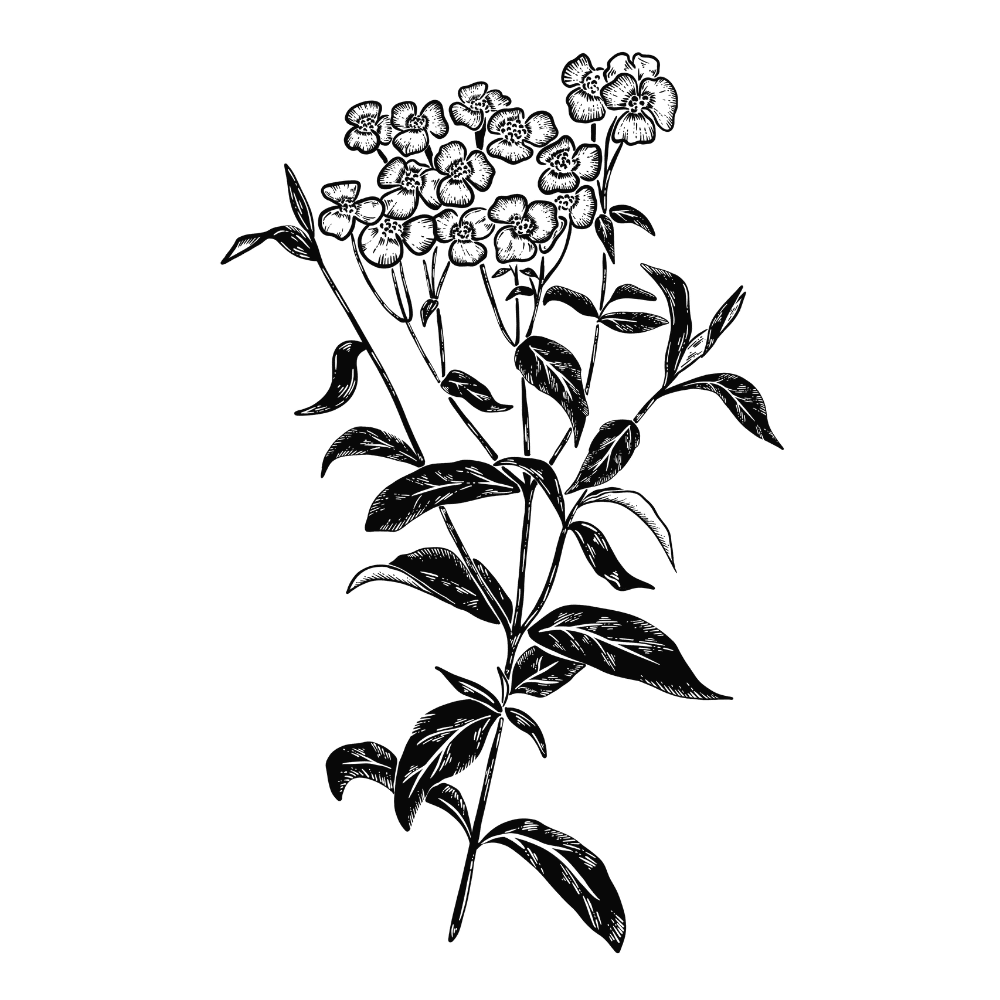
| Mexican Tarragon | Tagetes lucida | Potentiator 📈 |
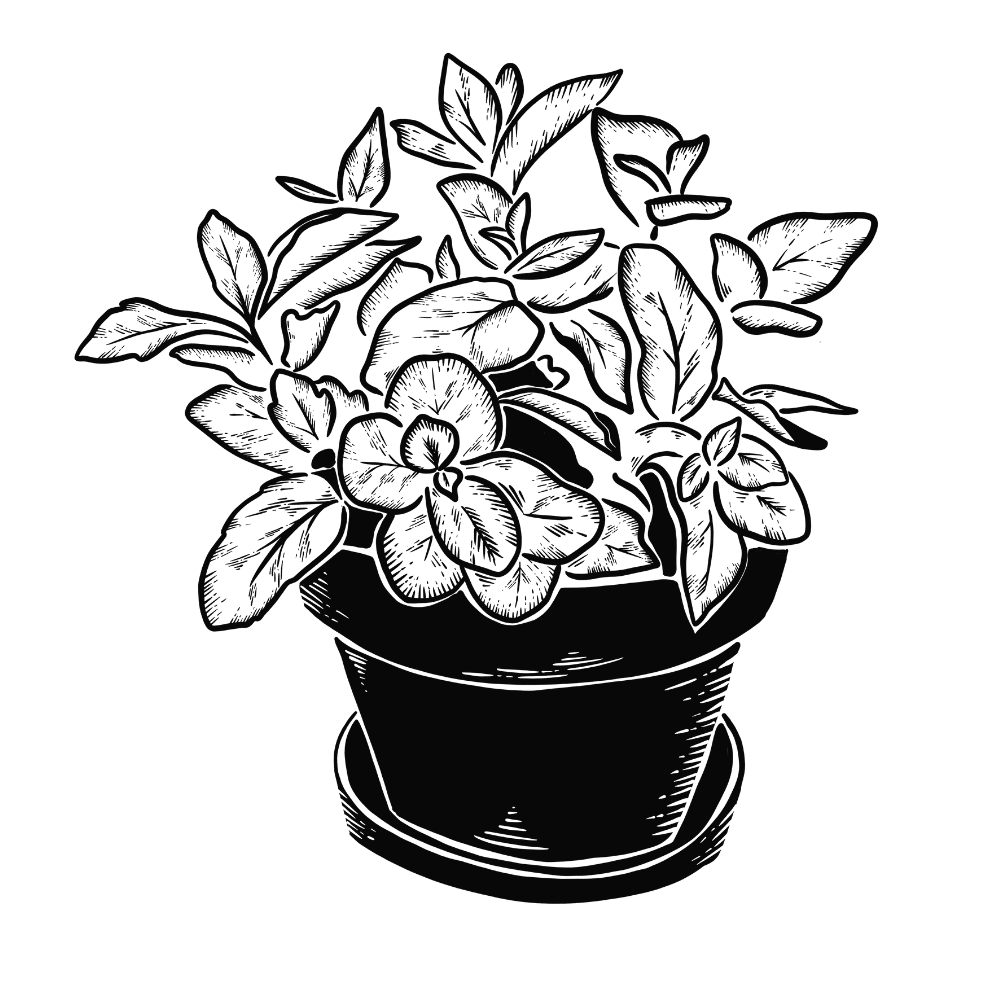
| Mint | Mentha spp. | Flavor Enhancer 🍬 |
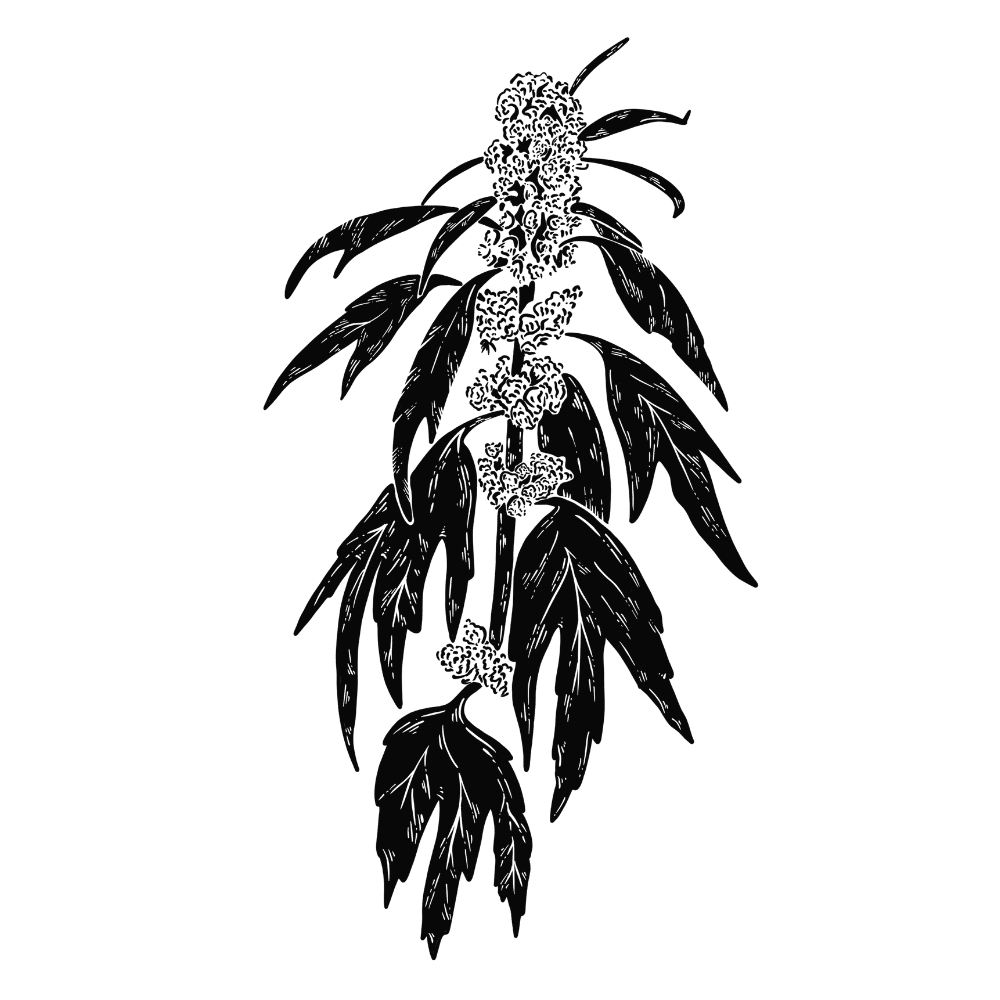
| Motherwort | Leonurus cardiaca | Mood-Enhancer ☀️ |
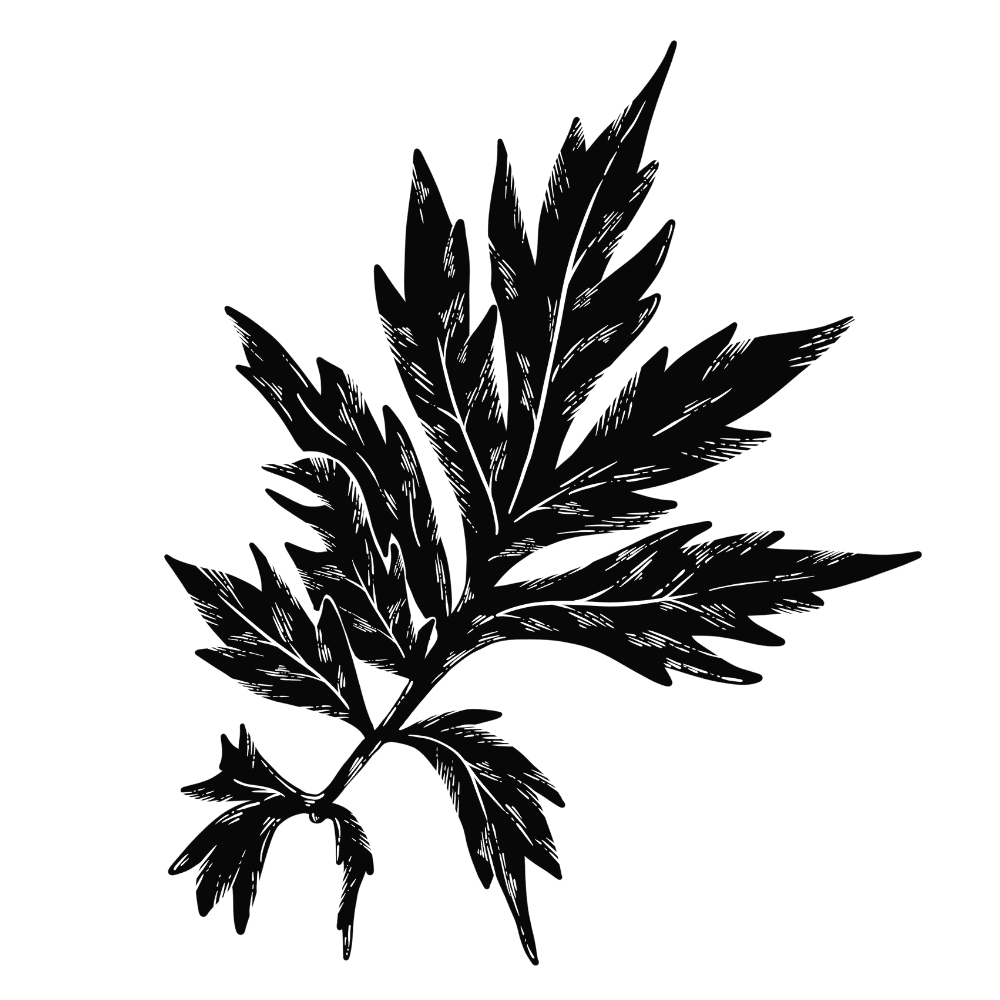
| Mugwort | Artemesia vulgaris | Dream-Inducer 🦋 |
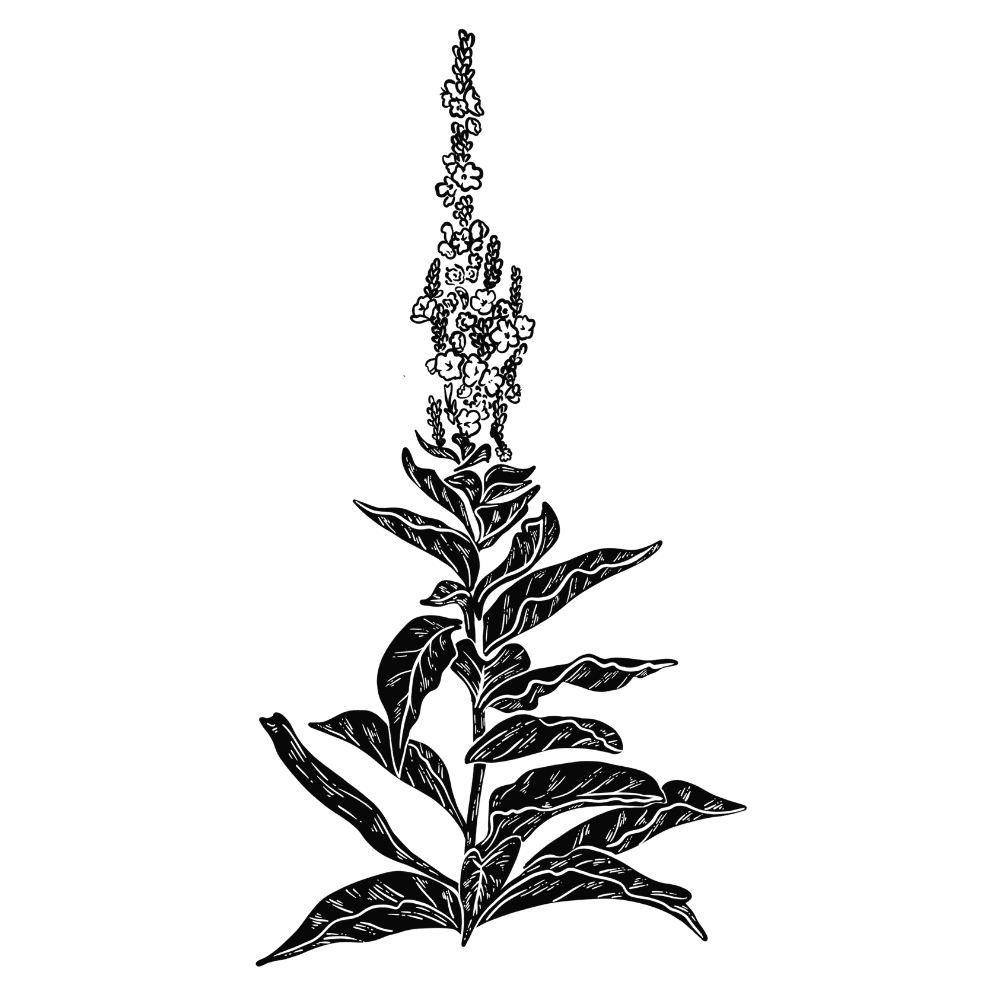
| Mullein | Verbascum thapsus | Smoke Regulator ☁️ |

| Nettle | Urtica dioica | Smoke Regulator ☁️ |
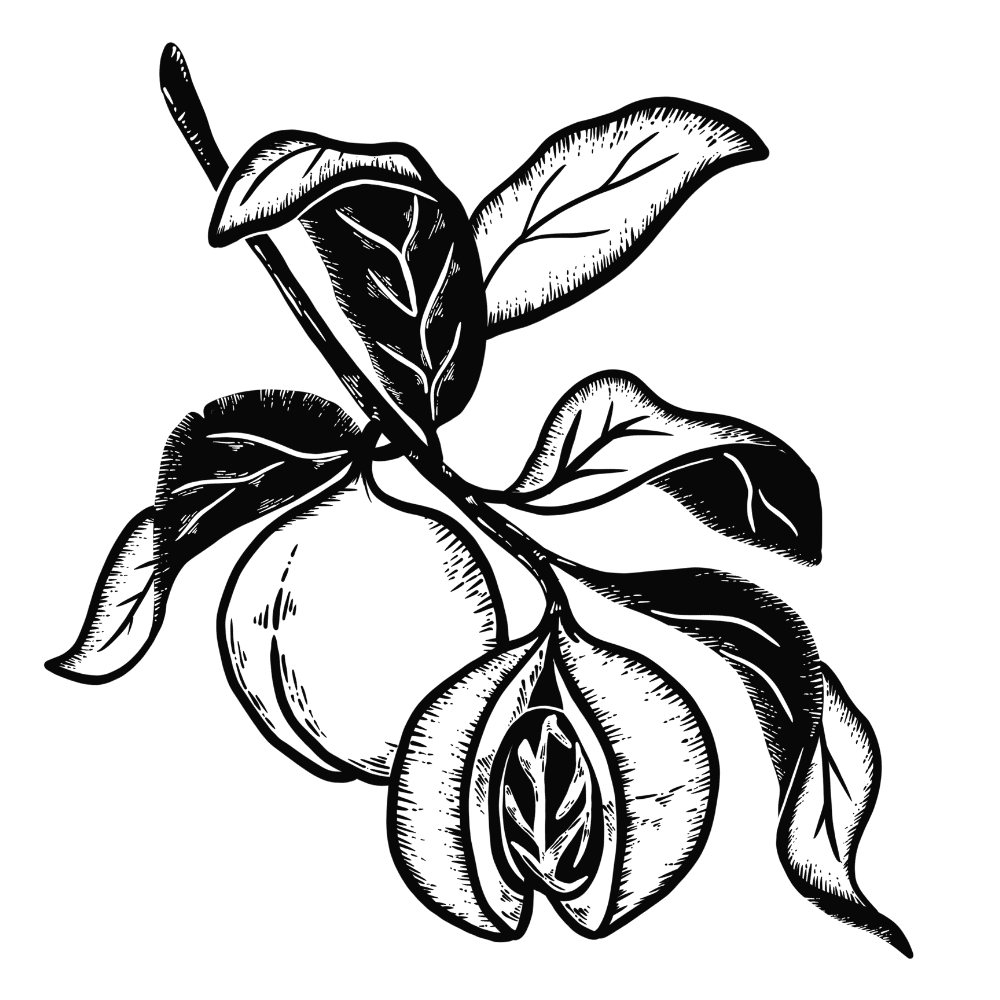
| Nutmeg | Myristica fragrans | Psychoactive 🍄 |
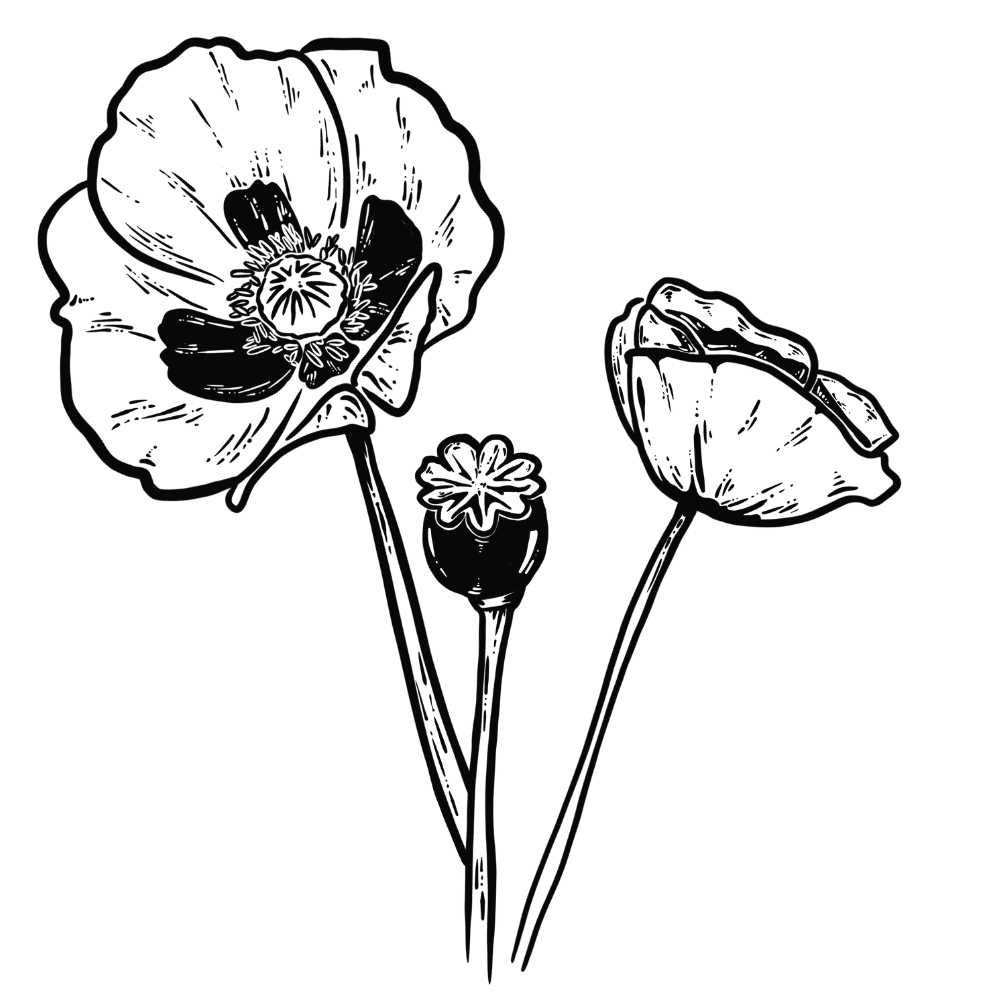
| Opium Poppy | Papaver somniferum | Psychoactive 🍄 |

| Oregano | Origanum vulgare | Flavor Enhancer 🍬 |
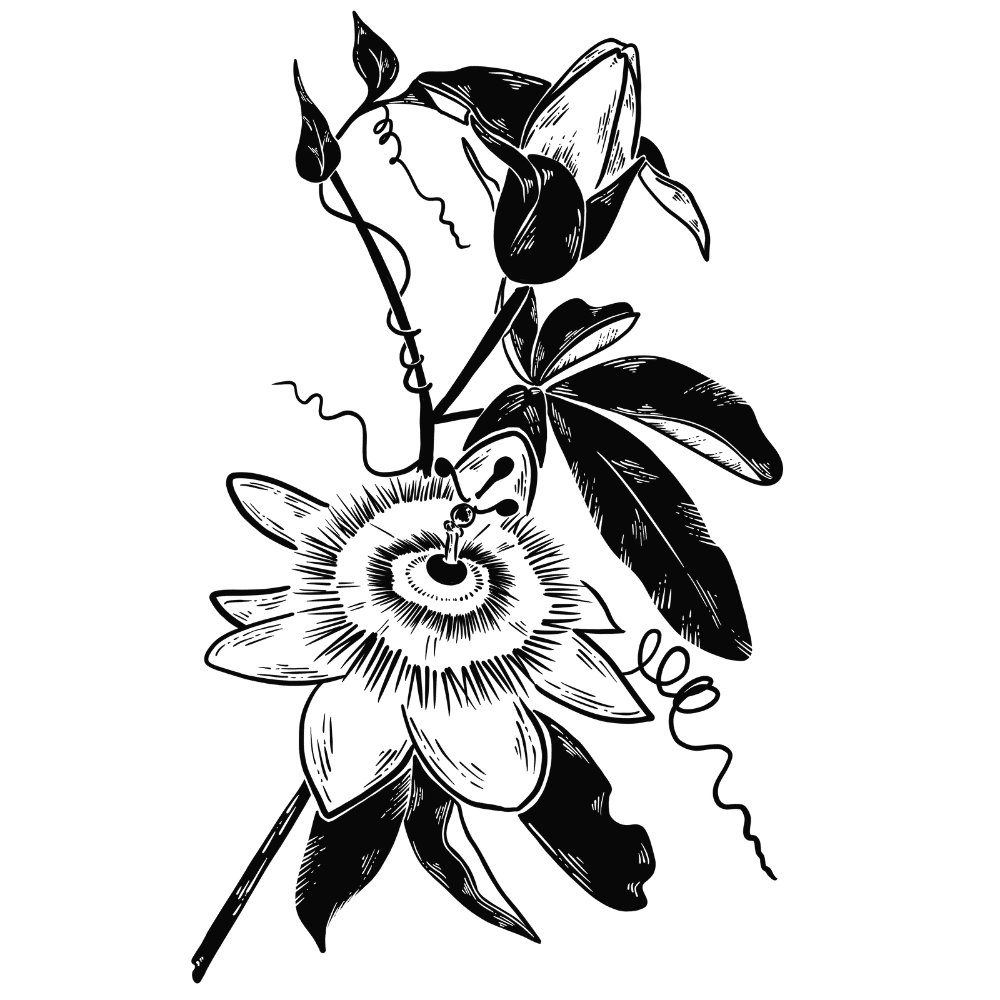
| Passionflower | Passiflora incarnata | Potentiator 📈 |
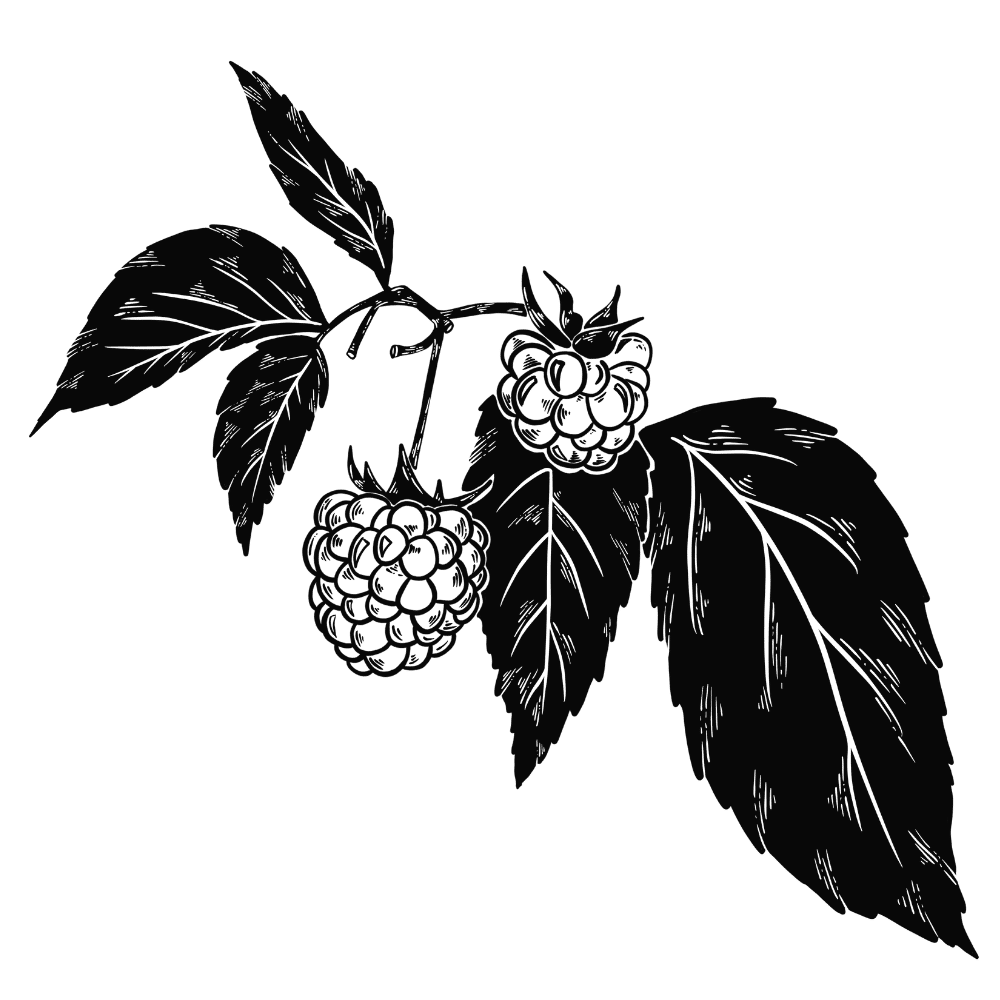
| Raspberry Leaf | Rubus idaeus | Smoke Regulator ☁️ |
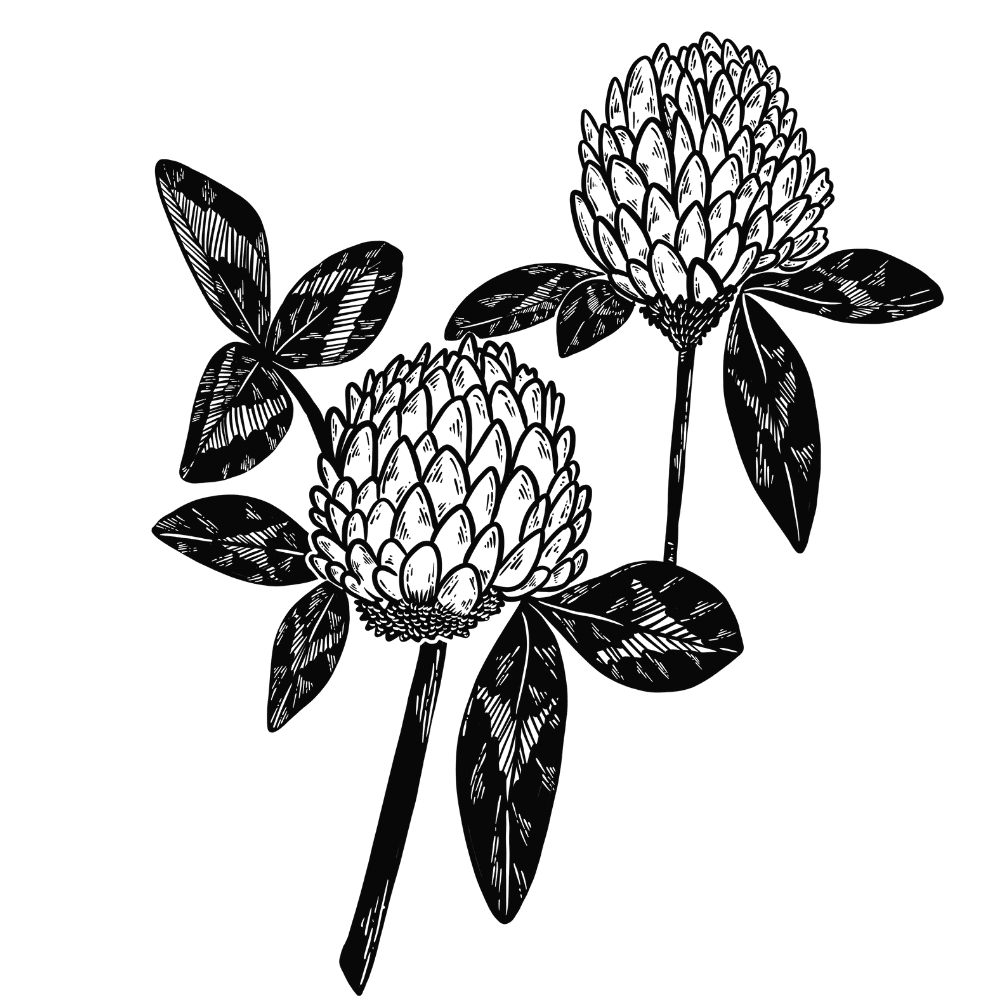
| Red Clover | Trifolium pratense | Flavor Enhancer 🍬 |
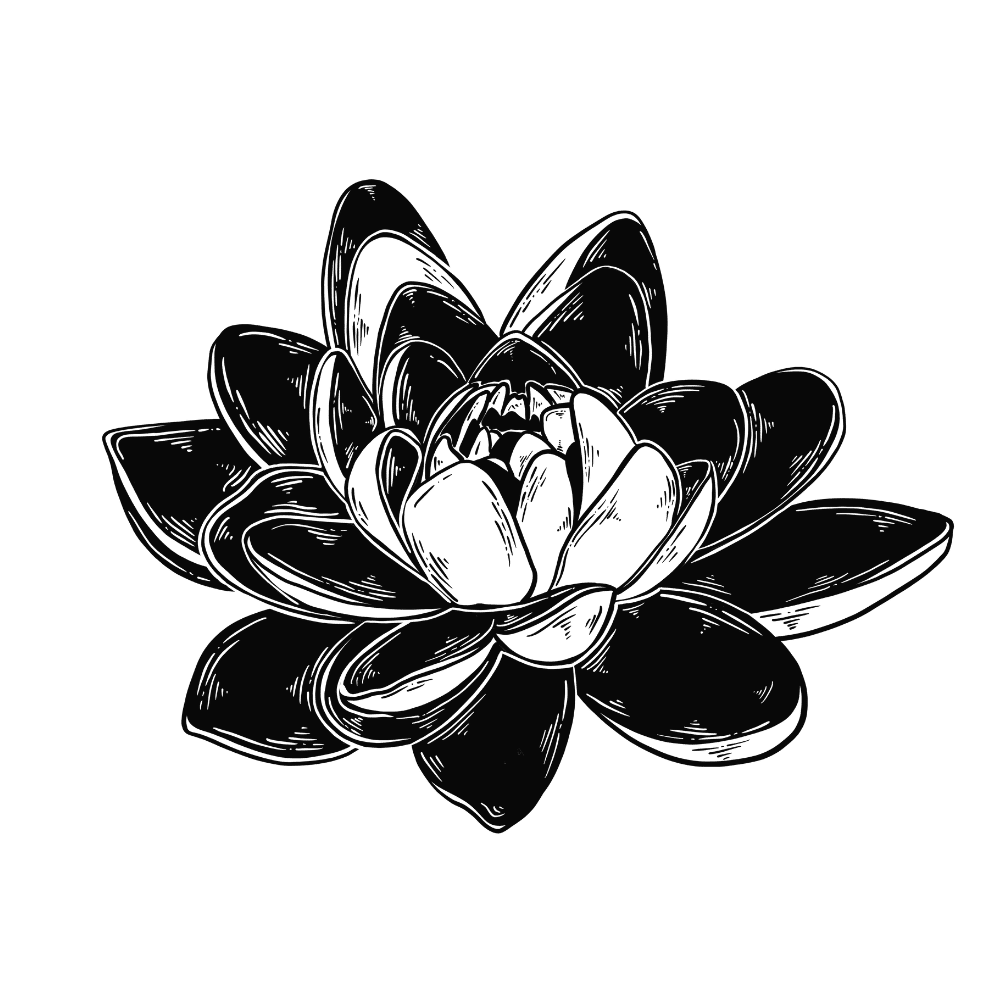
| Red Lotus | Nymphaea rubra | Psychoactive 🍄 |
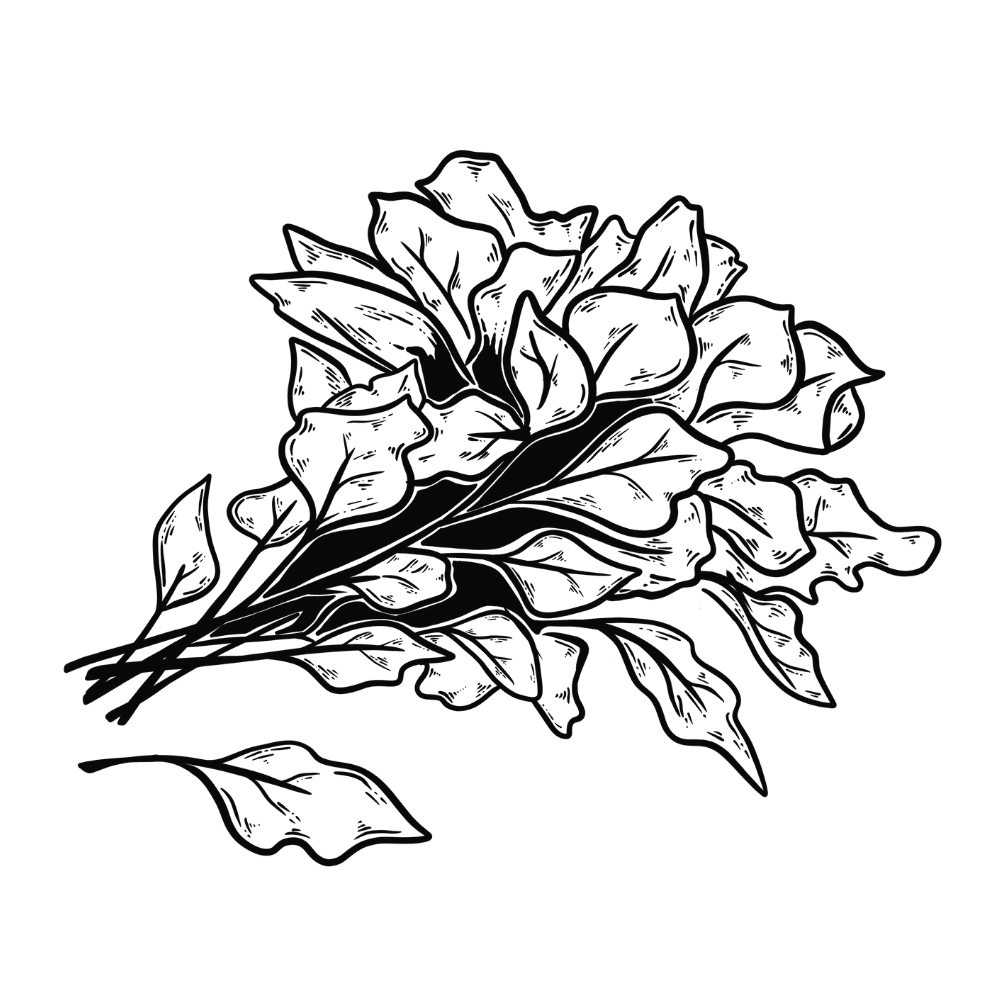
| Red Spinach | Amaranthus dubius | Flavor Enhancer 🍬 |
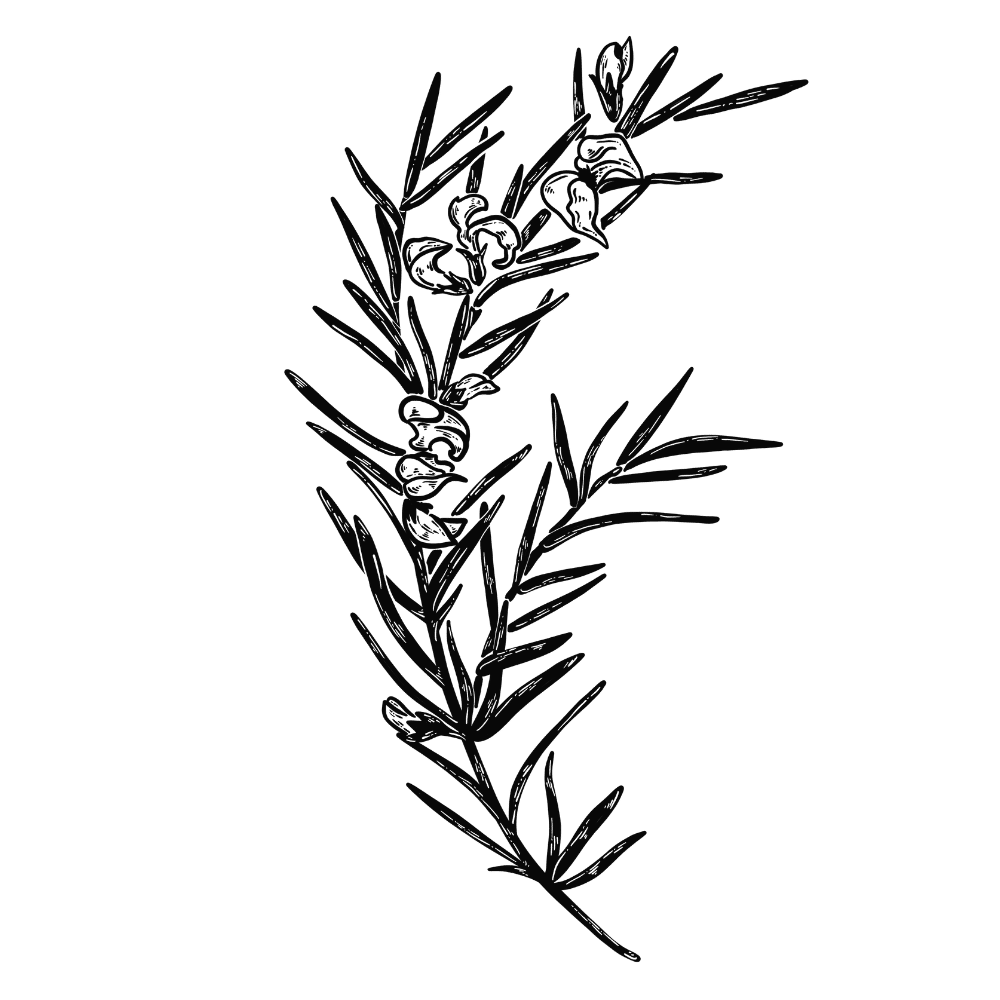
| Rooibos | Aspalathus linearis | Smoke Regulator ☁️ |

| Rose | Rosa spp. | Flavor Enhancer 🍬 |
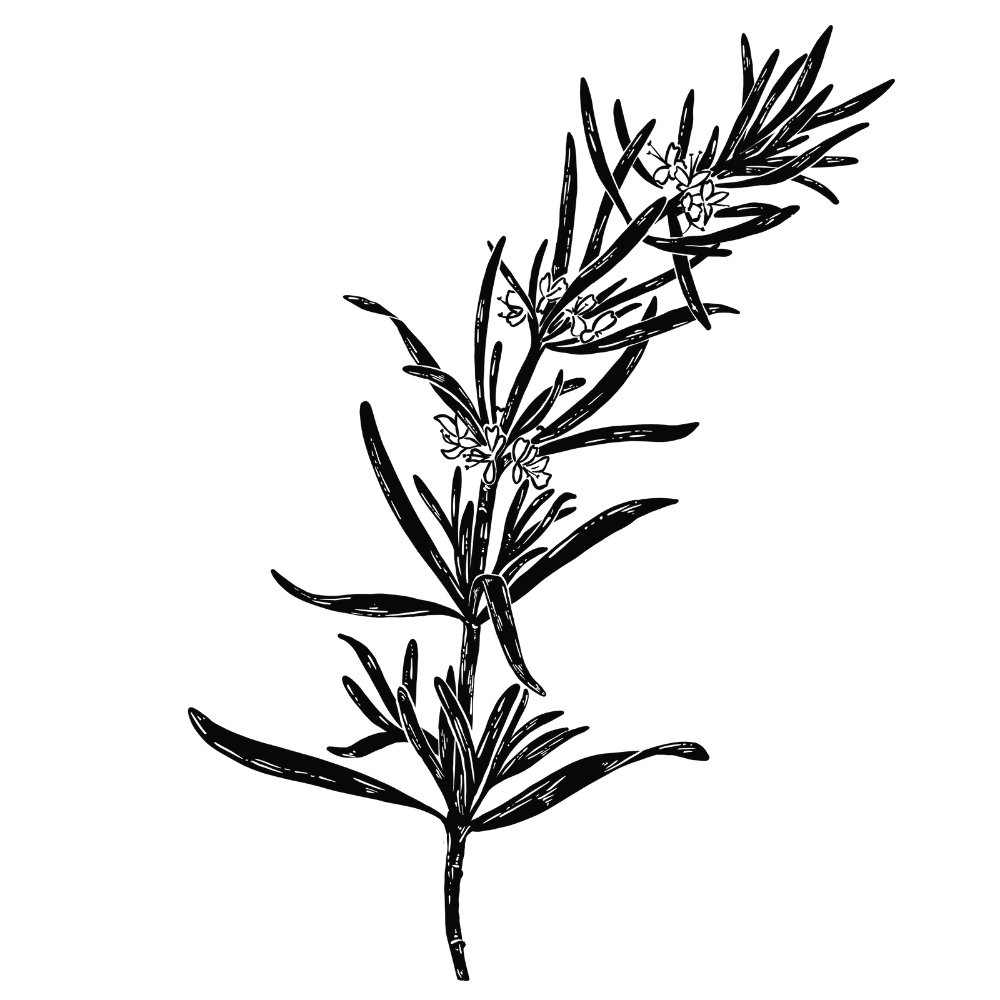
| Rosemary | Rosmarinus officinalis | Flavor Enhancer 🍬 |

| Sage | Salvia officinalis | Flavor Enhancer 🍬 |
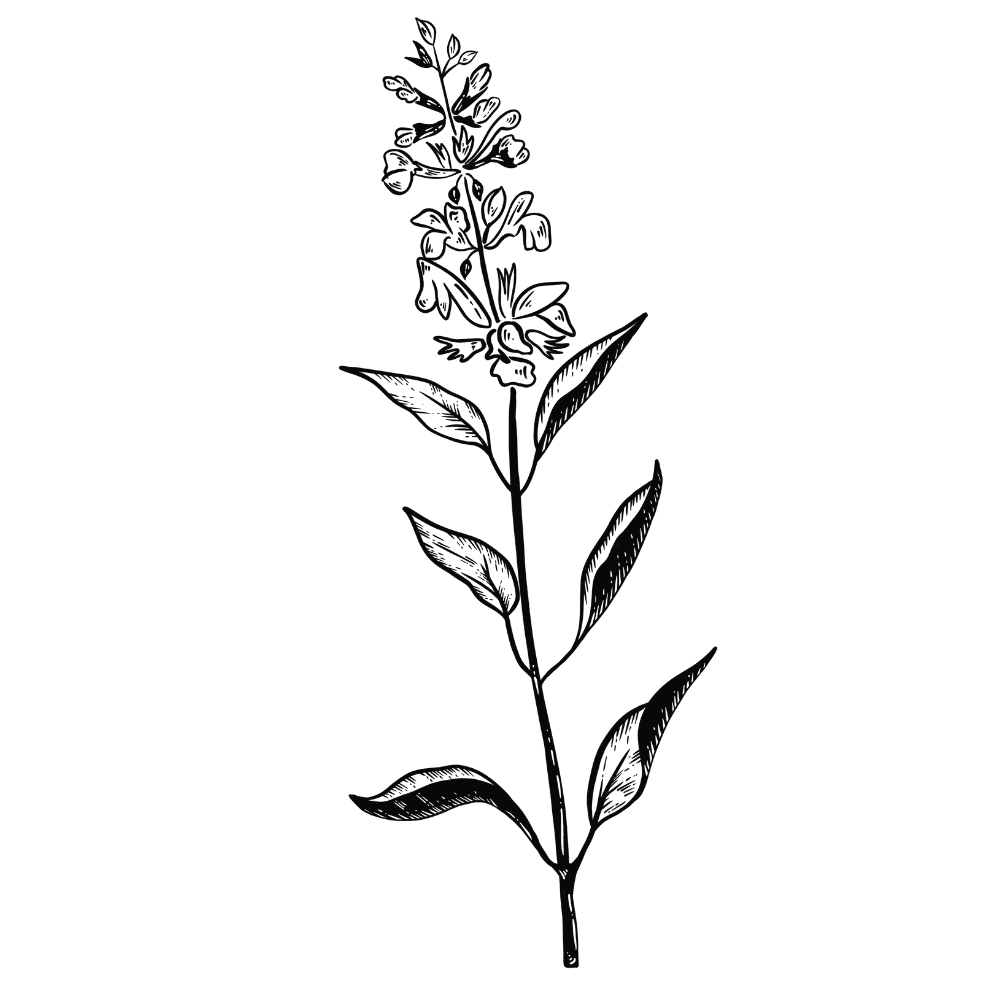
| Salvia | Salvia divinorum | Psychoactive 🍄 |
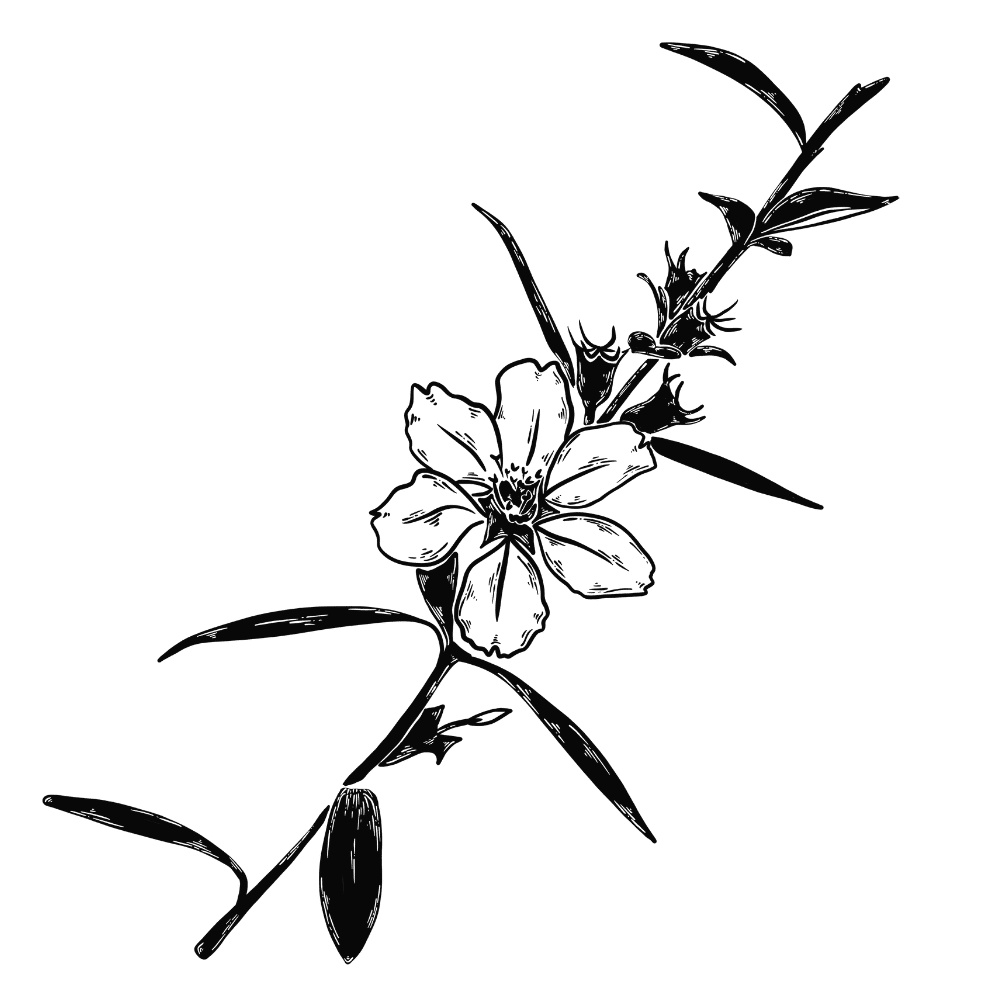
| Sinicuichi | Heimia salicifolia | Psychoactive 🍄 |
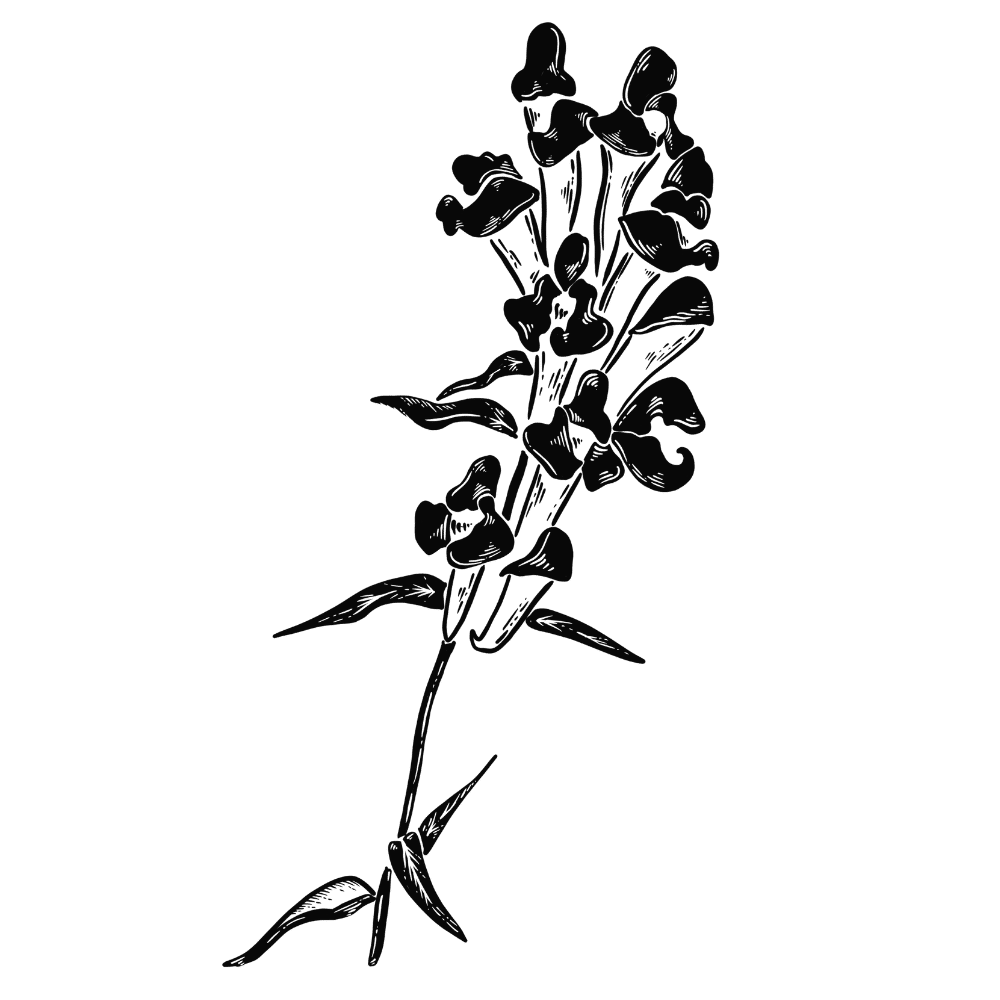
| Skullcap | Scutellaria lateriflora | Mood-Enhancer ☀️ |
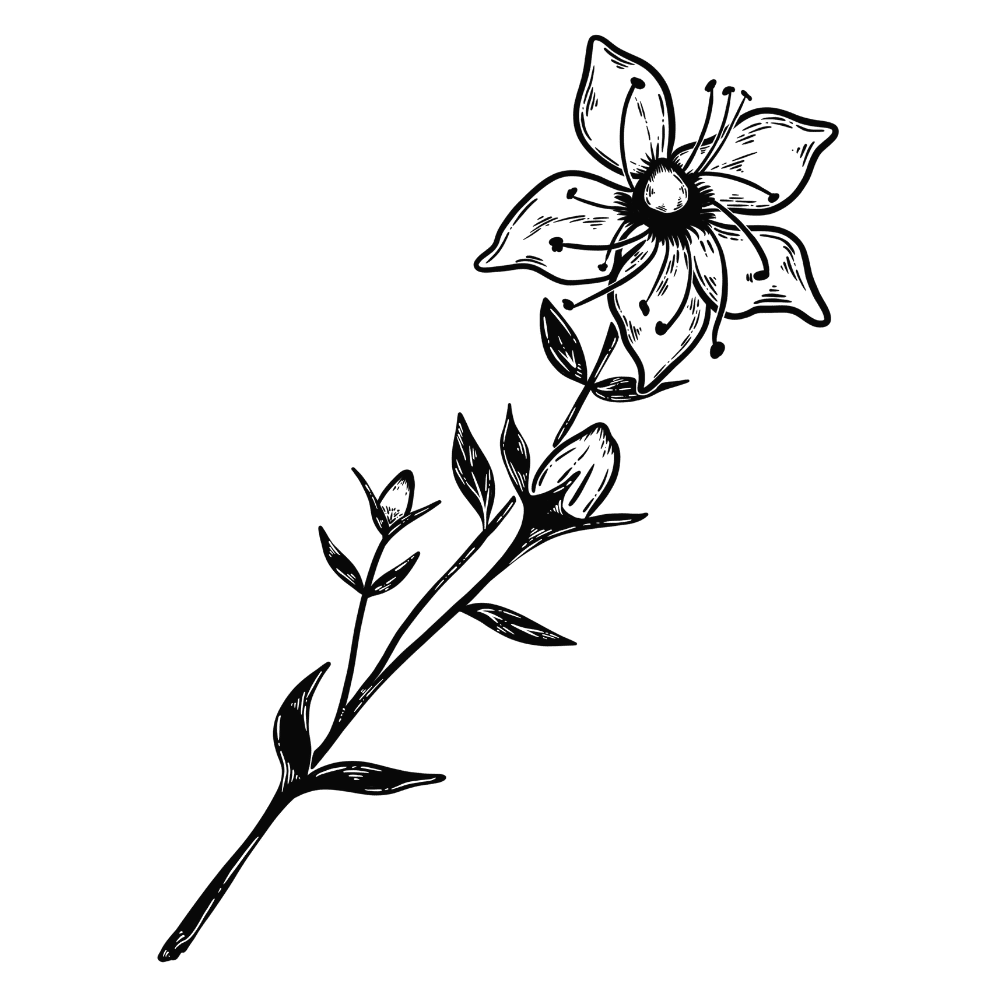
| St. John’s Wort | Hypericum perforatum | Mood-Enhancer ☀️ |
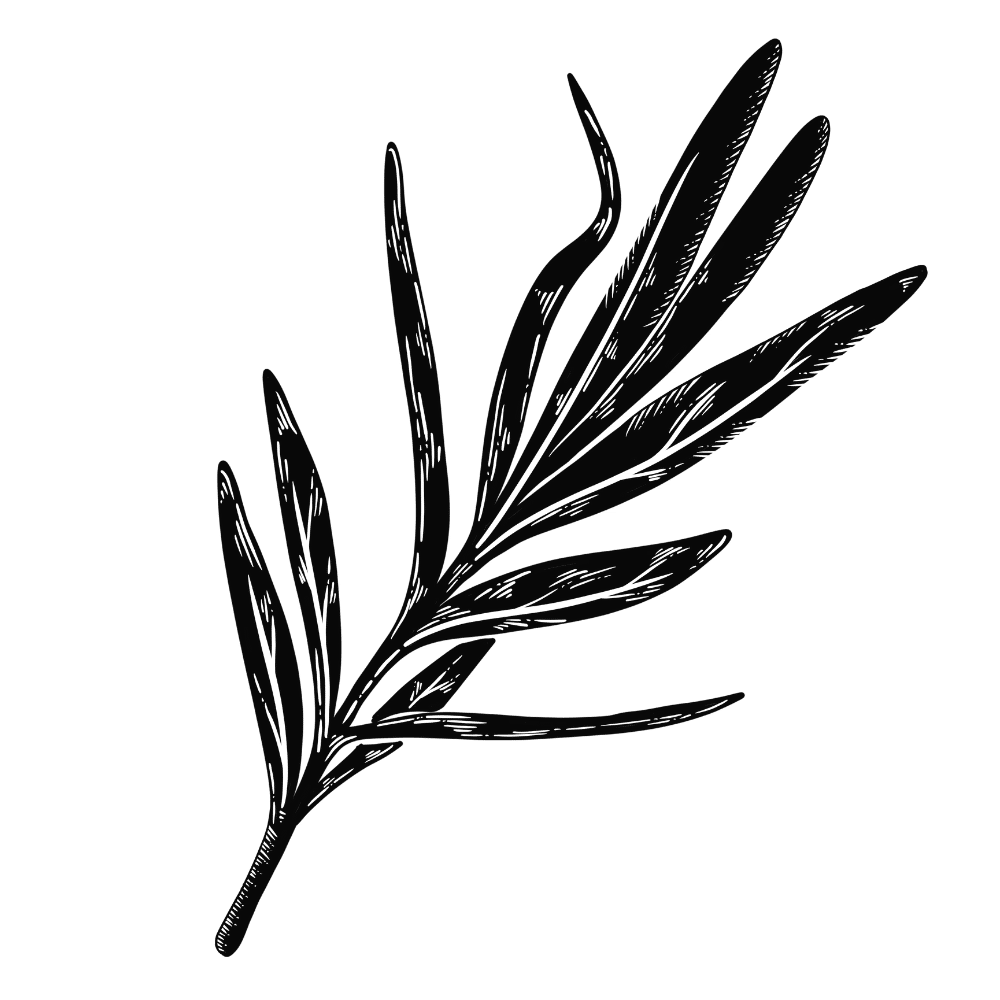
| Tarragon | Artemisia dracunculus | Flavor Enhancer 🍬 |
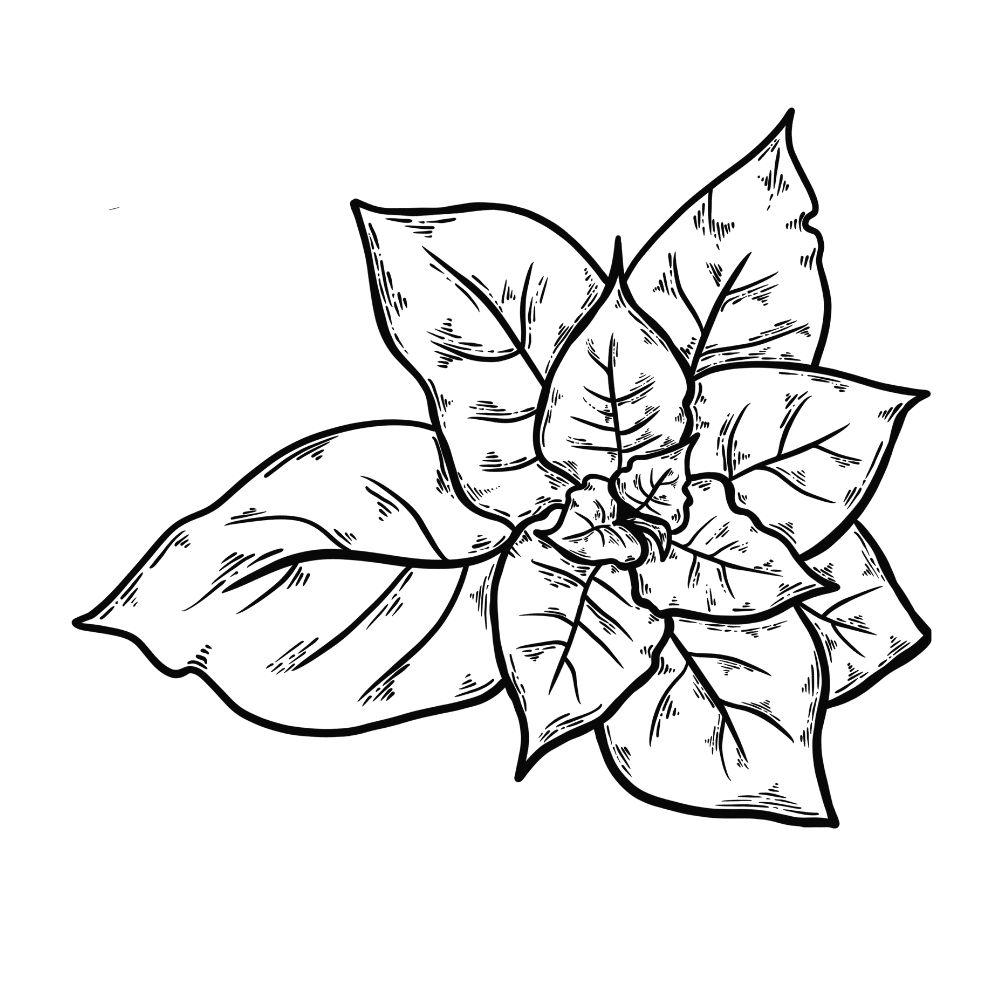
| Tobacco | Nicotiana spp. | Smoke Regulator ☁️ |
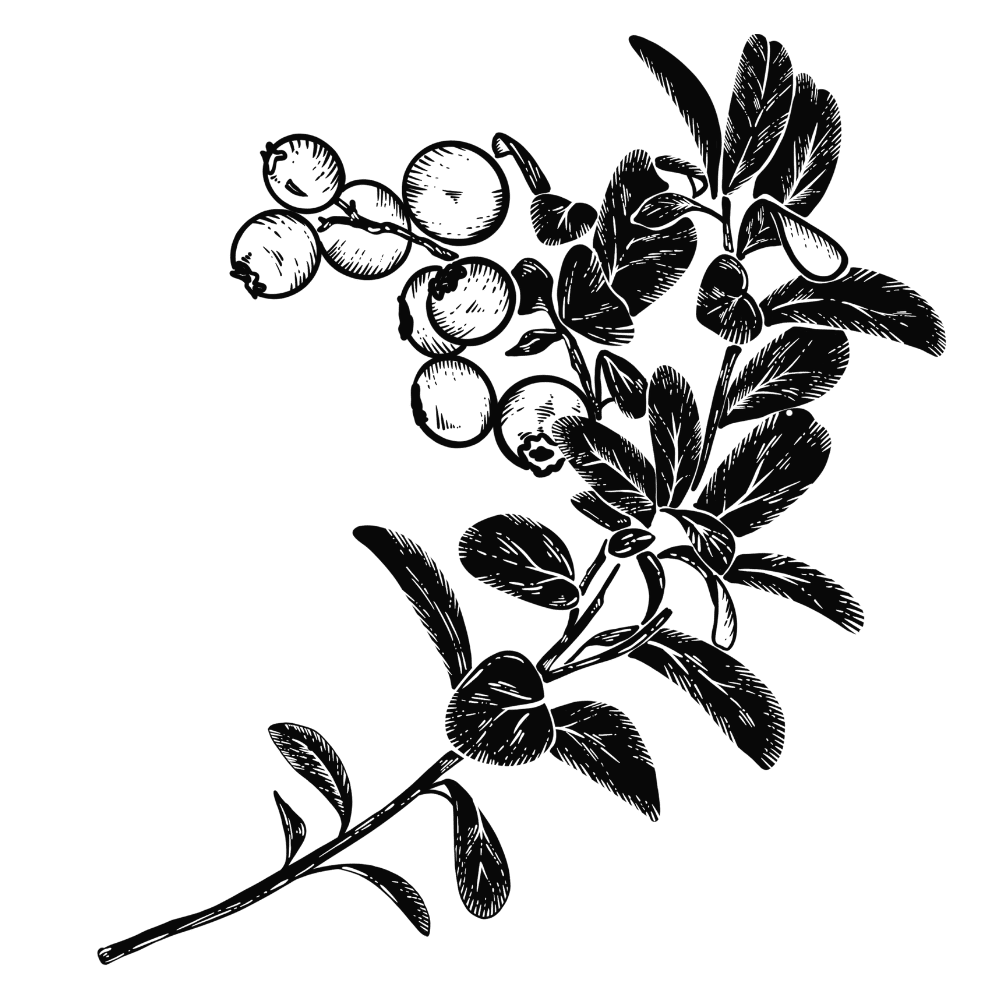
| Uva-Ursi | Arctostaphylos uva-ursi | Psychoactive 🍄 |
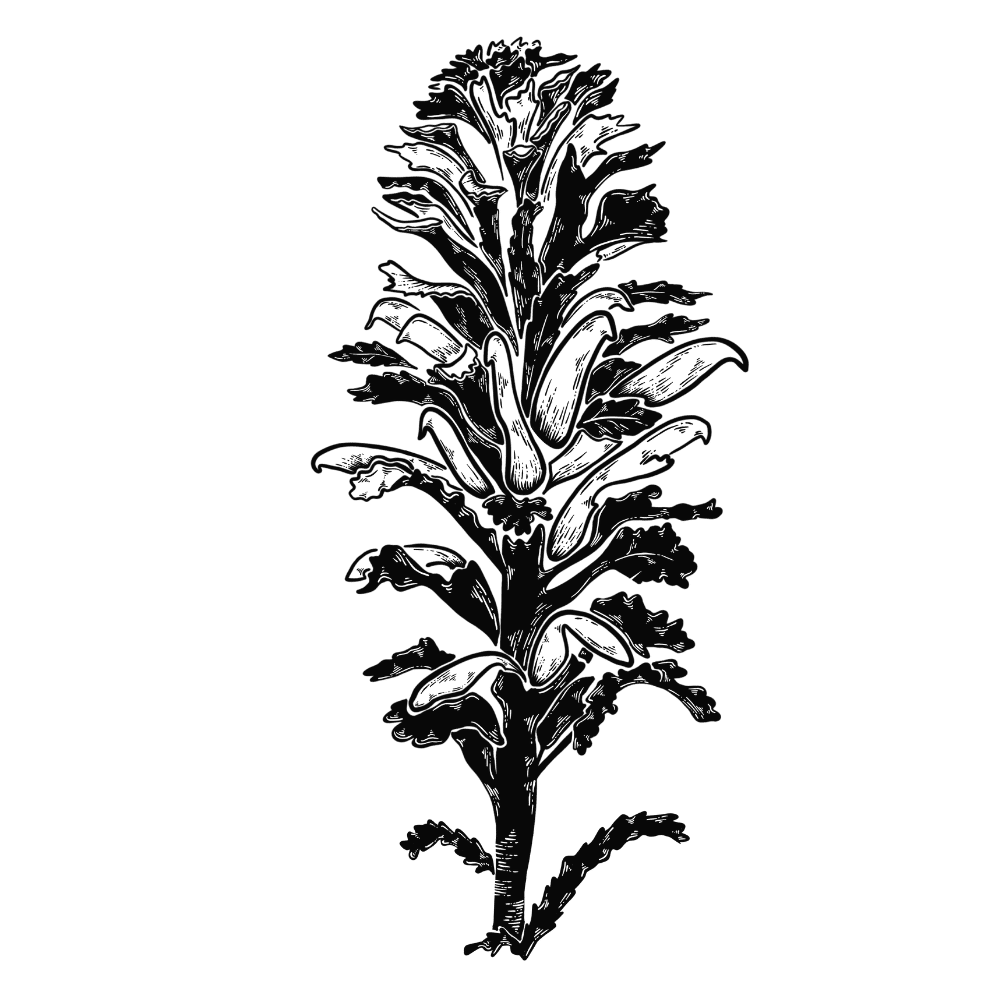
| Warrior’s Plume | Pedicularis densiflora | Energizer 🔋 |
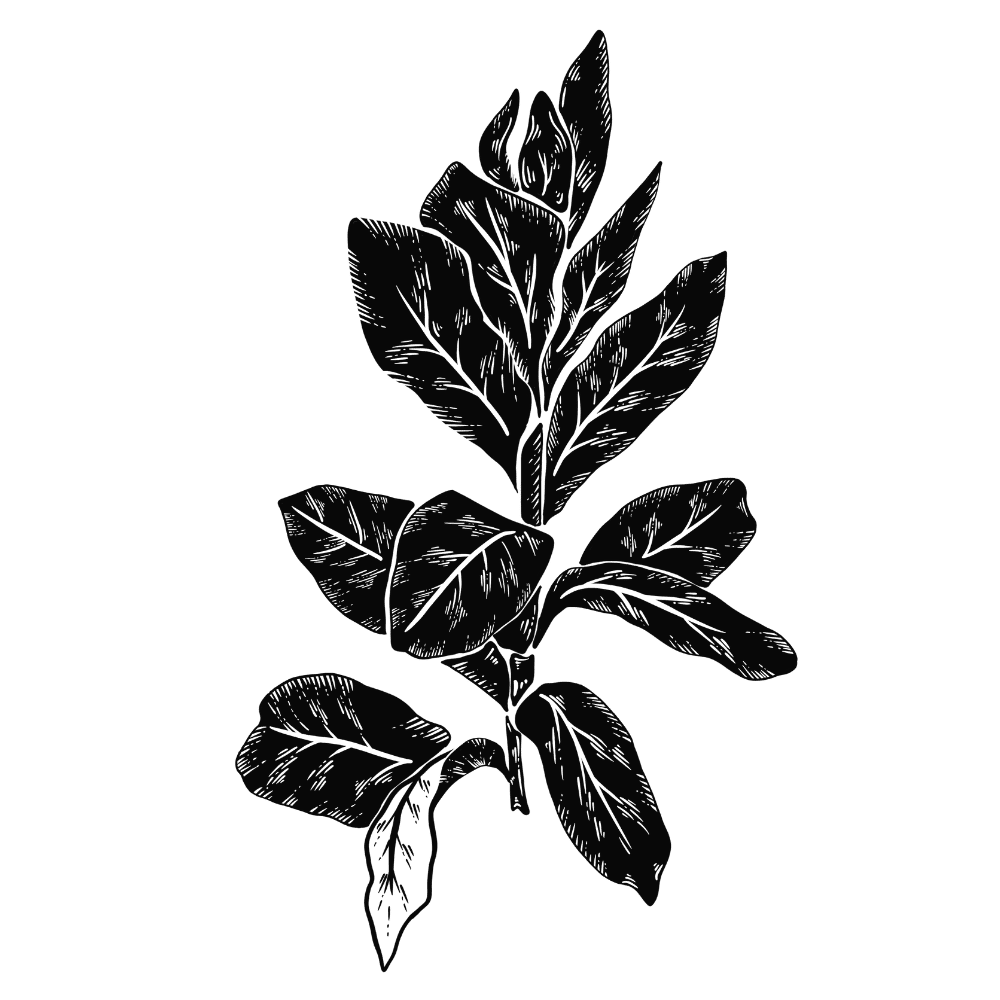
| Wild Lettuce | Lactuca virosa | Psychoactive 🍄 |
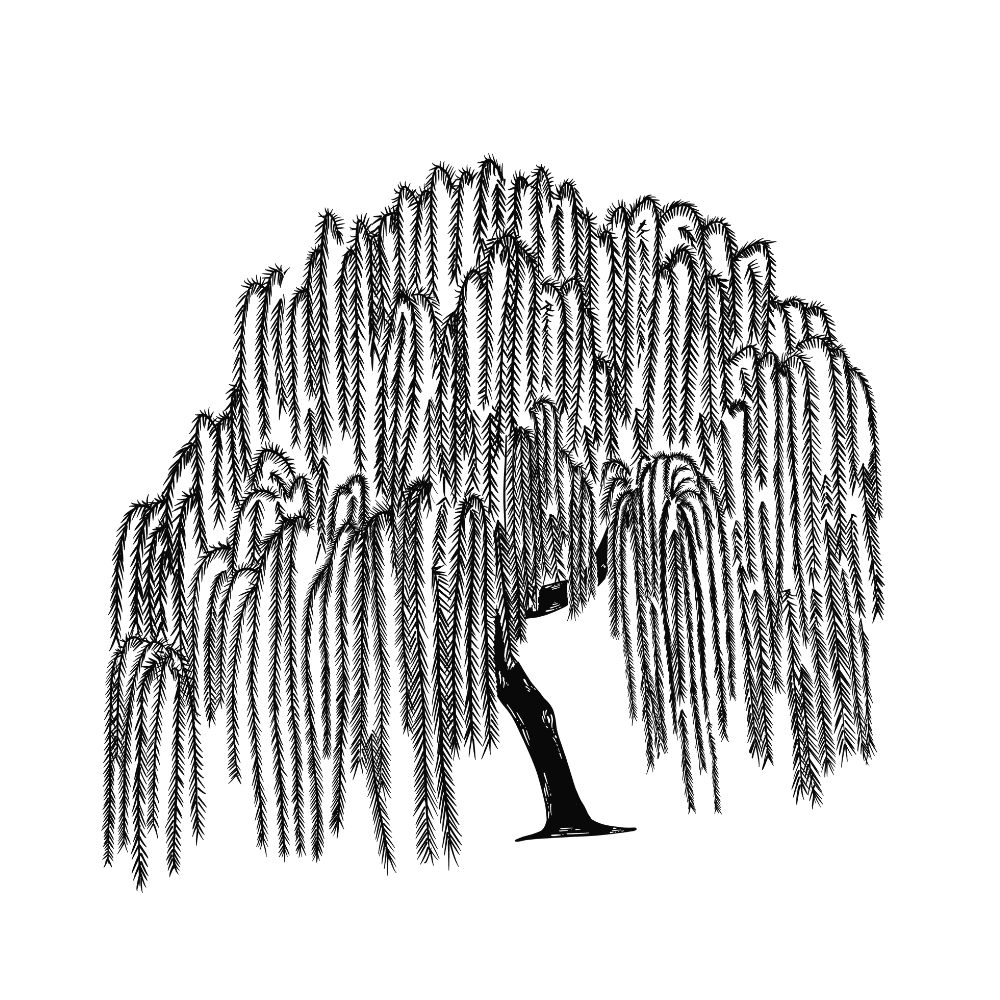
| Willow | Salix alba | Painkiller 💊 |
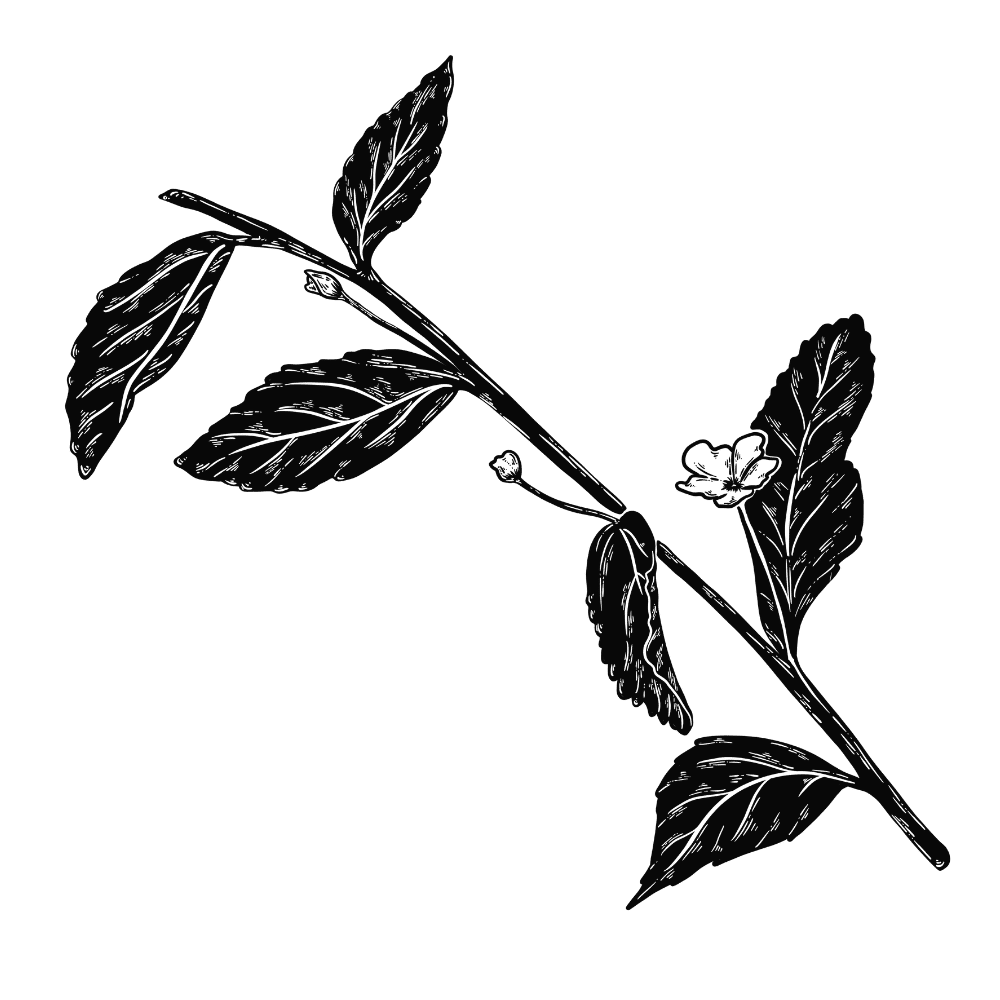
| Wireweed | Sida acuta | Energizer 🔋 |

| Wood Betony | Stachys officinalis | Relaxant 💤 |
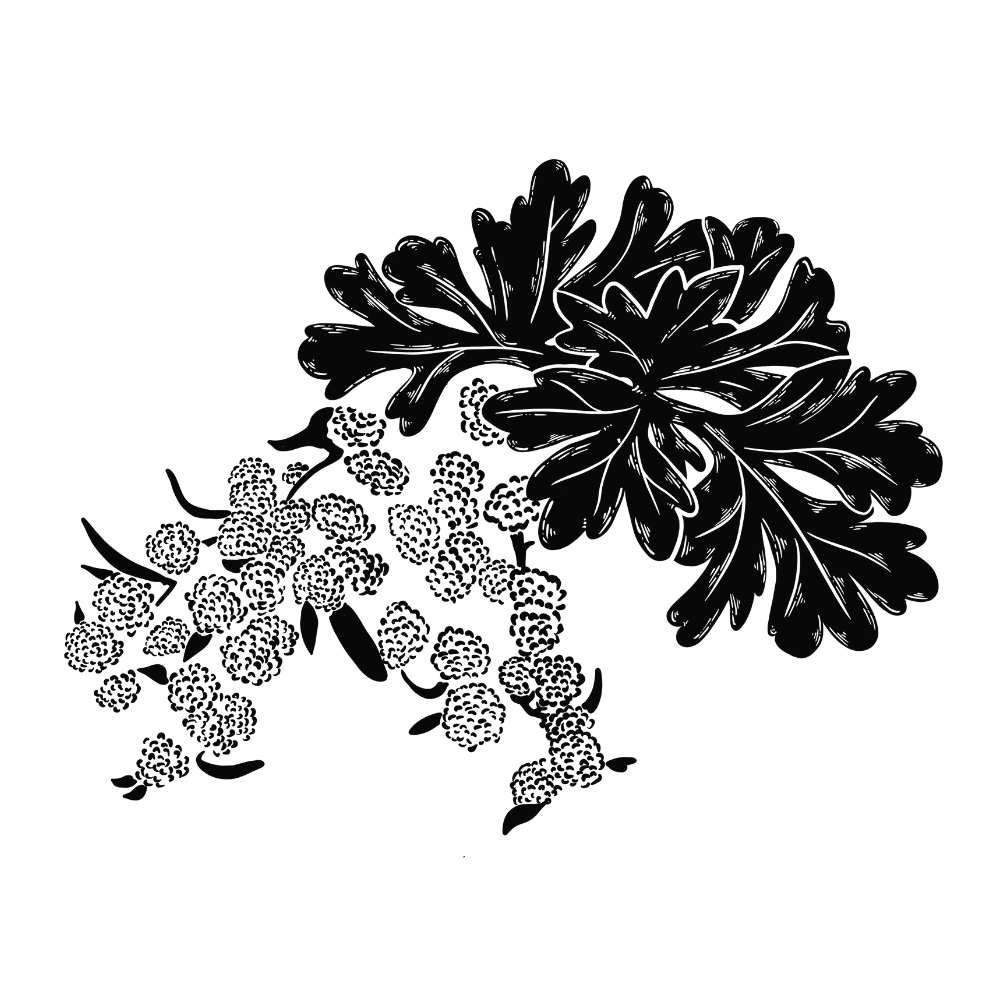
| Wormwood | Artemisia absinthium | Psychoactive 🍄 |
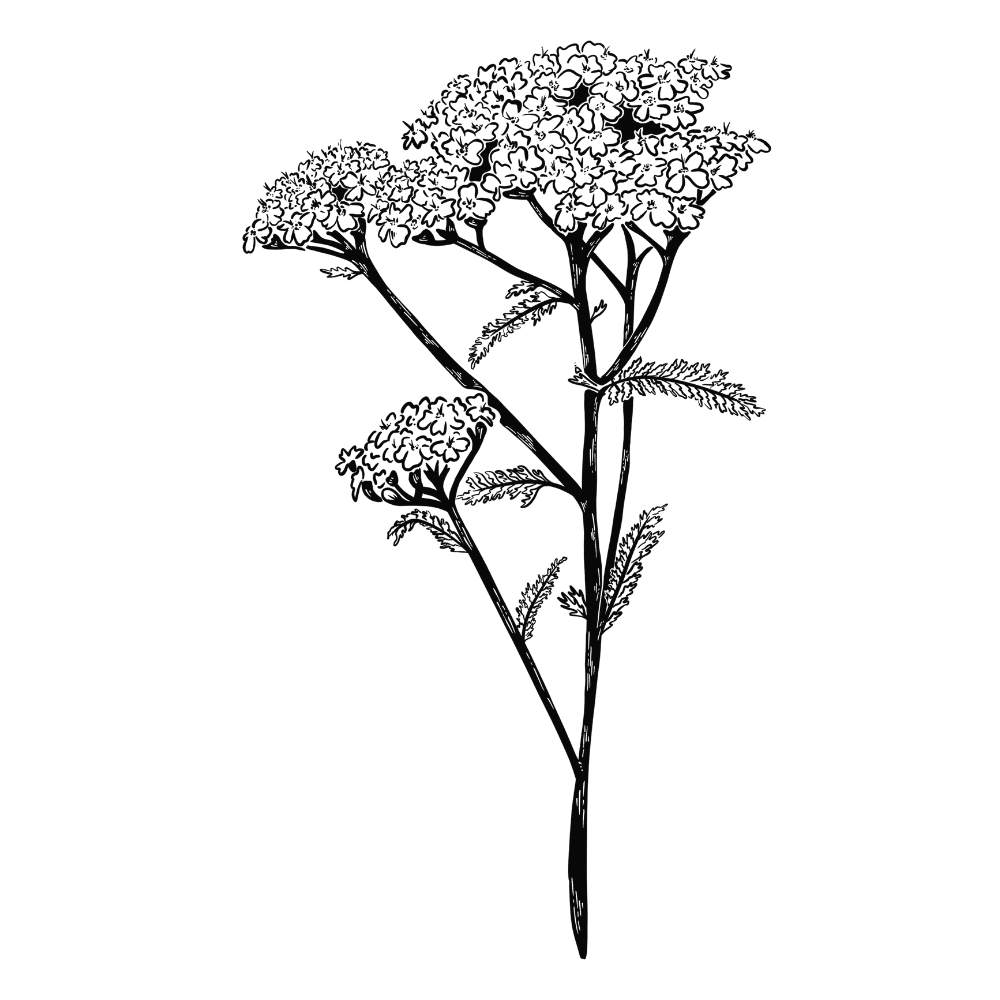
| Yarrow | Achillea millefolium | Potentiator 📈 |
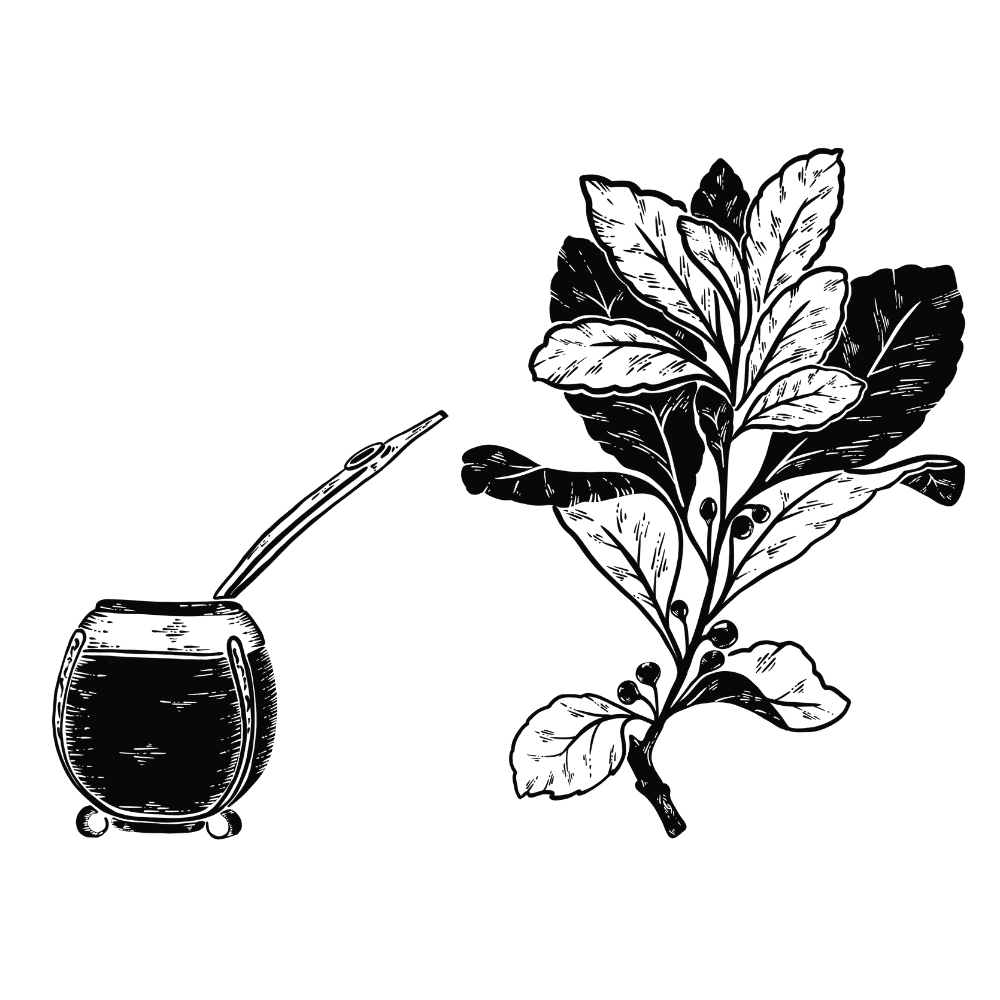
| Yerba Maté | Ilex paraguariensis | Energizer 🔋 |
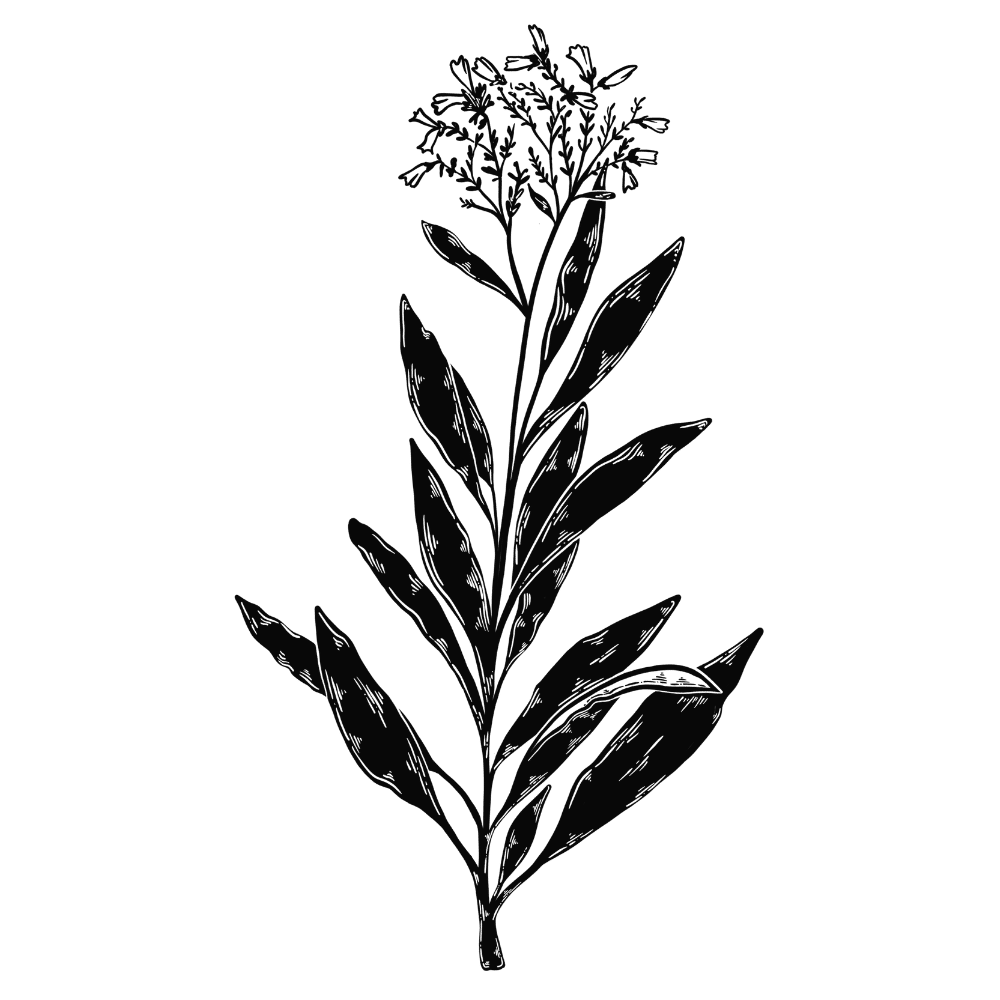
| Yerba Santa | Eriodictyon californicum | Smoke Regulator ☁️ |
1. African Dream Herb
The African dream herb (Entada rheedii) is most commonly used to help the user attain a state of lucid dreaming. The dried beans were typically crushed and mixed with tobacco to smoke or infused into water to make tea.
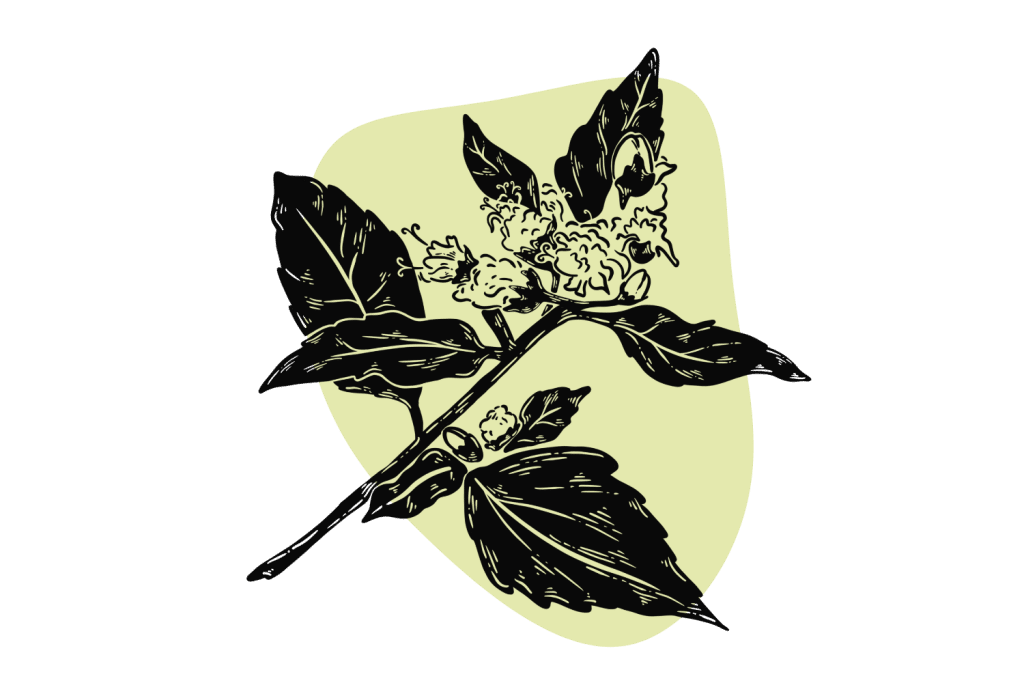
2. Angelica
Angelica (Angelica archangelica) is mainly used as a flavoring for herbal smoking blends. This herb doesn’t offer much advantage in terms of effects when used this way, but it can cut down the harshness of other herbs in the mix.
Orally, angelica has many uses as a herbal bitter — such as stimulating digestion, easing nausea, or improving sleep quality.
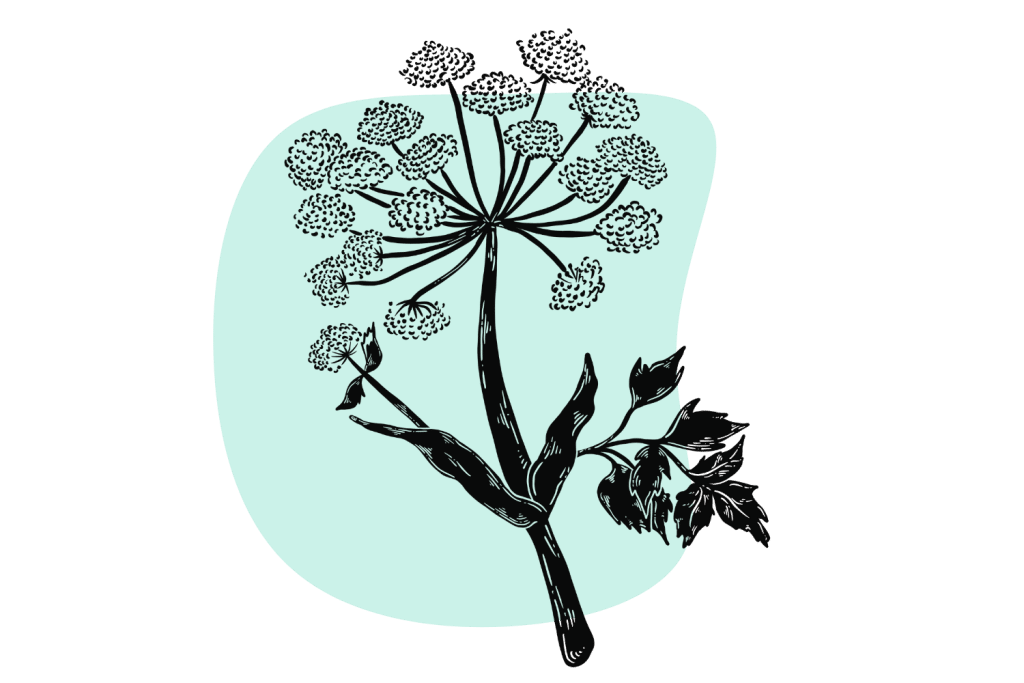
3. Bay Bean
Bay bean (Canavalia rosea), sometimes called beach bean, is a tropical member of the Fabaceae (pea) family. This plant has been used for thousands of years, but not for its psychoactive effects. It was brewed into a strong tea and applied to the skin for pain and injuries.
When smoked, bay bean produces a mild euphoric and stimulating effect with a vague resemblance to tobacco.
Bay bean truly shines in combination with other psychoactive herbs, most notably marijuana and salvia. Bay bean is a strong potentiator of these herbs and is often added to blends to boost the psychoactive effects of other ingredients in the blend.
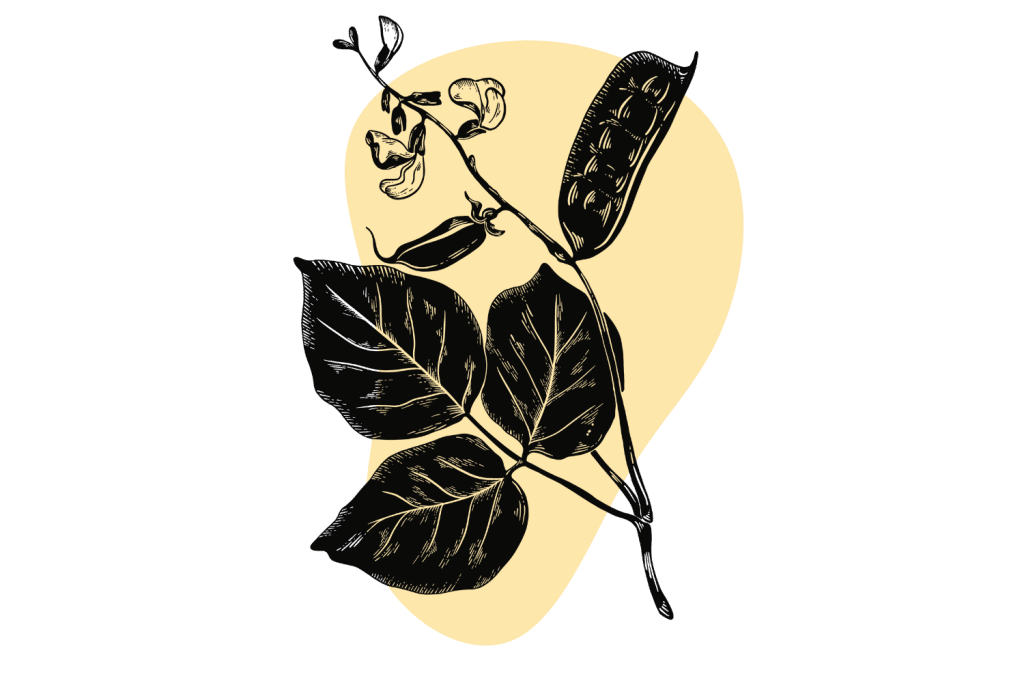
4. Bitter Grass
Bitter grass (Calea zacatechichi) is considered one of the premier dream-inducing herbs (called oneirogens). This plant is smoked or brewed into a strong tea to help users remember their dreams more clearly. Many who use this plant herald it for its ability to enhance the visual experience of dreams, induce lucid dream states, and improve one’s ability to remember details from the dream the following morning.
This herb has a long history of use in religious ceremonies — especially around Mexico, where it grows naturally.
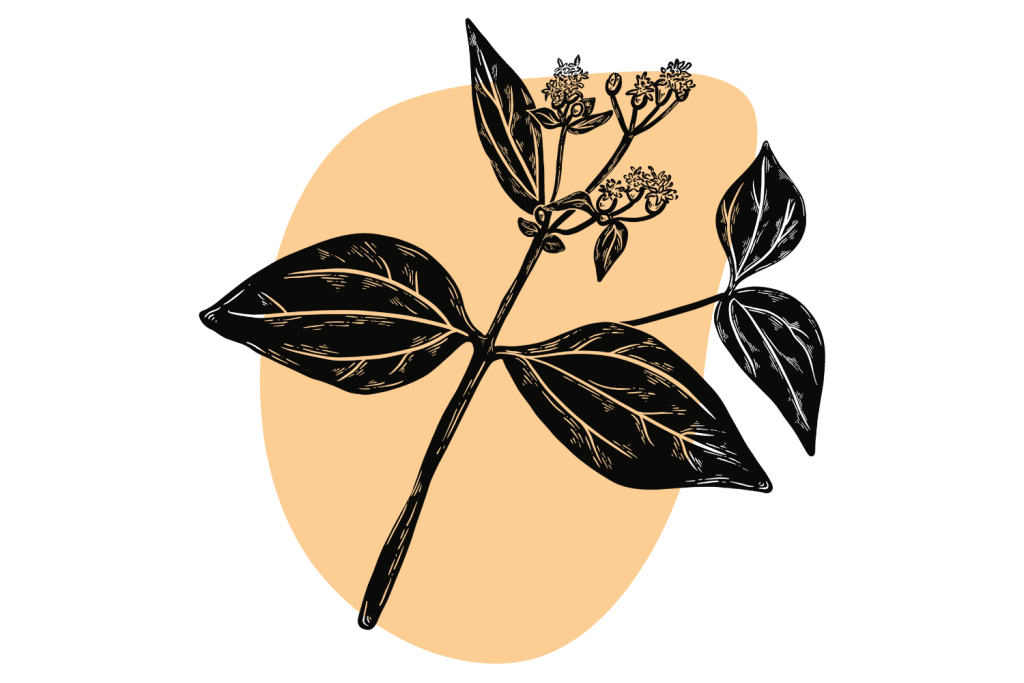
5. Blue Lotus Flower
Blue lotus flower (Nymphaea caerulea) produces a resin that contains aporphine and nuciferine — both of which share striking similarities to opiates. When users smoke blue lotus flower resin, it produces a mild euphoric and intoxicating effect comparable to marijuana.
Higher doses of this herb produce sleepiness and dream-like visions. Many users fall asleep after smoking this plant and report wildly vivid and adventurous dreams.
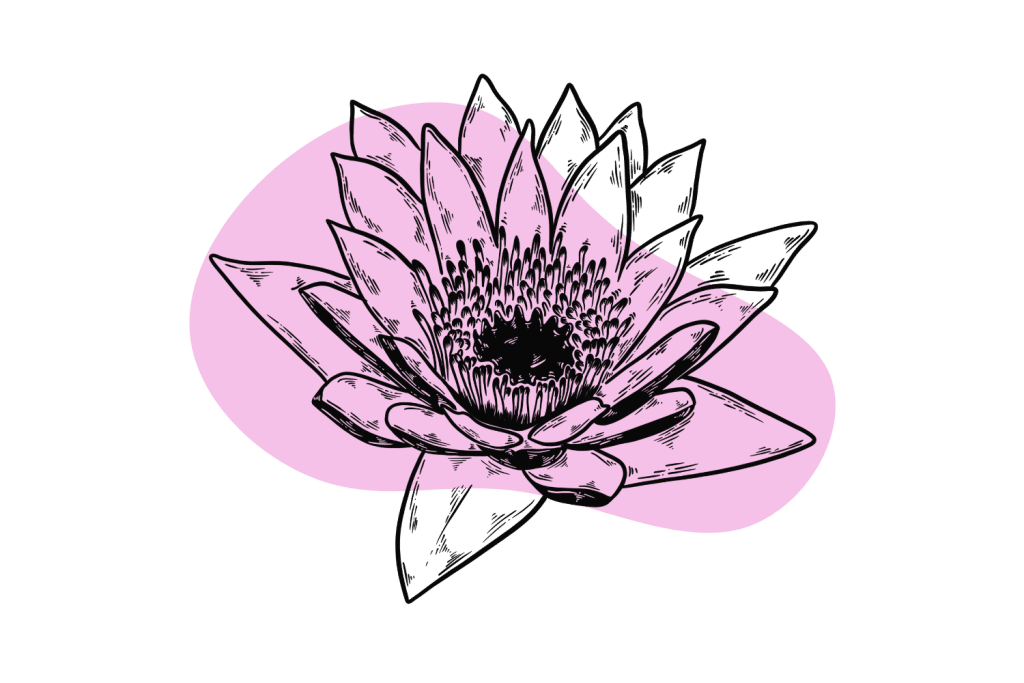
6. Blue Vervain
Blue vervain (Verbena hastata) is rolled into cigarettes or smoked in a pipe to relieve various forms of pain, including headaches, rheumatism, and nerve pain.
Blue vervain contains a long list of active ingredients, including verbenoside A and B, which are believed to be the active ingredients for the herb’s immunomodulatory effects.
Other ingredients in blue vervain, including various triterpenoids and its essential oil content, offer a calming action that can help balance the effects of other herbs in the mix.
Blue vervain is often mixed with other herbs designed to improve chronic pain disorders — such as hemp or wild lettuce.
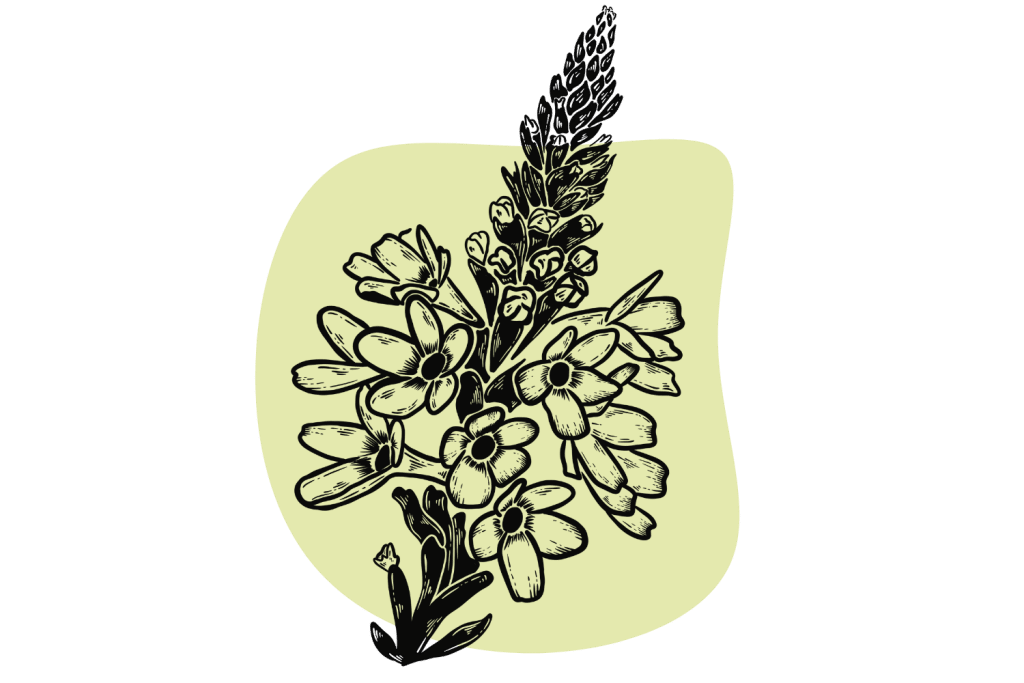
7. Broom
Common broom (Cytisus scoparius) has a pleasant taste and produces a unique, uplifting feeling. It’s rarely used alone but works great in combination with other mood-enhancing herbs or to help mask the bad taste of other plants in the mix.
Be cautious if using this plant for the first time. Allergies to this plant are common.
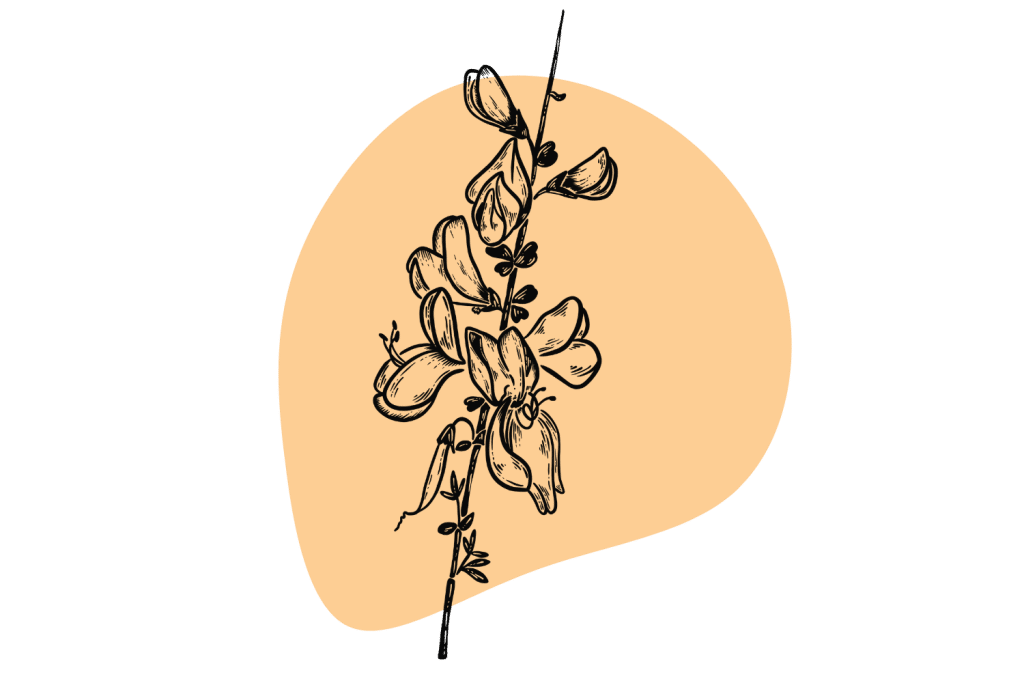
8. Calamus
Calamus (Acorus calamus) has a distinct relaxing quality, making it an excellent option to use in a smoking blend designed for sleep.
It’s also commonly used alongside marijuana as many users claim it counteracts many of its adverse side effects — especially side effects associated with anxiety and paranoia.
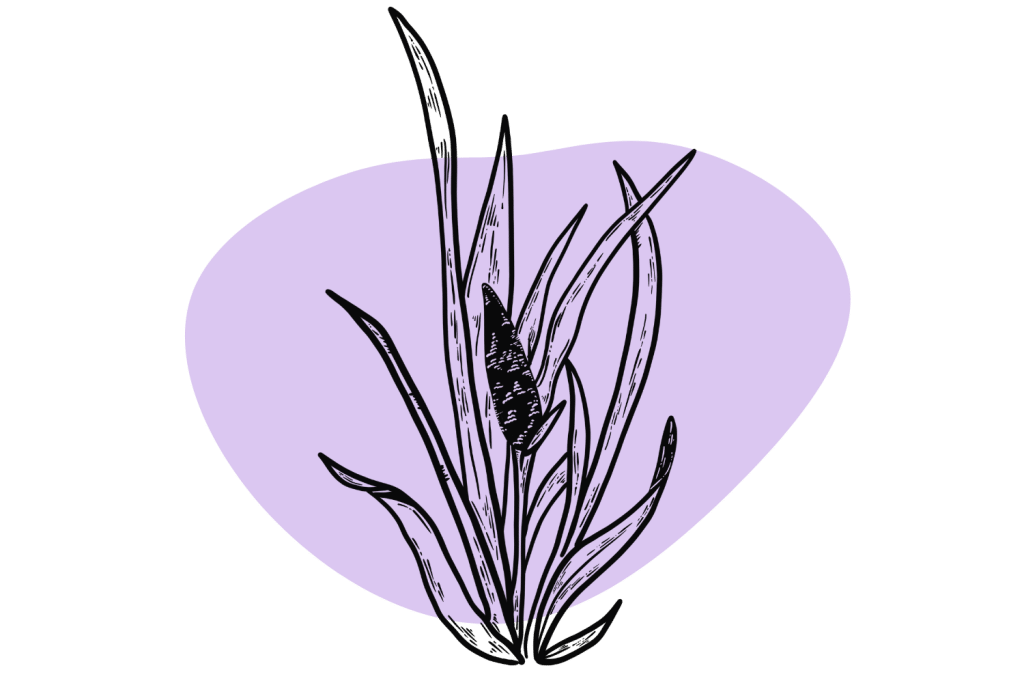
9. Calendula
Adding calendula (Calendula officinalis) to your herbal cigarettes helps them burn slowly and more evenly, and many users enjoy the taste. It’s a common addition to commercial smoking blends because it adds a nice orange color to the mix.
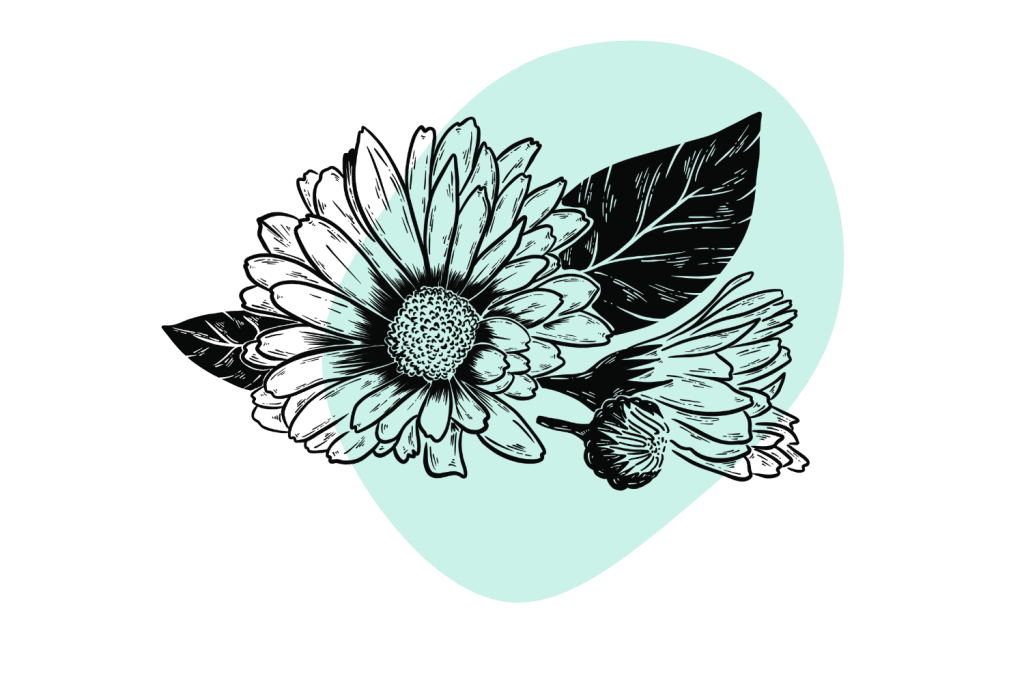
10. California Poppy
California poppy (Eschscholzia californica) contains alkaloids similar to those found in the opium poppy. These alkaloids share a similar relaxing, sedating, and painkilling action to opium, but much milder and with less potential for side effects. California poppy’s primary ingredients include californidine, allocryptopine, and eschscholtzine.
California Poppy is also legal in the US and most countries worldwide (unlike the opium poppy).
Smoking California poppy produces similar effects to other opiate-containing herbs — it’s euphoric and uplifting, as well as sedating and analgesic. Unlike the opium poppy, the California poppy is only very mildly psychoactive.
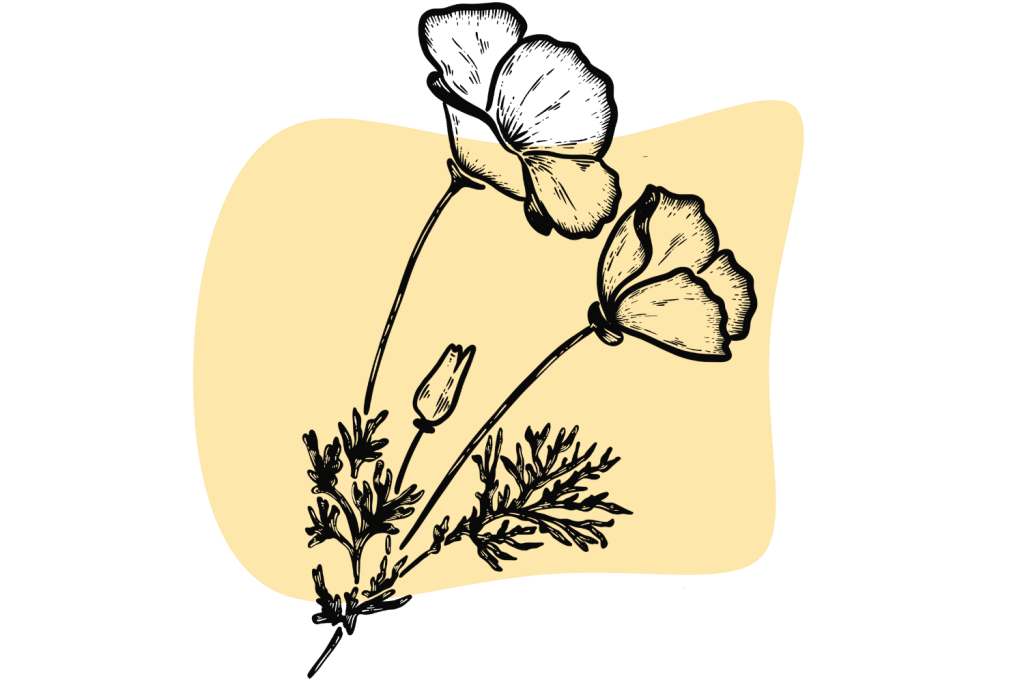
11. Catnip
Catnip (Nepata cataria) is used sparingly in herbal smoking blends and should never be smoked on its own.
Catnip can impart a uniquely psychoactive effect similar to mugwort, damiana, and marijuana when used as a supportive ingredient with other herbs. It also imparts a unique flavor profile that can help mask the less desirable flavor of other herbs in the formula.
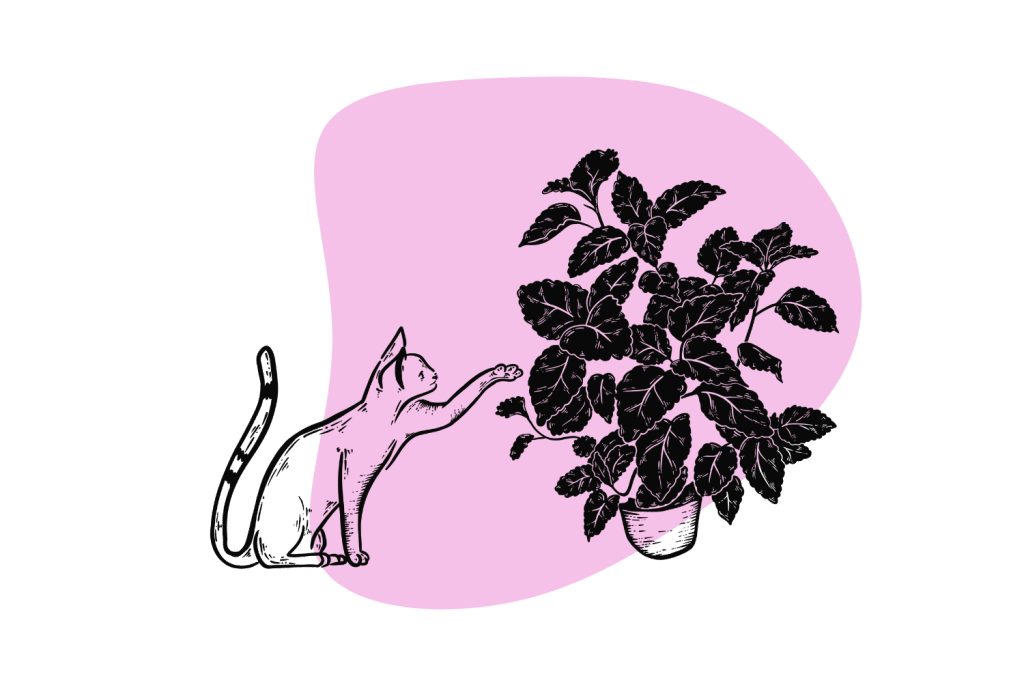
12. Chamomile
Chamomile (Matricaria chamomilla) is most popular in the form of tea to help ease the nerves and stop a busy mind from preventing us from going to sleep.
Chamomile offers all these relaxing benefits in smoked form too. This herb has a pleasant, smooth flavor that works very well for easing the harshness of other herbs in the mix.
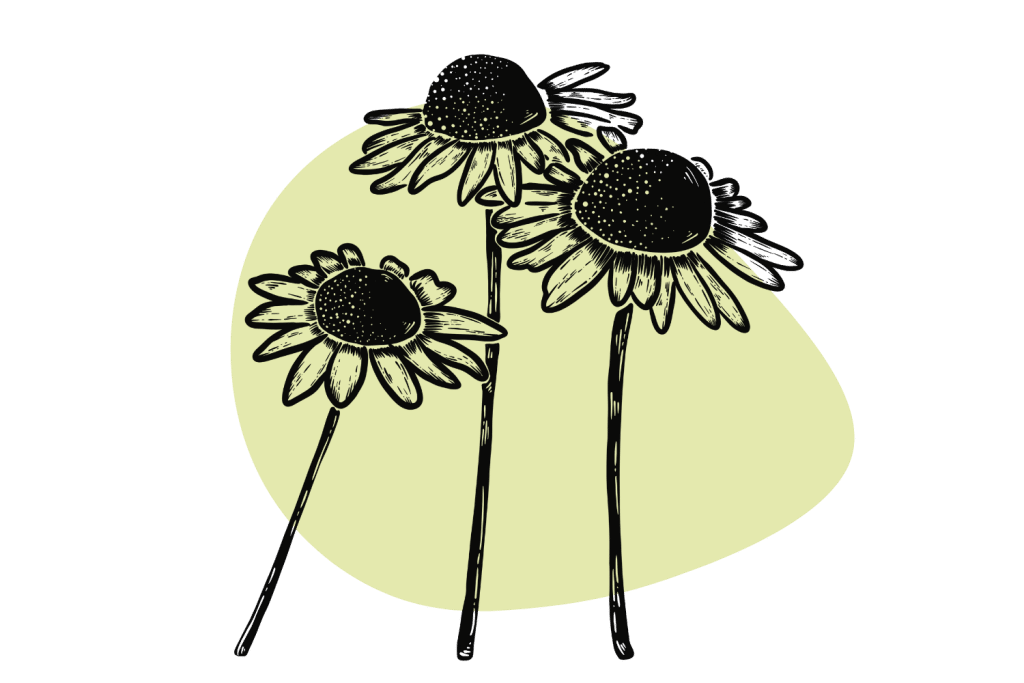
13. Chrysanthemum
Chrysanthemum (Chrysanthemum morifolium) is sometimes used to help people wean off nicotine. It appears to bind to the nicotinic receptors to ease cravings without increasing tolerance and dependence. Researchers are still studying chrysanthemum’s effects to understand this in more detail.
The chrysanthemum flower also shares similar (albeit milder) effects to tobacco — including a gentle stimulation and focus and a paradoxical sense of relaxation and calmness.
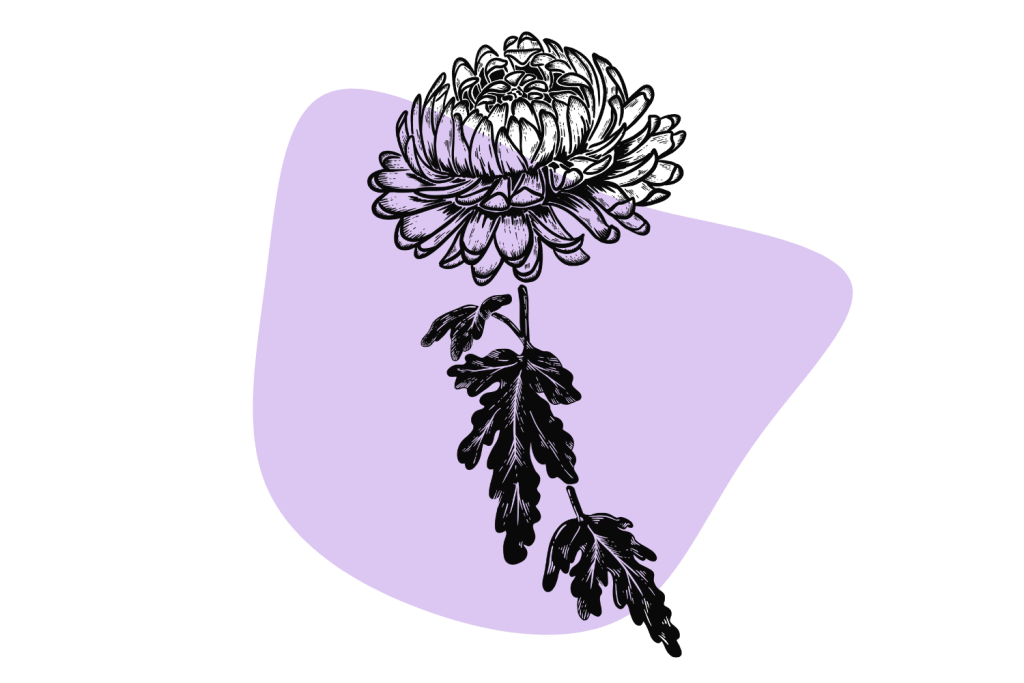
14. Cinnamon
There are two variations of cinnamon that can be added (in small amounts) to smoking blends: cassia cinnamon (Cinnamomum cassia) and sweet cinnamon (Cinnamomum verum).
Regardless of the type you choose, cinnamon adds tons of flavor to whatever you’re smoking, as well as some sweetness. It’s also believed to provide pain relief when combined with other, stronger pain-relieving herbs.
The only caveat with cinnamon is to only use a tiny amount. You can sprinkle the powder over other herbs in the mix or throw in some coarsely ground cinnamon sticks to add a rich flavor to the smoke.
Cinnamon can make the smoke quite harsh, so it’s wise to mix this herb with other soothing ingredients like chamomile, marshmallow, or mullein.

15. Clove
Clove (Syzygium aromaticum) is incredibly useful as a smoke — but only in very small amounts. This plant contains essential oil with potent anti-inflammatory and analgesic effects. However, in high doses, clove essential oils can irritate the mouth, throat, and lungs and should only be used in small amounts.
Clove is a common ingredient in specialty cigarettes because of its bold, almost mint-like flavor and its ability to produce a unique crackling sound as it burns.
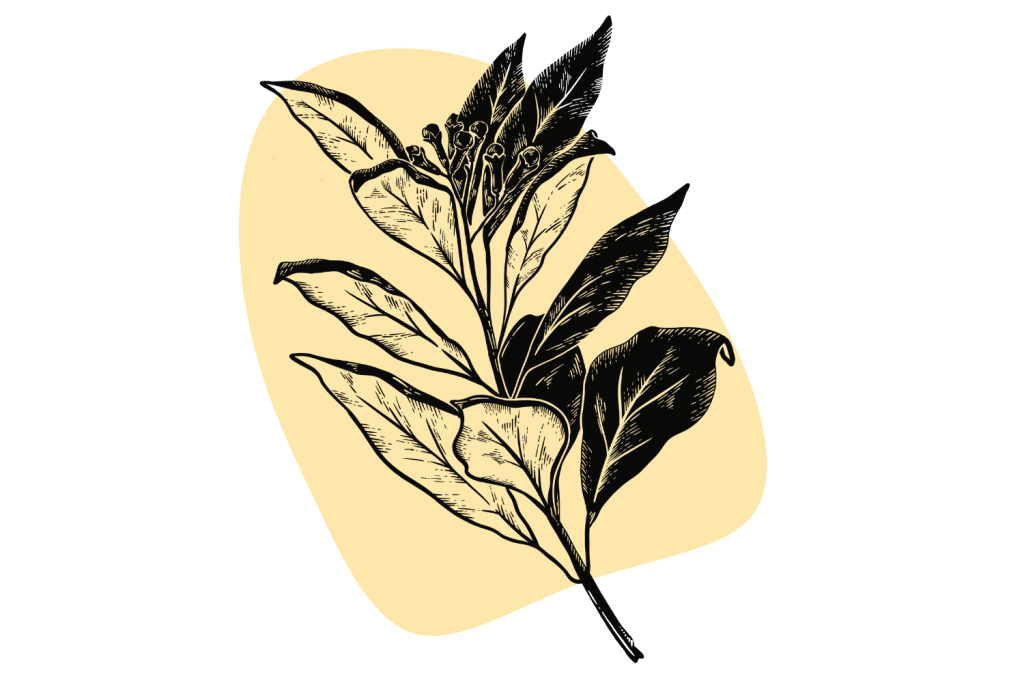
16. Coltsfoot
Coltsfoot (Tussilago farfara) provides a light, airy smoke. Somewhat ironically, this herb was smoked as a treatment for sore throats. It was often added to ceremonial tobacco mixes to “cool” the smoke and reduce the harshness of other herbs in the blend.
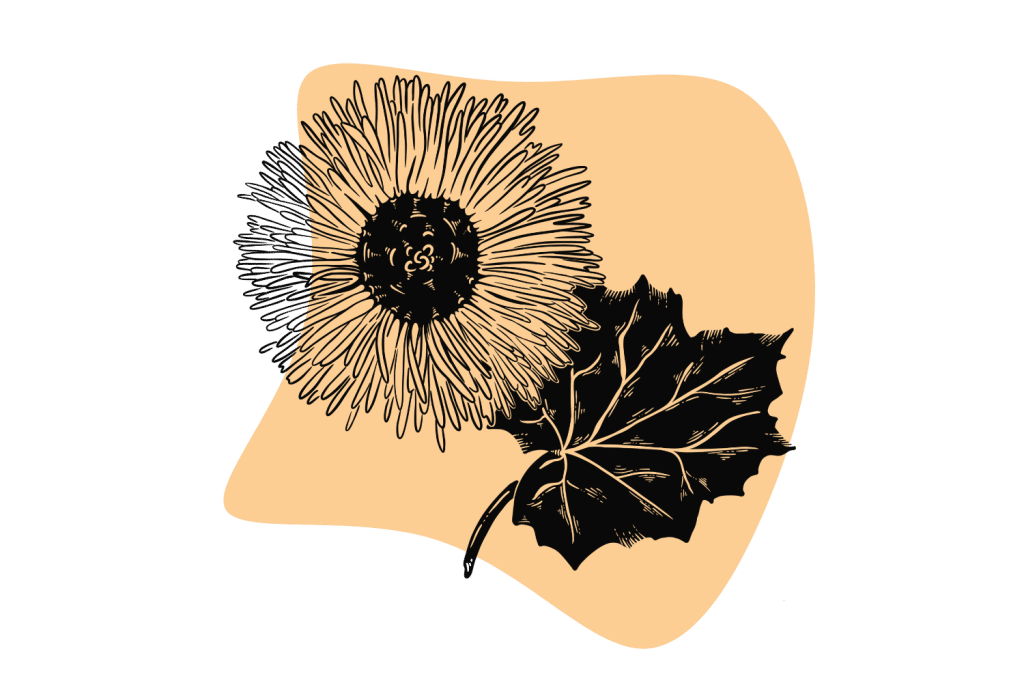
17. Cornflower
Cornflower (Centaurea cyanus) is often added to smoking blends purely for its ability to impart a nice, floral flavor to the smoke. On its own, cornflower is not believed to offer many medicinal or psychoactive effects.
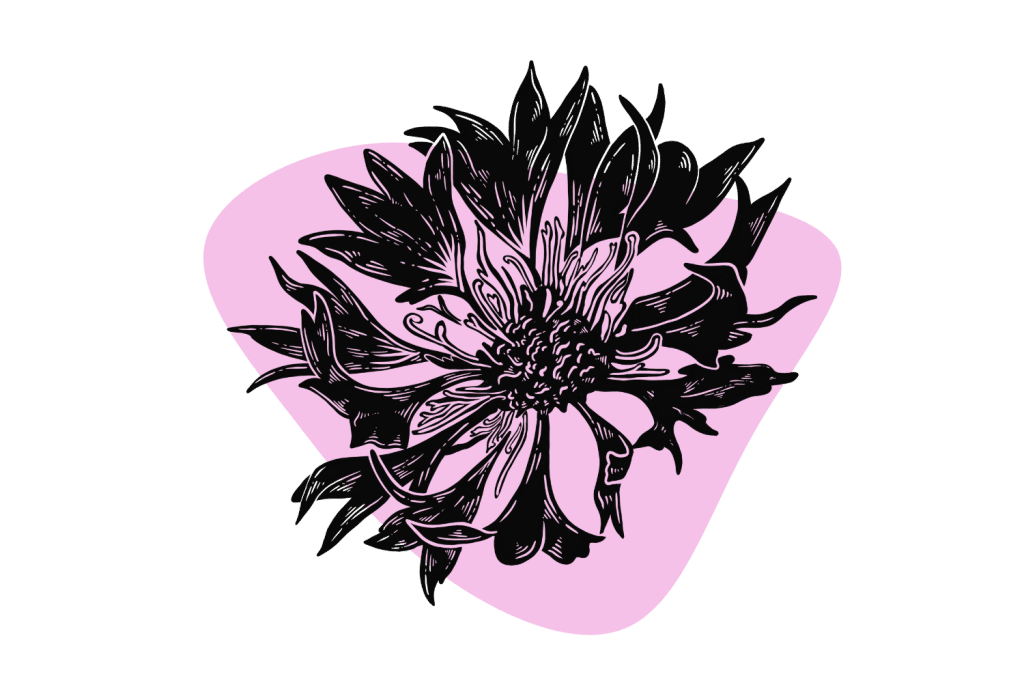
18. Dagga
Dagga (Leonotis nepetifolia) is a popular choice for users looking for a legal high similar to marijuana.
Unfortunately, dagga also carries a higher risk of side effects like paranoia and anxiety. For this reason, dagga should be used in moderation and is usually combined with calming herbs like chamomile, blue vervain, or California poppy.
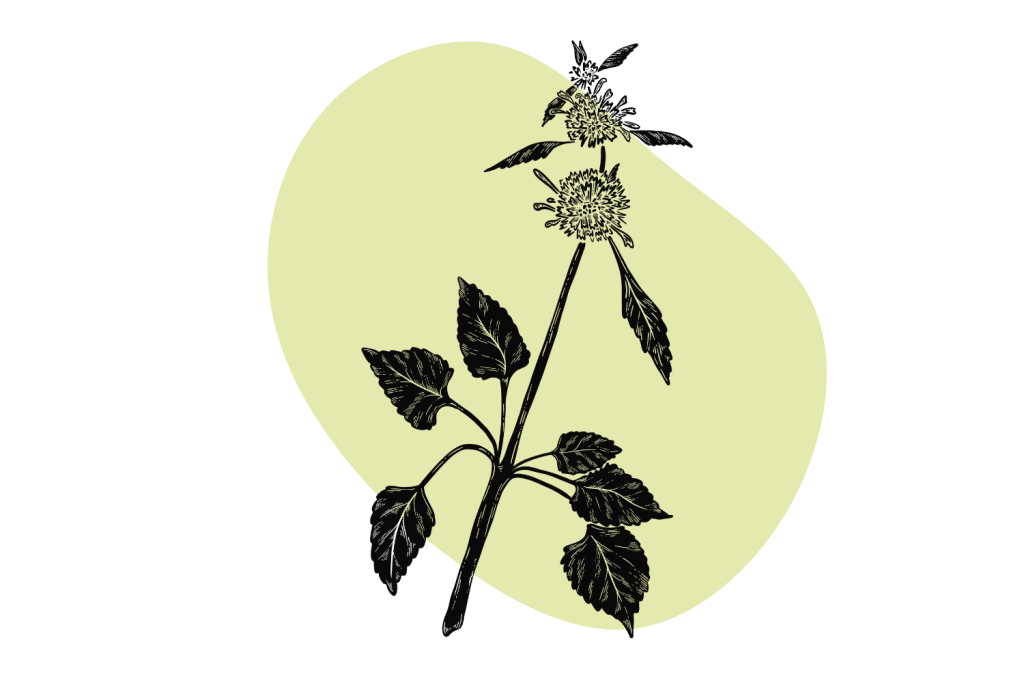
19. Damiana
Damiana (Turnera diffusa) has a long history of use in Mexico and Central America as part of smoking blends. It’s revered as both an aphrodisiac and oneirogenic (dream-inducer).
In high doses, damiana has an almost “marijuana-like” effect — albeit not quite as strong or long-lasting. Damiana is also used as an aphrodisiac and anxiolytic in both smoked and tea forms.
Its strong calming action is sometimes used as an evening sleep aid.
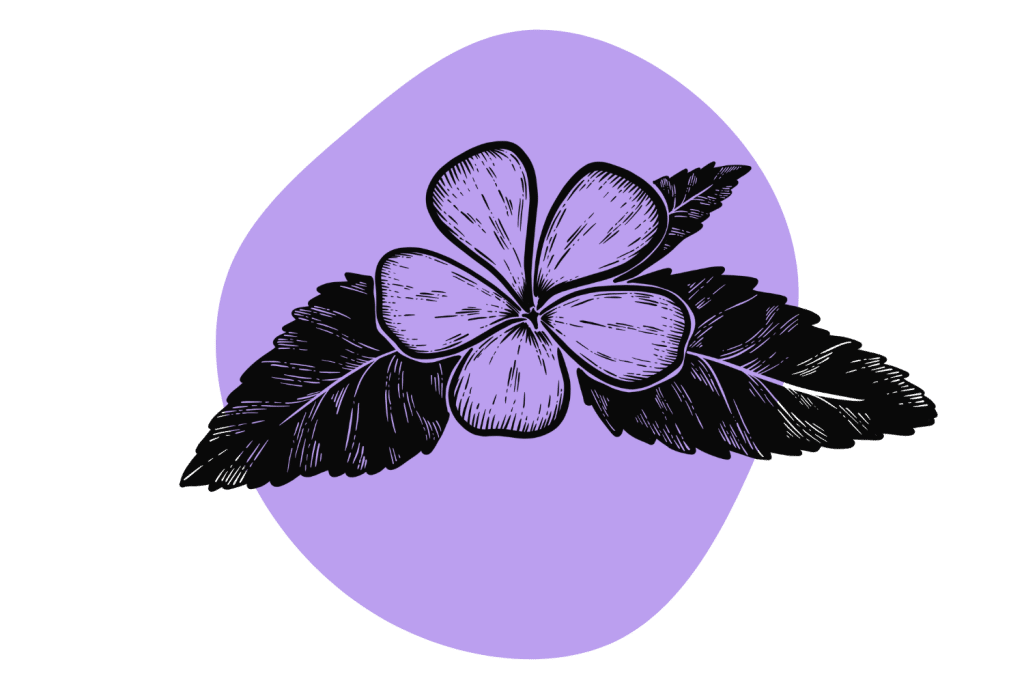
20. Datura ⚠️⚠️
The datura plant (Datura stramonium) is a powerful and long-lasting deliriant. A small amount of the dried leaves can be smoked to produce psychoactive effects similar to dagga or marijuana.
But tread cautiously with this herb and never use the seeds.
The plant’s seeds are considered highly dangerous and should be avoided at all costs. They contain tropane alkaloids that hijack the sympathetic nervous system for up to 72 hours. During this time, users will experience intense heat and dryness, an inability to urinate, and delusions that almost always take on a dark and disturbing nature.
Datura is not something people should experiment with lightly, but there are plenty of examples of people using this plant for spiritual progression. The datura plant is considered a very wise teacher, but it won’t hold back or go easy on you. Taking too much or using datura irresponsibly can result in psychological trauma and potentially even death.
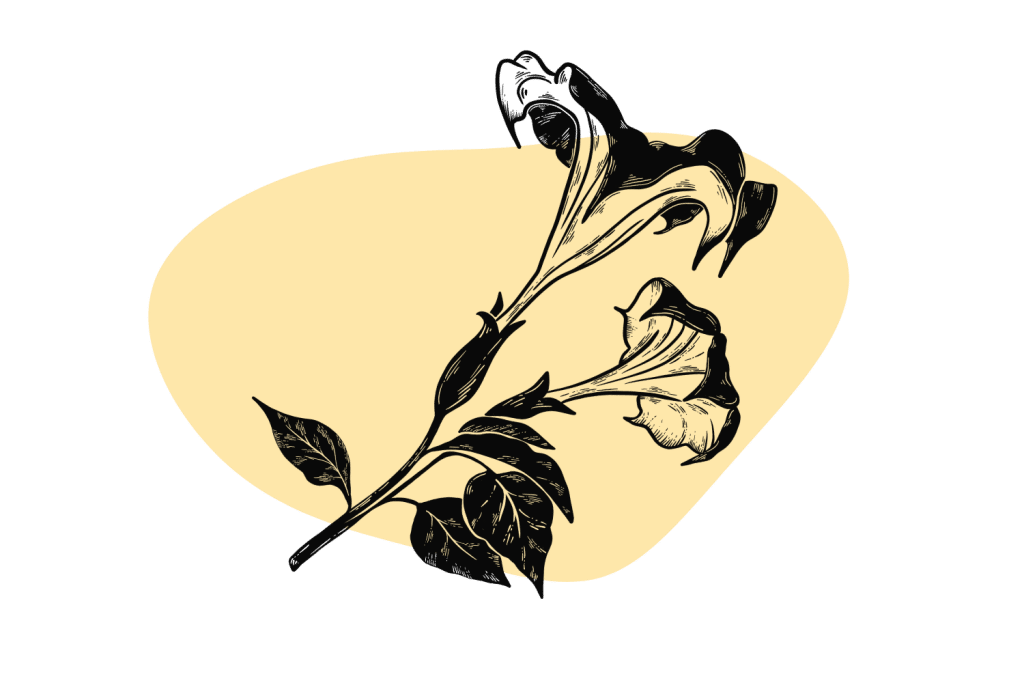
21. Elephant’s Head
Elephant’s head (Pedicularis groenlandica) is found in parts of Canada and Greenland, where it’s traditionally used as a muscle relaxant for soothing minor tension-related pain.
This plant is closely related to another on this list — Warrior’s Plume (Pedicularis densiflora). Both herbs are used for similar purposes (pain, inflammation, muscle soreness), but the Elephant’s Head also offers sedative qualities that make it a better option for use in the evenings.
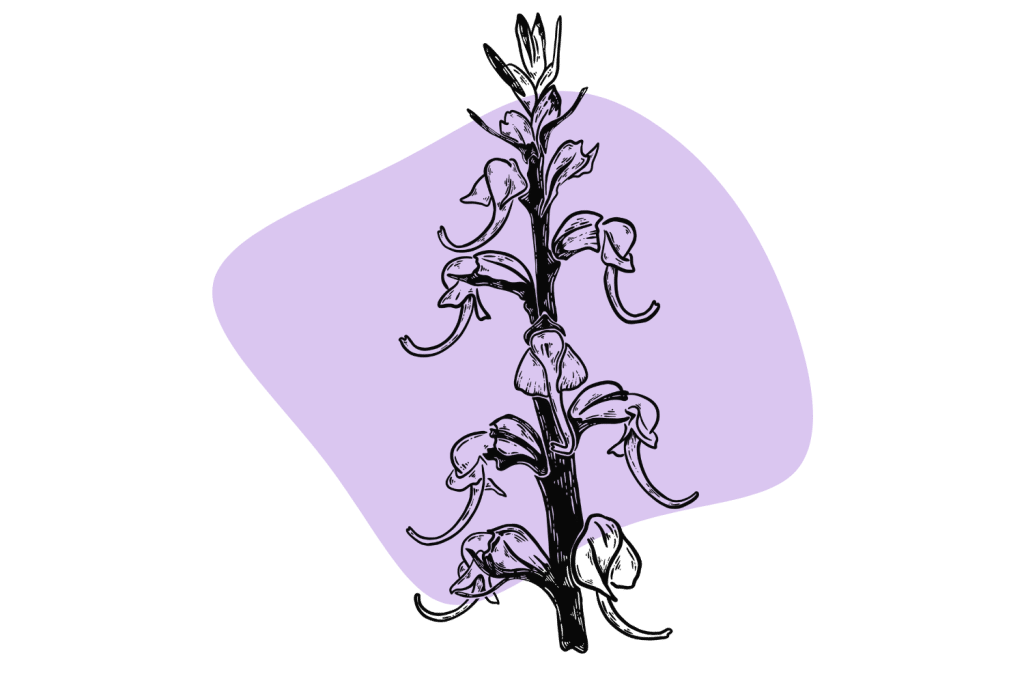
22. Ginger
Ginger (Zingiber officinale) is a supportive herb added only in small amounts to other smoking blends. In traditional Chinese medicine, ginger is believed to help “guide” the active ingredients of other herbs in the mix around the body.
Smoke mixes containing ginger are sometimes used in place of tobacco to help smokers quit nicotine. It provides a full-bodied smoke and robust flavor many people find enjoyable.
Ginger root doesn’t produce much smoke on its own and must be mixed with other herbs to help regulate the burn, especially in the form of rolled cigarettes.
Ginger has a subtle “warming” sensation that can help ease sore throats and warm the body. This same effect can increase the feeling of harshness if mixed with herbs that irritate the back of the throat and lungs.
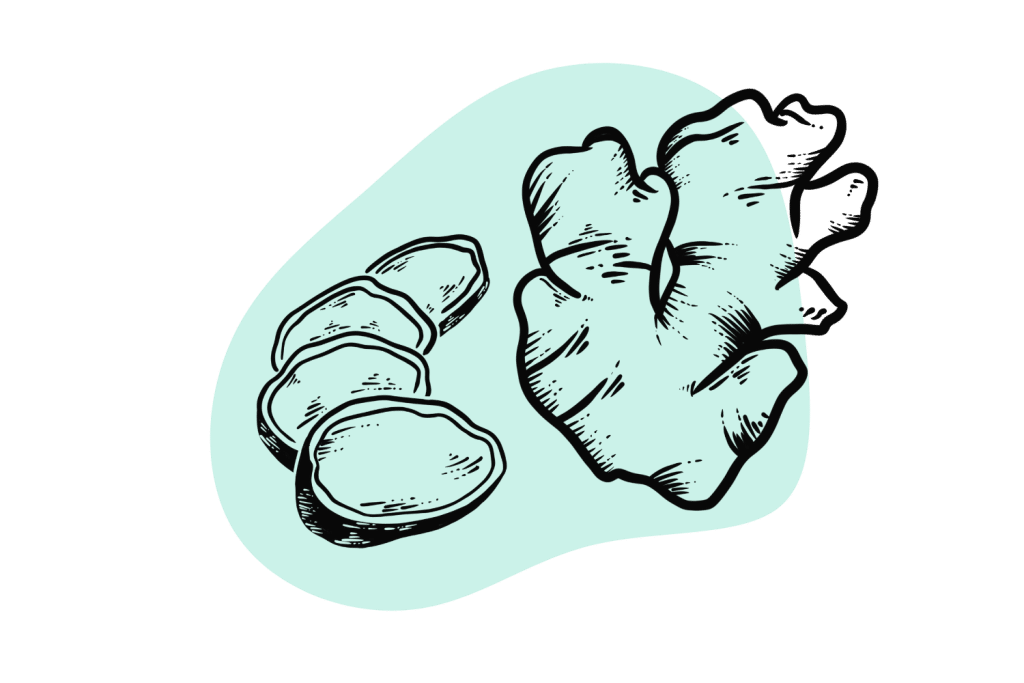
23. Ginkgo
Ginkgo (Ginkgo biloba) leaves are mostly smoked for its nice flavor. It’s a common substitute for tobacco for those looking to kick their nicotine habit.
Most ginkgo supplements use the seeds, so it’s important to note that, in this case, it’s the leaves that are used. The seeds are considered a premier nootropic and circulatory tonic, but they don’t burn well and will make the smoke harsh and hard to keep alight.
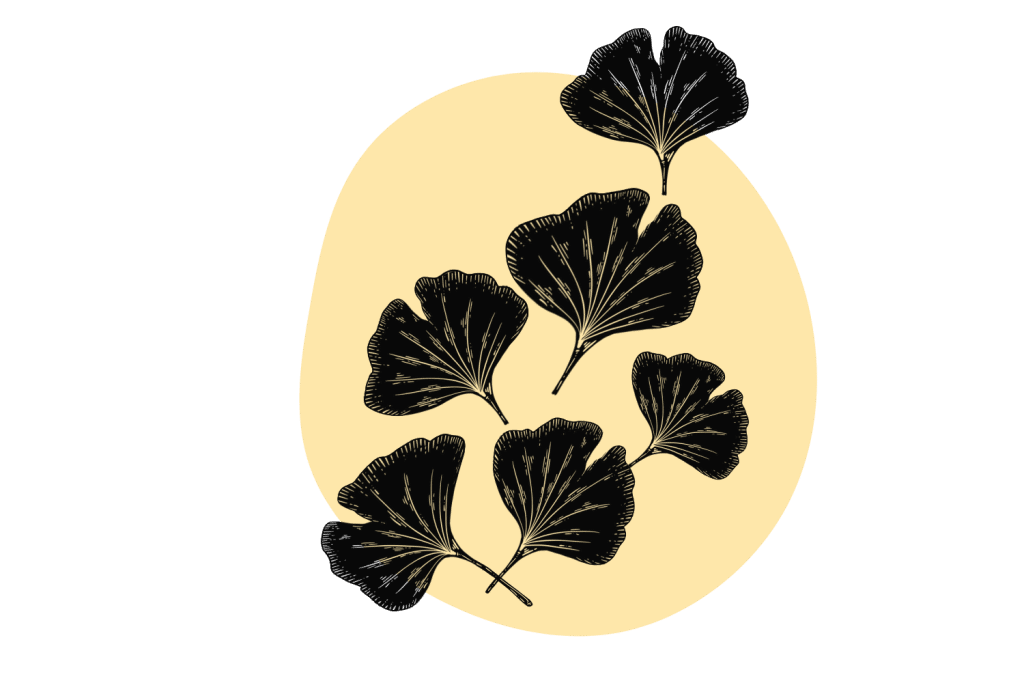
24. Gotu Kola
Gotu Kola (Centella asiatica) is a traditional Ayurvedic and traditional Chinese medicine. In Ayurveda, it’s believed that the mind is the connection with the soul, so a lot of the medicines designed to address problems of the soul contain herbs with nootropic or neuroprotective effects — Gotu kola is considered a premier herb for this effect.
This plant contains a variety of active ingredients affecting systems such as the cholecystokinin (CCK) receptors, GABA receptors, and dopamine regulation. The effects of this herb are calming and nootropic.
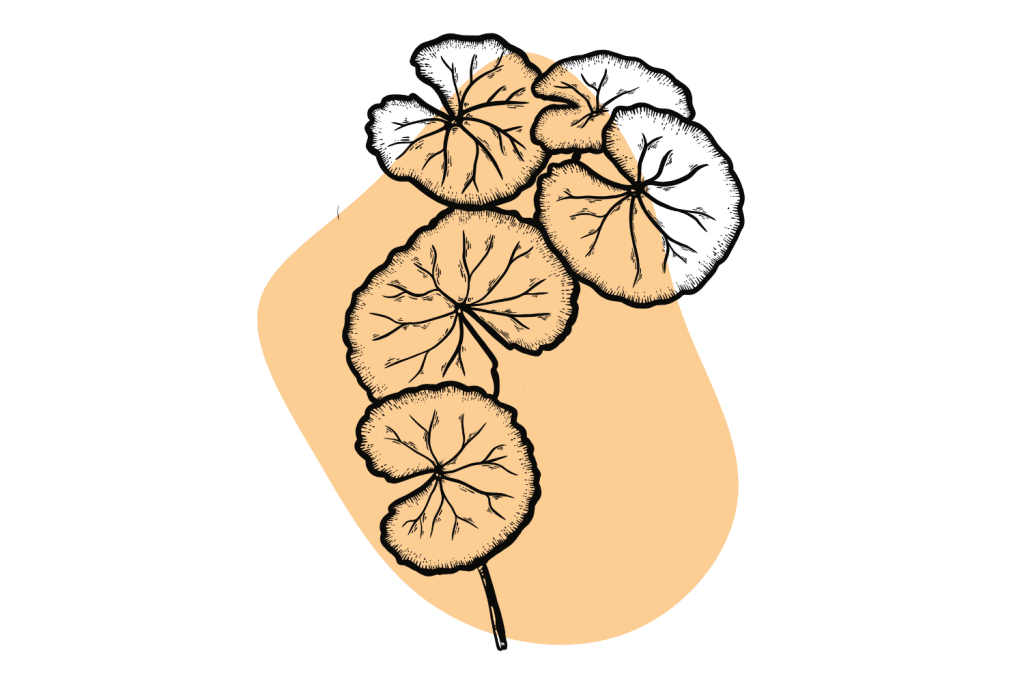
25. Guamura
Guamura (Cecropia mexicana) has been used as a smoking herb for its unique flavor and mild psychoactive effects. The effects of this plant are most similar to Acorus calamus. It’s calming and mildly euphoric. It has a much stronger impact on the mind than the body, so it’s often combined with herbs like marijuana to ease side effects like paranoia and anxiety while enhancing the “high.”
Guamura grows naturally around central and South America and has a long history of use among indigenous populations living in the area.
Traditionally, guamura was also used for treating heart disease (some studies suggest it may block angiotensin), as well as cough and asthma.
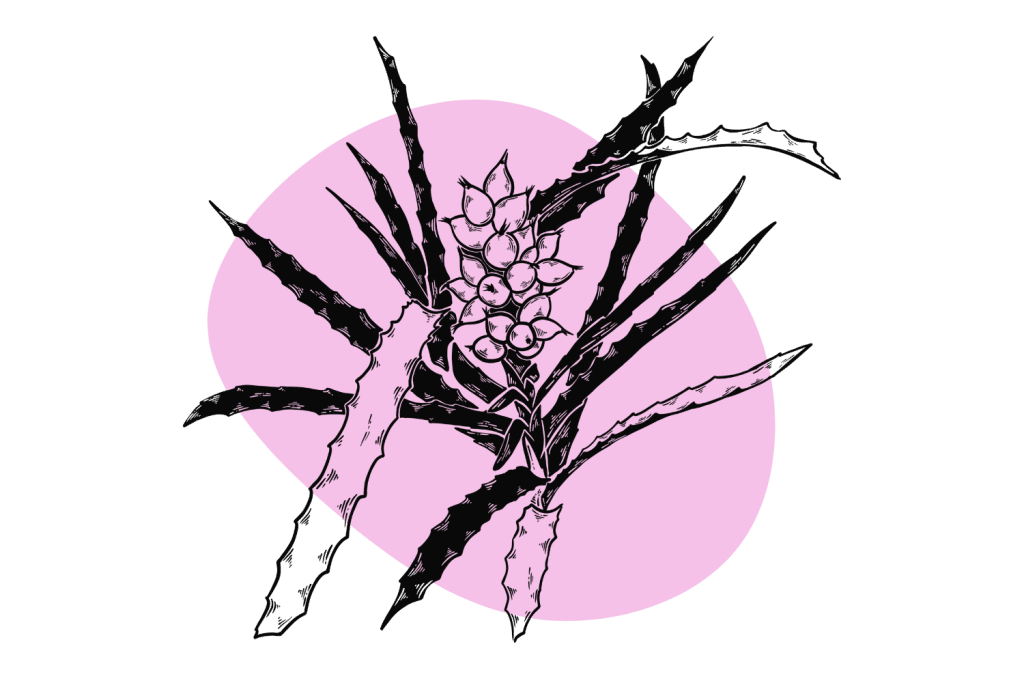
26. Hasana
Hasana (Cestrum nocturnum) is used in herbal cigarettes for its flavor, which resembles the aroma of jasmine.
There’s some debate about whether this herb is safe to use or not. It’s a member of the Solanaceae family, which is known to contain several toxic chemicals in its leaves.
Not much is known about this plant, but there are reports of hasana —or a closely related species —being used in places like Nepal as am entheogen.
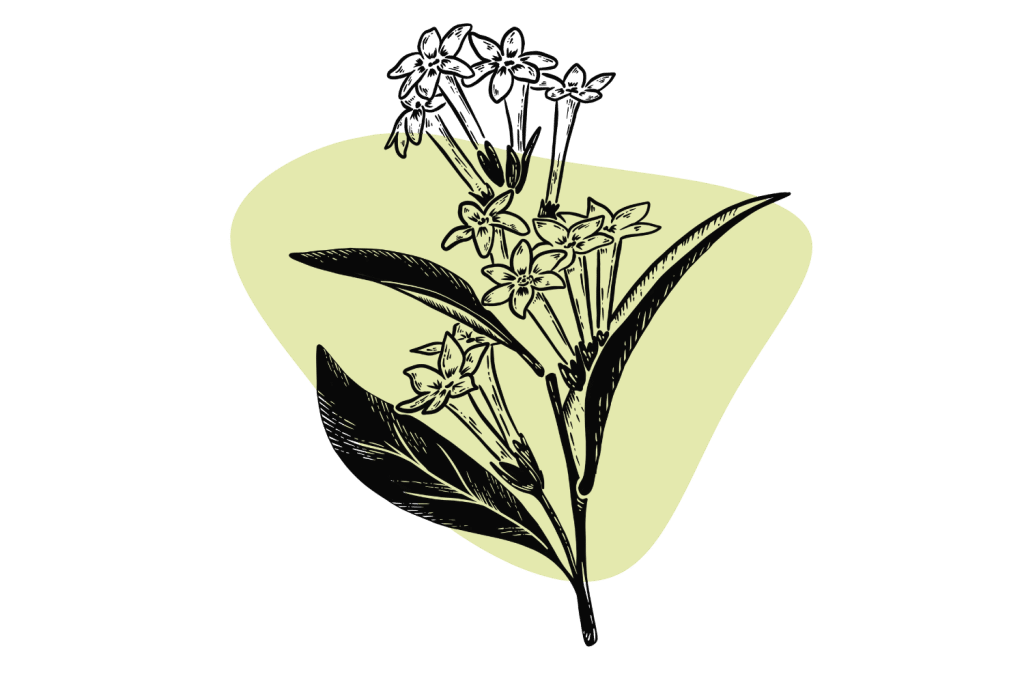
27. Hawthorn
Hawthorn (Crataegus monogyna and Crataegus oxycantha) is believed to lower blood pressure naturally and improve blood flow through the coronary arteries. It’s primarily used orally (in capsules or a strong tea) to support cardiac patients.
The hawthorn leaves also impart a pleasant flavor to smoking mixes but add harshness that should be balanced by something else in the mix.
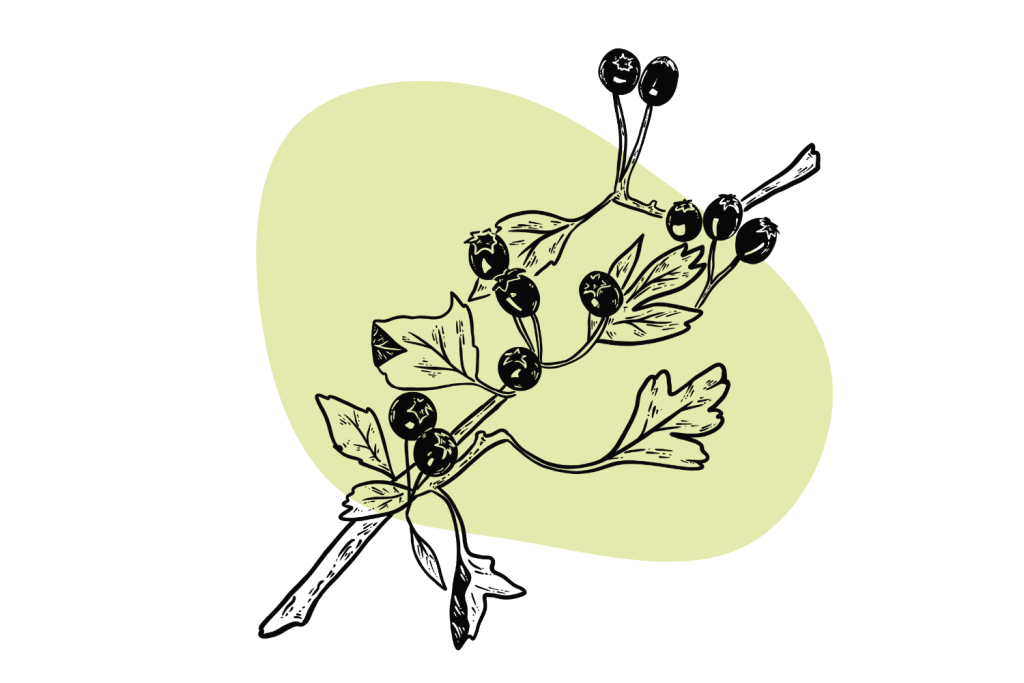
28. Hemp
Hemp is the same plant species as marijuana — Cannabis sativa — but it’s bred to contain less than 0.3% THC to meet legal requirements in places like the US, Canada, and most of Europe.
Hemp still contains high concentrations of non-psychoactive, medicinal cannabinoids such as CBD (cannabidiol), CBC (cannabichromene), CBN (cannabinol), CBG (cannabigerol), and others.
Hemp maintains a similar flavor profile to marijuana and can be used as a non-psychoactive alternative for many of the same applications.
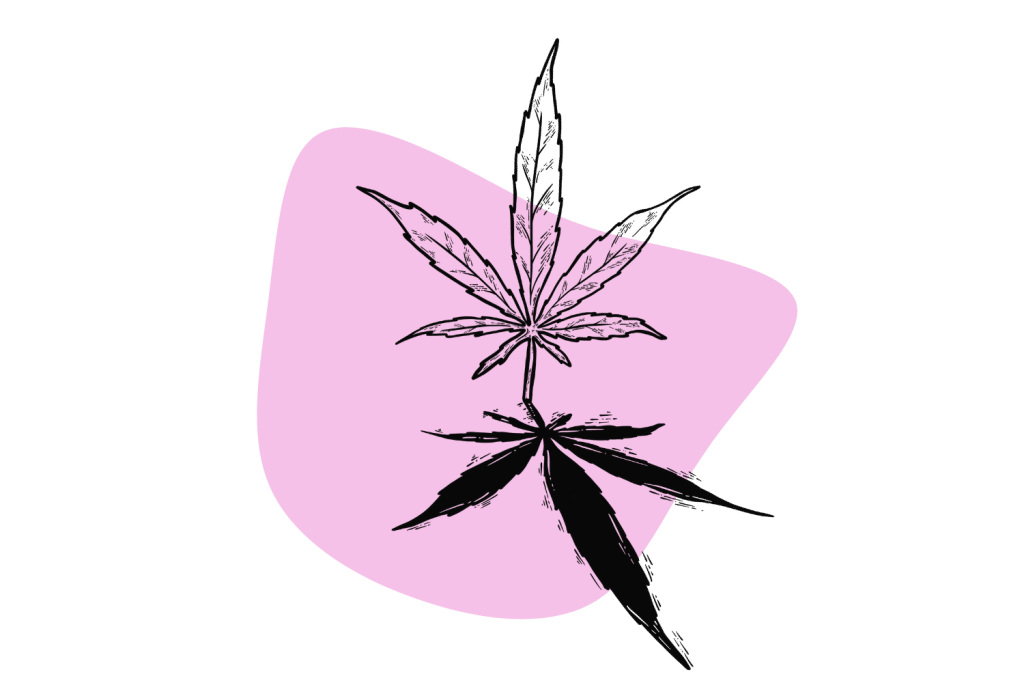
29. Hibiscus
The hibiscus flower (Hibiscus rosa-sinensis) is sometimes added to smoking blends in small amounts to add some color (vibrant reds, yellows, and purple colors available) as well as some pleasant relaxation and soothing qualities.
Hibiscus is also considered a gentle febrifuge, which means it can help break fevers.
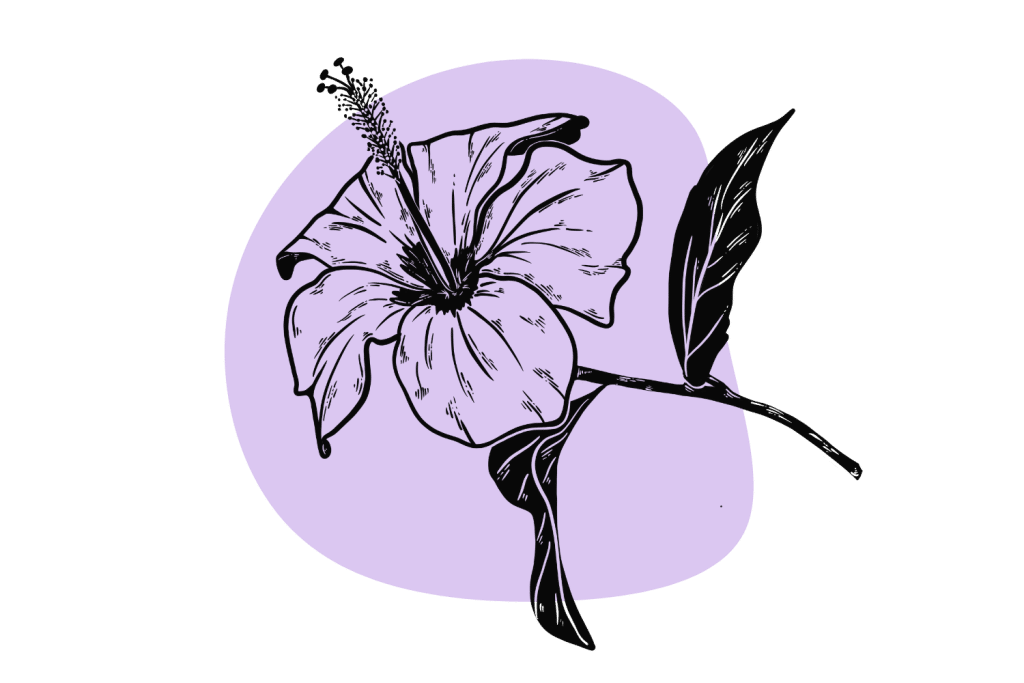
30. Holy Basil
Holy basil (Ocimum tenuiflorum) — AKA Tulsi — is a premier medicinal herb from Southeast Asia. It’s used in both culinary applications and as a natural medicine.
Holy basil contains an impressive range of nutrients and active terpenes that provide a potent revitalizing, and relaxing action. This herb is often used in smoking blends intended to replace tobacco.
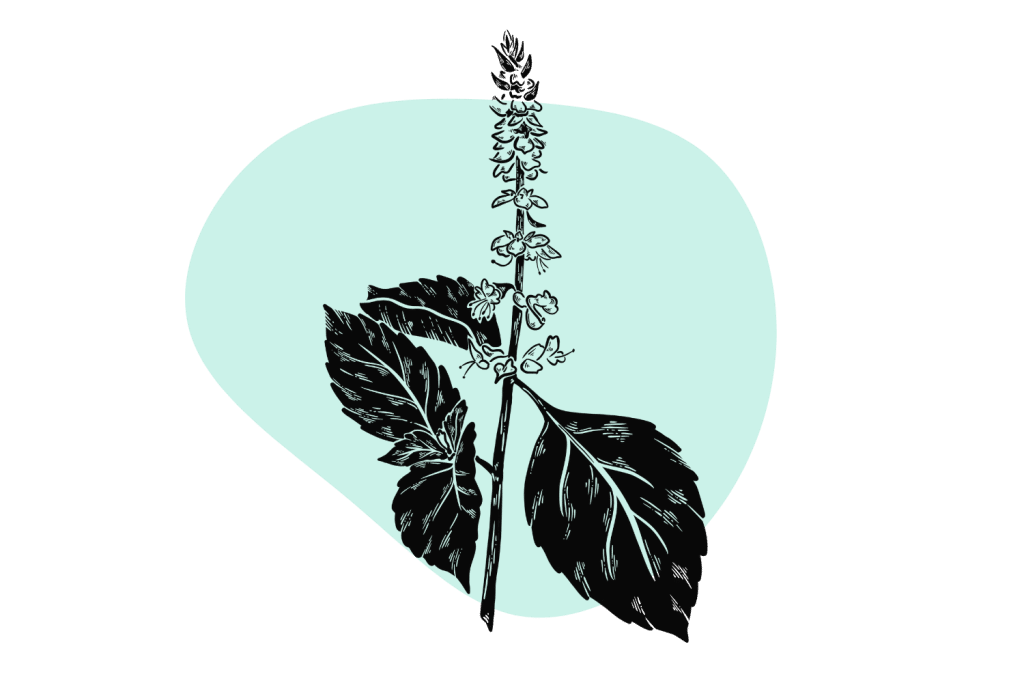
31. Hops
Hops (Humulus lupulus) are mainly used as a bittering agent in beermaking, but they can also be smoked for a sedative-like effect.
Many people enjoy the taste and relaxation hops brings to a herbal smoking blend. Hops is a member of the Cannabaceae family, which makes them close relatives of both hemp and marijuana.
The female flowers produce a dense resin containing medicinal compounds and terpenes, including myrcene and humulene — both potent analgesics and sedatives.
Another common species, Japanese hops (Humulus japonica), can also be smoked for similar effects.
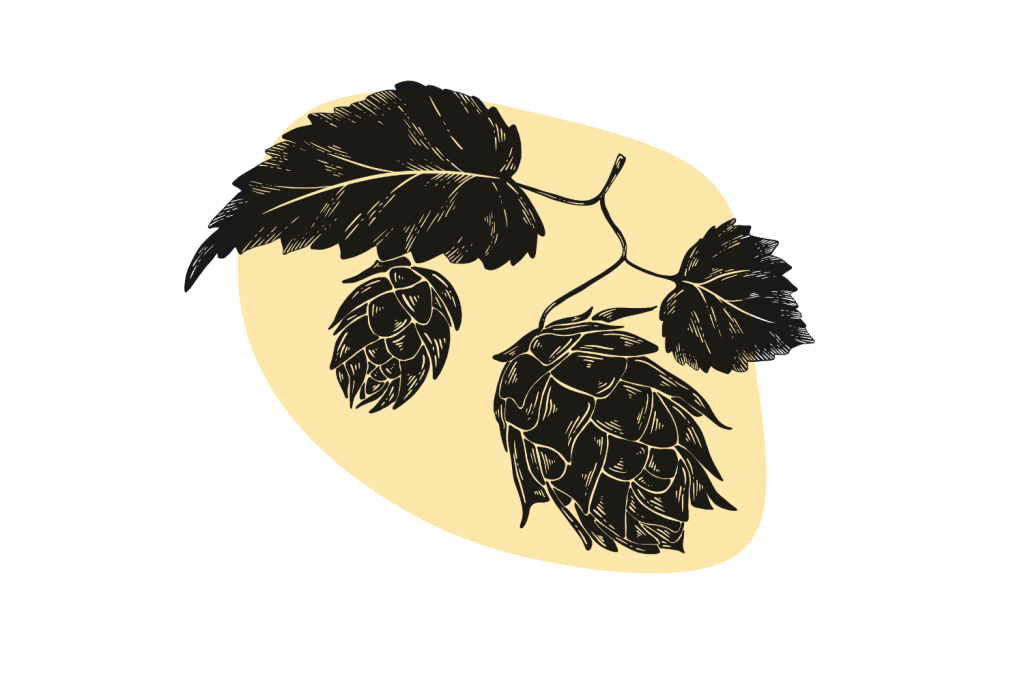
32. Hyssop
Hyssop (Hyssopus officinalis) is another pain-relieving herb used in western herbal medicine. It’s most commonly used to treat gastrointestinal pain and related digestive issues.
The flavor of hyssop may be an acquired taste. The plant smells citrusy and bitter but produces a strong bitter flavor with a potent minty aftertaste — almost absinthe-like.
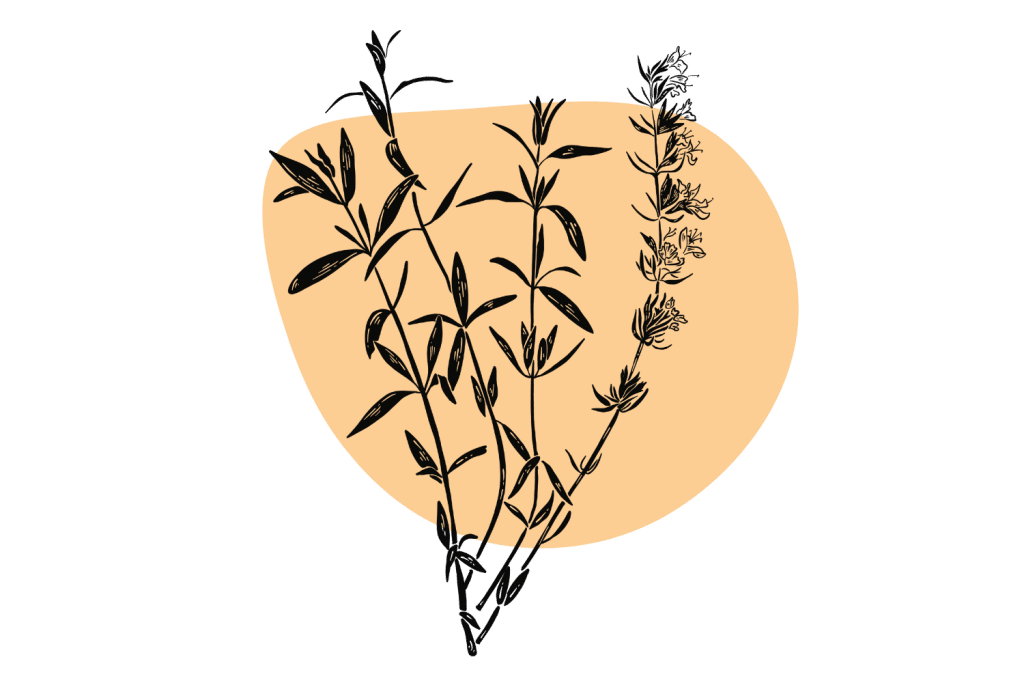
33. Jasmine
Jasmine (Jasminum officinale) is another herb that is smoked as an aphrodisiac and mild sedative. It’s useful for managing anxiety and sleep disorders or for simply improving the flavor of the blend.
A little bit of jasmine goes a long way — only a tiny amount is needed to impart a strong jasmine flavor to the mix.
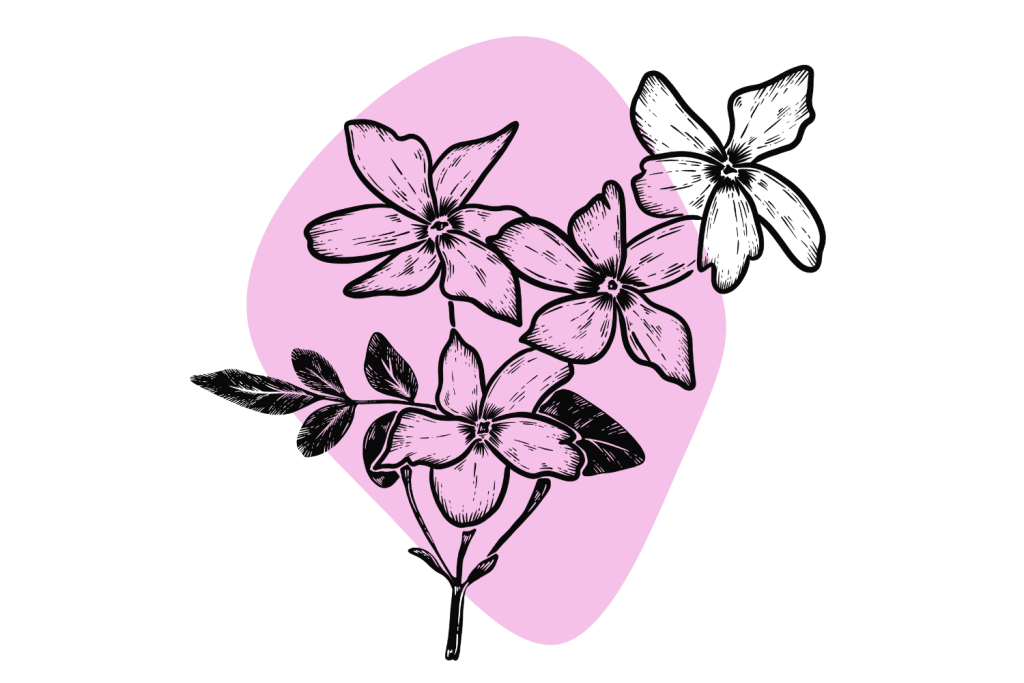
34. Kanna
Kanna (Sceletium tortuosum) is a South African succulent used as an antidepressant and general “mood-enhancer.” It can be smoked alone or mixed into herbal smoke blends to add a feeling of “positivity” to the session.
This herb is truly unique, and we believe it will be much more popular in smoke or vape blends soon.
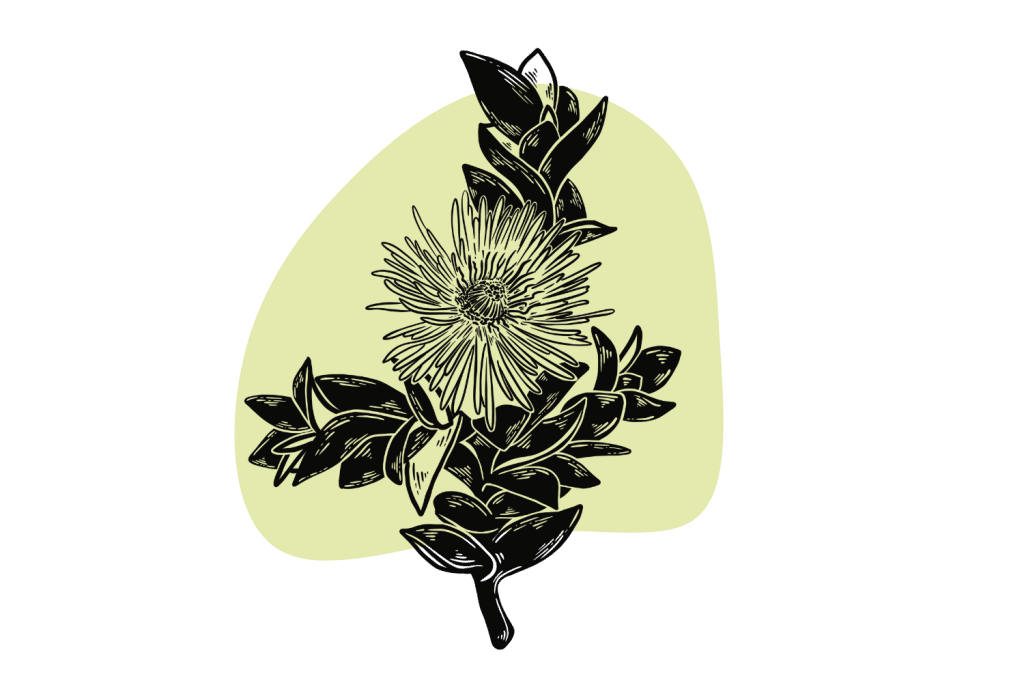
35. Kratom
Most people who use kratom (Mitragyna speciosa) take it in powder form, but smoking it is also possible.
The leaves from the kratom tree can produce both a powerful stimulating effect or a sedative effect, depending on the dose. Low doses of kratom feel like a cup of coffee, while high doses (usually only achievable with oral consumption) are much more sedative, analgesic, and a bit euphoric.
The flavor of kratom smoke is not very pleasant, so this herb is rarely added to smoking blends. Drinking the tea or mixing the powder with water is still the best way to use this herb.
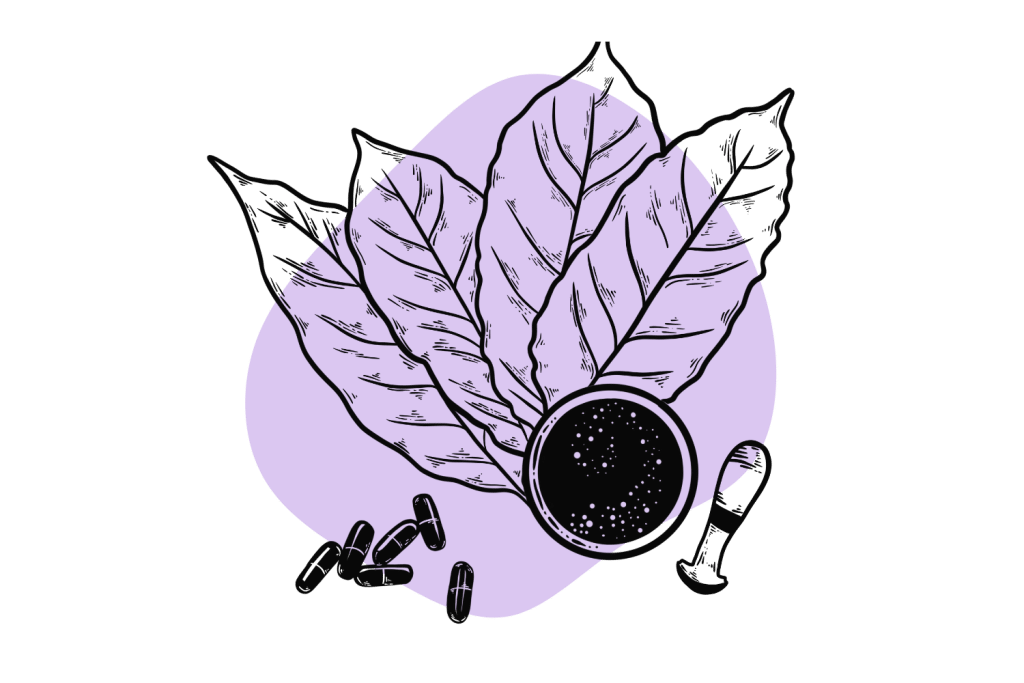
36. Lavender
Lavender (Lavandula spp.) is usually thought of as a sleeping herb. You’ll find this ingredient in sleepy-time smoking blends, but it also works great for general anxiety or stress too.
There are many types of lavender, and virtually all of them can be smoked in small amounts — always mix with other herbs to dilute it. Lavender contains a high concentration of essential oils which can damage the lungs and mucous membranes in high amounts.
My personal favorite lavander is French lavender (Lavandula stoechas), but English lavender (Lavandula angustifolia) or Spanish lavender (Lavandula dentata) can all be smoked as well.
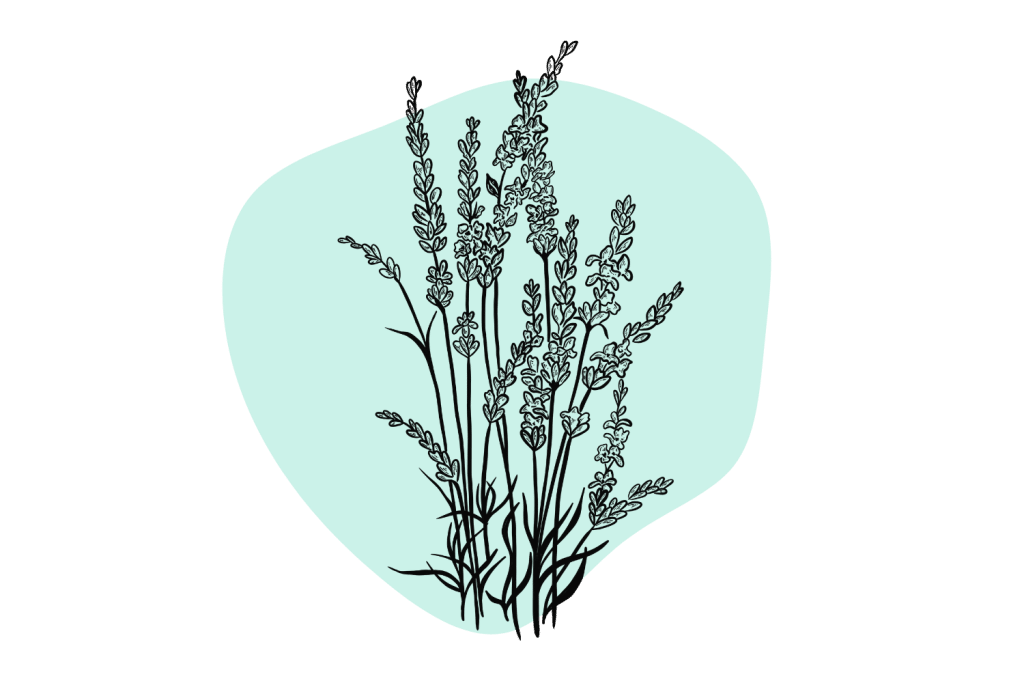
37. Lemon Balm
Lemon balm (Melissa officinalis) is a member of the mint family with a characteristic citrus flavor. This herb is traditionally used as a mood-enhancer and digestive aid and provides a nice aftertaste to any formula it’s included in.
Lemon balm also contains a surprising array of antiviral compounds, which could explain its traditional uses as a treatment for lung infections (in smoked and tea form).
In traditional medicine, lemon balm is revered for its uplifting qualities. It’s used alongside other herbs to treat feelings of loss and sadness and to help people working through past trauma.
This herb works great in smoke mixes designed to “soften the landing” while coming down from psychedelics.
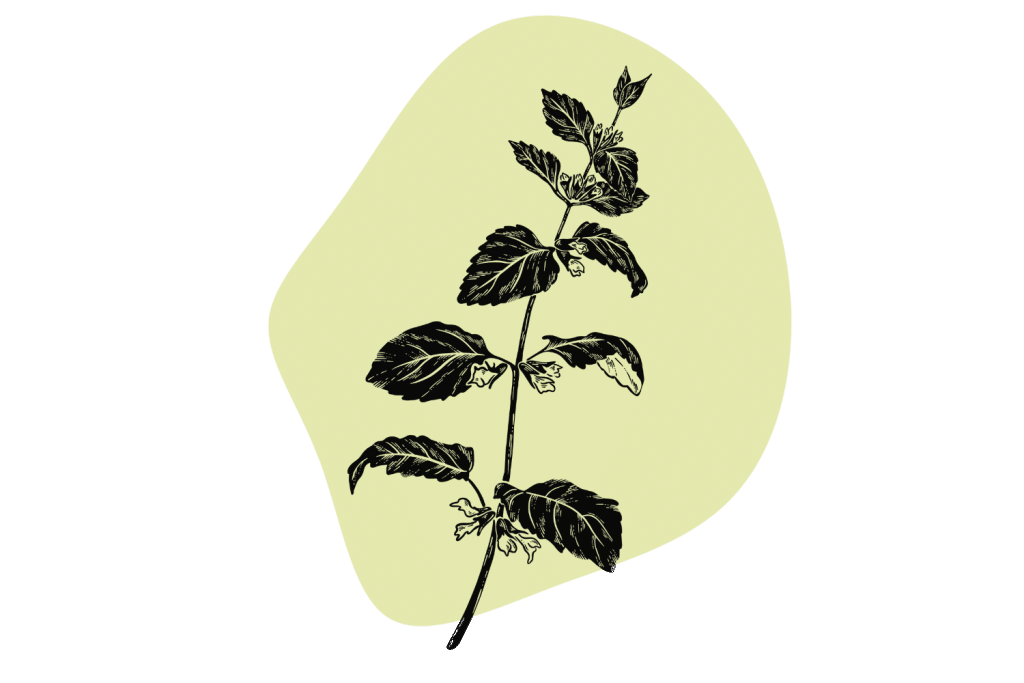
38. Lemongrass
Lemongrass (Cymbopogon citratus) imparts a pleasant, citrusy, and earthy flavor to smoking blends. This herb has a very uplifting effect, and some use it to make the effects of the blend more euphoric and antidepressant.
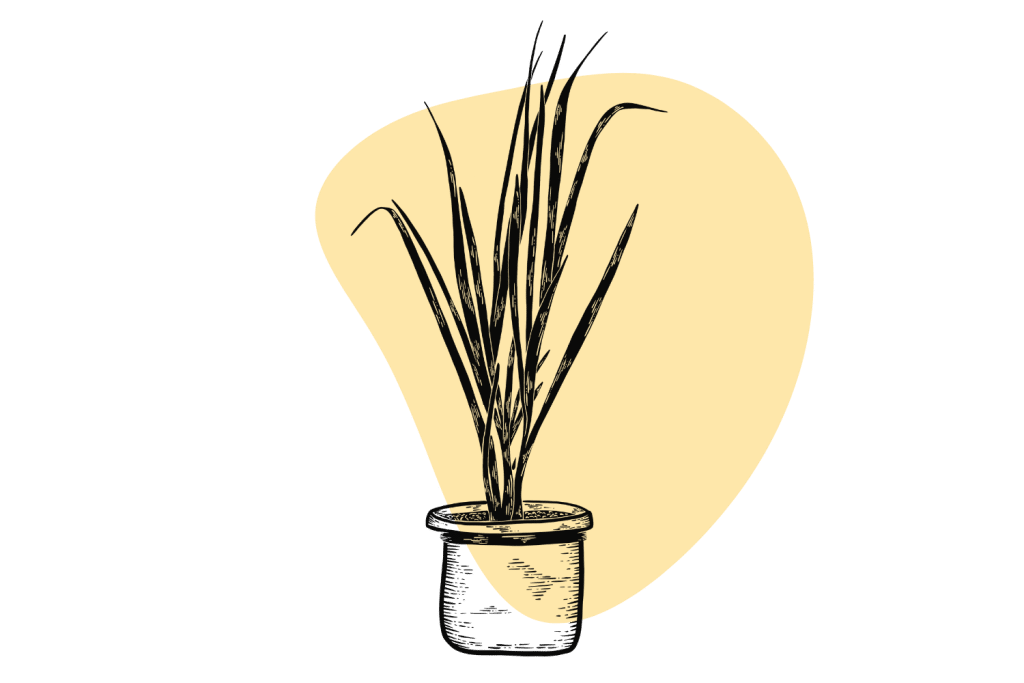
39. Licorice
Licorice (Glycyrrhiza glabra) is mainly used in herbal cigarettes for its intensely sweet flavor. The sweetness of licorice is due to a compound called glycyrrhizin, which is somewhere between 50 and 100 times as sweet as the same weight of sugar.
The downside of licorice is that it tends to add a dryness or harshness to the smoke because it’s a dense, woody root. As such, licorice needs to be balanced by something with a more soothing, gentle nature, like mullein or raspberry, to counteract this quality.
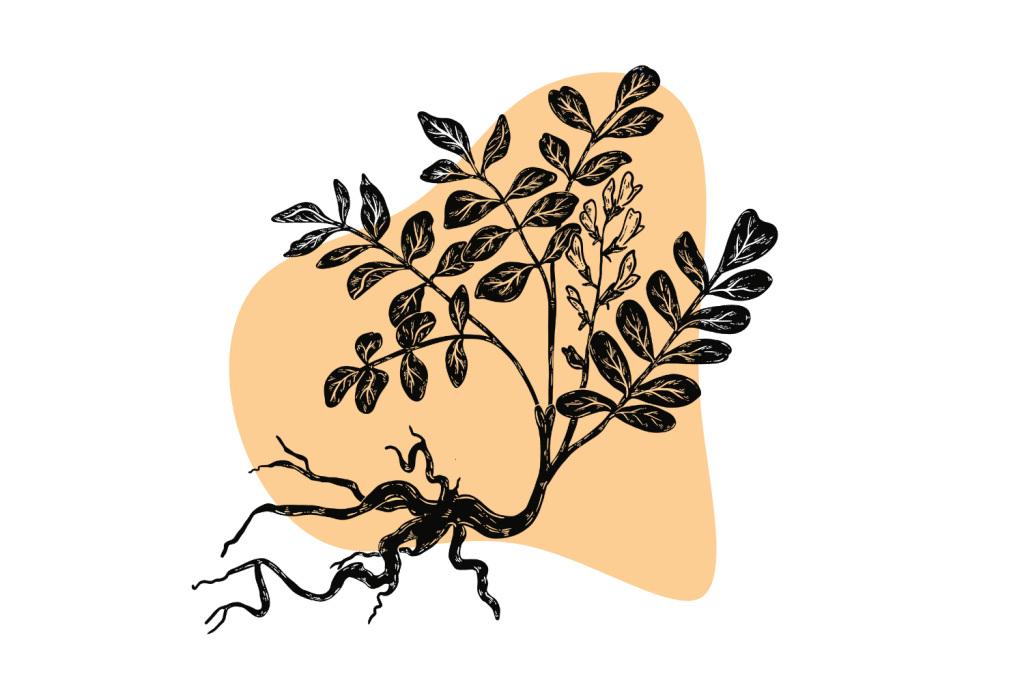
40. Linden Flower
Linden flower (Tilia spp.) is more common as a tea, but it also lends itself well to a smoking blend.
This plant is best used in small concentrations alongside other herbs. It adds a nice sweet flavor and some uplifting and nootropic benefits. It’s often added to smoke blends to reduce anxiety-related side effects of other ingredients such as dagga or marijuana.
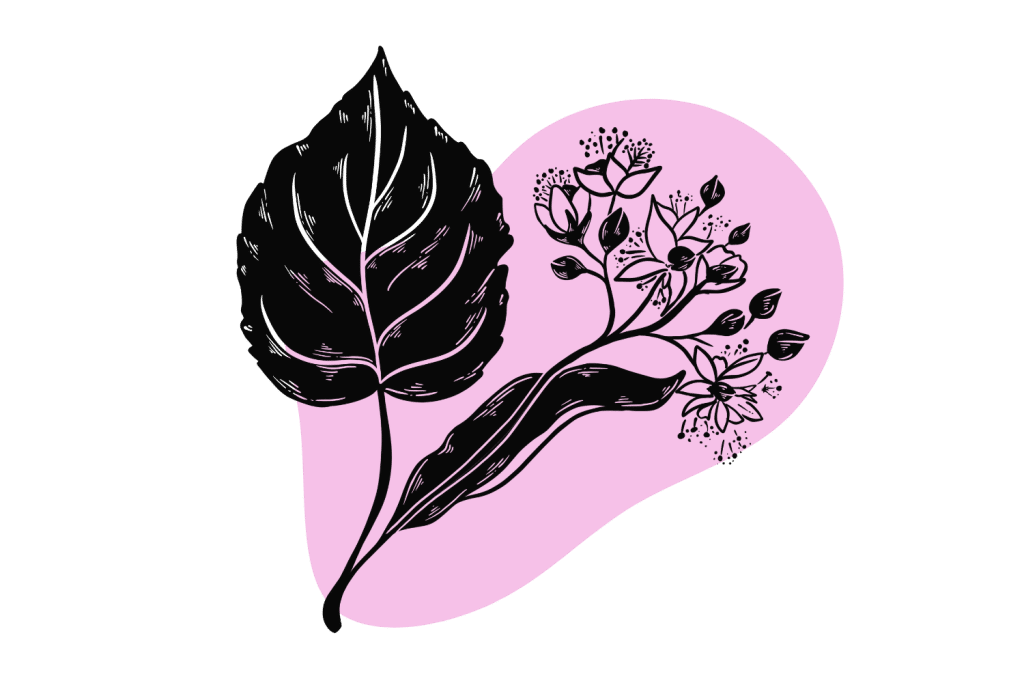
41. Lobelia ⚠️
Lobelia (Lobelia inflata) — also called Indian tobacco — has a long history of medicinal use, especially within the Thompsonian medical system of middle-aged Europe. This medical practice employed high-dose lobelia as an emetic (induces vomiting) for many health conditions.
Indeed, high doses of lobelia are nauseating, but in moderate to low doses, the effects closely resemble tobacco.
Today, lobelia is one of the best herbs for quitting smoking because one of its active alkaloids (lobeline) binds to the nicotine receptors and can be used to satisfy nicotine cravings. Unlike nicotine, lobeline does not appear to cause tolerance formation and may help users slowly wean off tobacco products while keeping cravings at bay.
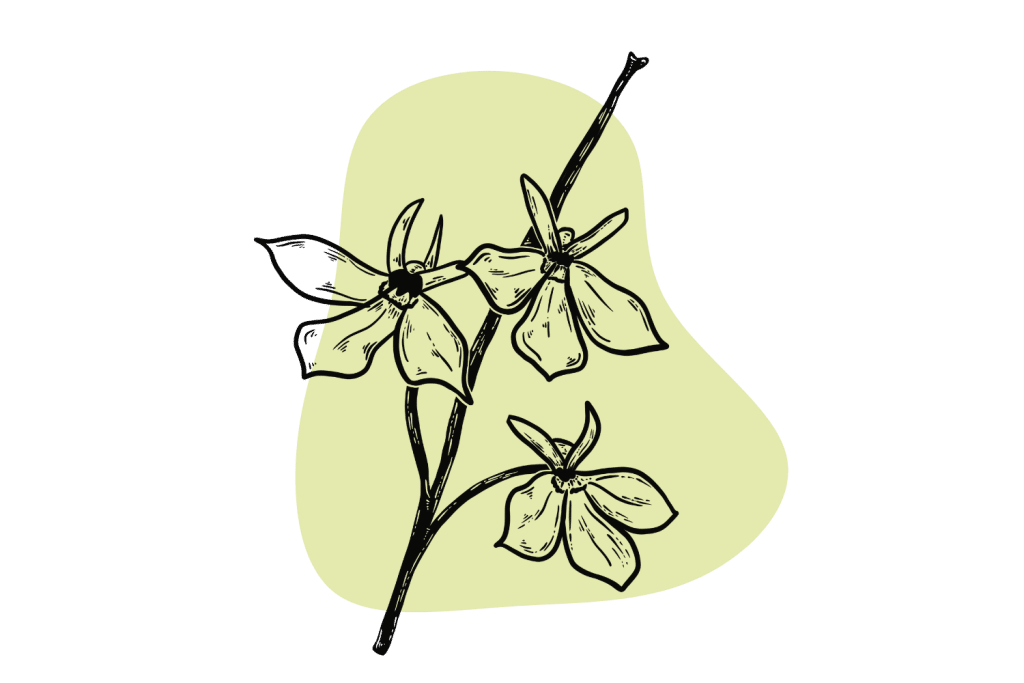
42. Maconha Brava
Maconha brava (Zornia latifolia) is a flowering plant that, when inhaled, can produce a euphoric and mild psychoactive effect similar to marijuana or dagga. It’s believed that active ingredients such as genistein and apigenin are responsible for these mild psychoactive effects.
Because of how similar the effects of this plant are to marijuana, some spice (synthetic marijuana) products use this plant as the herb material to infuse synthetic cannabinoids.
These products are not considered safe. Only pure maconha brava should be considered for use in smoking blends.
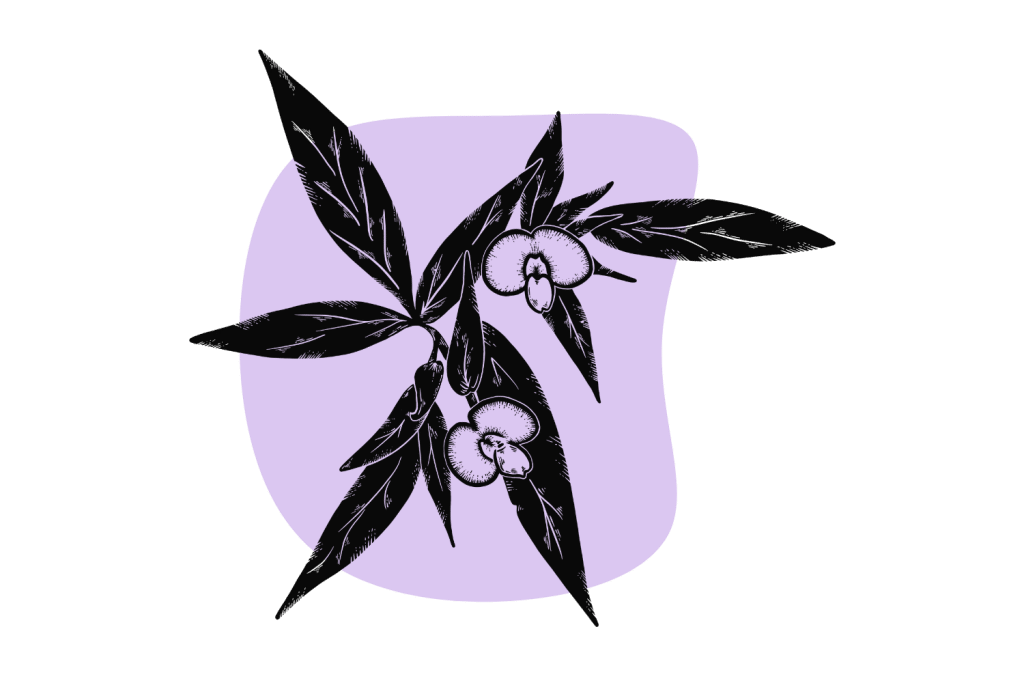
43. Marijuana
Marijuana (Cannabis sativa and Cannabis indica) is another one of the most popular smokeable herbs in the world. Despite being legal in many countries, nearly 5% of the inhabitants of Earth are believed to have tried marijuana at least once in their life.
The active ingredients that give marijuana its psychoactive effects include compounds in the cannabinoid family, such as delta-9 THC, CBN, and THCV.
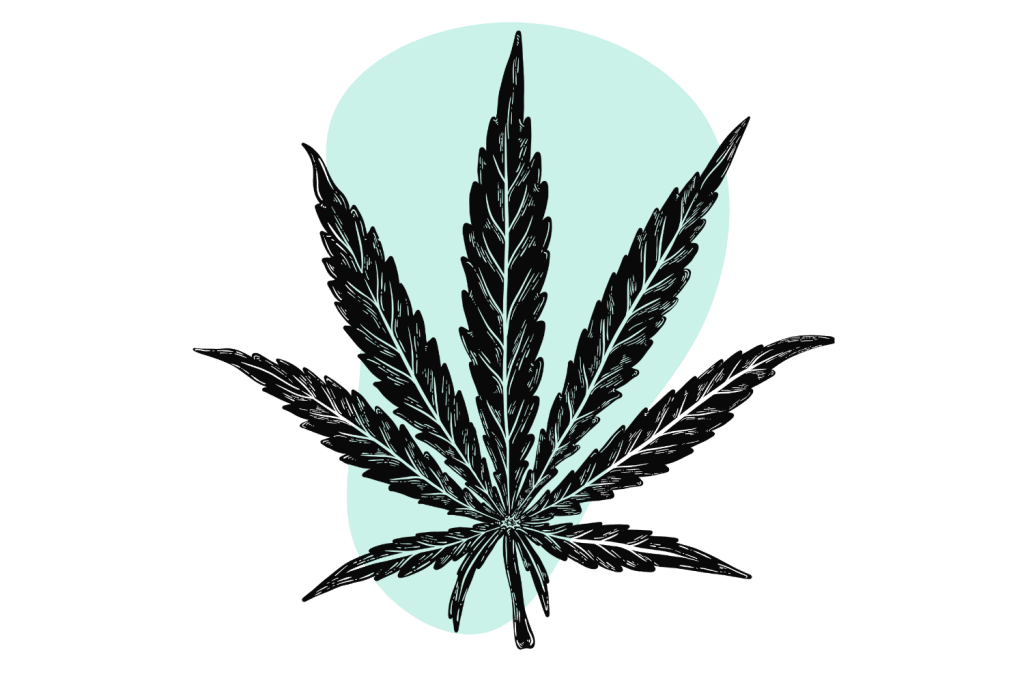
44. Marjoram
Marjoram (Origanum majorana) is commonly found in herbal smoking blends, not for its flavor but for its antimicrobial potential and its usefulness as a sleep aid. This herb is traditionally used for treating lung infections, cold/flu symptoms, and digestive issues.
It’s a good idea to mix marjoram with other, better-tasting herbs to improve the flat, bitter flavor.
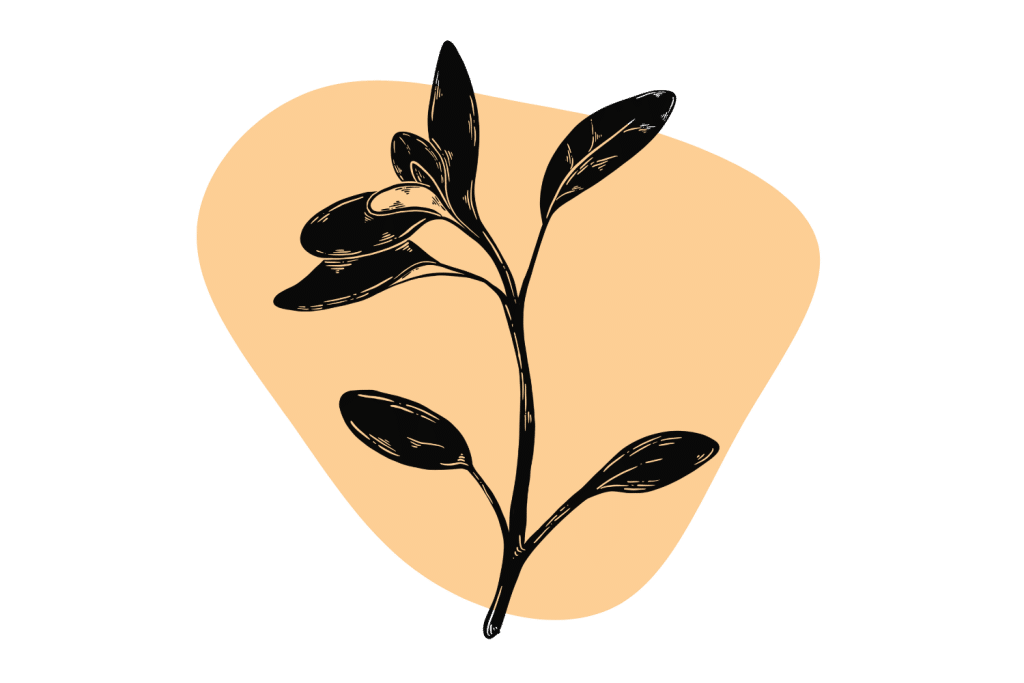
45. Marshmallow
The marshmallow plant (Althaea officinalis) is one of the best soothing agents you can add to your smoke blend. It’s one of the best alternatives to mullein or raspberry in this regard.
Marshmallow leaves have a mildly sweet flavor and produce a cool thick white smoke.
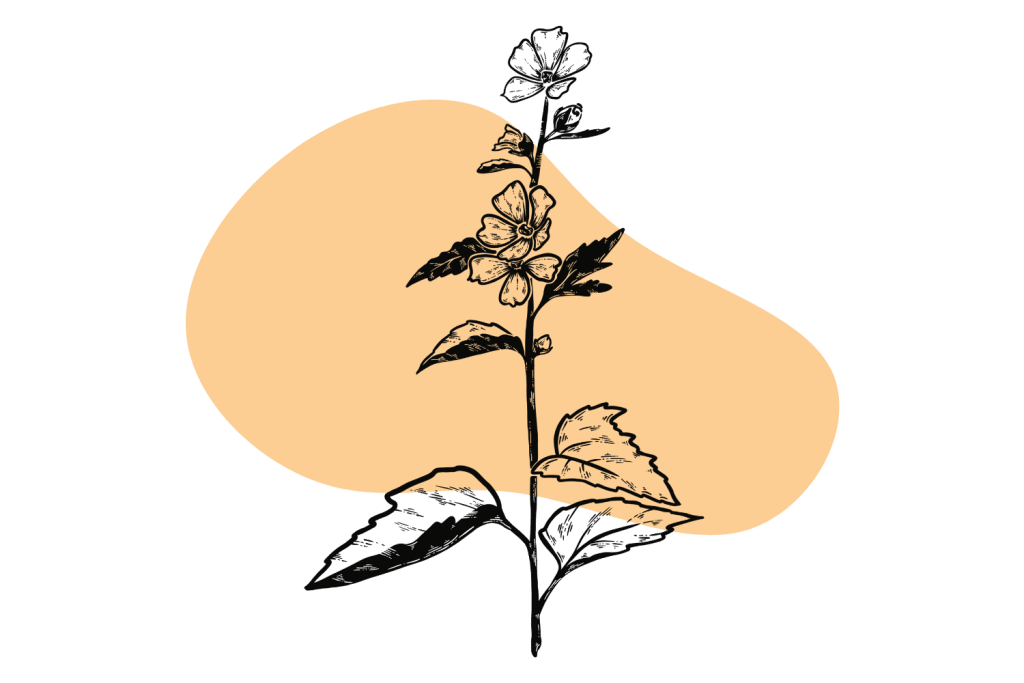
46. Meadowsweet
Meadowsweet (Filipendula ulmaria) is traditionally used for its anti-inflammatory and analgesic effects. This herb is a good addition to pain formulas explicitly made with the intention of supporting arthritis or joint pain.
Meadowsweet is also helpful as a tea for managing stomach ulcers and inflammation within the digestive tract.
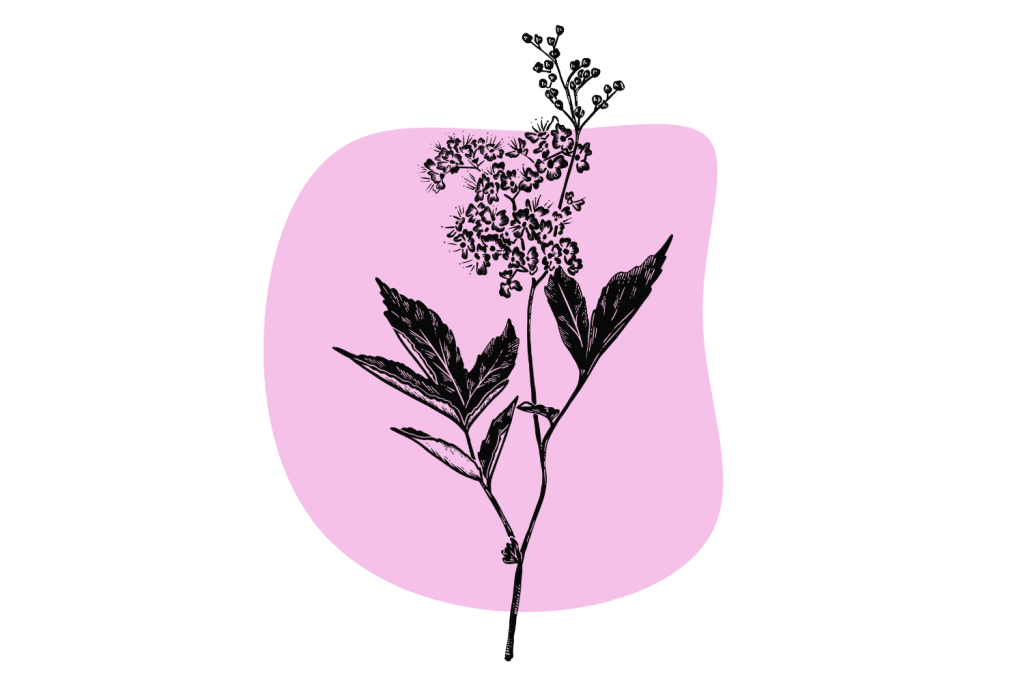
47. Mexican Tarragon
The Mexican tarragon plant (Tagetes lucida) is often added to smoking blends for the anise-like flavor it imparts.
Some people suggest Mexican tarragon can also enhance the psychoactive effects of other plants included in the blend, such as marijuana or damiana.
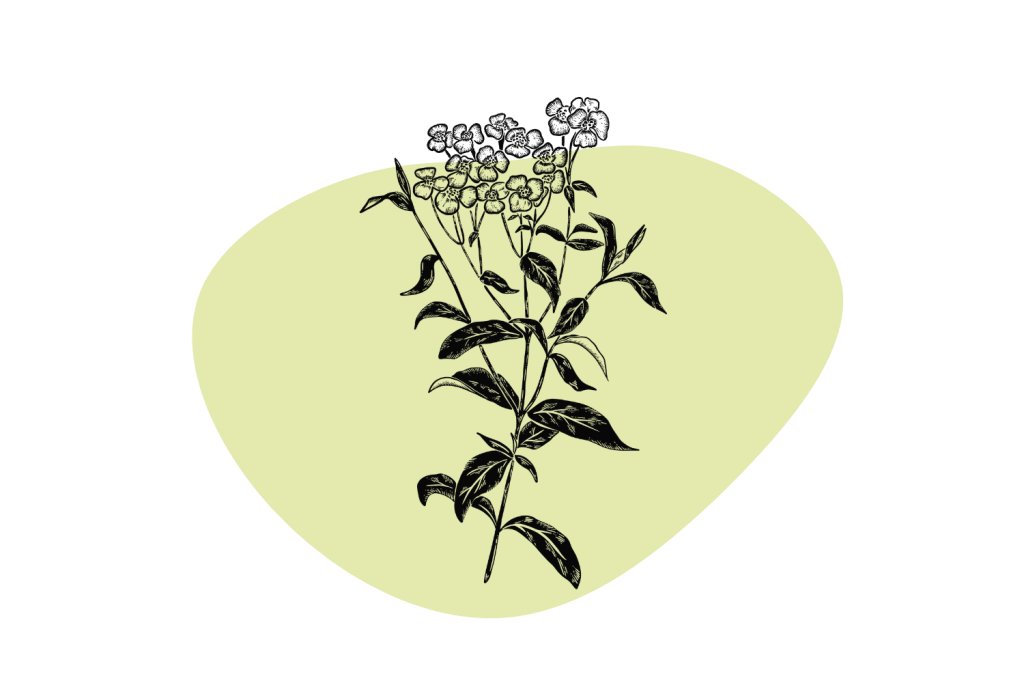
48. Mint
The mint genus (Mentha spp.) is very large and diverse — there are hundreds of different types of mint, each one with its own unique flavor profile. Almost any mint can be added to smoking blends to impart its distinct flavor and help smooth out the harshness of other herbs in the mix.
The best mints for smoking blends include peppermint (Mentha piperita), spearmint (Mentha spicata), chocolate mint (Mentha piperata), and pineapple mint (Mentha suaveolens).
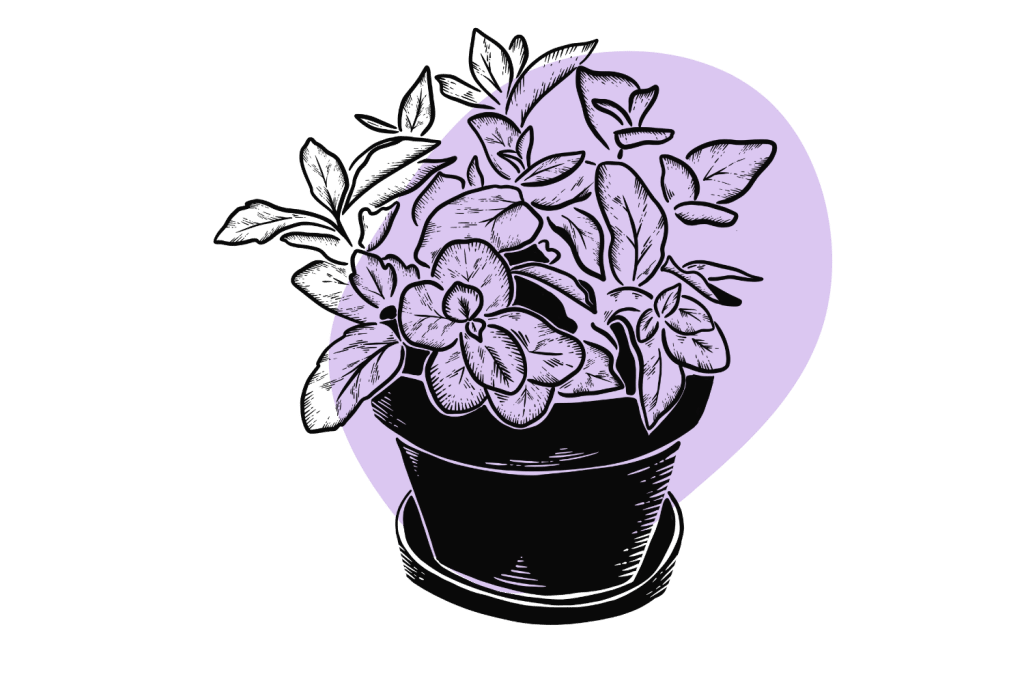
49. Motherwort
Motherwort (Leonurus cardiaca) is a traditional herb from old Europe. It was mainly used to support heart conditions, menopause, and high blood pressure.
Some users report a mild euphoric sensation after smoking motherwort, especially if mixed with other uplifting and euphoric herbs like damiana or Kanna.
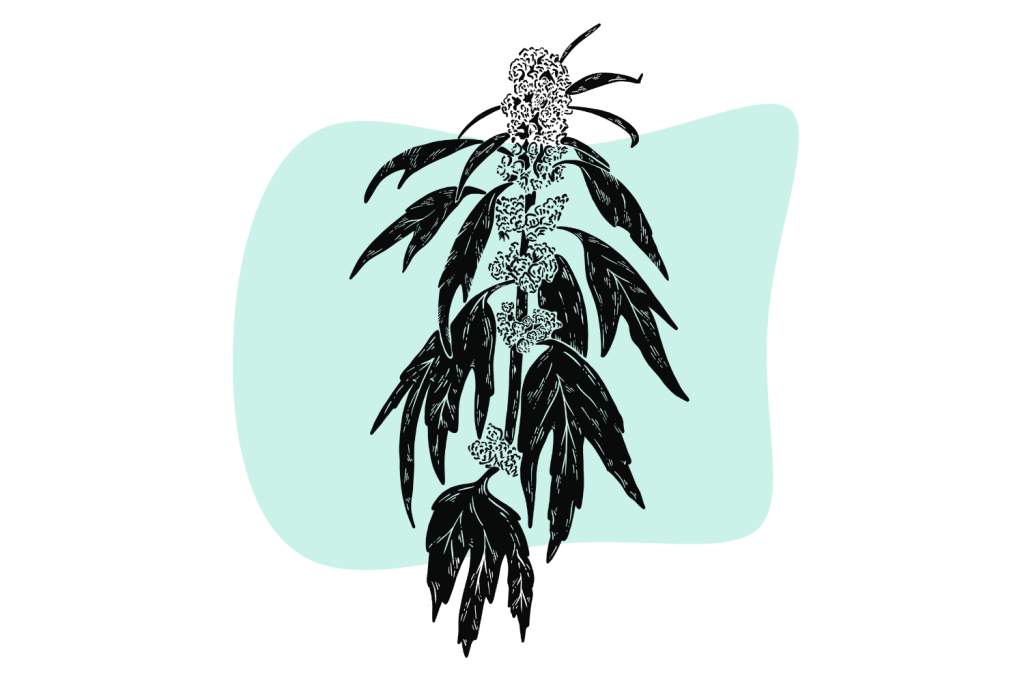
50. Mugwort
Mugwort (Artemesia vulgaris) is one of the best smokeable oneirogenic herbs available. This plant is mildly psychoactive while awake, but the real trip begins after you sleep.
Mugwort was traditionally used by shamans to produce visions in the form of dreams and is used today by lucid dreamers to help initiate the lucid dream state.
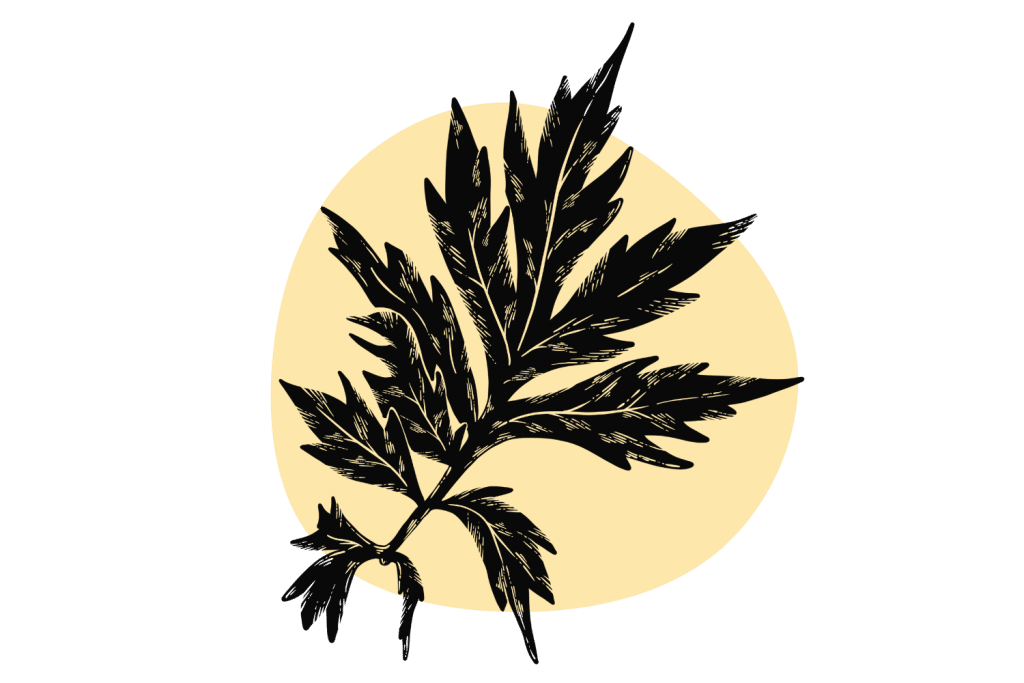
51. Mullein
Mullein (Verbascum thapsus) has a long history of use in smoking blends among the Native Americans in Canada and the United States. It was smoked to soothe the lungs and added to other blends to smooth out the harshness of the smoke.
This herb is one of the most effective “harshness regulators” available. The thick, fluffy leaves of the mullein plant produce a cool white smoke and does an incredible job of balancing the heat and harshness of some of the more medicinal herbs in the blend.
This is a herb I add to just about every smoking blend I make — usually in ratios of about 20–40% of the total mixture. The best alternative to mullein is marshmallow leaves (Althea officinalis).
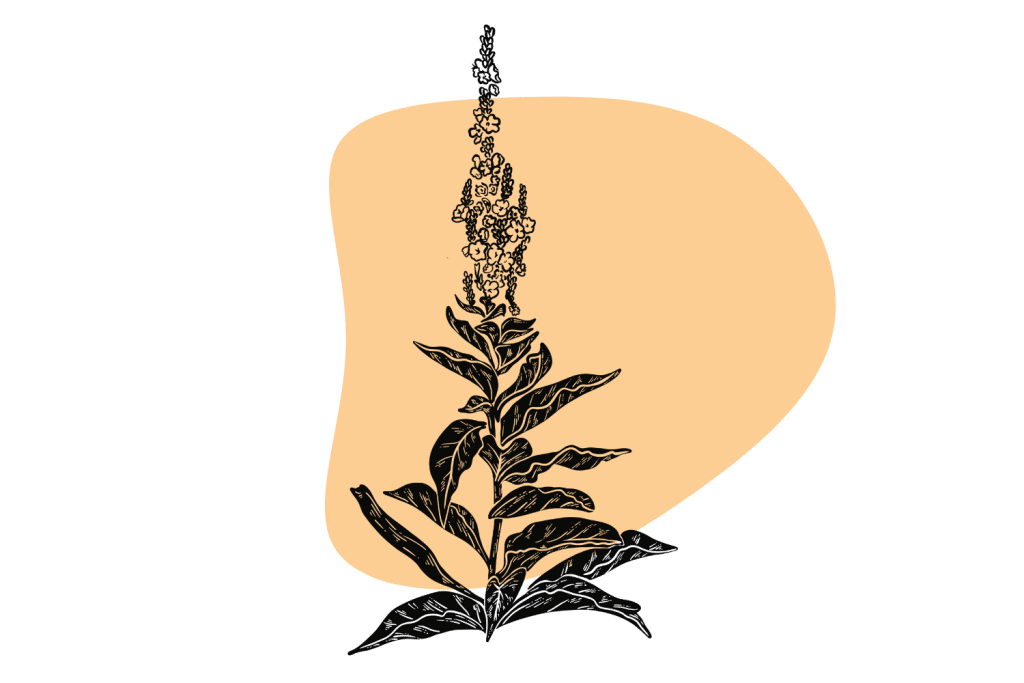
52. Nettle
The stinging nettle plant (Urtica dioica) is a popular medicinal plant for its revitalizing effects on the body and, in particular, the lungs. This herb is usually brewed into a strong tea, but it can also be smoked to help regulate the harshness of the smoke.
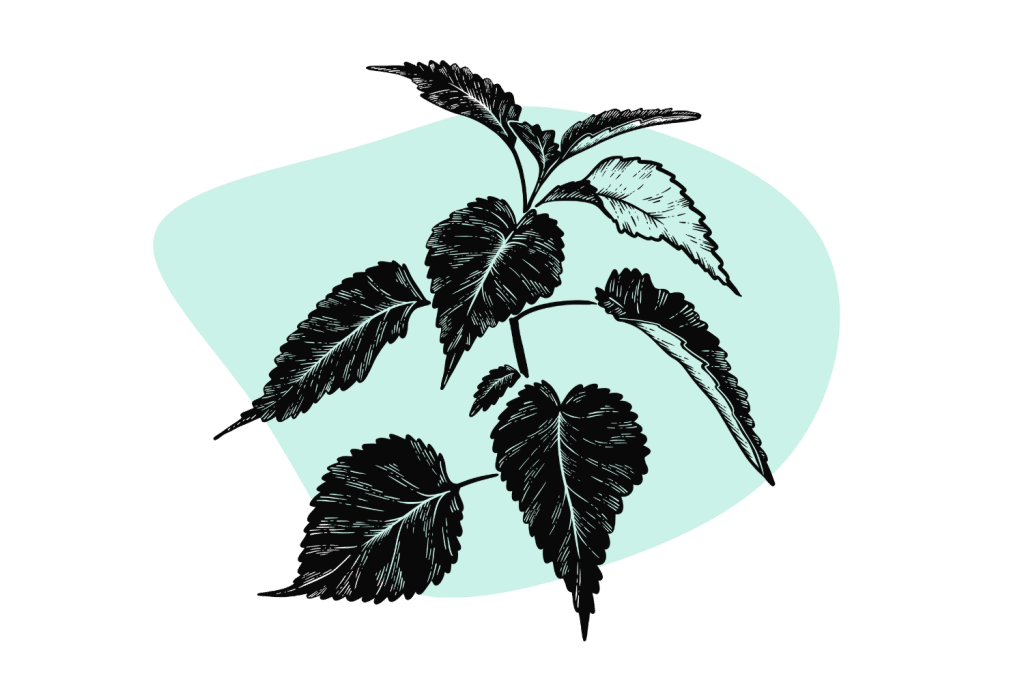
53. Nutmeg ⚠️
Not many people know that nutmeg (Myristica fragrans) is a powerfully hallucinogenic plant. This common culinary herb is normally used in very small amounts as a spice. In large amounts, especially when smoked, the active ingredient, myristicin, exerts a strong, deliriant action similar to datura or Brugmansia seeds.
Much like these other deliriant herbs, nutmeg is also very dangerous to smoke. Only very small amounts should ever be attempted.
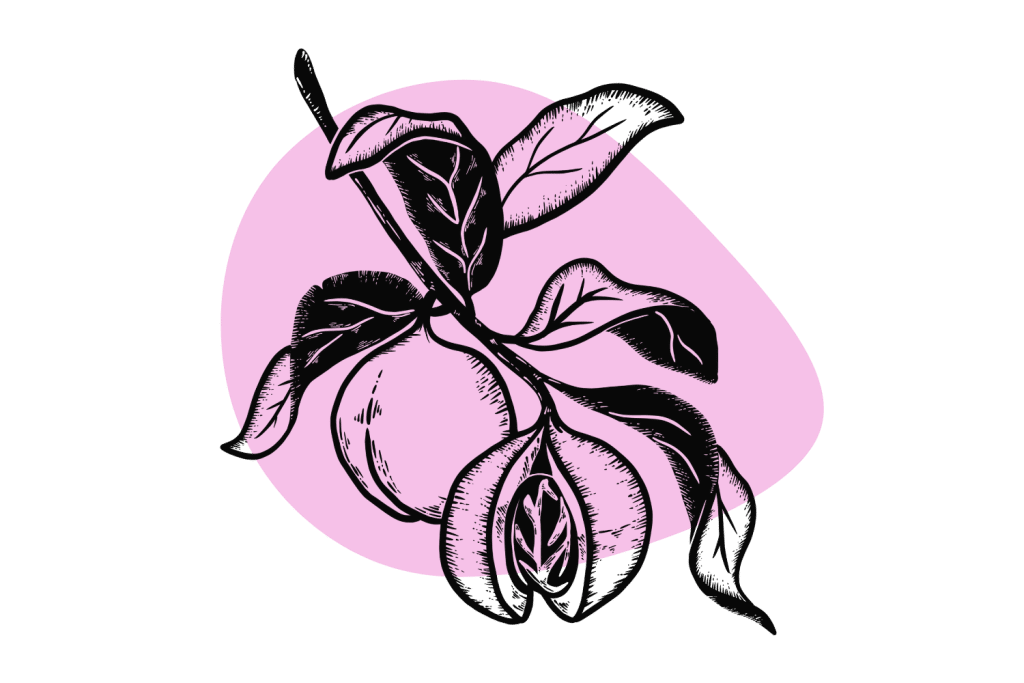
54. Opium Poppy ⚠️
The resin from the opium poppy (Papaver somniferum) is used to make opium — a powerful analgesic and psychoactive substance and the source for opiate painkillers like morphine and oxycontin.
The opium poppy is illegal in many countries, and the opium it produces is undeniably addictive when used for extended periods.
The effects of the opium poppy are euphoric, relaxing, and highly effective for managing chronic pain.
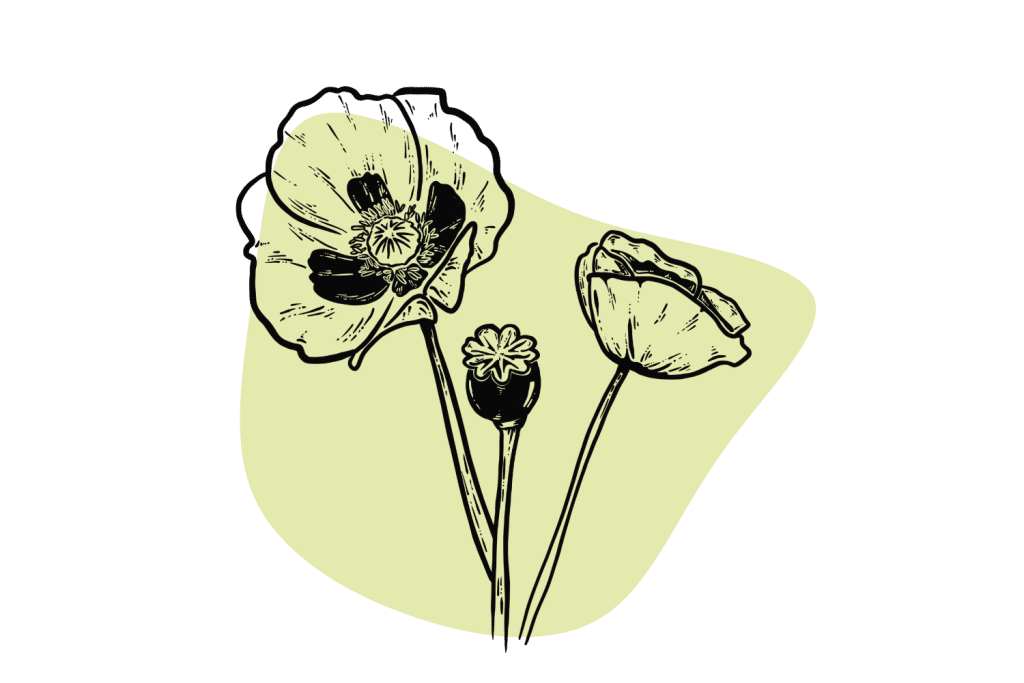
55. Oregano
Oregano (Origanum vulgare) is traditionally used to alleviate lung infections and allergies. It’s a rich source of antimicrobial terpenes such as carvacrol, thymol, γ-terpinene, and p-cymene. These terpenes also give oregano a potent aroma.
Only a very small amount of oregano is needed to completely alter the flavor profile of the smoking blend. Go easy with this herb when adding it to smoking blends.
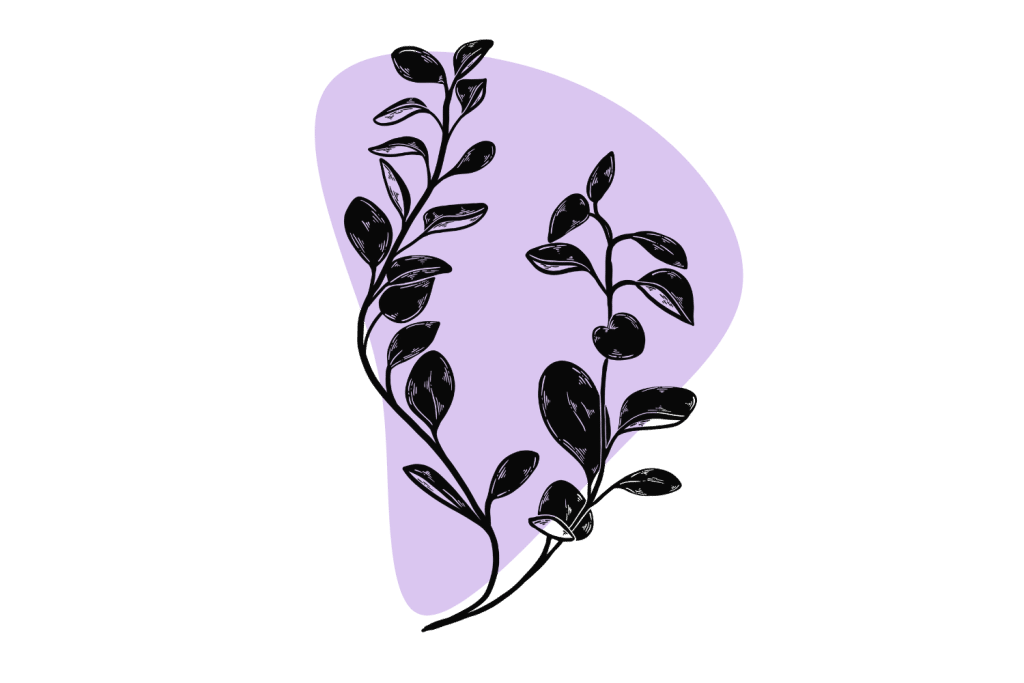
56. Passionflower
The passionflower vine (Passiflora incarnata and Passiflora edulis) is traditionally used for its antimicrobial, neuroprotective, and mood-supportive benefits.
The vine leaves have a mild flavor and can potentiate other psychoactive ingredients in the blend through its ability to inhibit monoamine oxidase. This effect is similar to the ayahuasca vine. Both herbs contain a series of compounds called harmala alkaloids — which protect the deactivation of DMT (dimethyltryptamine) and other serotonergic psychedelics.
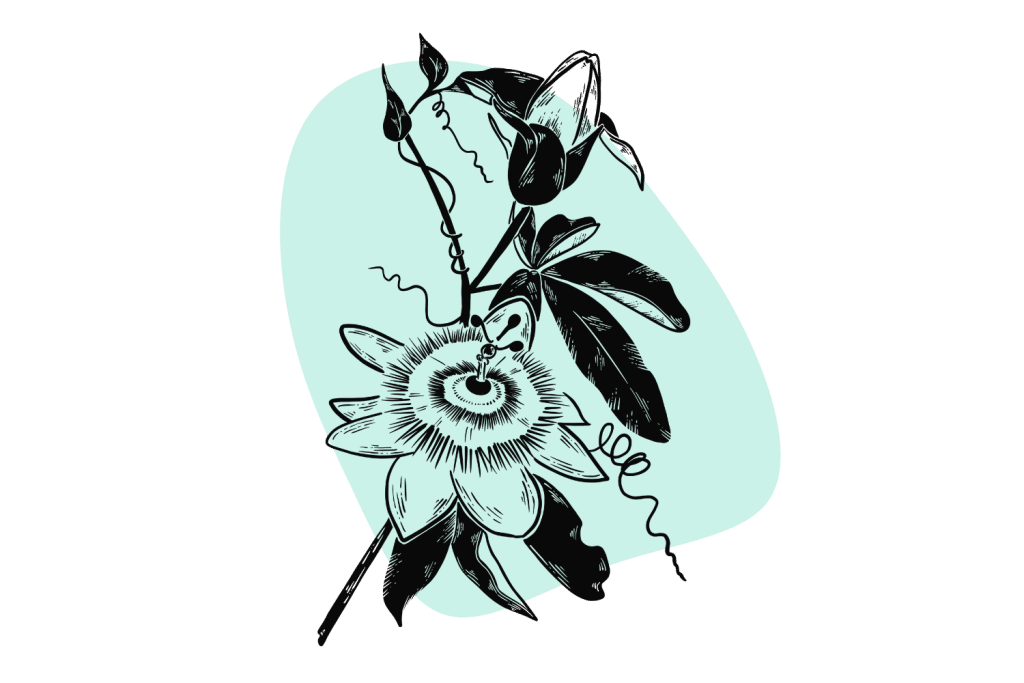
57. Raspberry Leaf
Raspberry leaf (Rubus idaeus) is another soothing herb used to reduce harshness and ease the lungs. It also imparts a pleasant flavor with a sweet aftertaste.
Raspberry also acts as a burn regulator — offering a slow, consistent burn and counteracting inconsistent burn rates between other herbs in the blend.
The leaves of the raspberry plant were traditionally added to smoke blends to alleviate asthma or bronchitis.
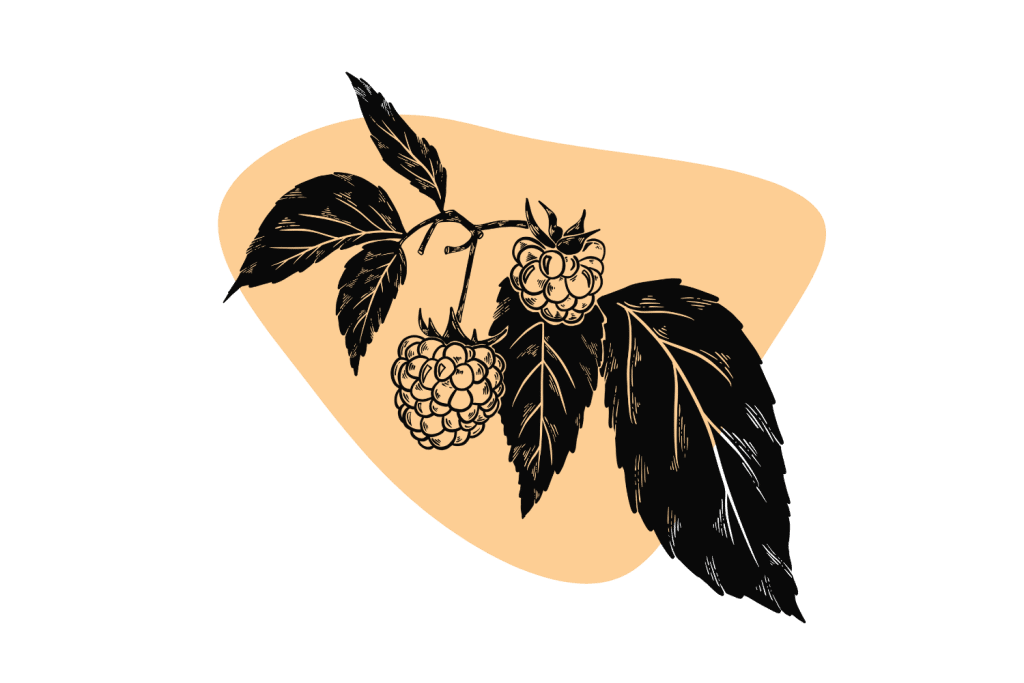
58. Red Clover
Red clover (Trifolium pratense) is traditionally used as a tea or tincture to manage menopausal symptoms like hot flashes and dizziness.
As a smoke, red clover is used to smooth out the flavor and improve the anti-inflammatory profile of the blend.
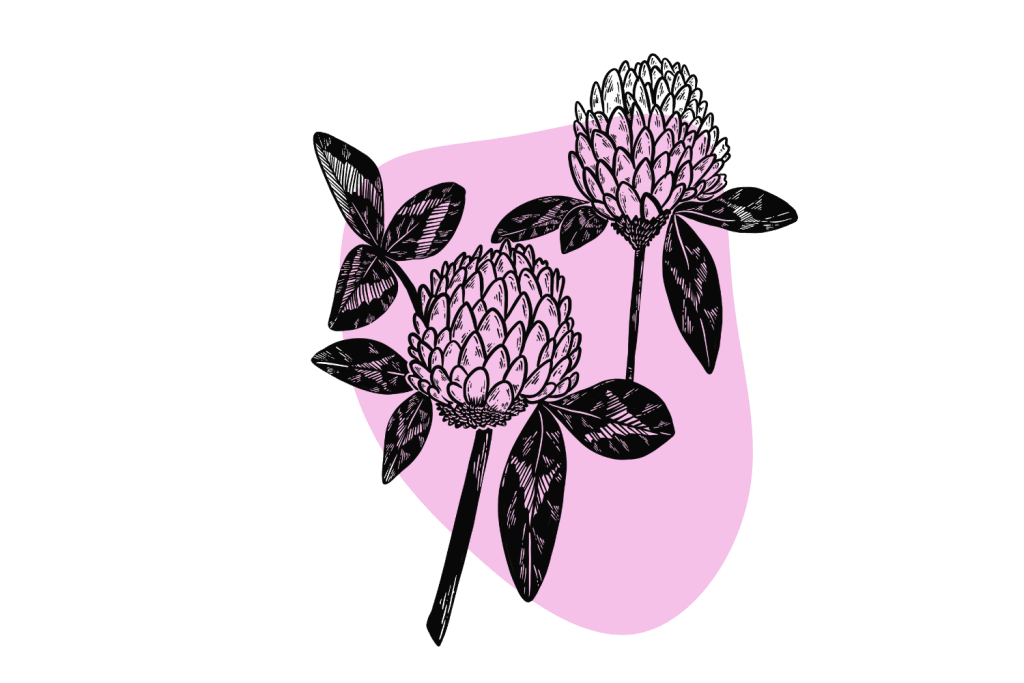
59. Red Lotus
The red lotus (Nymphaea Rubra) is a close relative of the more well-known blue lotus flower (Nymphaea caerulea). Both species contain psychoactive alkaloids with effects comparable to opiates.
Red lotus is calming and euphoric in lower doses and sedative and oneirogenic in higher doses. Some users even report mildly psychedelic effects after smoking several rounds of red lotus flower.
You can find red lotus in the form of dried herb or concentrated resin extract. The resin is much stronger but is more difficult to employ in a smoking herb blend. Most users smoke the resin by itself in a pipe or vape.
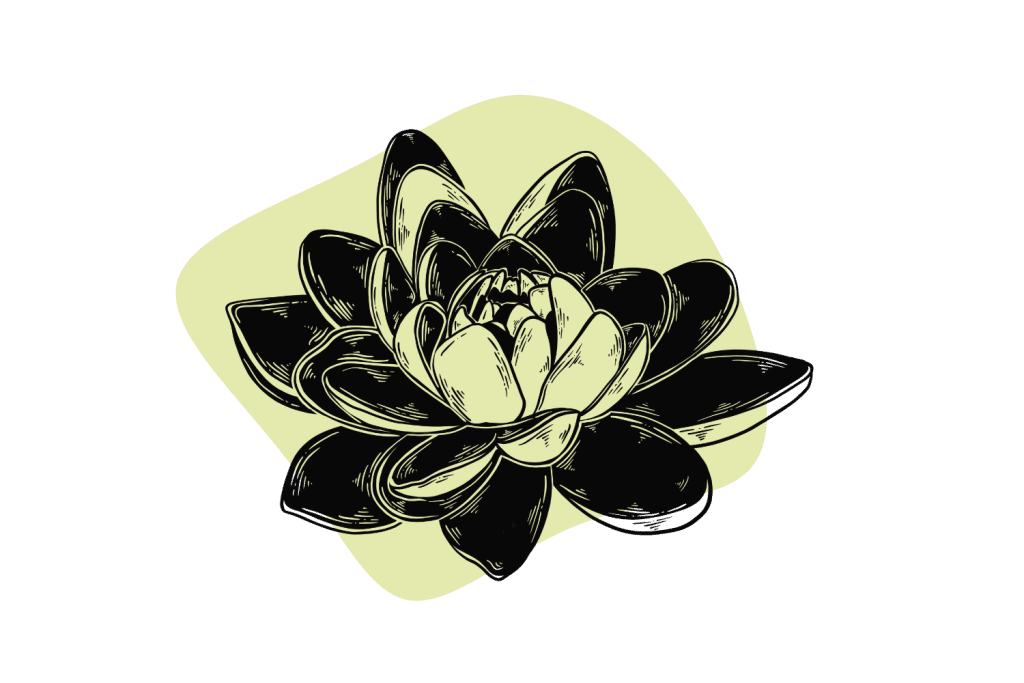
60. Red Spinach
Red spinach (Amaranthus dubius) is sometimes added to smoke blends for its unique Earthy flavor — but it doesn’t add much in the way of health benefits or psychoactive effects.
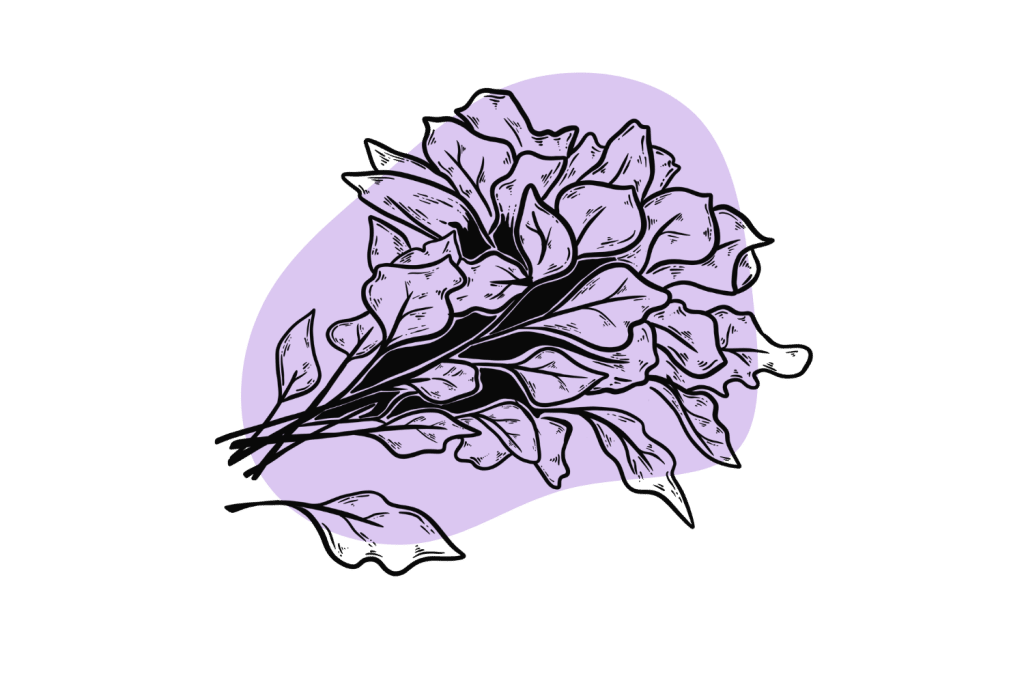
61. Rooibos
Rooibos (Aspalathus linearis) is most popular as a caffeine-free tea — but it can also be smoked.
This herb is a great bulking agent for smoke blends. It has a nice slow burn and produces a dense white smoke. It imparts a subtle but pleasant taste that can mask even the most bitter blends.
Many users report a strong calming sensation after smoking rooibos thorns.
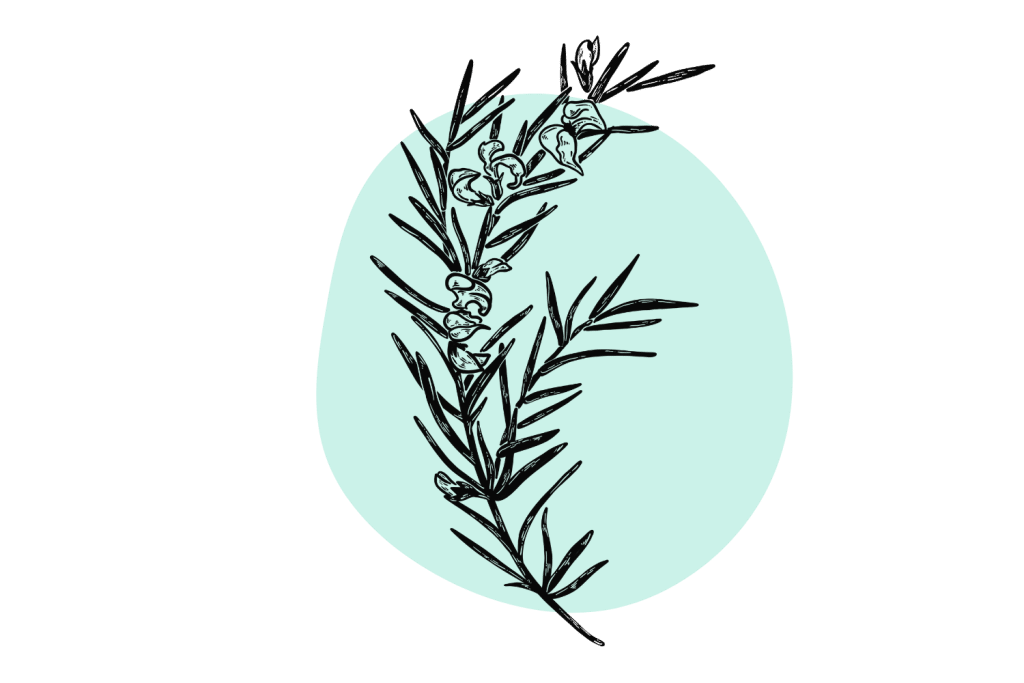
62. Rose
Rose (Rosa spp.) is a great addition to just about any smoke blend. Only a few petals are needed to impart a nice uplifting rose scent, and the red petals add some color to an otherwise bland mix.
Rose is revered as an aphrodisiac and euphoriant, but it also provides a sense of calmness that compliments herbs like marijuana, damiana, and dagga very well.
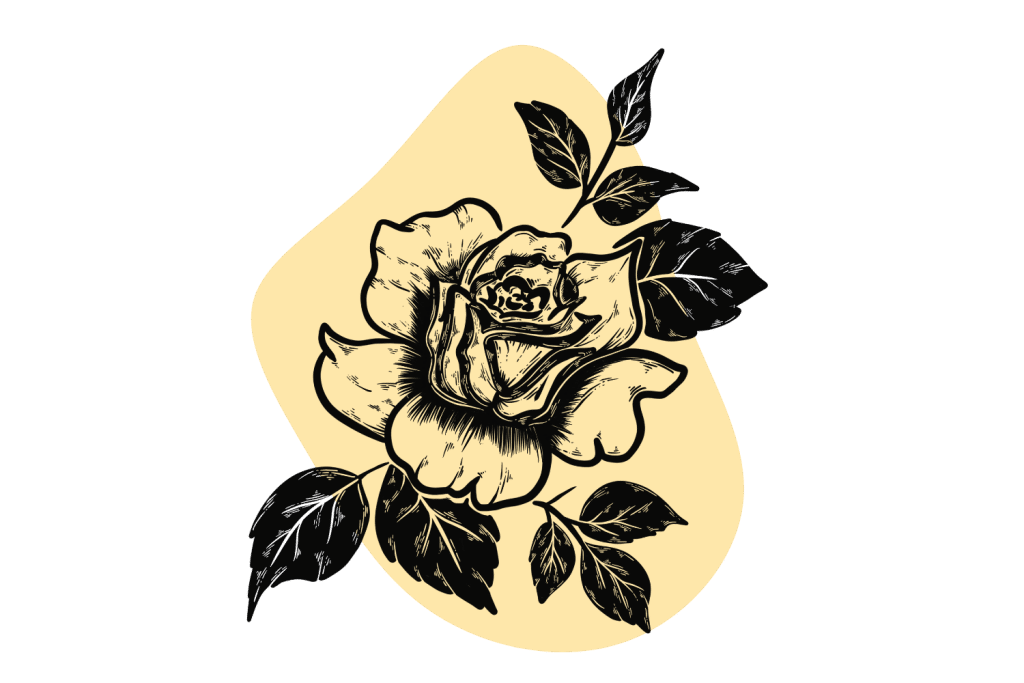
63. Rosemary
Smoking rosemary (Rosmarinus officinalis) is said to help alleviate sore throat and congestion. It has a distinct taste, but be careful about how much you use. A little bit of rosemary goes a long way.
Start with 5 or 10 parts rosemary leaf at the most and dial it up from there. Too much rosemary can be harsh on the throat, and the taste is often too overpowering to smoke.
The high essential oil content of rosemary is believed to help break up thick mucous in the lungs. It’s traditionally used as an expectorant for this effect. The downside is that as this mucous breaks apart, it often causes people to start coughing.
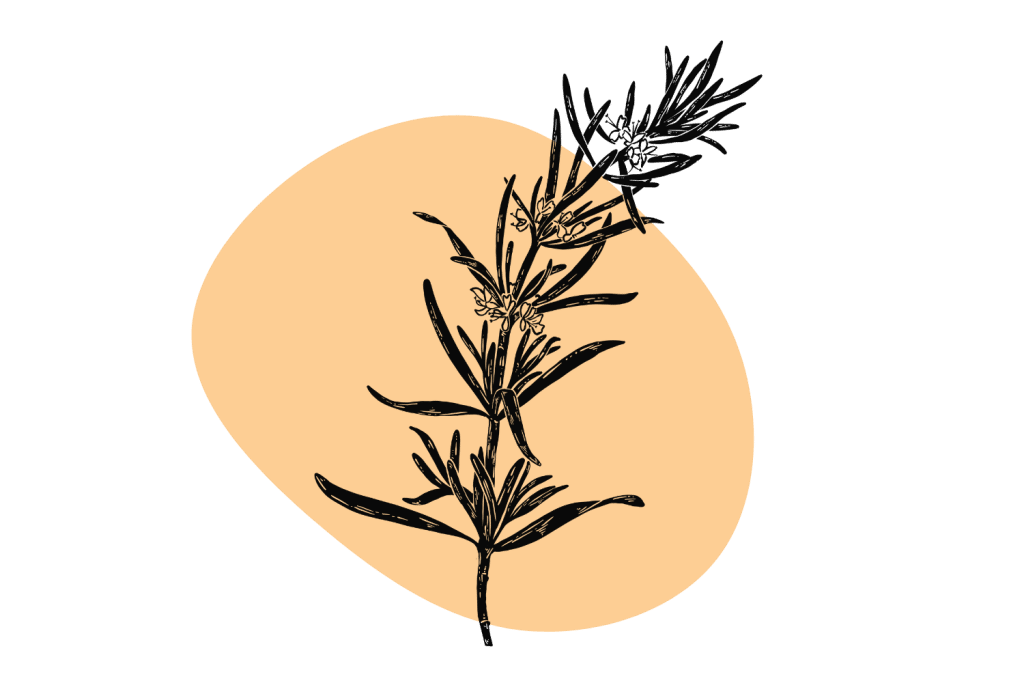
64. Sage
Sage (Salvia officinalis) has been used in traditional medical systems in North America and Europe for hundreds, if not thousands, of years.
Sage smudges are believed to scare off bad spirits, and smoking mixes centered around sage are often employed ceremoniously for treating lung conditions as well as psychological issues like depression, psychosis, and memory loss.
The aroma of sage is very strong, so consider diluting it with herbs like mullein, marshmallow, tobacco, or raspberry to cut down some of the intensity.
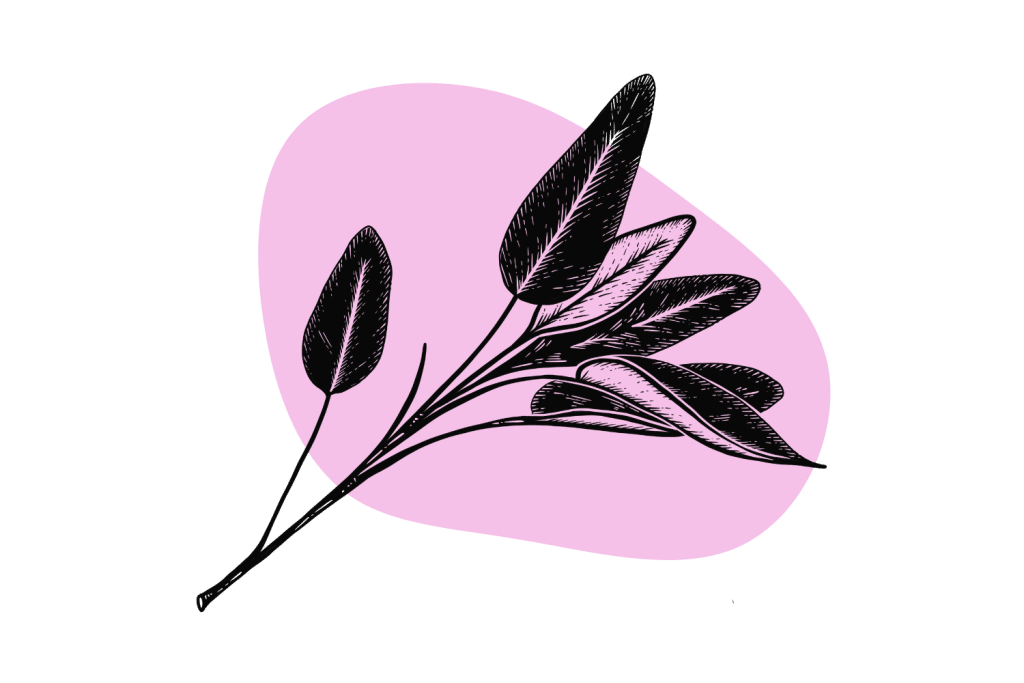
65. Salvia
Salvia (Salvia divinorum) is quite possibly the strongest psychedelic herb in existence.
The active ingredient, salvinorin A, is not found in any other species of plant on Earth. This compound, a terpene, is exceptionally strong — producing intense out-of-body hallucinations from just one puff of herb. The effects of salvia come on very quickly — within about 1 minute — but only remain active for 20 or 30 minutes. By the 45-minute mark, the user is completely back to normal consciousness.
Salvia is considered a powerful teacher by cultures living around Mexico and Central America, where it grows freely.
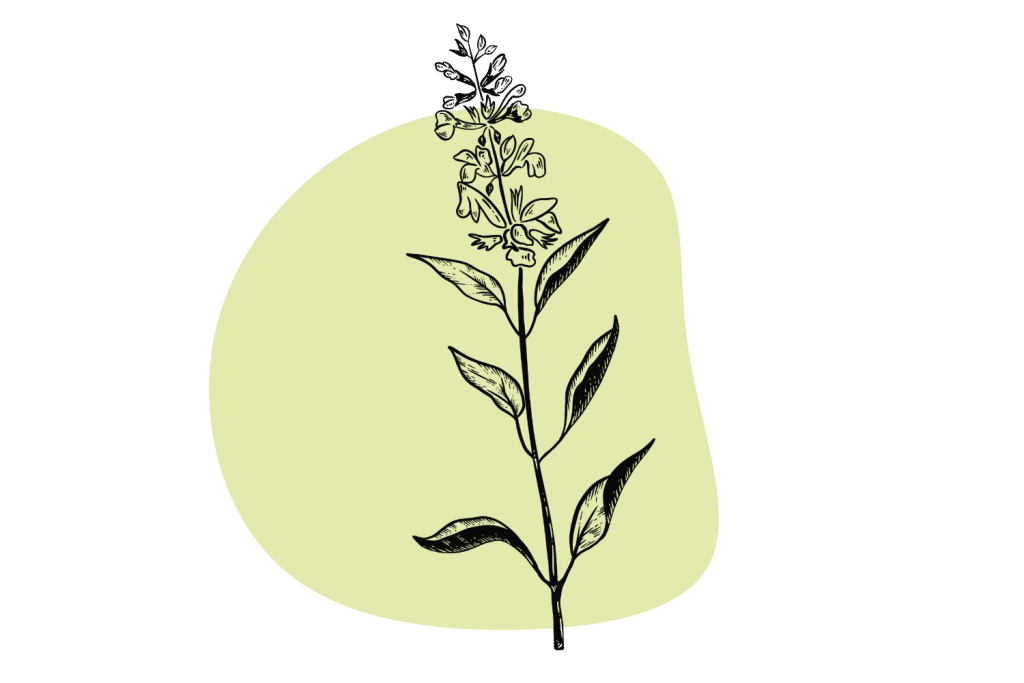
66. Sinicuichi
Sinicuichi (Heimia salicifolia) is a mildly psychoactive herb from the Southwestern United States, Mexico, and parts of Central and South America. It contains a series of active alkaloids, including vertine, lyfoline, lythrine, heimidine, and lythridine.
Not much is known about these alkaloids or how they work, but the effects of this plant resemble herbs like Kanna or kratom. They’re mildly euphoric, inebriating, and even a bit psychedelic.
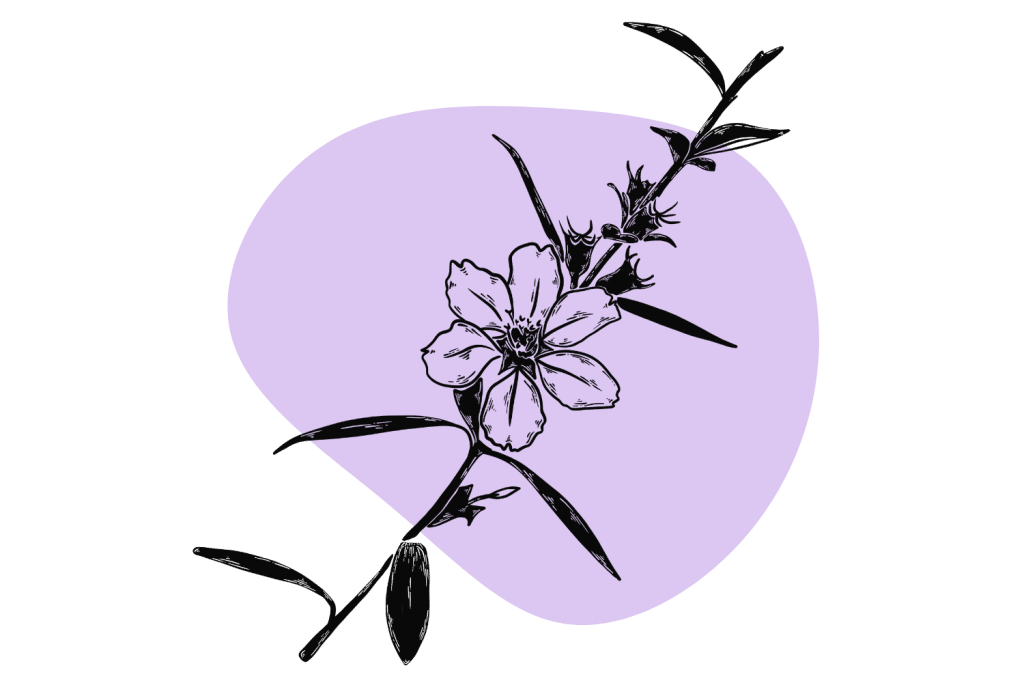
67. Skullcap (American)
Many herbalists consider American skullcap (Scutellaria lateriflora) to be one of the best herbal nervines available. Nervines refer to a class of herbs that help regulate and support the neurological system and improve everything from focus and concentration to stress resistance and sleep quality.
Skullcap works great with herbs like tobacco, passionflower, and damiana for improving focus, memory, and other higher executive functioning. It also imparts a nice herbal flavor to the smoke.
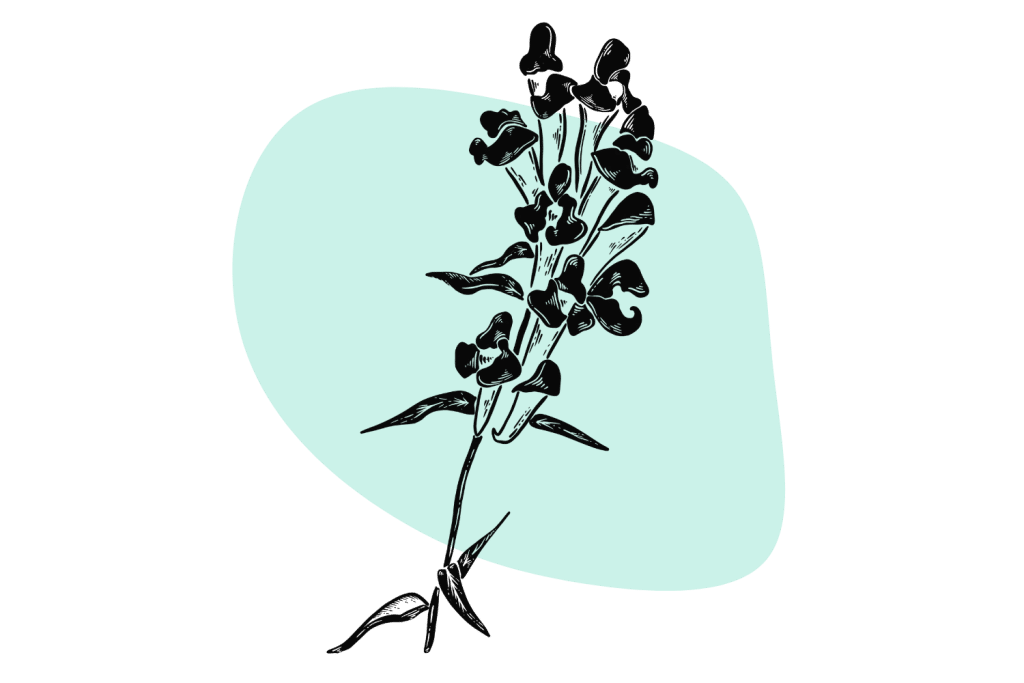
68. St. John’s Wort
St. John’s Wort (Hypericum perforatum) has been widely used as a tobacco-cessation tool for smokers looking to quit nicotine. It’s also one of the best herbs available for managing depression due to the presence of several natural serotonin reuptake inhibitors (SSRIs).
The only problem with this herb is that you need quite a bit to get the full extent of its antidepressant effects. This herb may be better employed as capsules or a strong tea instead.
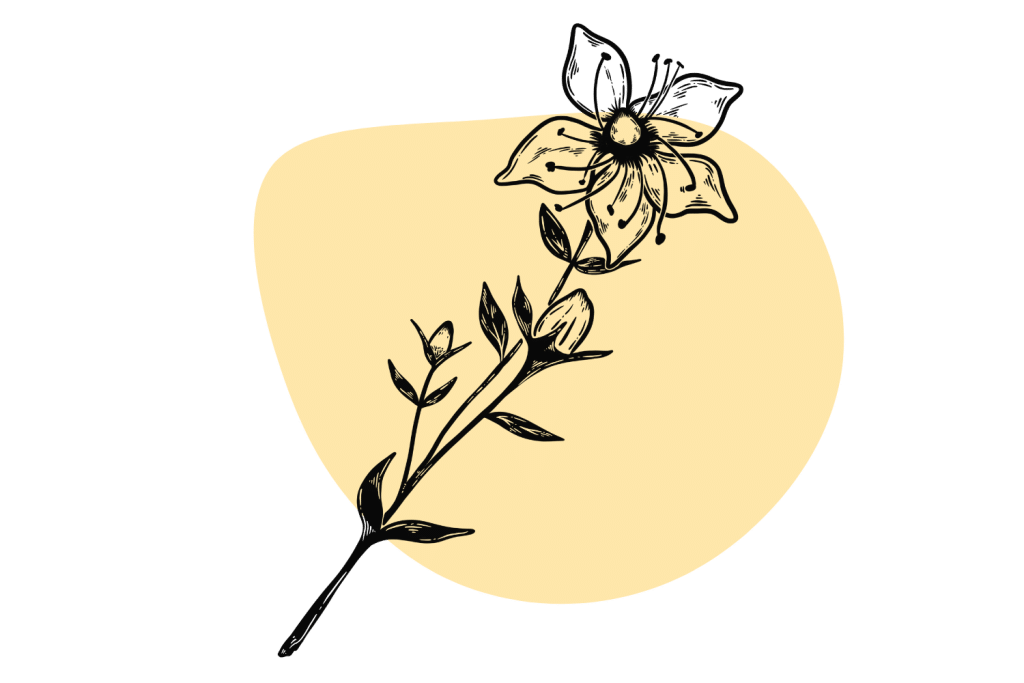
69. Tarragon
Tarragon (Artemisia dracunculus) provides a strong earthy flavor to the smoking blend. It’s a great supportive ingredient to help offset the bitter or acrid taste of other medicinal ingredients.
Some herbalists claim tarragon is a great smoking herb to use before bed due to its mild sedative and anti-inflammatory qualities.
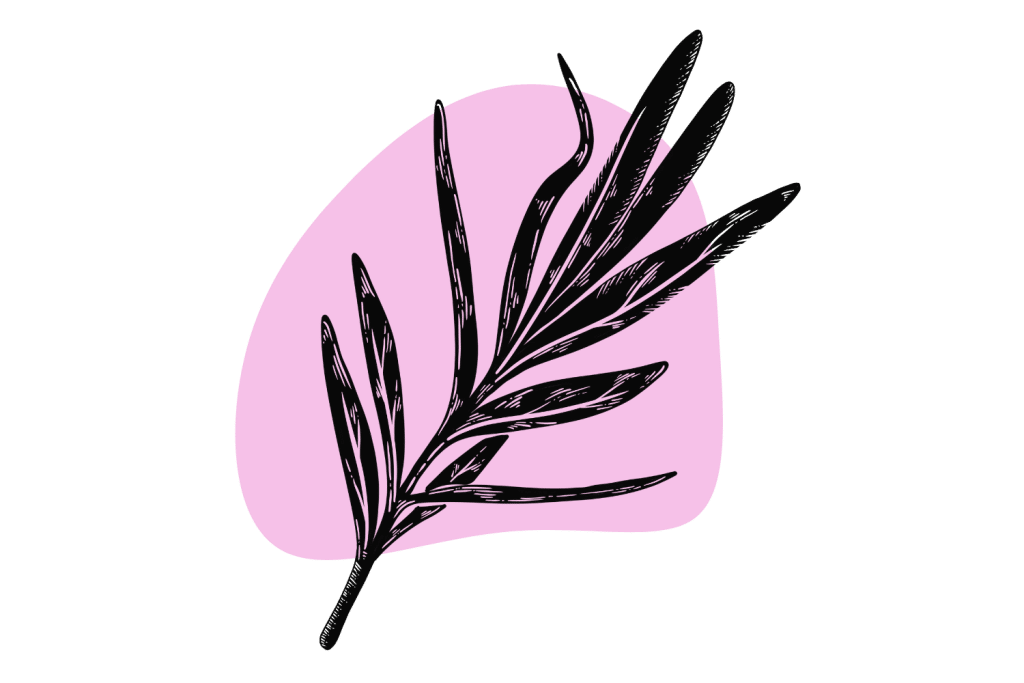
70. Tobacco
Tobacco (belonging to the Nicotiana genus) is probably the number one herb you were expecting to see on this list. Tobacco has a long history as the primary ingredient in smoking blends, and it works incredibly well for this purpose.
Tobacco has been demonized throughout our society for decades, and there’s no doubt the excessive use of tobacco, regardless of how processed it is, is not good for the lungs, brain, or blood. However, tobacco can be an incredibly healing plant when used in moderation.
Tobacco is a mild stimulant, helping to sharpen focus and improve one’s ability to see things clearly (both physically and metaphysically). It’s considered one of the premier healing herbs by shamans from the Americas, Australia, and across Eurasia.
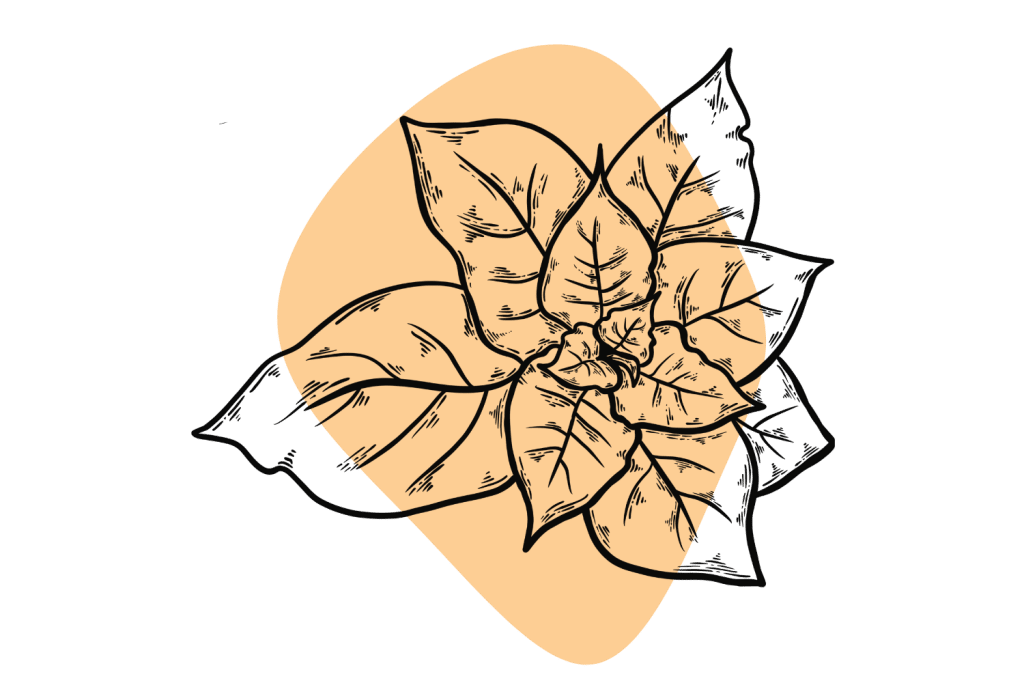
71. Uva-Ursi
Uva-ursi (Arctostaphylos uva-ursi) has two distinct uses. As a tea, the berries are used to treat urinary tract infections. As a smoke, the leaves produce a “high” most comparable to being drunk off alcohol.
The native Americans referred to this plant as kinnikinnick and often incorporated it into smoking blends reserved for ceremonial use.
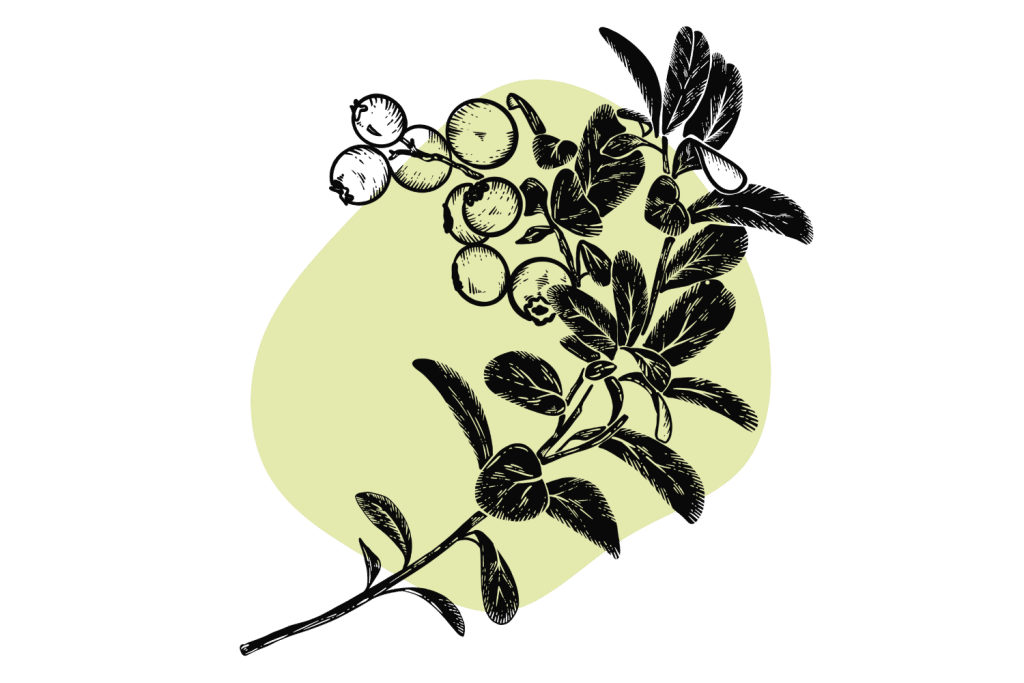
72. Warrior’s Plume
Warrior’s plume (Pedicularis densiflora), also called Indian warrior, is believed to revitalize circulation around the body. It was traditionally used in places like Nepal for healing infections and improving vitality and strength (hence the name).
This herb has a pleasant earthy flavor and produces a moderately harsh smoke.
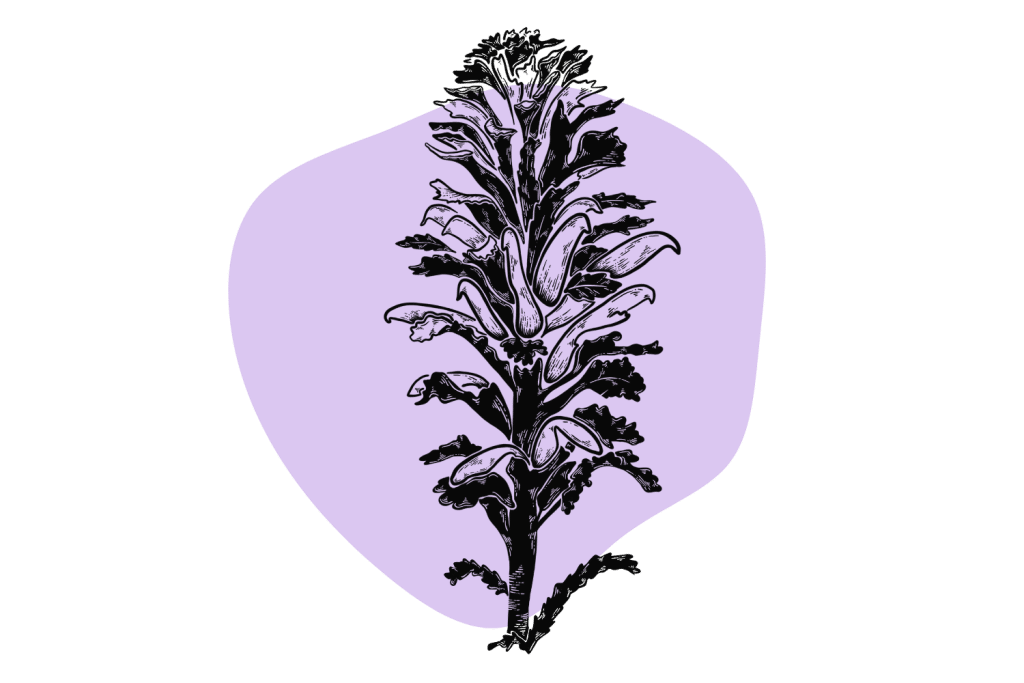
73. Wild Lettuce
Wild lettuce (Lactuca virosa), sometimes called opium lettuce, is both euphoric and psychoactive. The effects are most comparable to marijuana but with milder psychoactivity and stronger sedative effects.
This herb was traditionally used by shamans and spiritual healers in the Americas and is sometimes added to marijuana joints to potentiate the psychoactive and analgesic action. Some argue it’s the best alternative to opium for managing pain and improving sleep.
In high doses, wild lettuce is sedative and may even provide some oneirogenic (dream-inducing) benefits.
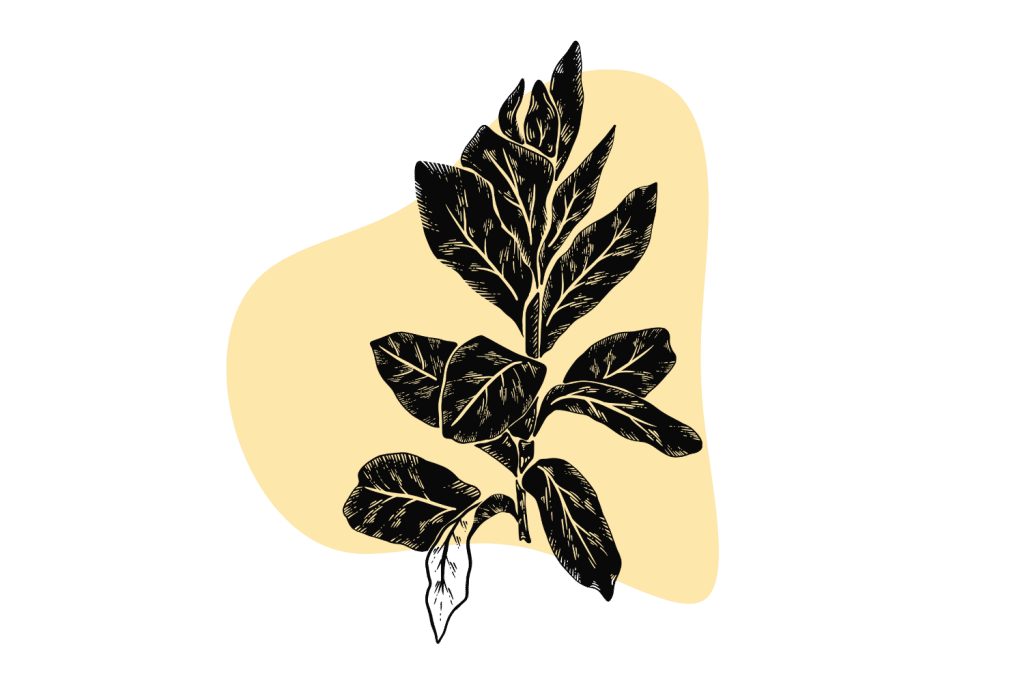
74. Willow
Willow (Salix alba) contains salicylic acid, which is precursor used to create modern-day aspirin (acetylsalicylic acid) by a chemist named Felix Hoffman.
Willow bark was often shredded and added to smoking blends to provide a pleasant “cooling” sensation and formidable pain-relieving and fever-reducing effects.
The only problem with willow is that it doesn’t burn very evenly, so other burn-enhancing herbs like raspberry, mullein, or tobacco need to be added to level it out.
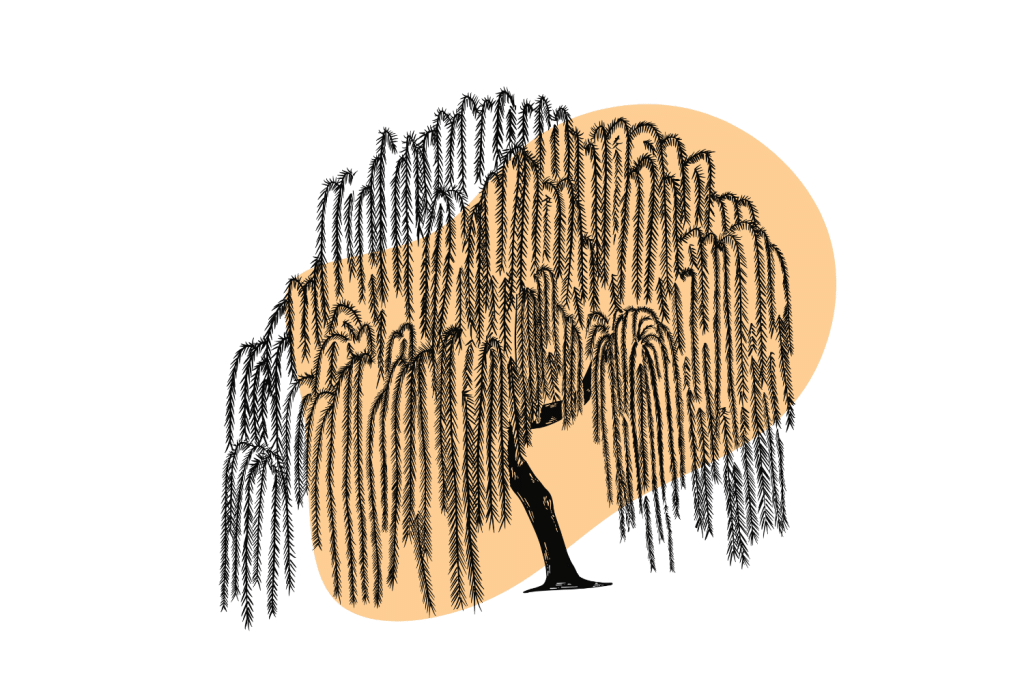
75. Wireweed ⚠️
Wireweed (Sida acuta) is a source of ephedrine — a stimulating alkaloid that mimics adrenaline (epinephrine).
Wireweed is a good addition to smoke blends in small concentrations for boosting focus and concentration, alleviating fatigue (both mental and physical), and reducing appetite.
Tread cautiously with this herb, too much ephedrine can cause heart arrhythmias and high blood pressure.
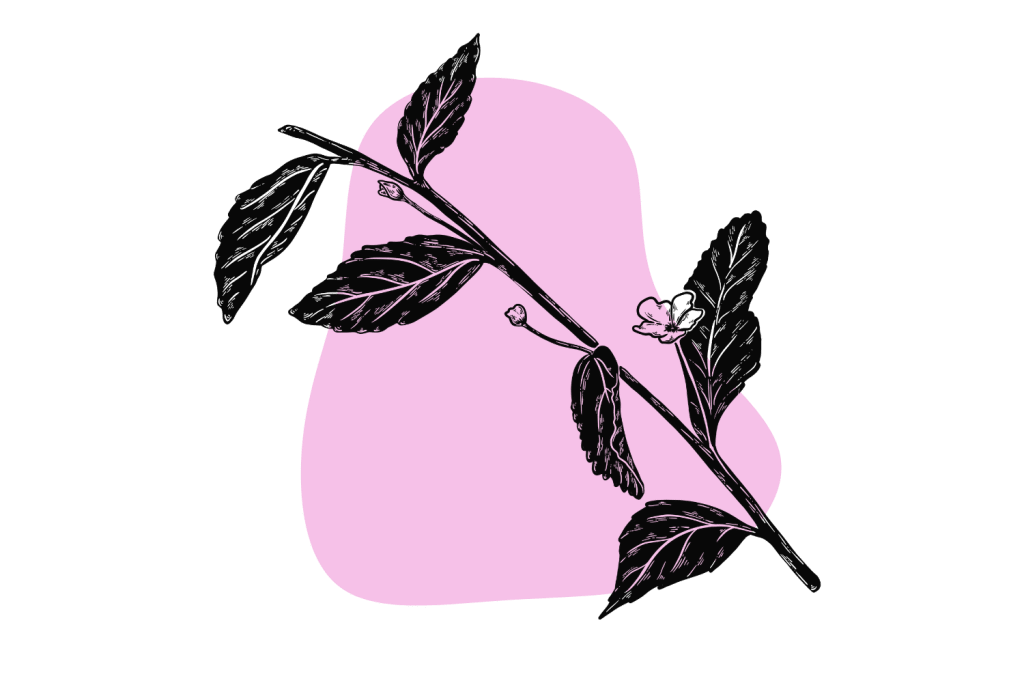
76. Wood Betony
Wood betony (Stachys officinalis) is a premier nervine when used as either a smoke or herbal tea. It was revered by the Anglo-Saxons and Romans as a treatment for virtually all neurological disorders, including anxiety, depression, insomnia, psychosis, and poor appetite.
This herb has a harsh flavor, so it should be mixed with flavor enhancers like mint or lavender to offset its acrid taste.
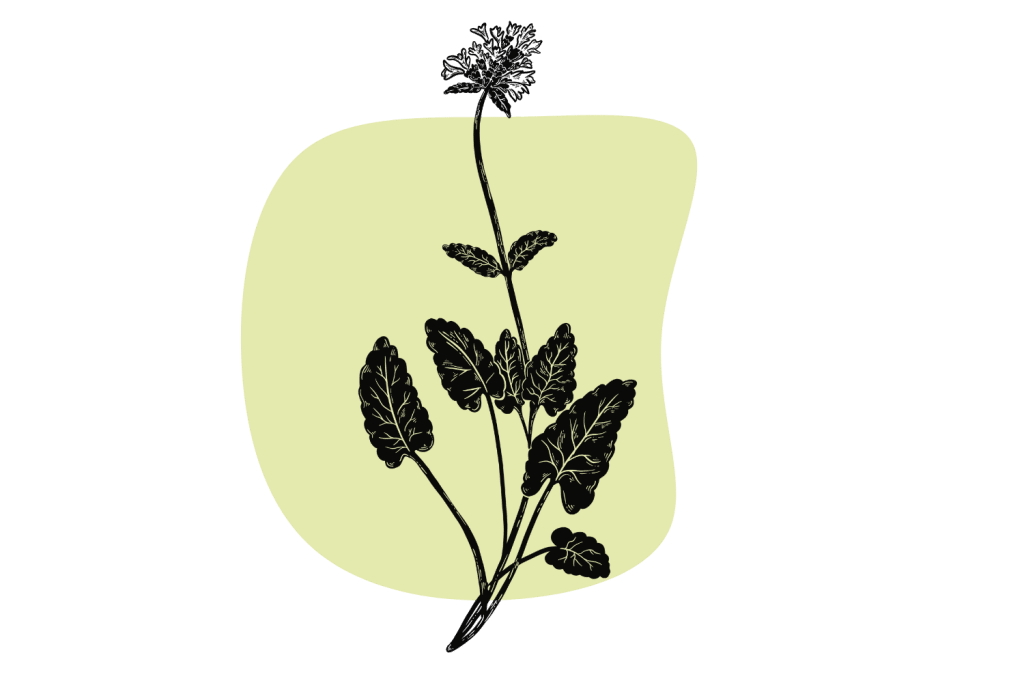
77. Wormwood ⚠️
Wormwood (Artemisia absinthium) is the active ingredient in traditional absinthe. It contains a compound called thujone, which is both a neurotoxin and deliriant.
This plant has been used in smoking blends in Europe for hundreds of years, but it isn’t recommended unless you understand exactly what you’re getting into. The effects of this plant when smoked are similar to herbs like datura and nutmeg.
There may be a place for these herbs when used in the right dose and in the right context, but because of how easy it is to get it wrong and how nasty the side effects can be, it’s wise for the vast majority of people to give this plant a pass.
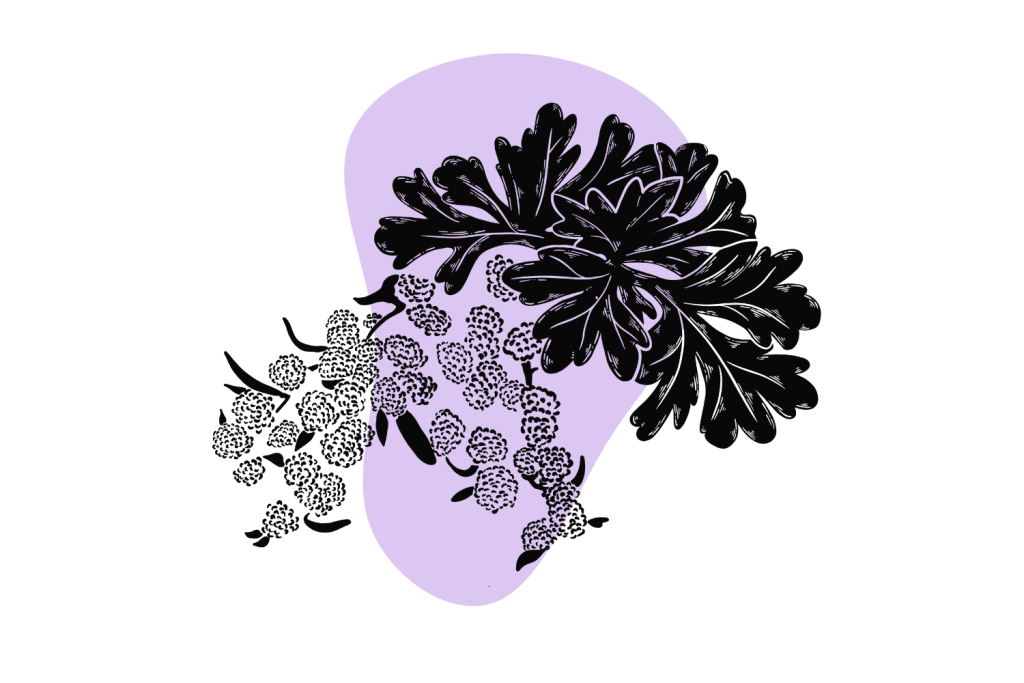
78. Yarrow
Yarrow (Achillea millefolium) is a strong bitter herb traditionally used to stop bleeding (the leaves contain a styptic compound that causes wounds to seal more quickly).
It’s also used as a strong tea to induce sweating and break high fevers.
In smoked form, yarrow is conventionally added as more of a guiding plant. It seems to really tie the effects of other herbs in the mix together, potentiating their effects and allowing them to kick in more quickly.
Unfortunately, the flavor of yarrow remains highly bitter even in smoked form, but it makes the smoke feel smoother on the throat and lungs.
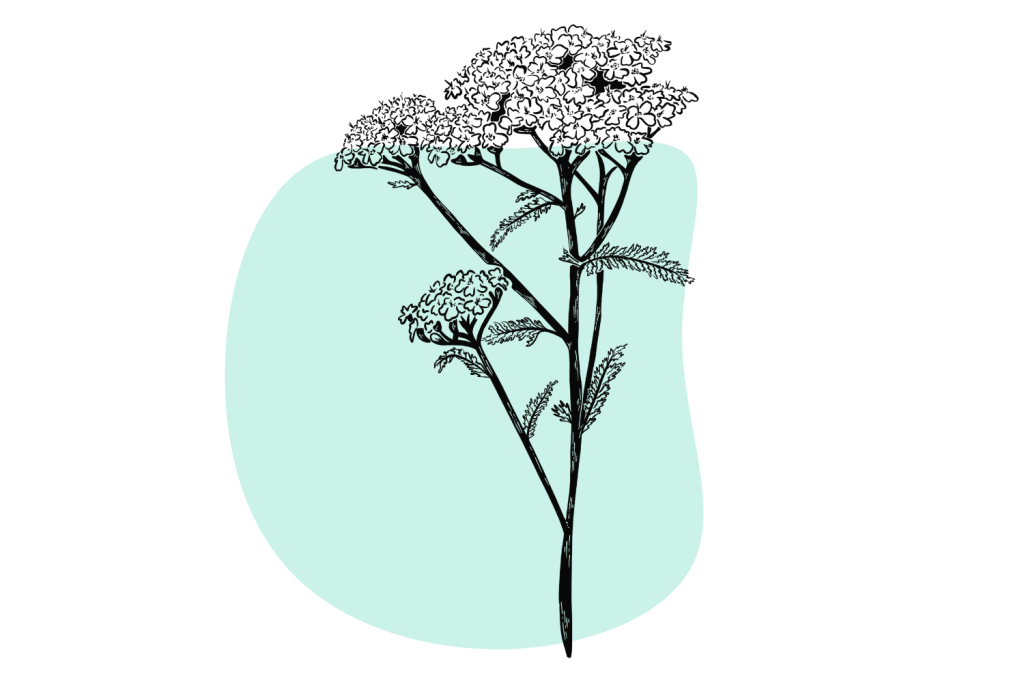
79. Yerba Maté
Yerba maté (Ilex paraguariensis) is a large tree found in Central and South America. Its leaves contain a high concentration of caffeine and theobromine.
Smoking the leaves increases energy, similar to drinking a cup of coffee, and can be used to enhance focus and attention. This is one of the few smokable forms of caffeine.
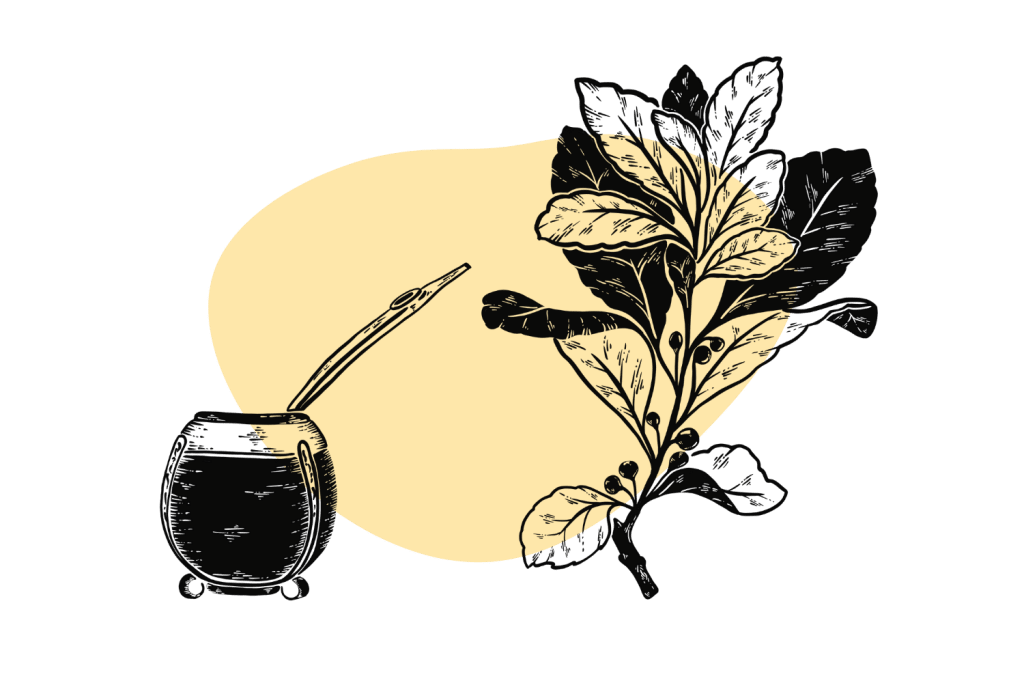
80. Yerba Santa
Yerba Santa (Eriodictyon californicum) is a popular ingredient for making smudge sticks and is sometimes incorporated into smoking blends centered around clearing out respiratory infections and seasonal allergies.
This is an excellent addition in small amounts to synergize with some of the other ingredients in the blend. Yerba santa is thought to help open the airway and allow the other herbs to flow into the lungs more efficiently.
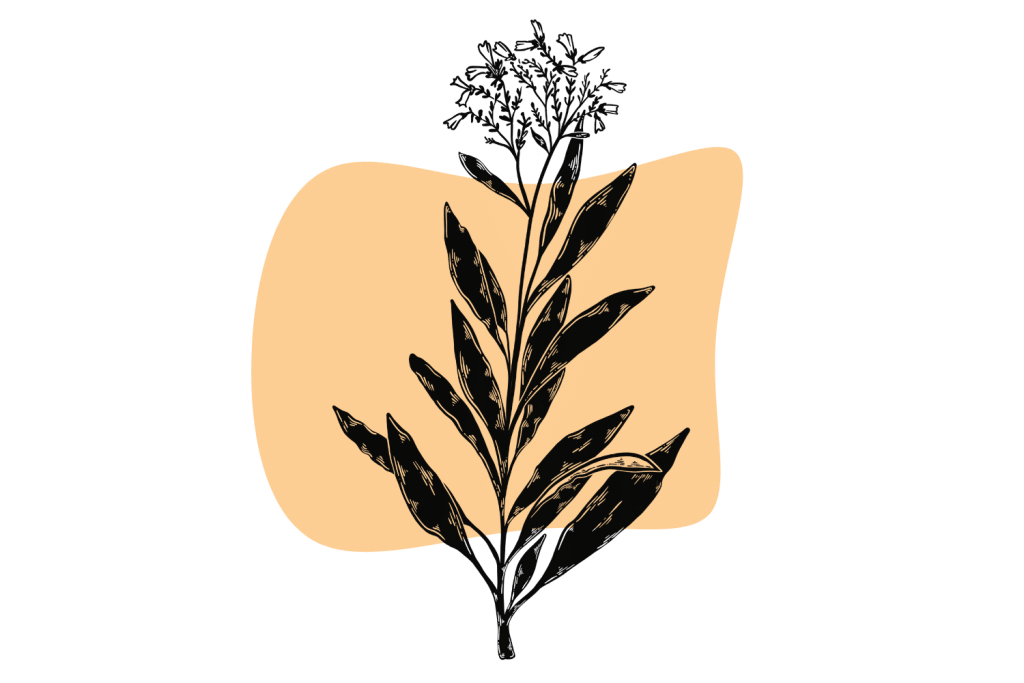
How To Make a Herbal Smoking Blend
Now that we’ve explored the individual ingredients, let’s discuss the thought process of preparing a custom smoking blend for yourself.
Step 1: Pick Your Base
The base herb will make up the bulk of the mix and allow the rest of the herbs to burn more slowly. A good base is nice and fluffy and should produce a nice smooth smoking experience.
My favorite base herb is mullein, but raspberry, marshmallow, tobacco, hemp, and damiana are also great options.
The base should make up around 40–80% of the smoking blend.
Step 2: Choose Your Leading Herbs
The leading herbs are the herbs that do most of the heavy lifting in terms of effects. These are often psychoactive ingredients, but they can be any herb that delivers the desired effects.
The leading herbs you choose will depend on the desired outcome of the smoke blend.
Aim to include between one and three leading herbs for best results.
Choosing leading herbs:
- For psychoactive effects — Marijuana, dagga, damiana, wild lettuce, uva-ursi, salvia, sinichuchi, and blue lotus.
- For dream enhancement — Calea, African dream herb, blue lotus, wild lettuce, mugwort
- For lung support — lobelia, hyssop, rosemary, wood betony, sage, red clover, Mexican tarragon, lavender, and oregano.
- For cognitive health & focus — Gotu kola, yerba maté, tobacco, passionflower, ginkgo
- For energy & weight loss — wireweed, tobacco, yerba maté, kratom, ginger
- For sleep support — lavender, jasmine, blue lotus, red lotus, poppy, hops, mugwort, catnip, chamomile, wild lettuce
- For stress & anxiety — damiana, skullcap, rose, passionflower
- For pain & inflammation — willow, marijuana, poppy, kratom, hemp
- For mood & depression — Kanna, lemon balm, motherwort, skullcap, St. John’s Wort
Step 3: Add Some Flavoring Herbs
Many of the medicinal herbs you can use to prepare smoking blends have a pleasant taste on their own — but a few are either too bland or impart a bitter or acrid flavor. It’s a good idea to add some flavoring herbs regardless to make the blend more enjoyable and eliminate the risk of leaving a nasty aftertaste in your mouth.
In many cases, the choice of flavoring herb and leading herb can involve the same plants to avoid having to complicate the formula more than necessary.
Some excellent flavoring herbs to consider including rosemary, lemon balm, mint, jasmine, lavender, ginger, sage, or Mexican tarragon.
Unless you’re able to overlap your choice of flavoring herbs with the leading herbs in the formula, aim to include around 5–10% of the mix as the flavoring agent. Some herbs, like cinnamon or clove, call for even less — just a slight sprinkle is all you need here to impart a powerful flavor profile into the blend.
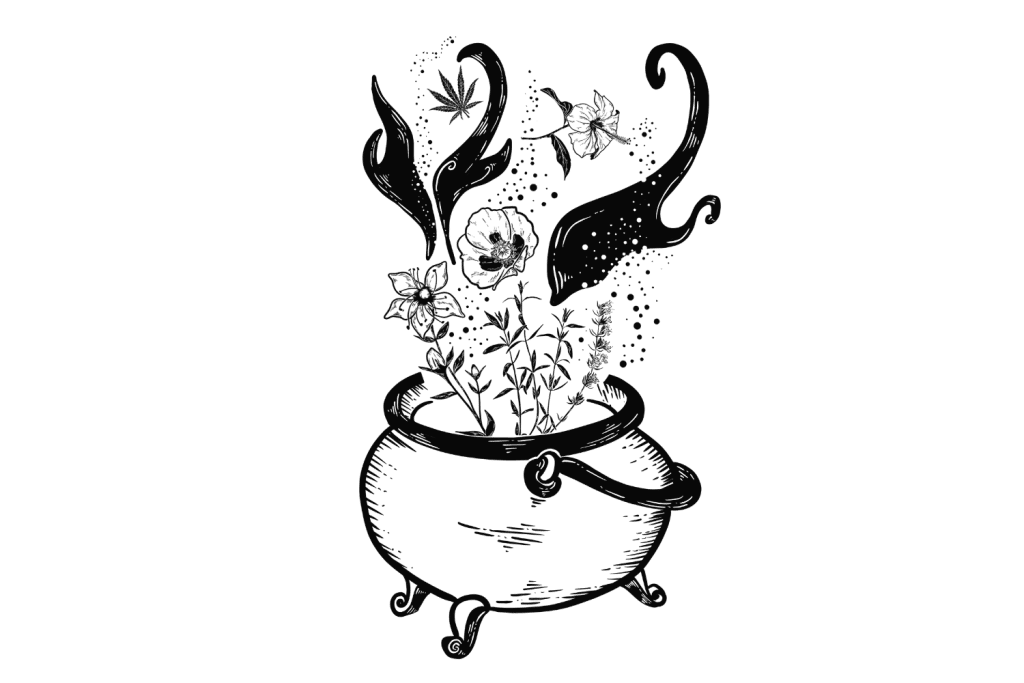
Step 4: Mix Everything Together
Once you’ve decided what herbs you’re going to use, all you have to do is weigh out the proportions and mix everything together.
You can eyeball the proportions, but I prefer to weigh everything out and keep notes so I can alter the blend in the future depending on how I like the taste and effects. If you keep track of your recipes, it’s easy to adjust on future batches.
To mix, simply add everything to a ziplock bag or glass jar, leaving a little bit of room at the top. Seal the container and give it a really good shake until everything is evenly mixed.
It’s important to only use herbs that are completely dry, or you could end up with some molding and rotting during storage.
Step 5: Store in a Cool, Dry, & Dark Location
If you want your blend to remain potent for a long time, it’s essential to store everything properly.
Store your blend in an airtight container somewhere out of direct sunlight and away from any heat sources. I prefer using glass jars with rubber seals for storing my herbs. I usually leave them in a cupboard or drawer where they’re protected from light.
If stored incorrectly, your herbs will gradually lose their potency and could become harsher and less enjoyable to smoke.
Smoking Blend Starting Recipes
If you’re just starting, here are a few recipes you can follow. I recommend you adjust these formulas until you find a mix that works well for you.
Smoking Blend For Stress
This is a fantastic mix to ease anxious minds.
The skullcap and gotu kola offers most of the relaxation effects.
While linden flower & damiana help improves the flavor, Raspberry also helps cool the smoke & even out the burn of your mix.
| Herb | Ratio | Purpose | |

| Raspberry | 3 parts | Base Herb / Harshness Regulator |

| Gotu Kola | 1 part | Lead Herb / Stress |

| Skullcap | 2 parts | Lead Herb / Stress & Anxiety |

| Linden Flower | 1 part | Lead Herb / Flavor Enhancer |

| Damiana | 2 parts | Lead Herb / Flavor Enhancer |
Herbal Smoking Blend For Pain
Cannabis offers significant pain-relief — hemp can be swapped for marijuana if you don’t want the psychoactivity.
Blue Lotus & blue vervain tackle more chronic nerve or inflammation based-pain, while cinnamon & ginger brighten the mix’s flavor.
| Herb | Ratio | Purpose | |

| Hemp | 5 parts | Base Herb / Pain Support |

| Marijuana | 2 parts | Lead Herb / Pain Support |

| Blue Lotus Flower | 2 parts | Lead Herb / Nerve Pain |

| Blue Vervain | 3 parts | Lead Herb / Inflammation |

| Cinnamon (Powder) | 1 part | Flavor Enhancer |

| Ginger (Ground Root) | 1 part | Flavor Enhancer |
Herbal Smoking Blend For Sleep
Every herb in this mix has helpful sedative effects — all are traditionally used for insomnia.
Even some of the herbs here that are primarily added for flavor (lavender and chamomile) also offer notable calming effects.
| Herb | Ratio | Purpose | |

| Damiana | 4 parts | Base Herb / Sleep-Support |

| Blue Lotus | 3 parts | Lead Herb / Sleep-Support |

| Catnip | 2 parts | Lead Herb / Sleep-Support |

| Chamomile | 2 parts | Lead herb / Flavor Enhancer |

| Lavender | 1 part | Flavor Enhancer |
Herbal Smoking Blend For Lucid Dreaming
This mix is much less overtly medical, but the ability to lucid dreaming is much more useful than you might expect.
Lucid dreaming can be used to explore the unconscious or simply have some fun while you sleep.
| Image | Herb | Ratio | Purpose |

| Damiana | 3 parts | Base Herb / Oneirogen |

| Mugwort | 3 parts | Base Herb / Oneirogen |

| Blue Lotus | 2 parts | Lead Herb / Oneirogen |

| Calea | 3 parts | Lead herb / Oneirogen |

| Lemon Balm | 1 part | Flavor Enhancer |
Wrapping Up: Herbs You Can Smoke
Smoking medicinal herbs has fallen out of favor in recent decades. The demonization of tobacco cigarettes is likely to blame, and while it’s true that excessive, unconscious smoking of any plant is undeniably harmful to health, there’s a case to be made for the responsible, moderated use of smokable herbs.
No other method of consuming herbs (short of injection) kicks in as quickly as smoking. Within just a few seconds, the active ingredients are already moving through the microcapillaries in the lungs to the bloodstream.
There’s also something therapeutic about the act of smoking itself. It’s a practice we, as humans, have been doing for thousands of years.
If you’re interested in preparing your smoking blend, I encourage you to play around a little bit. Learn about the principles of balancing medicinal action with smoke or flavor regulators. The combinations are endless, and most of the herbs on this list are readily available (and legal) worldwide.
Just be aware of which herbs to use more cautiously, or avoid altogether, and be conscious about the art of moderation and balance.



